The 1850s was a time of rapid change and growth for New York City. This decade saw the city transform from a bustling port town into a major urban center. With waves of immigrants arriving, new industries flourishing, and transportation evolving, the city was a hive of activity and development.
Immigration and Population Boom
One of the most notable changes in New York City during the 1850s was the massive influx of immigrants. People from Ireland, Germany, and other parts of Europe arrived in large numbers, seeking better lives. The Great Famine in Ireland, for instance, drove many Irish to New York, looking for food and work. By the end of the decade, New York City’s population had swelled to over 800,000.
Neighborhoods like the Lower East Side became densely packed with tenement buildings, where multiple families often lived in small, cramped apartments. The living conditions were tough, but these communities thrived..
Read more
Economic Growth and Industry
The economy of New York City in the 1850s was booming. The city’s strategic location on the East Coast, combined with its excellent harbor, made it a prime spot for trade and commerce. The completion of the Erie Canal in 1825 had already turned New York into a major trading hub, and by the 1850s, it was the busiest port in America.
Shipping and manufacturing were the main drivers of the economy. The waterfront was lined with warehouses and docks where goods from all over the world arrived and departed. Factories producing textiles, clothing, and other goods sprang up, employing thousands of workers. This industrial growth provided jobs but also led to challenging working conditions, with long hours and low pay being common.
Banking and finance also started to play a significant role. Wall Street emerged as a center for investment and speculation. The New York Stock Exchange, founded in 1792, grew in importance, and financial institutions proliferated. This set the stage for New York’s future status as a global financial capital.
Transportation Revolution
Transportation in New York City underwent significant changes during the 1850s. The introduction of horse-drawn streetcars made it easier for people to move around the city. These streetcars ran on rails embedded in the streets and provided a more efficient and comfortable way to travel compared to walking or riding in horse-drawn carriages.
The development of the railroads also had a profound impact. The Hudson River Railroad, completed in 1851, connected New York City to Albany and opened up new markets and opportunities. The railroad stations became bustling hubs of activity, with passengers and goods constantly coming and going.
Steamboats were another vital mode of transportation, especially for travel along the Hudson River and across the Atlantic. These steam-powered vessels made trips faster and more reliable, further enhancing New York’s role as a key transportation center.
Social Issues and Reform Movements
While the 1850s brought growth and prosperity, they also highlighted significant social issues. Poverty, overcrowding, and poor living conditions were prevalent, particularly in immigrant neighborhoods. Disease spread quickly in these areas, with outbreaks of cholera and other illnesses posing constant threats.
In response to these conditions, various social reform movements emerged. Activists and organizations worked to improve living conditions, promote public health, and address poverty. One notable figure was Jacob Riis, a journalist and photographer who documented the harsh realities of life in the tenements, raising awareness and pushing for reforms.
Education also saw improvements during this time. The New York Free School Society, established earlier, continued to expand, providing free education to children who could not afford private schooling. Horace Mann, a leading advocate for public education, influenced the development of schools in the city, emphasizing the importance of education for all children.
Cultural Flourishing
The 1850s was a vibrant time for culture and the arts in New York City. Theaters, music halls, and literary societies flourished, providing entertainment and intellectual stimulation for the city’s residents. The Astor Place Riot of 1849, although a violent event, underscored the passionate engagement of New Yorkers with theater and the arts.
Broadway began to establish itself as the heart of the American theater scene. Plays, operas, and other performances drew audiences from all walks of life. This period also saw the rise of popular entertainment forms, such as vaudeville and minstrel shows, which, despite their problematic aspects, were a significant part of the cultural landscape.
Literature thrived as well. Writers like Walt Whitman, who published his groundbreaking work “Leaves of Grass” in 1855, were part of a growing literary community. Newspapers and magazines proliferated, providing a platform for writers and journalists to reach a broad audience. These publications played a crucial role in shaping public opinion and discourse.
Innovations and Public Works
The 1850s saw several important public works and innovations in New York City. One of the most significant was the establishment of Central Park. Designed by Frederick Law Olmsted and Calvert Vaux, the park was intended to provide a green oasis in the midst of the bustling city. Construction began in 1857, and although it would take many years to complete, the park quickly became a beloved public space.
Another notable development was the introduction of the telegraph, which revolutionized communication. Samuel Morse, who had developed the telegraph and Morse code, sent the first message from Washington, D.C., to Baltimore in 1844. By the 1850s, the telegraph network had expanded, connecting New York City with other major cities and facilitating instant communication.
Crime and Law Enforcement
As New York City grew, so did its challenges with crime and law enforcement. The city’s rapid expansion and dense population made it a breeding ground for criminal activity. Gangs, such as the notorious Five Points Gang, operated in certain neighborhoods, engaging in various illegal activities.
To combat this, the New York City Police Department, established in 1845, expanded and became more organized in the 1850s. Law enforcement faced many challenges, from petty theft to more serious crimes, but efforts to maintain order were relentless. The police force began to adopt new techniques and strategies, laying the foundation for modern policing in the city.
Politics and Power
The political landscape of New York City in the 1850s was complex and often tumultuous. The city was a battleground for various political factions, including Tammany Hall, the Democratic Party organization that wielded significant power. Tammany Hall was known for its patronage system, which provided jobs and services to immigrants in exchange for political support.
This decade also saw the rise of the Know-Nothing Party, which was anti-immigrant and anti-Catholic. The party gained some traction in New York due to the large influx of immigrants, reflecting the nativist sentiments of some segments of the population.
Amidst this political complexity, important civic projects and infrastructure improvements continued. Leaders and reformers worked to address the city’s growing needs, balancing the demands of a rapidly changing urban environment with the pressures of political and social dynamics.
New York City in the 1850s was a city of contrasts and challenges, yet it was also a place of immense opportunity and dynamism. Its streets teemed with people from all walks of life, each contributing to the vibrant tapestry of the city. From the bustling docks to the crowded tenements, from the glittering theaters to the smoky factories, every corner of New York pulsed with energy and potential.


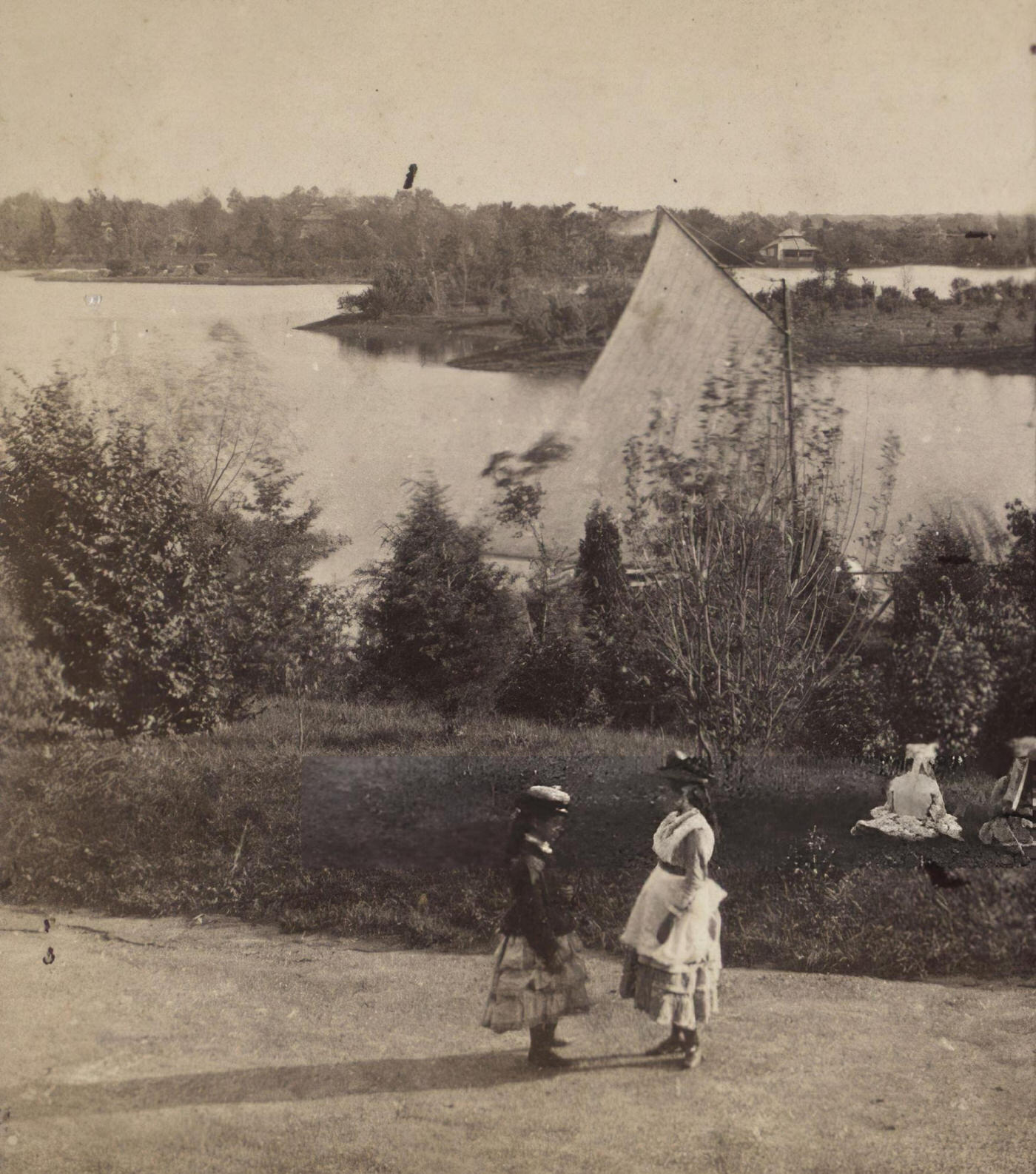
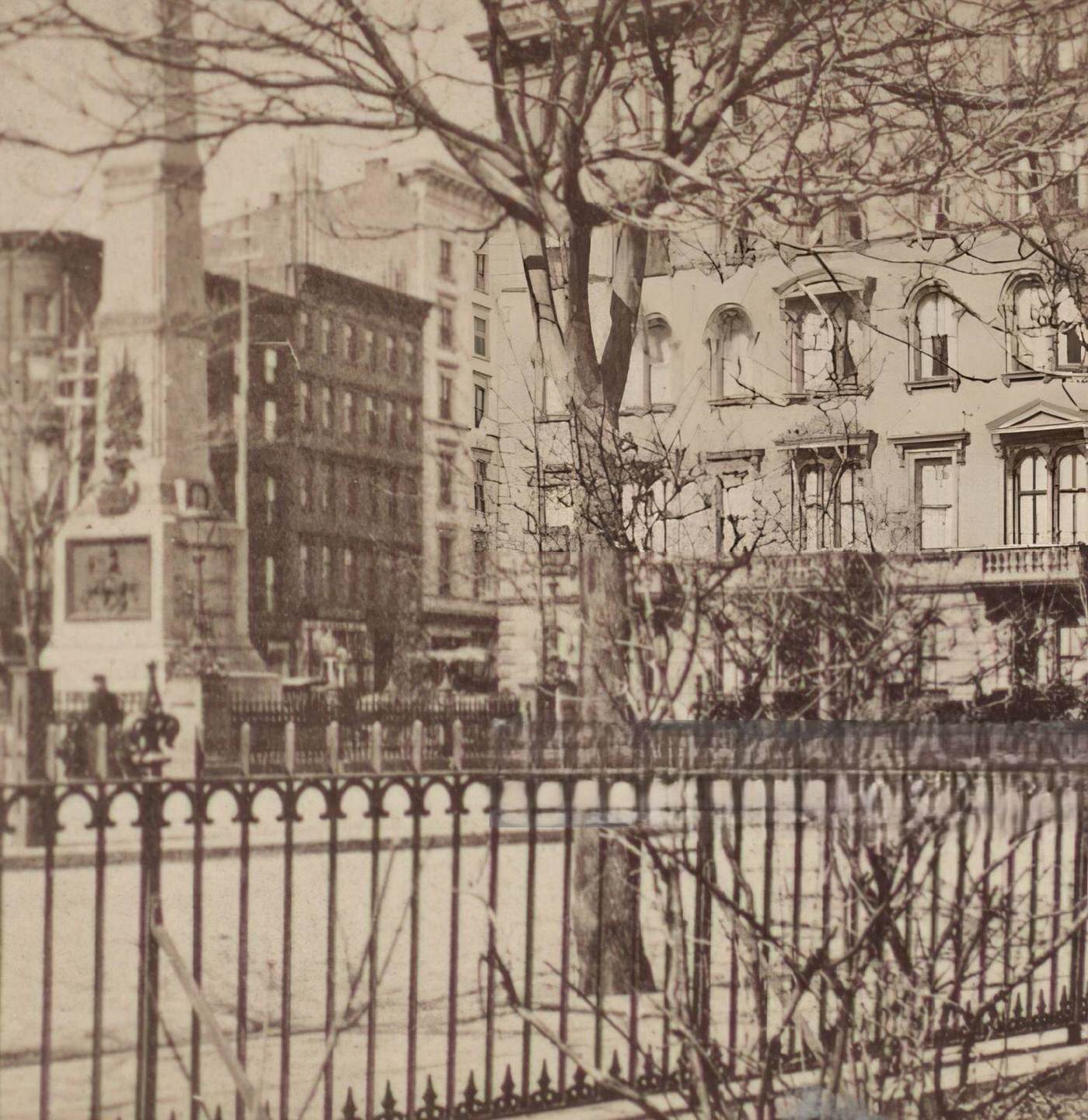
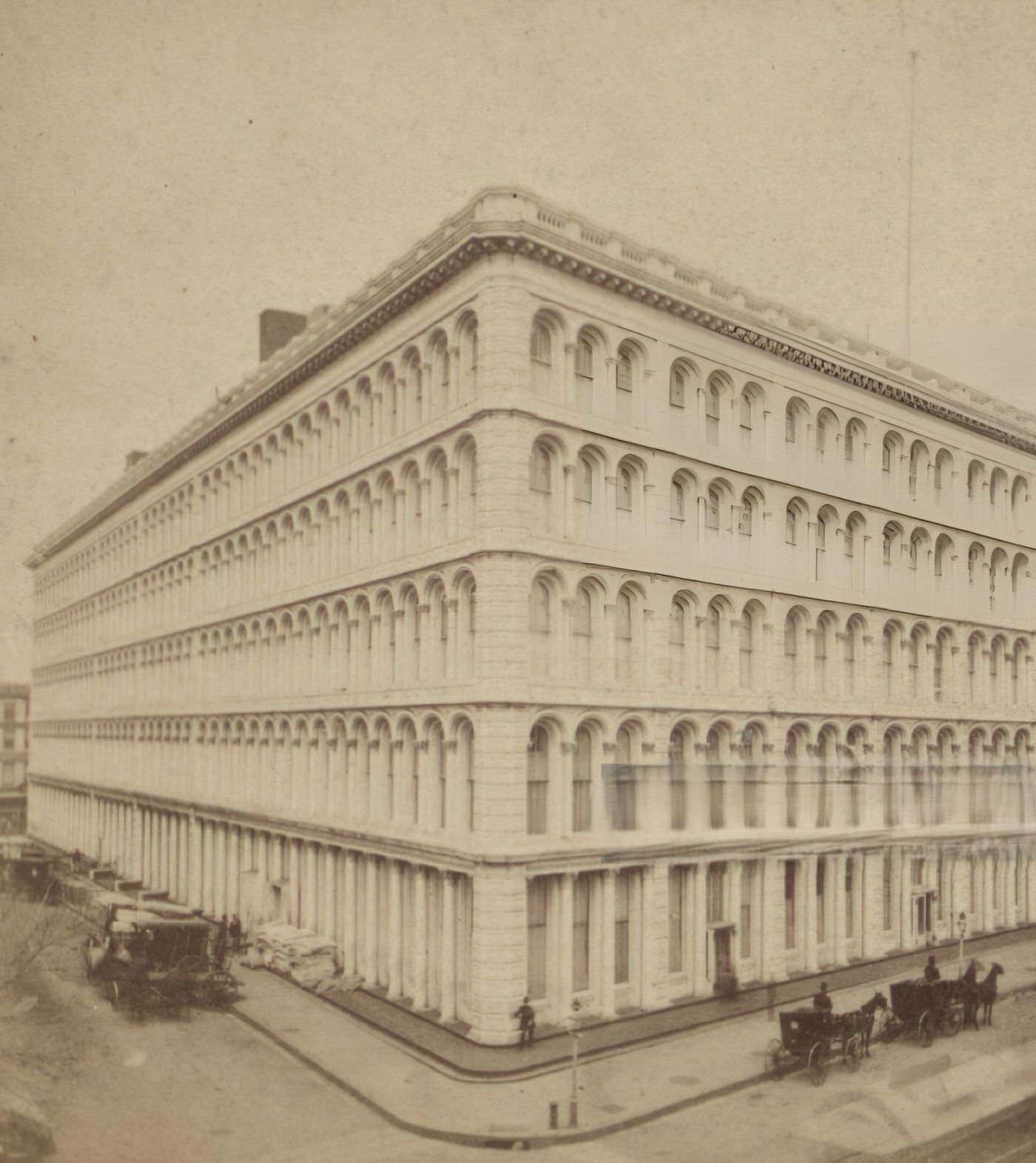
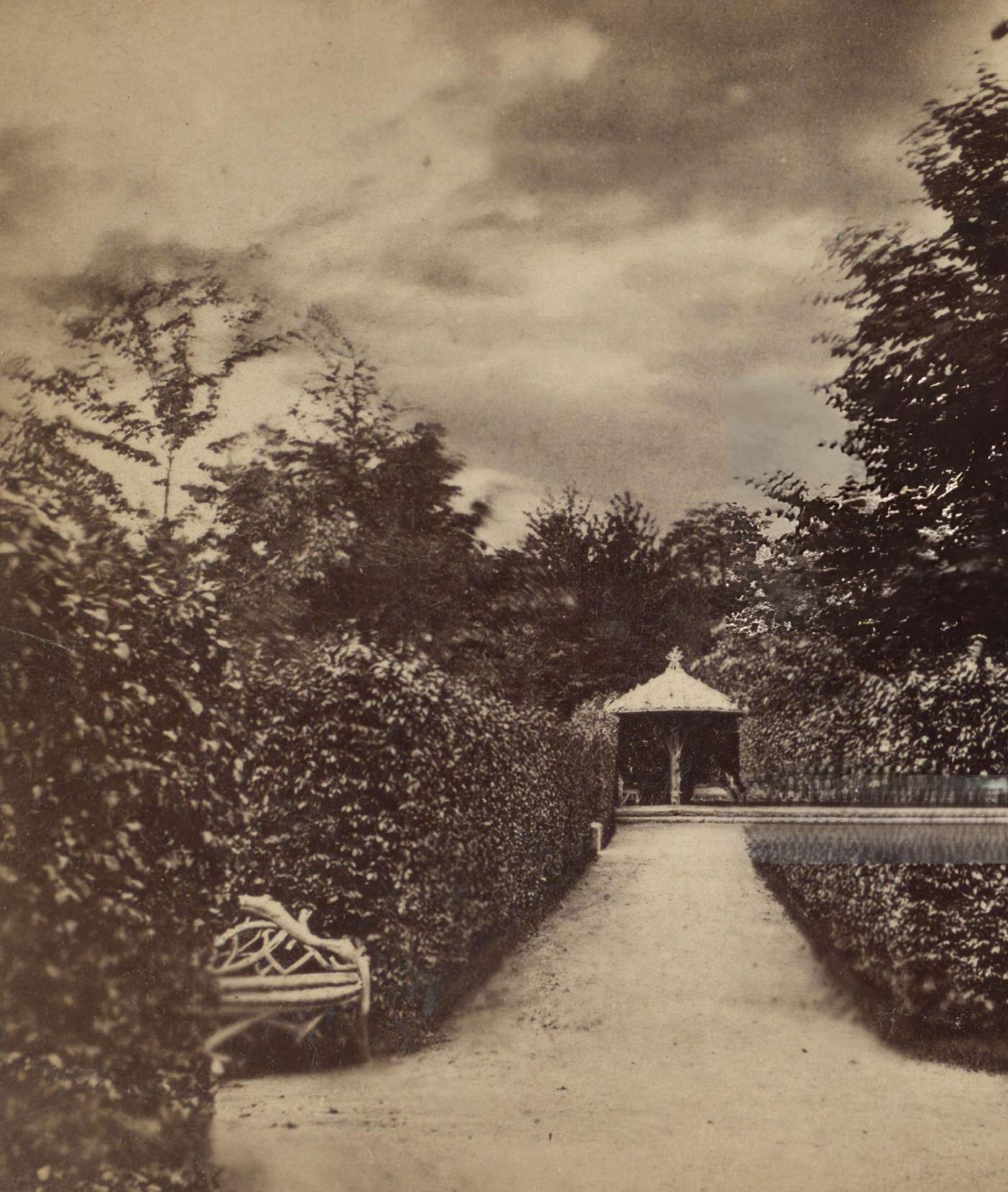
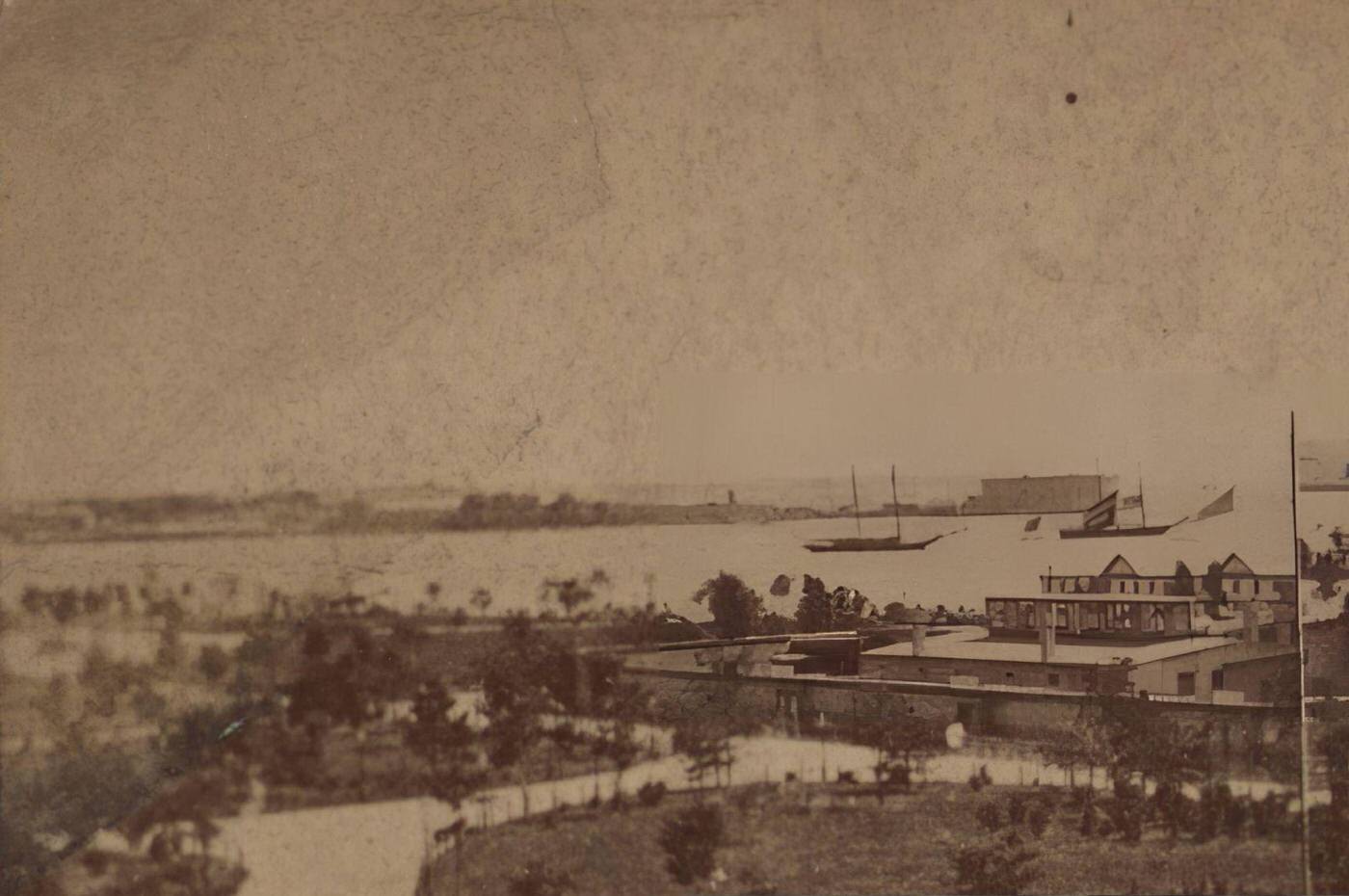
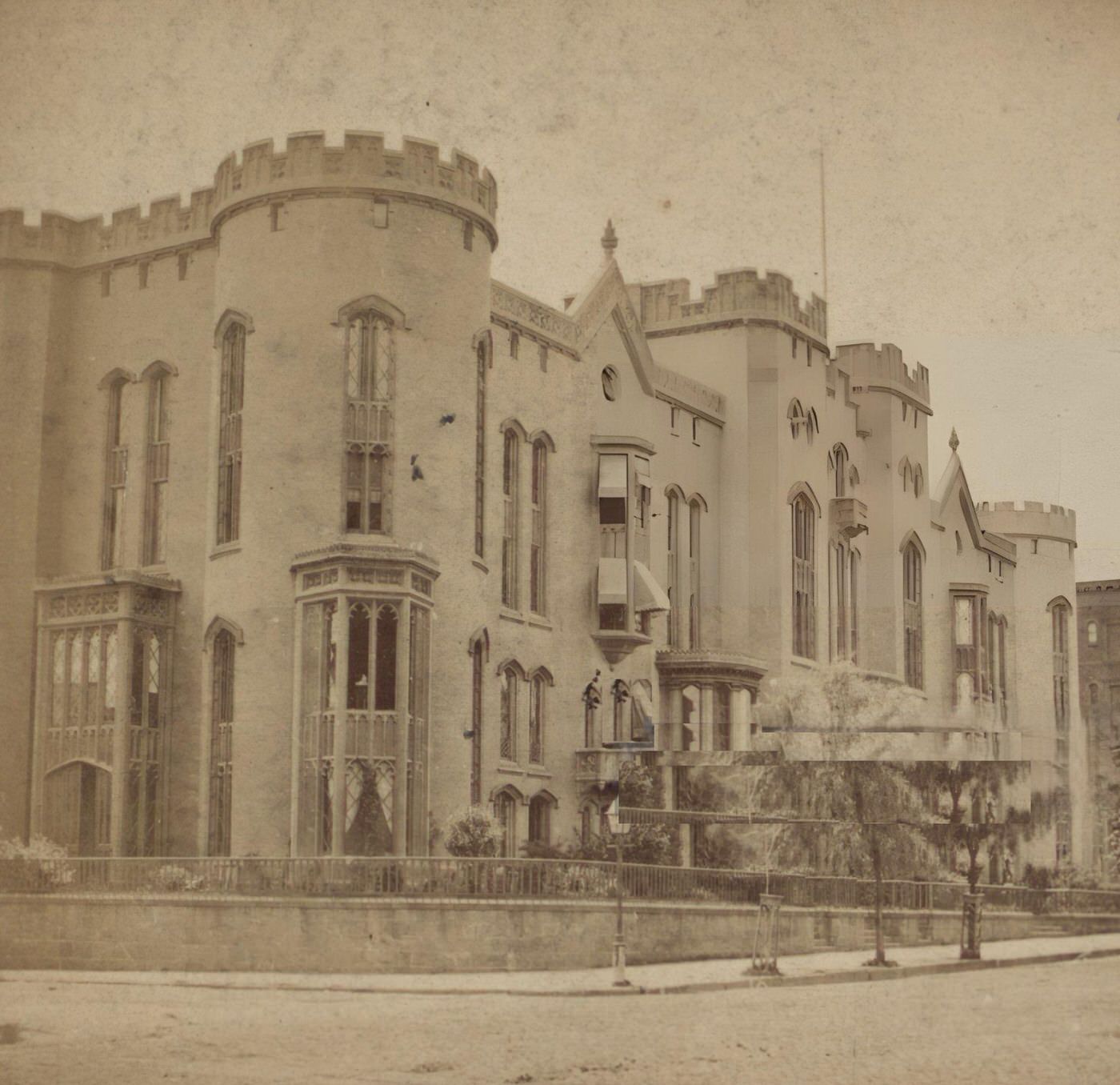
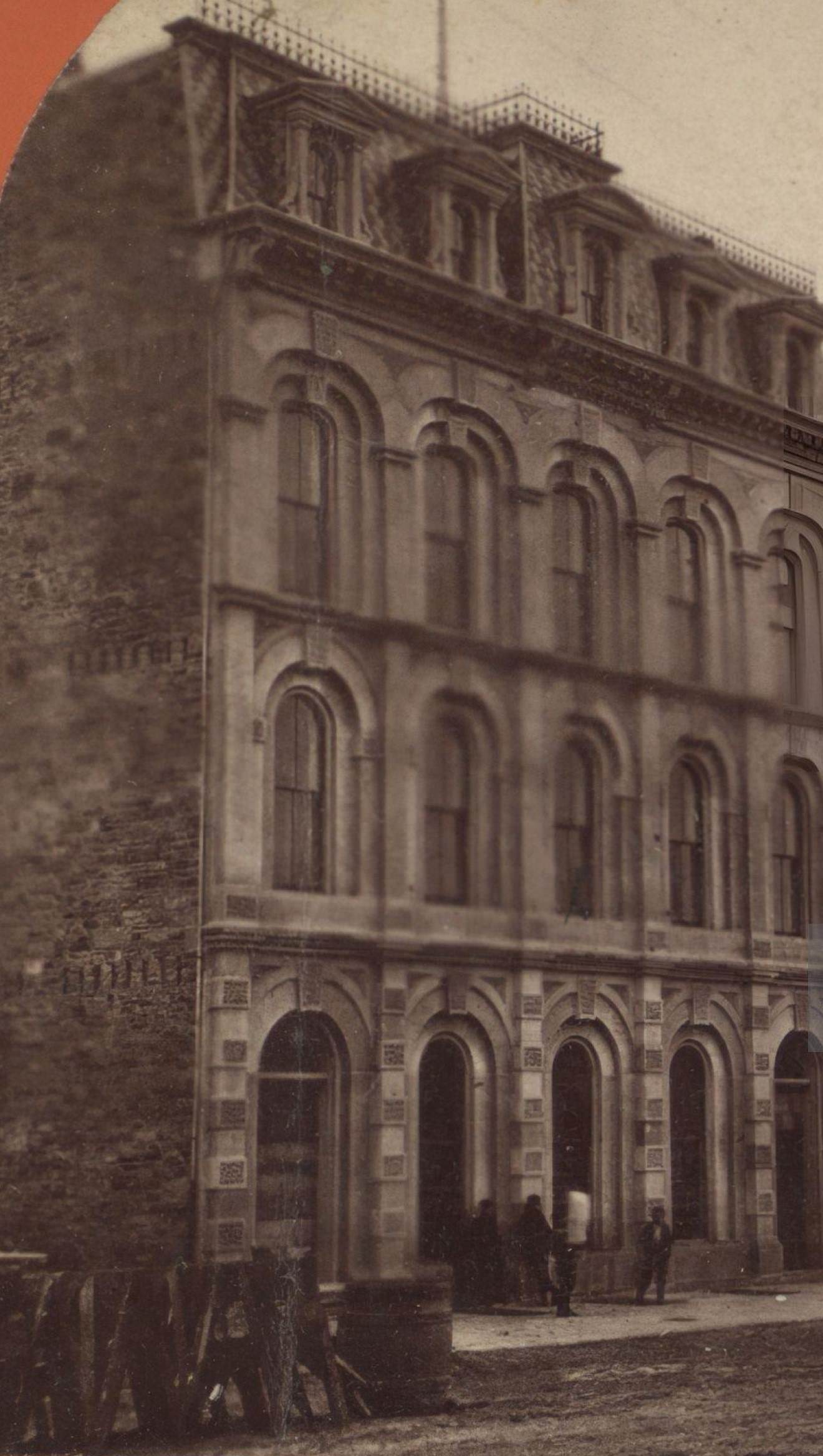
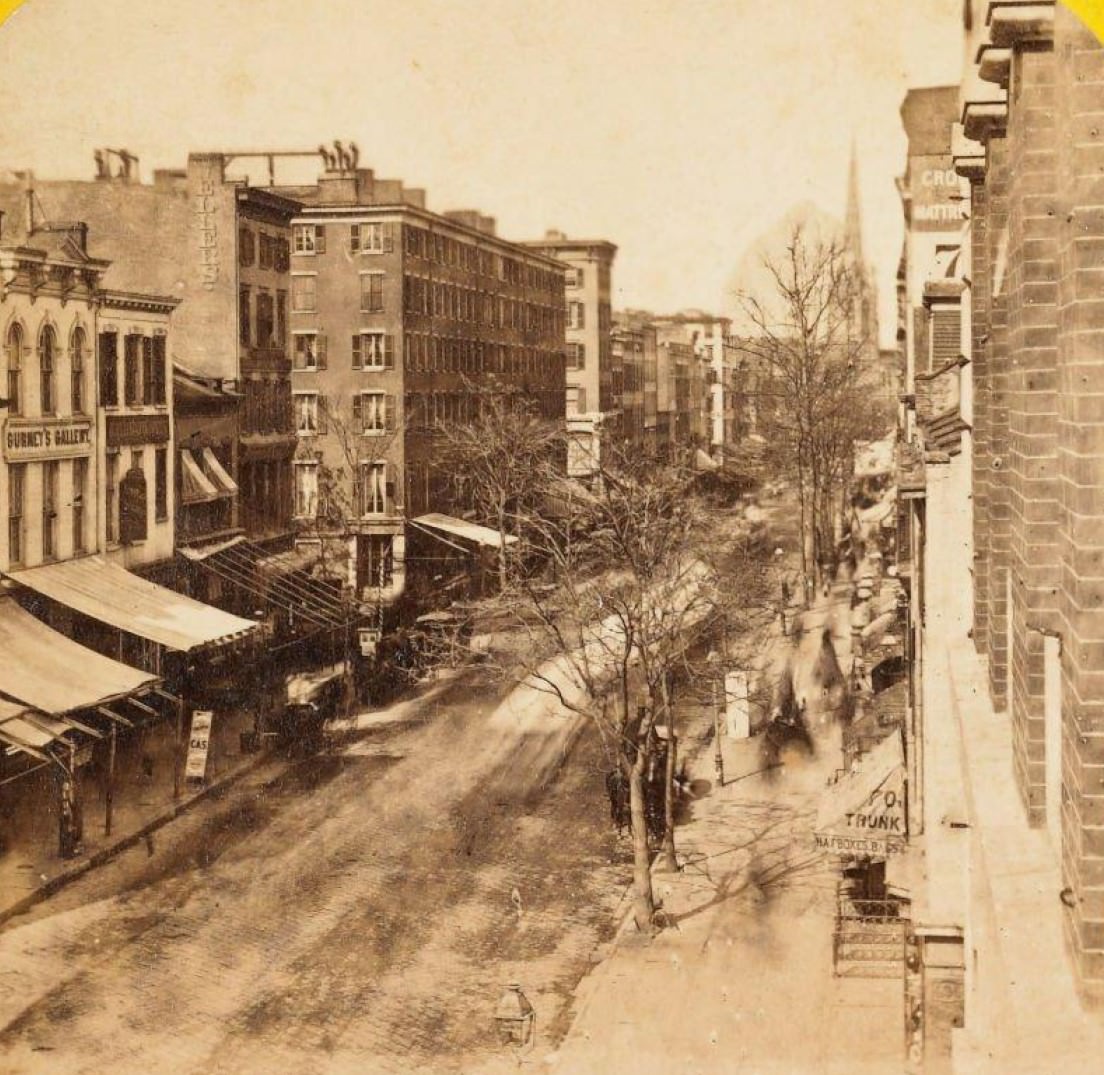
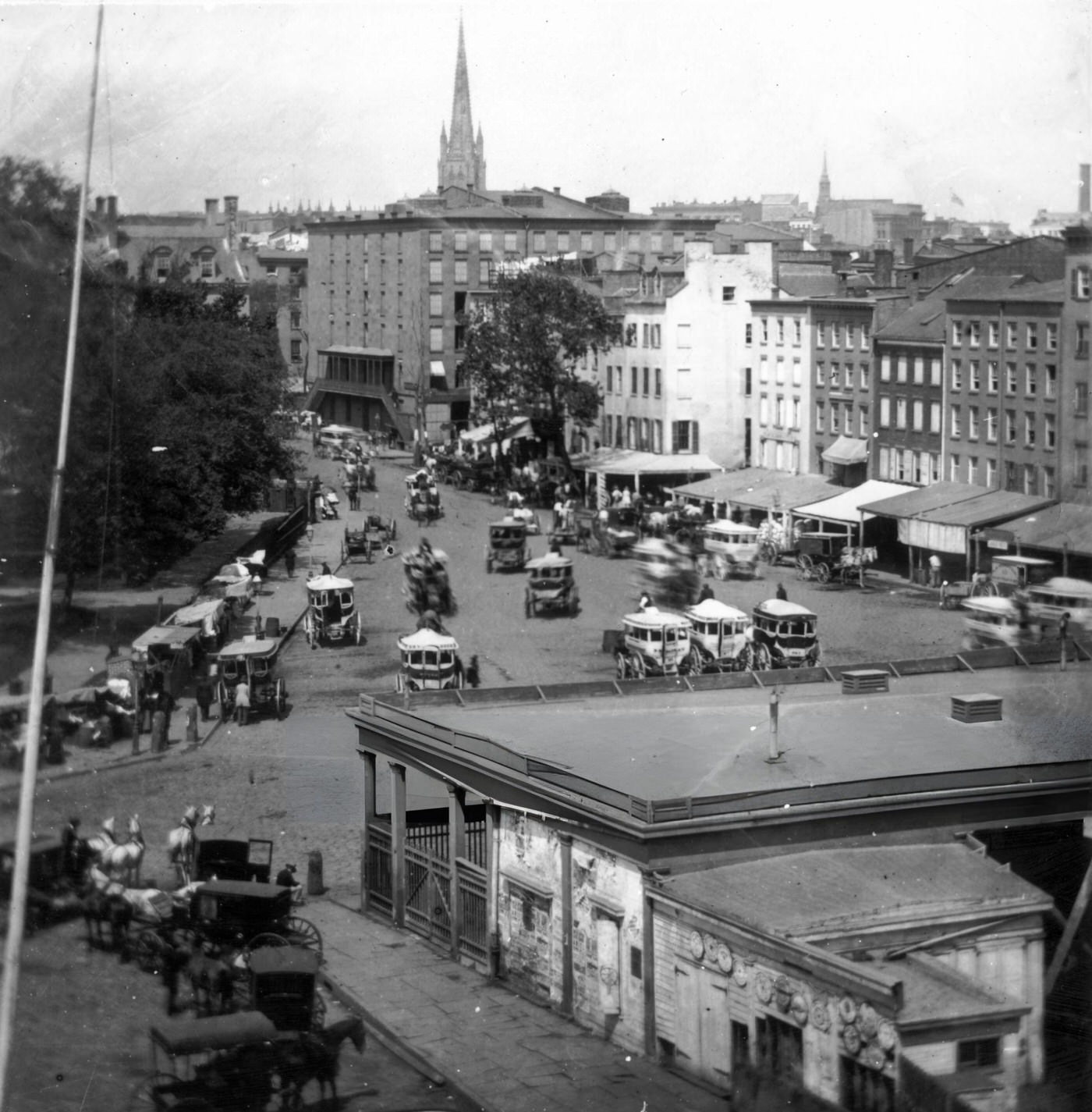
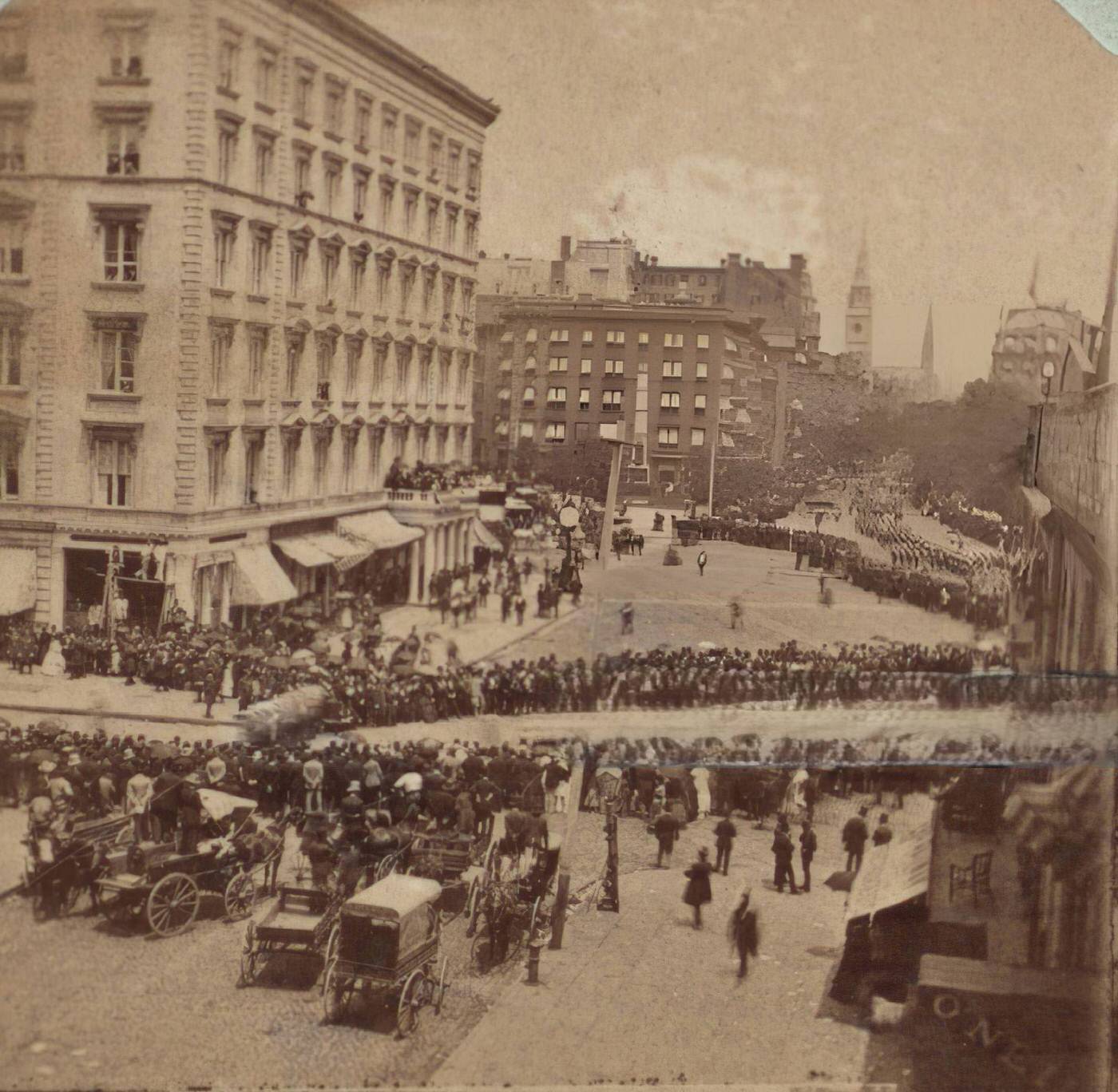
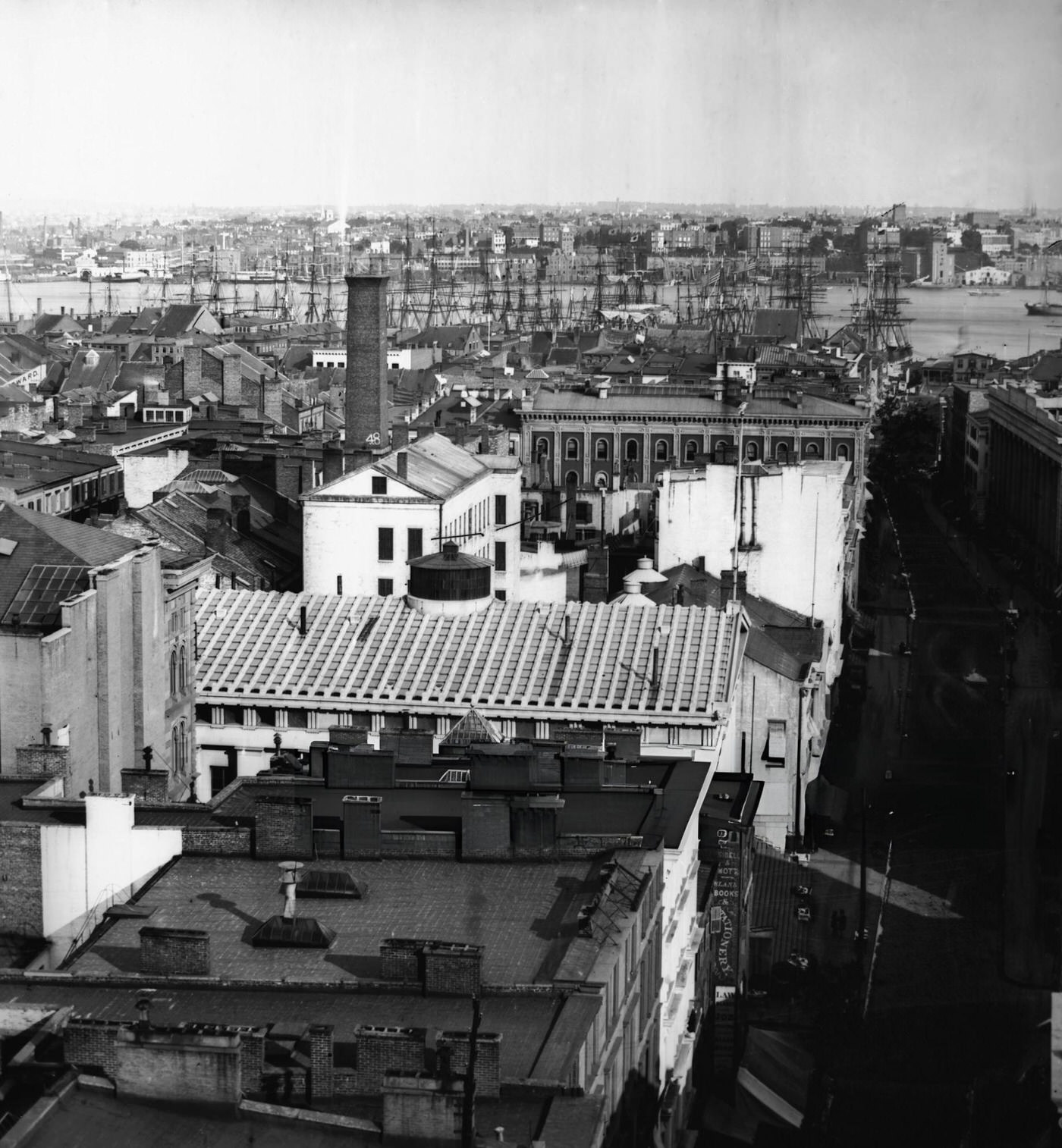
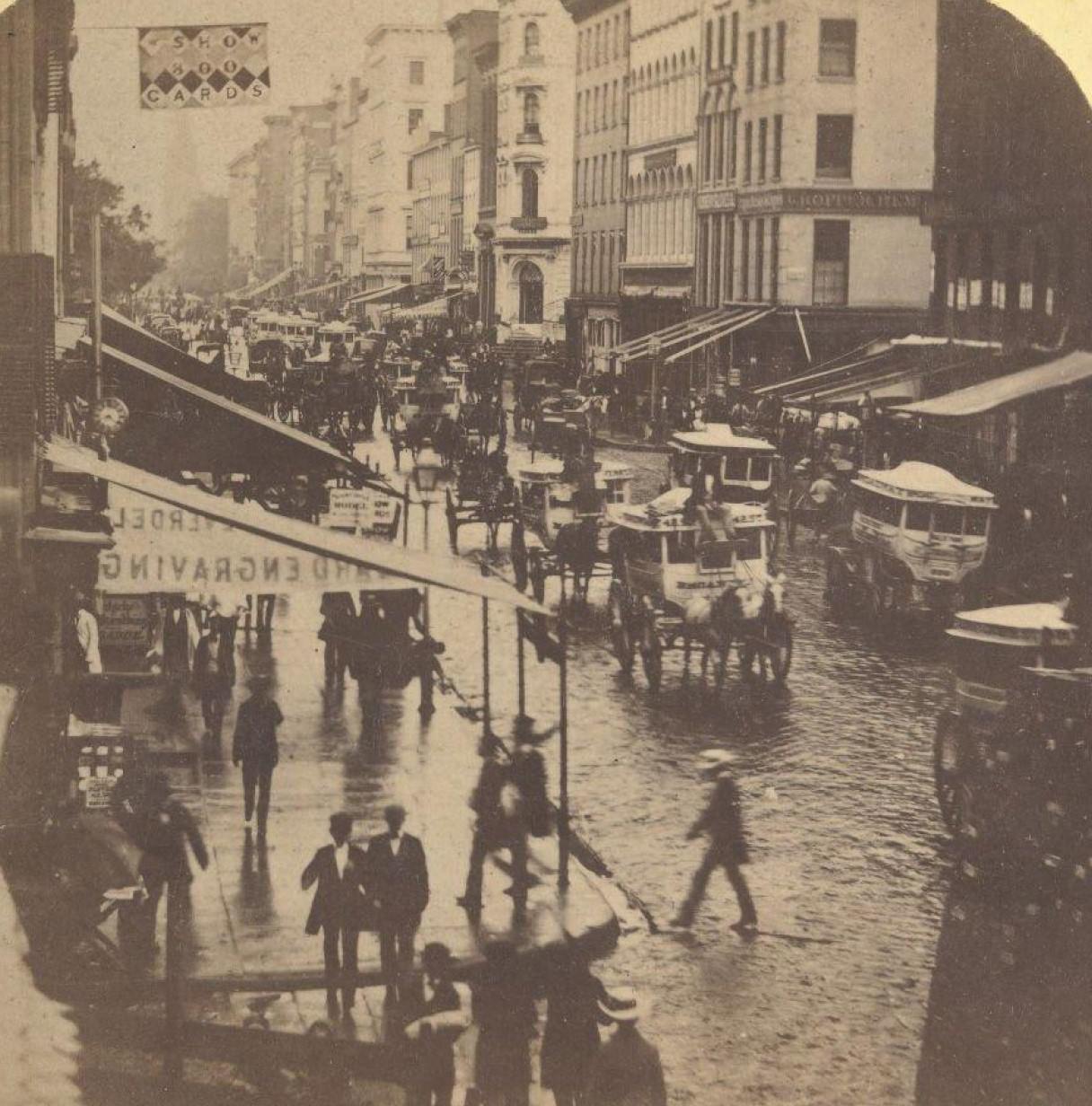
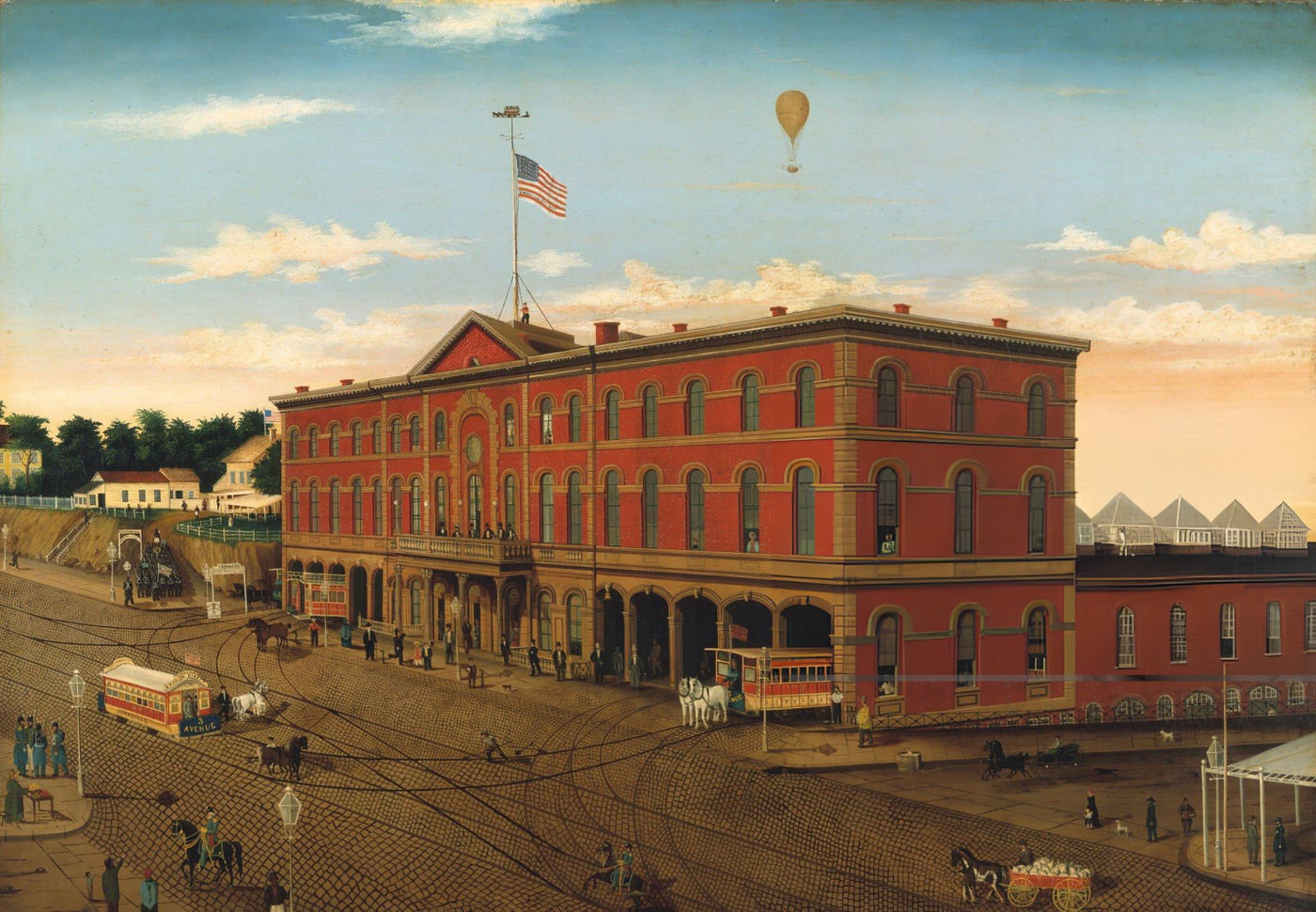
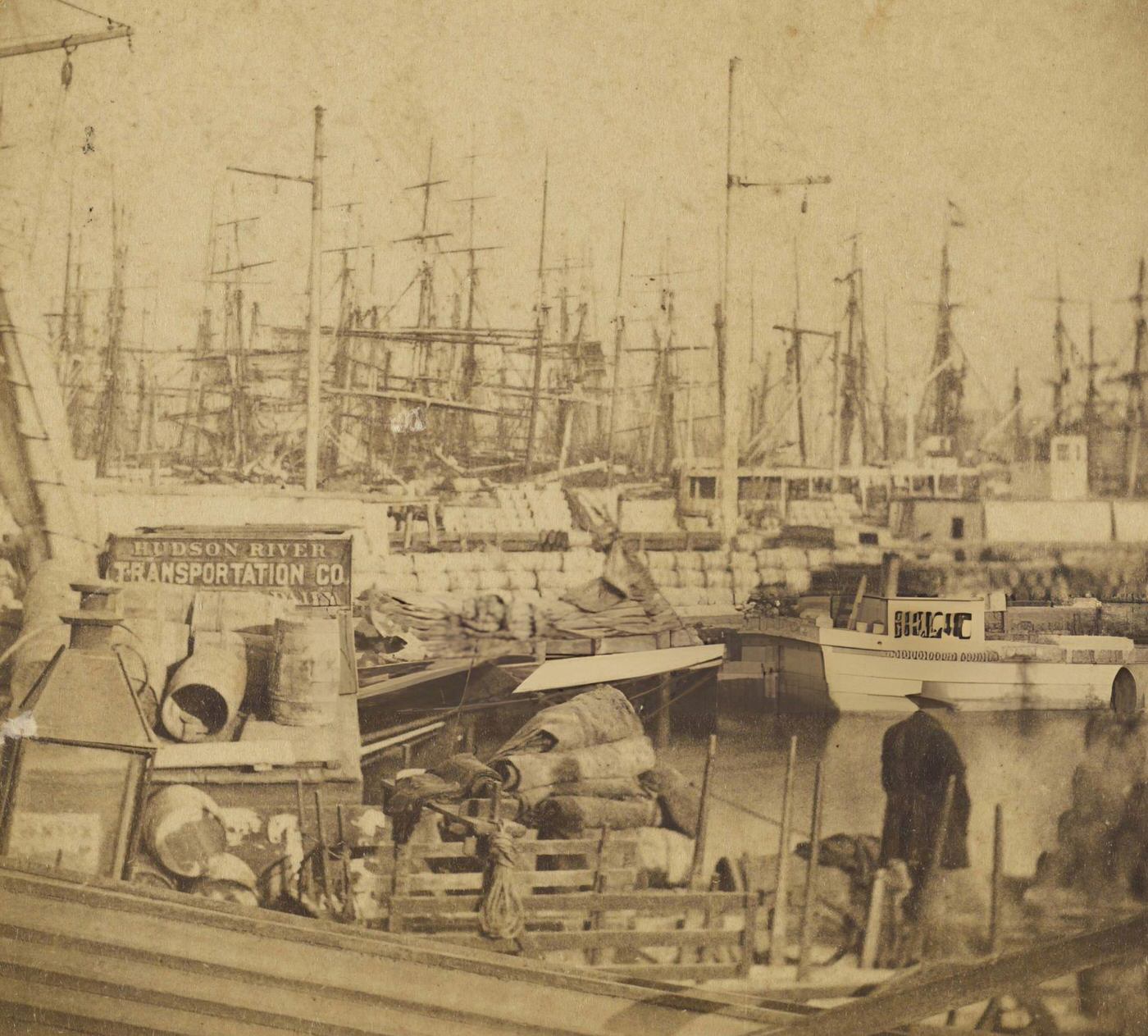
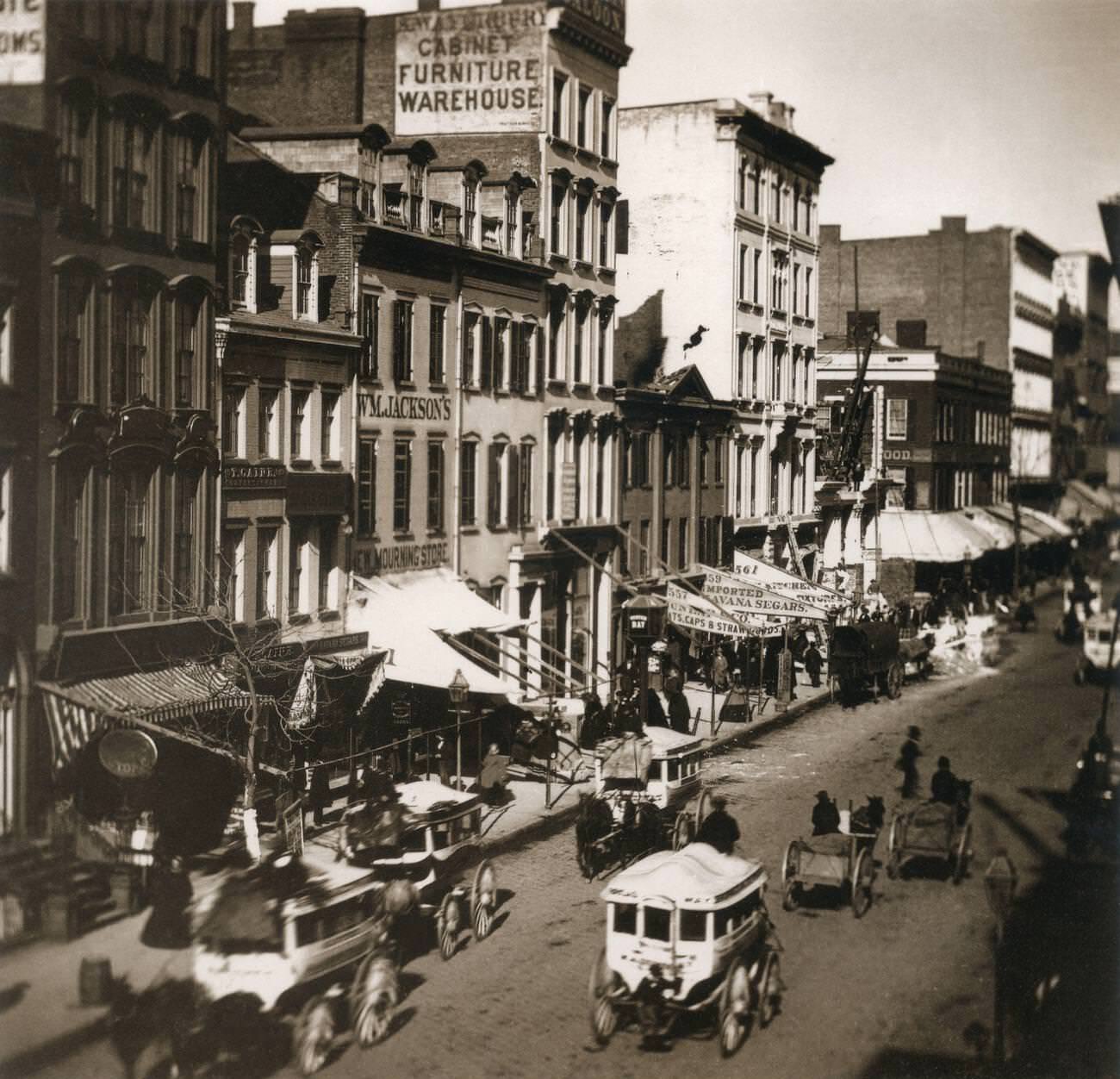
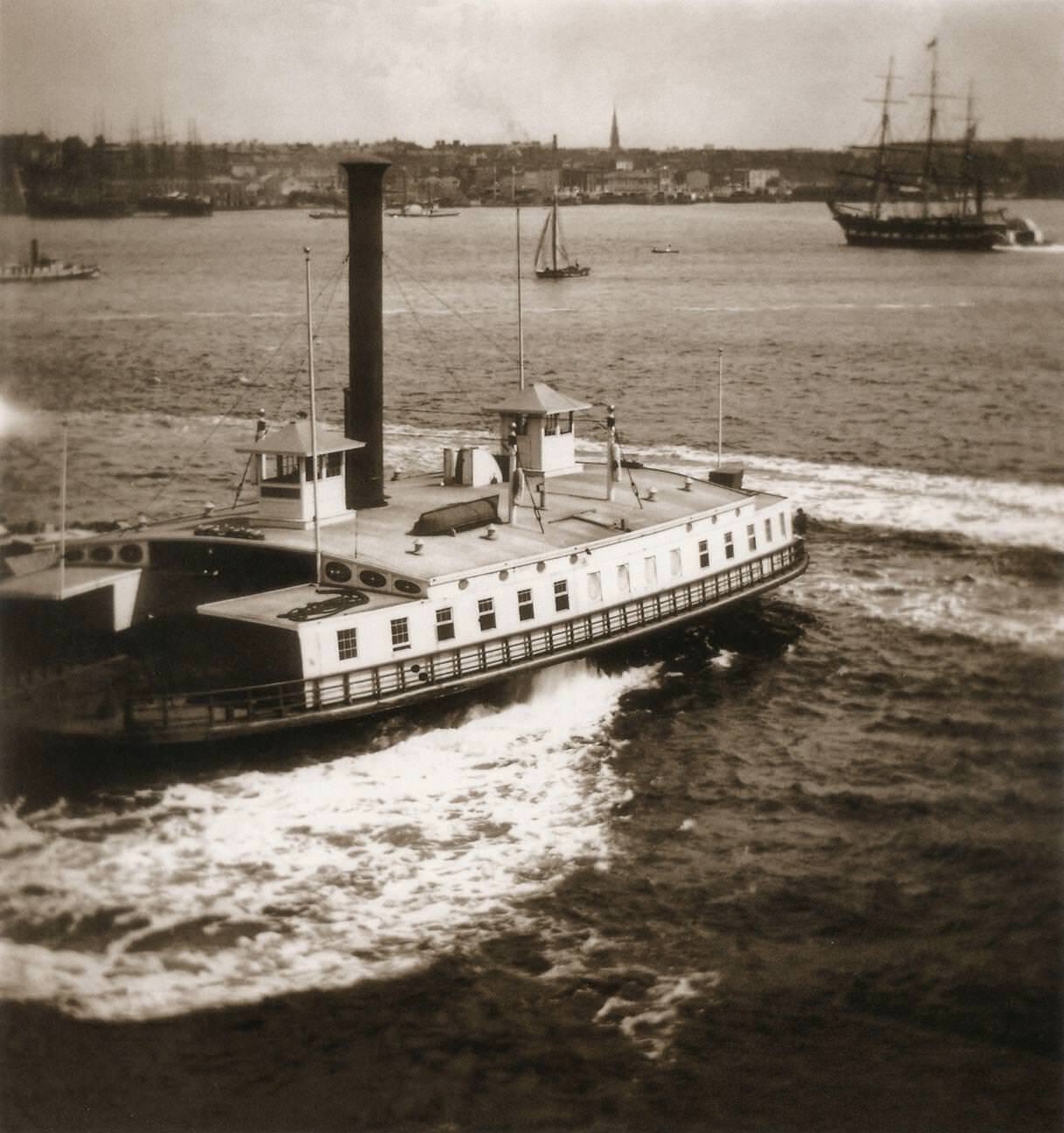
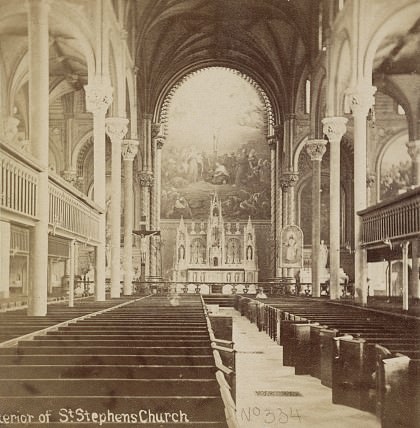
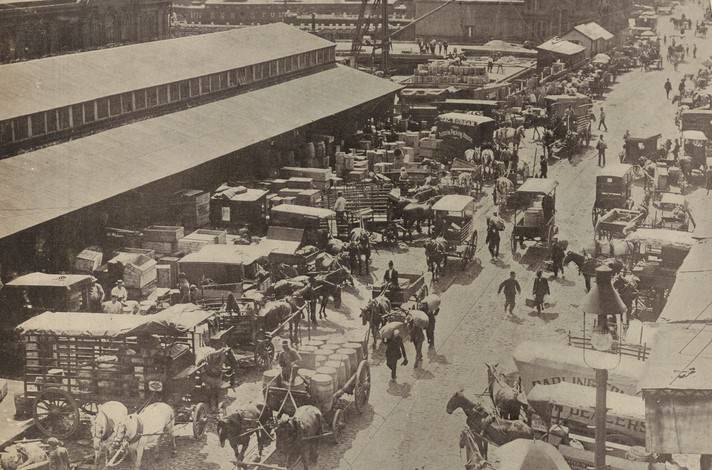
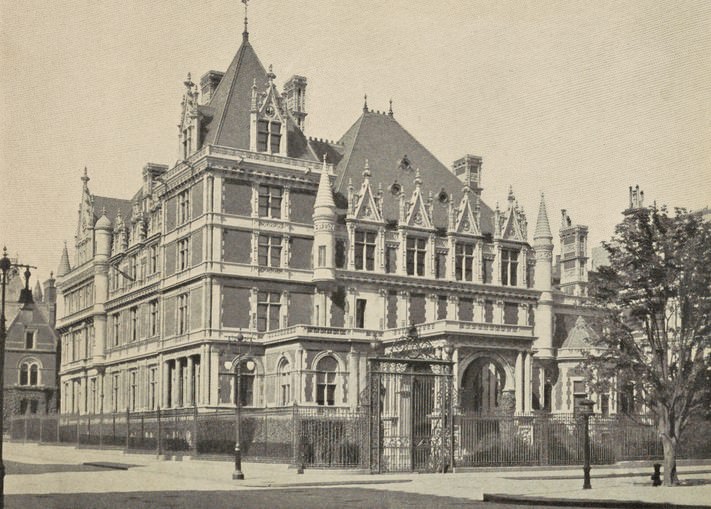
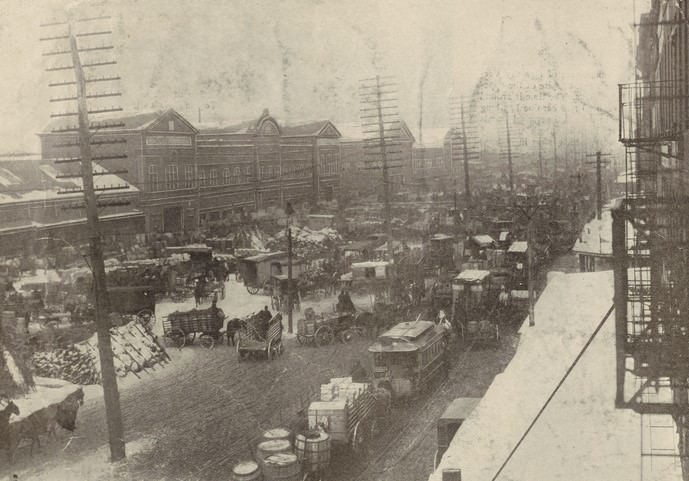
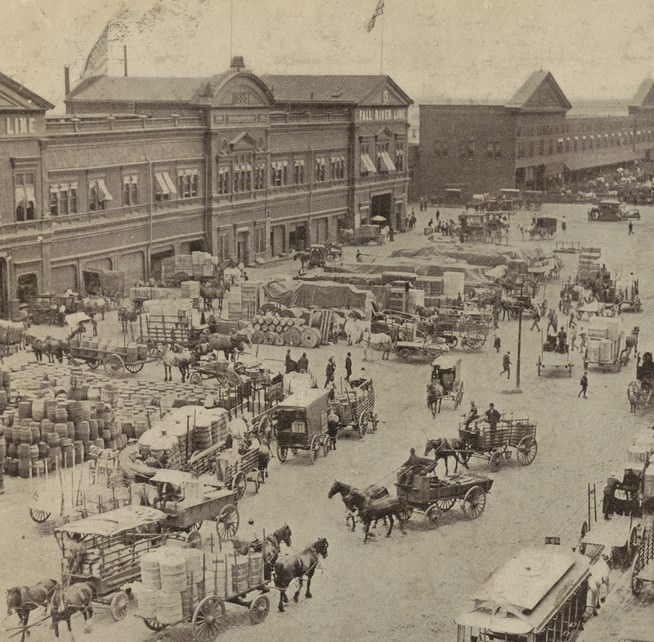
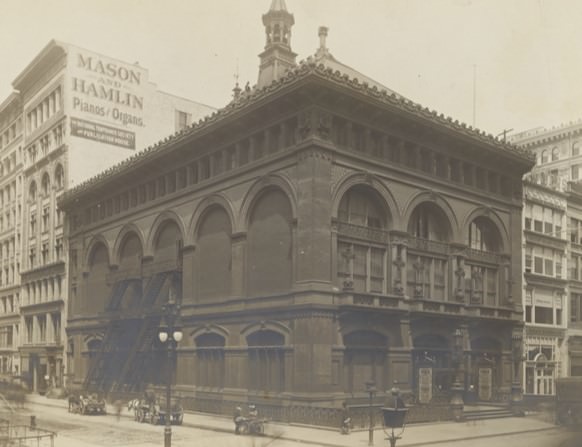
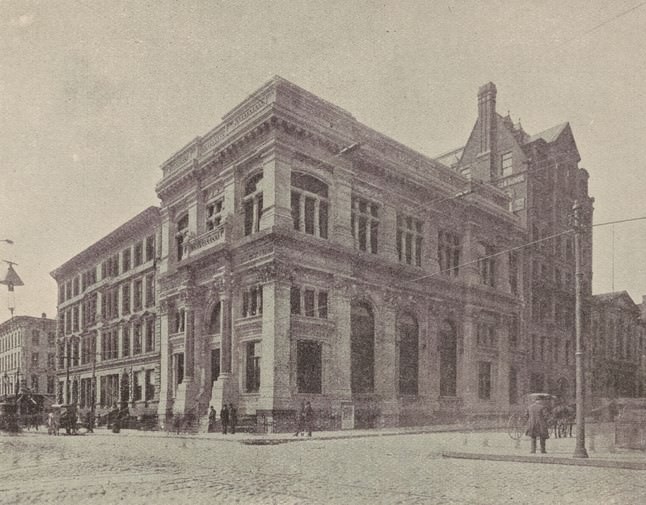
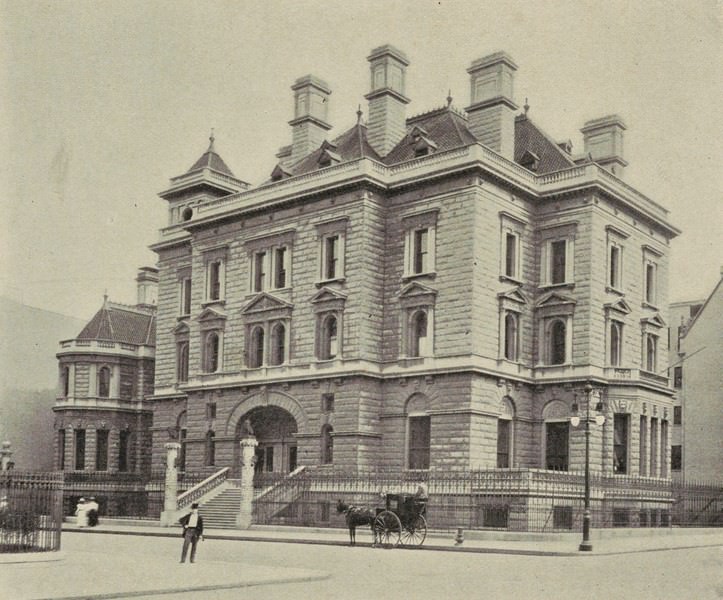
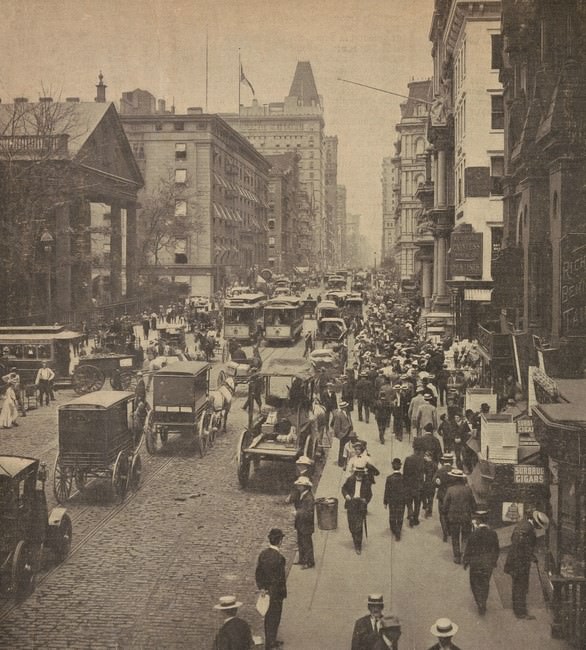
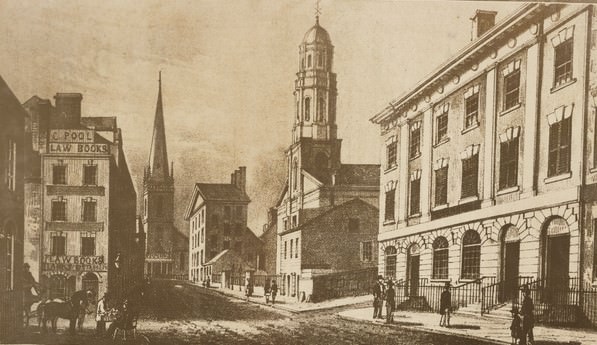
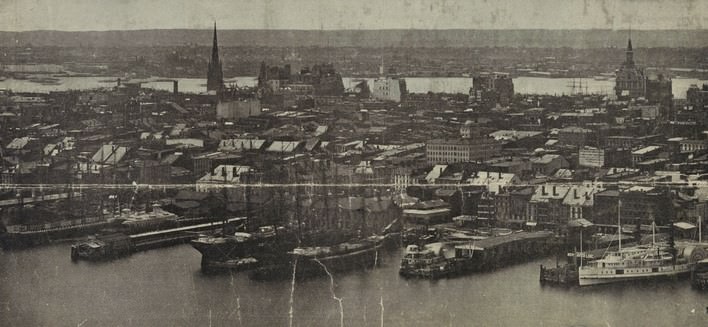
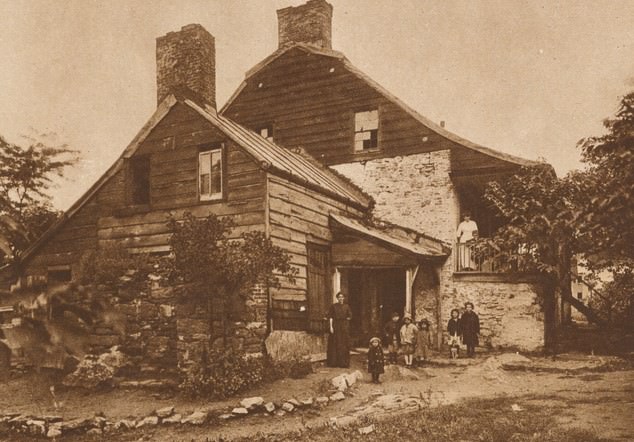
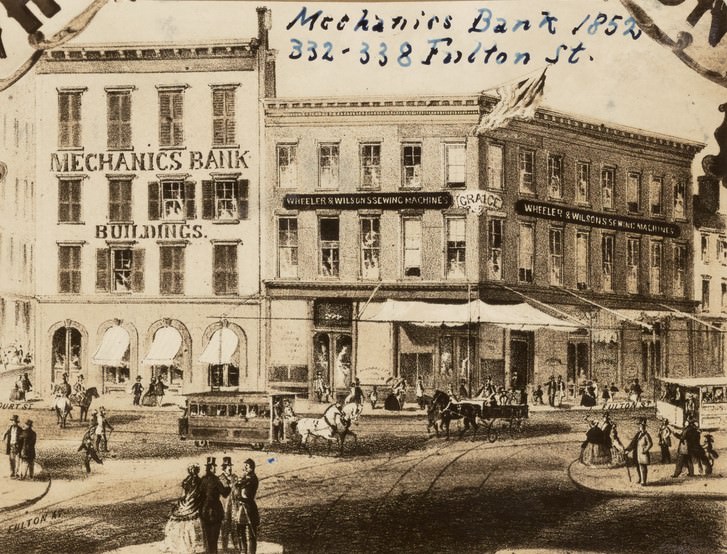
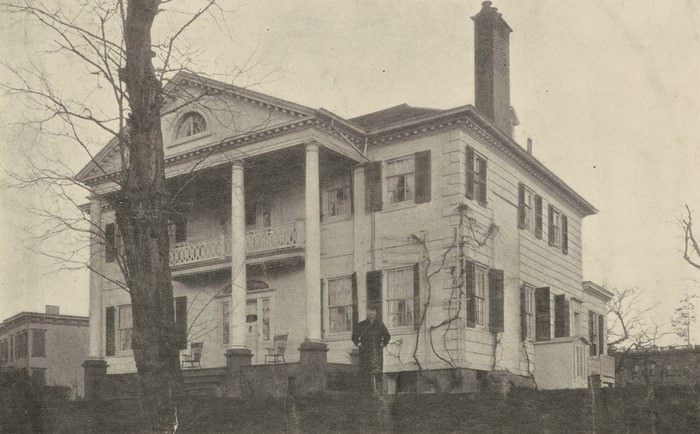
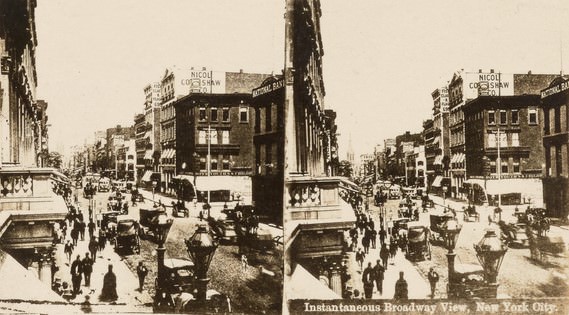
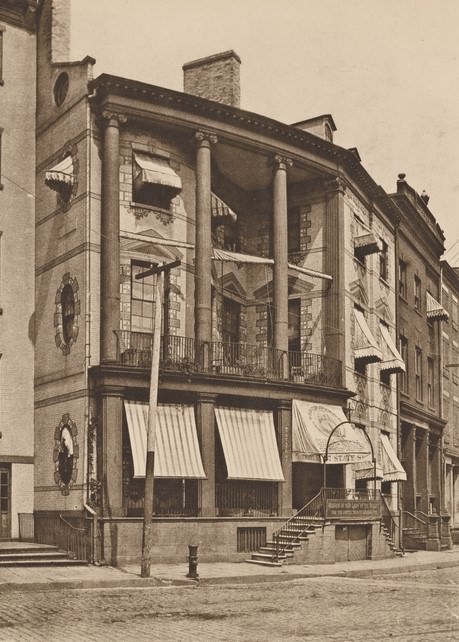
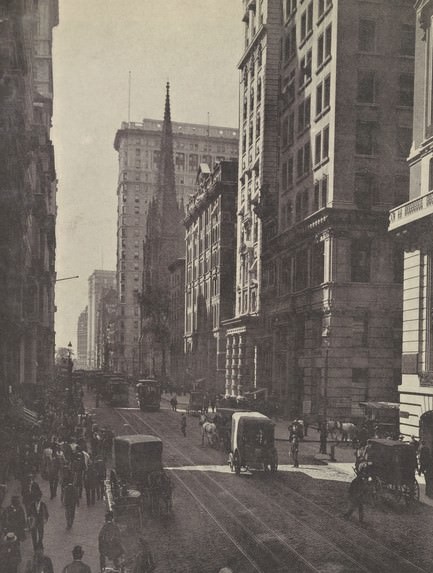
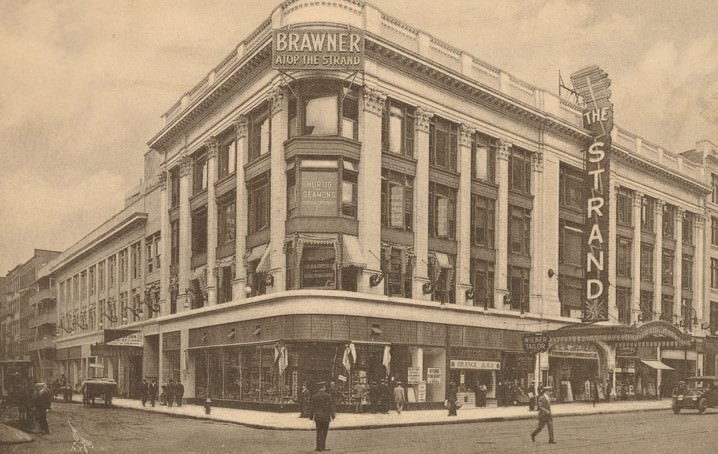
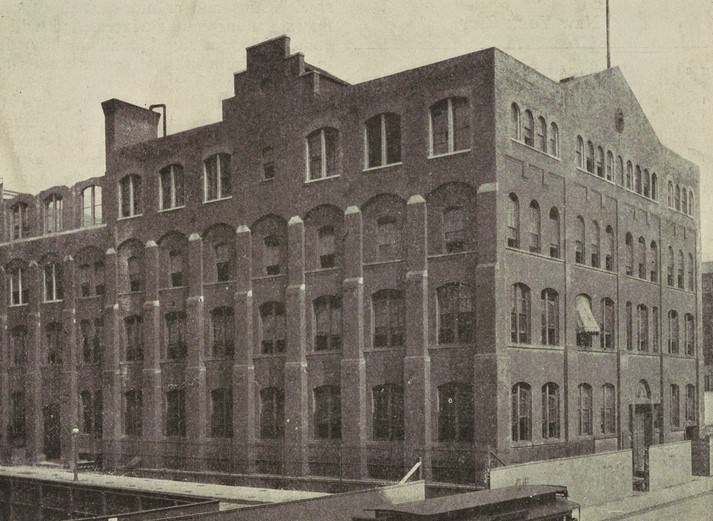
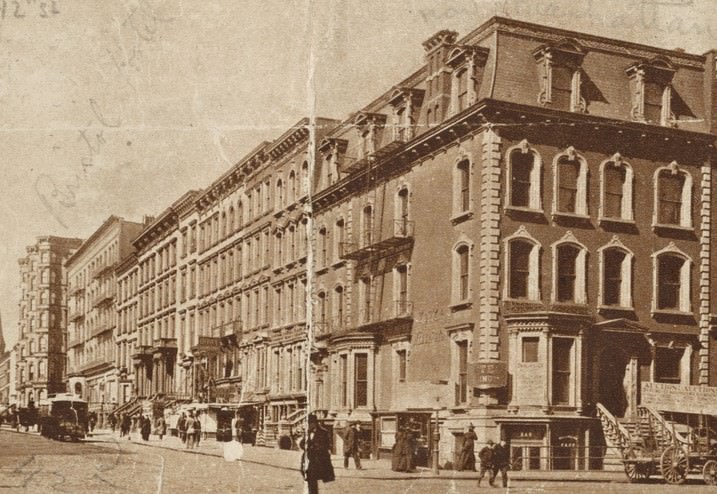
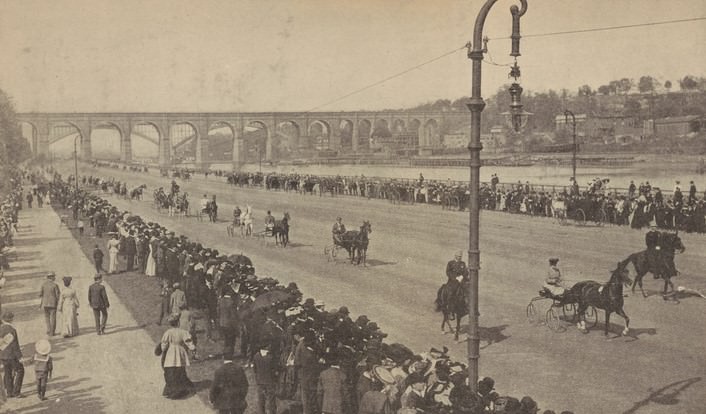
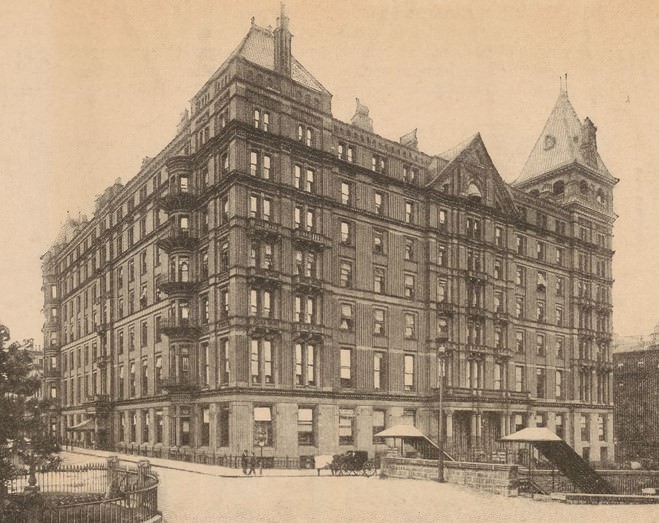
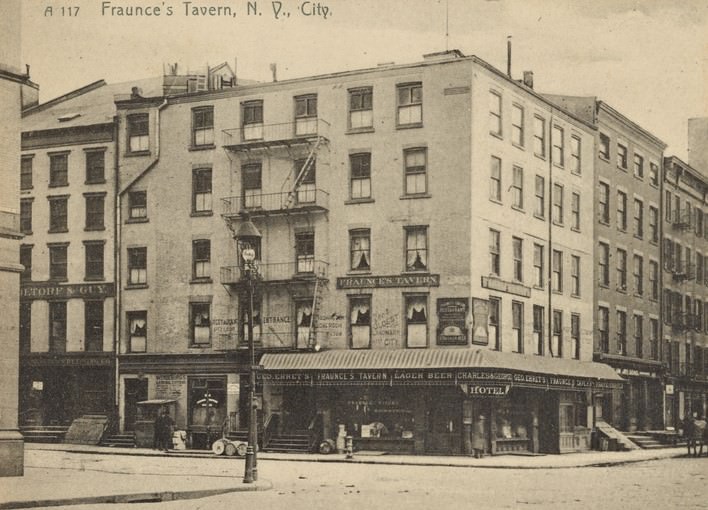
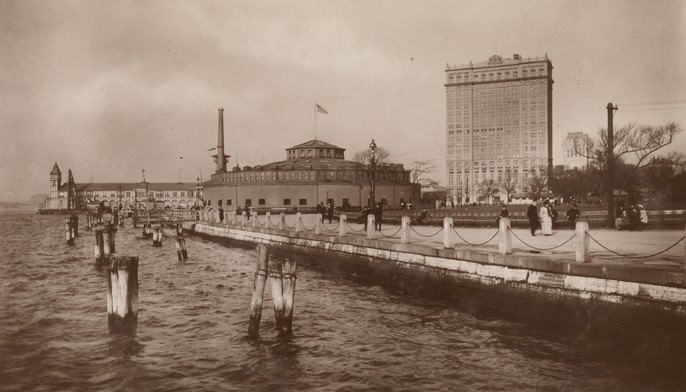
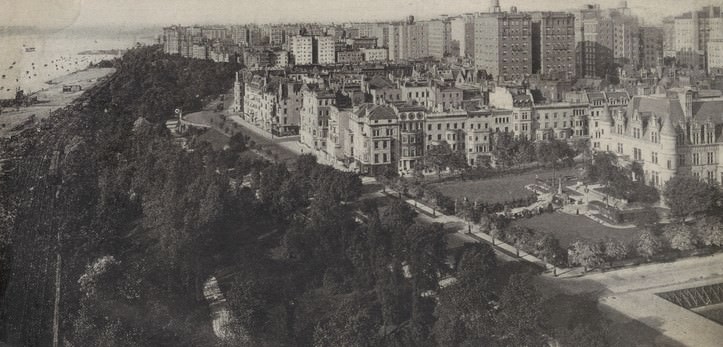
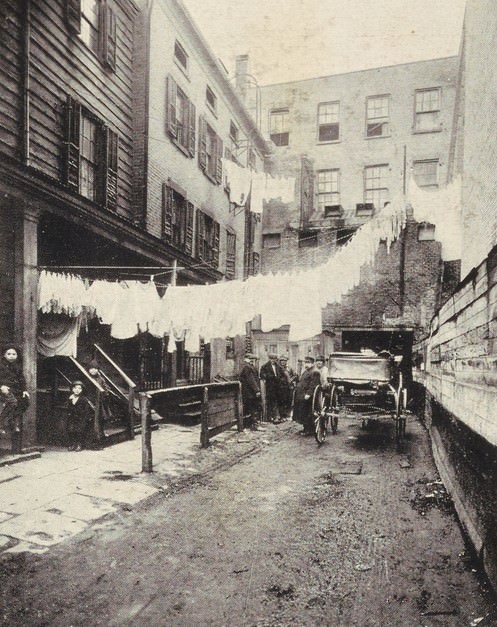
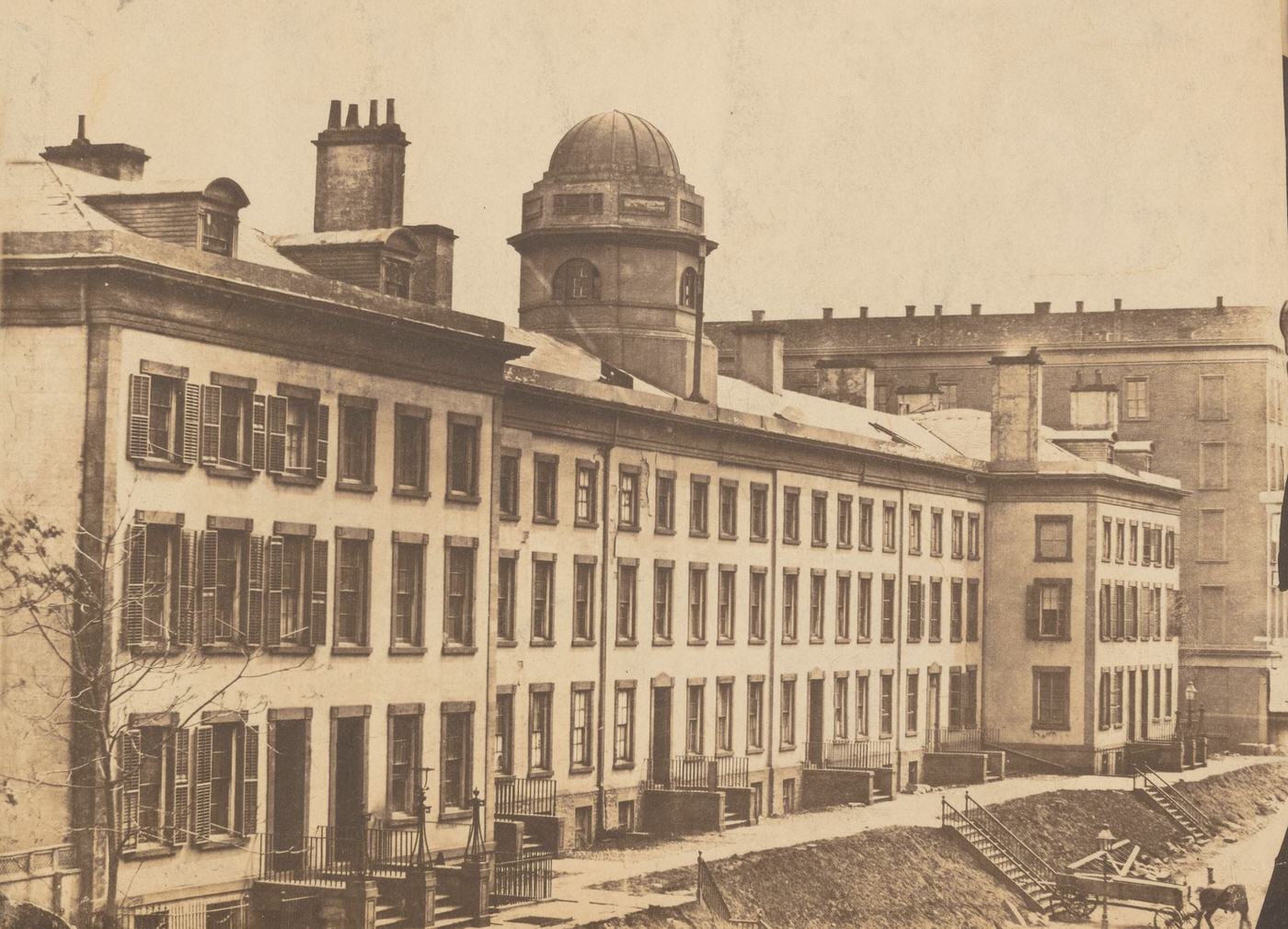
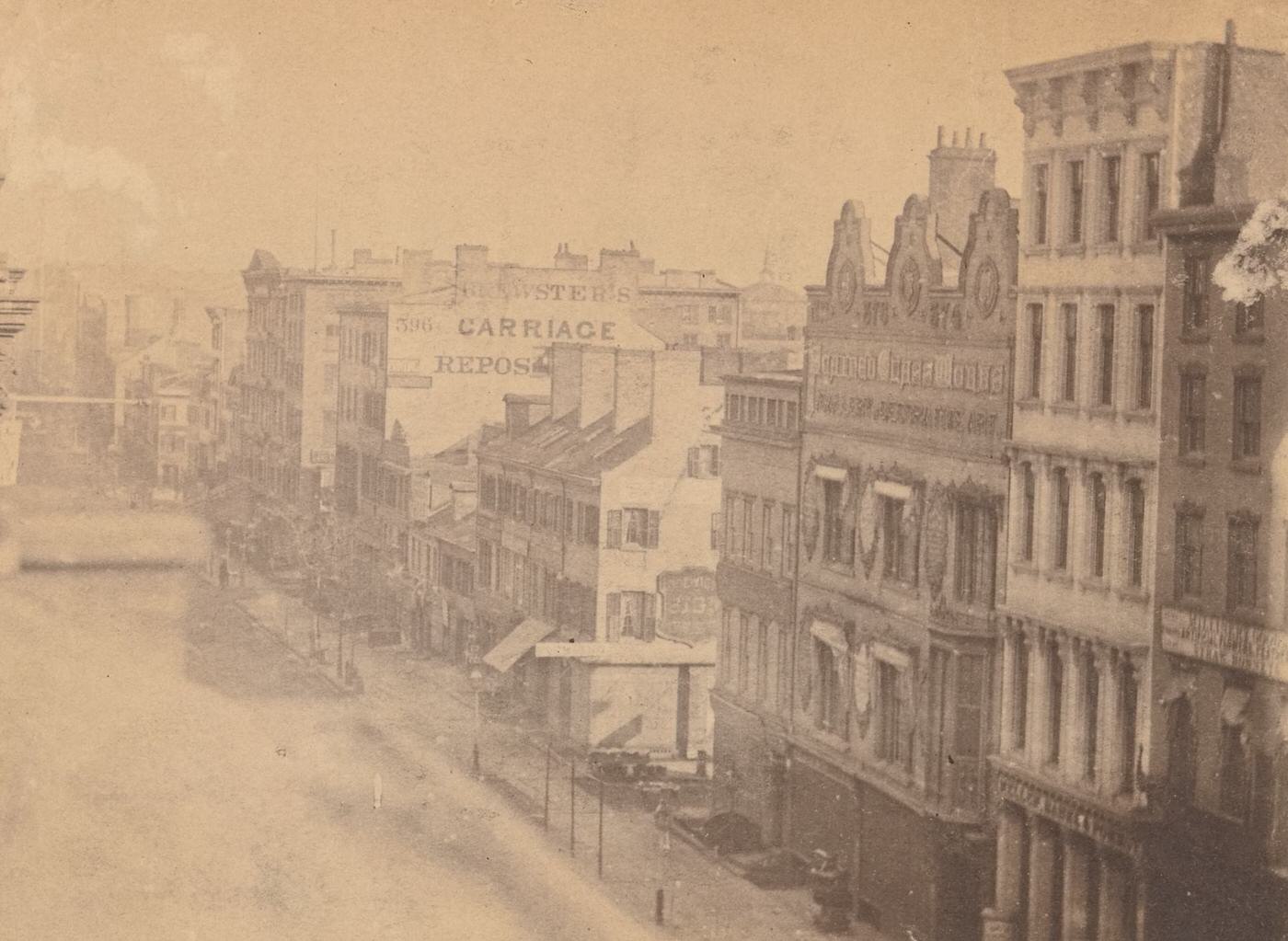
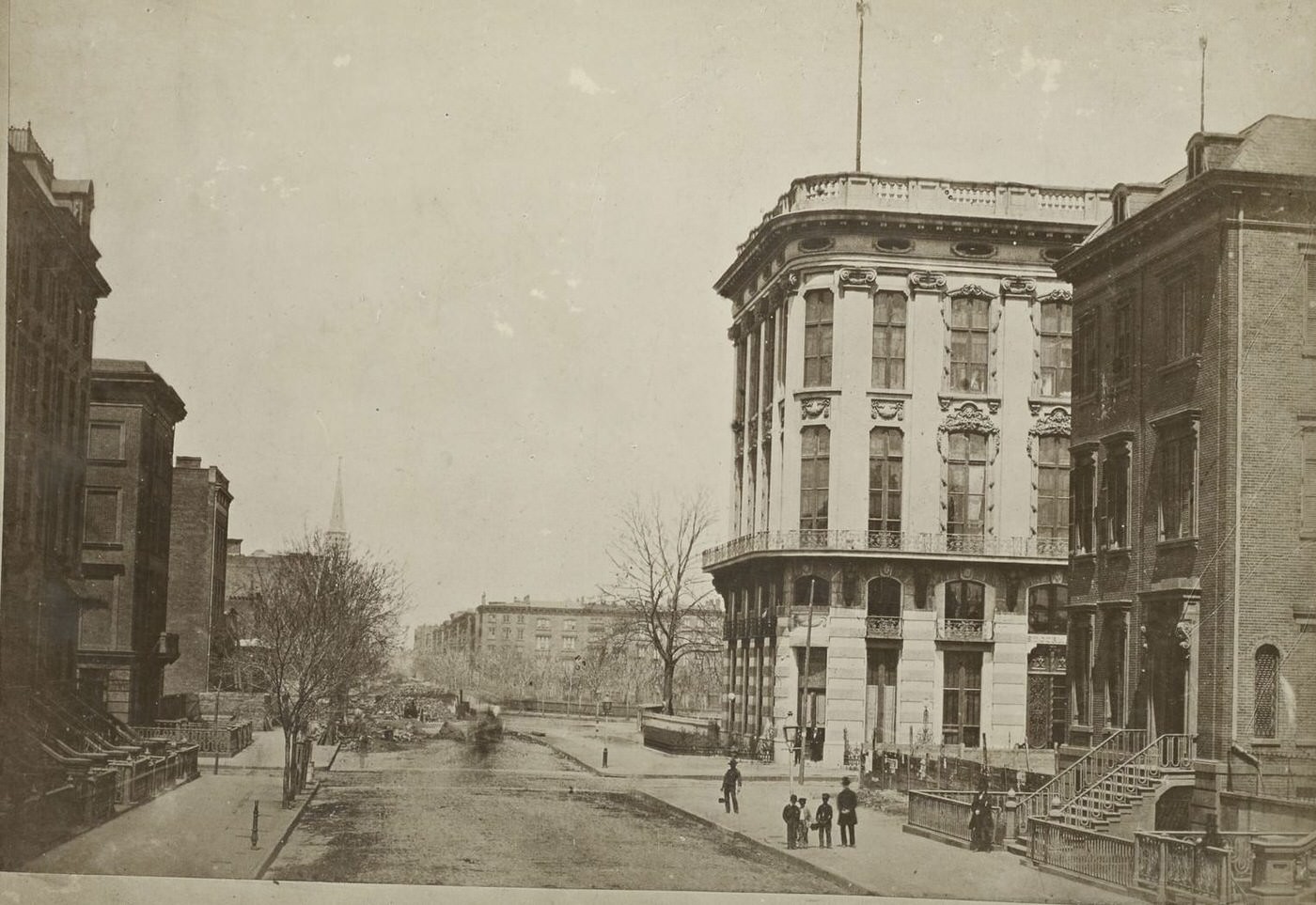
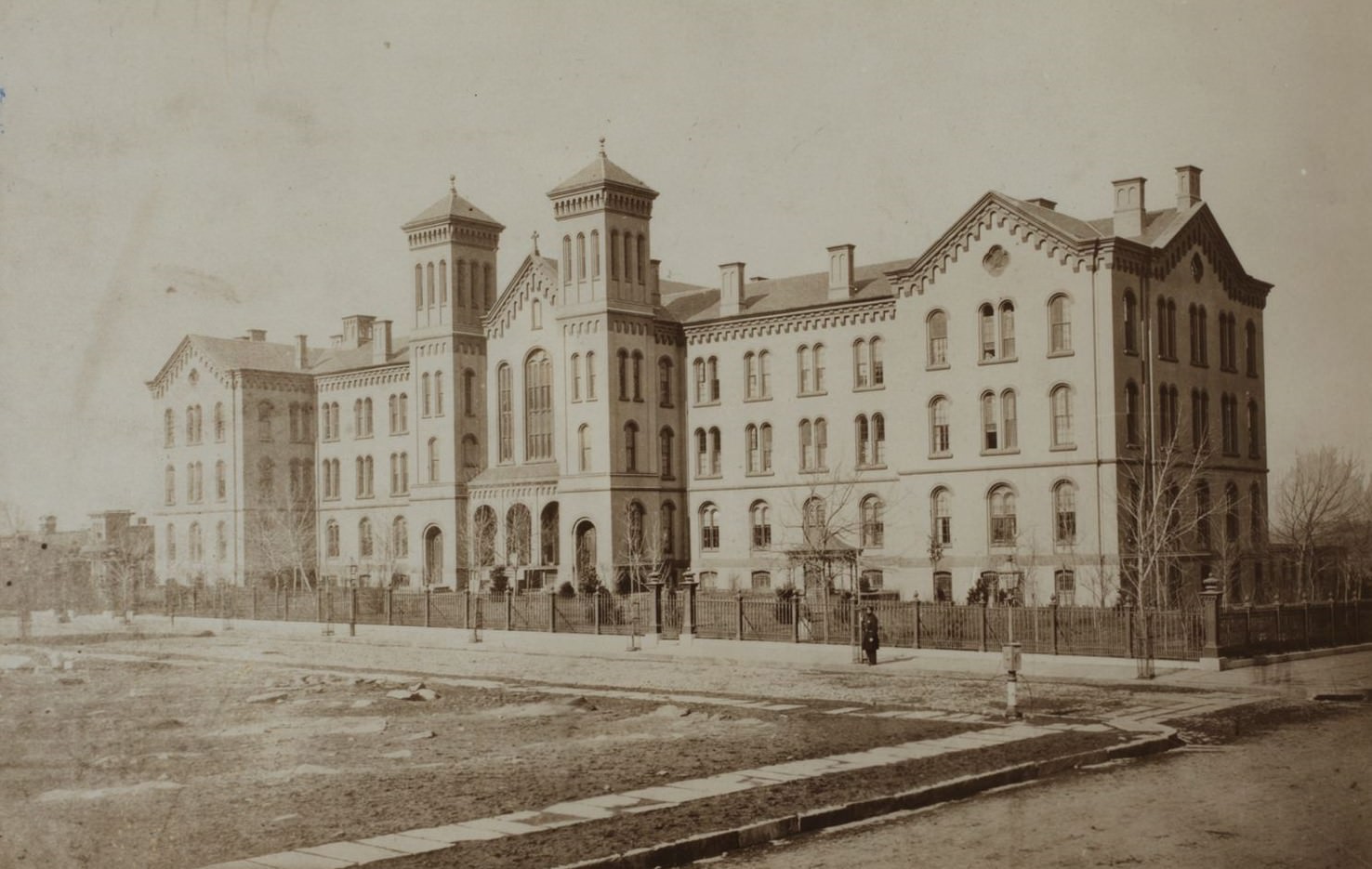
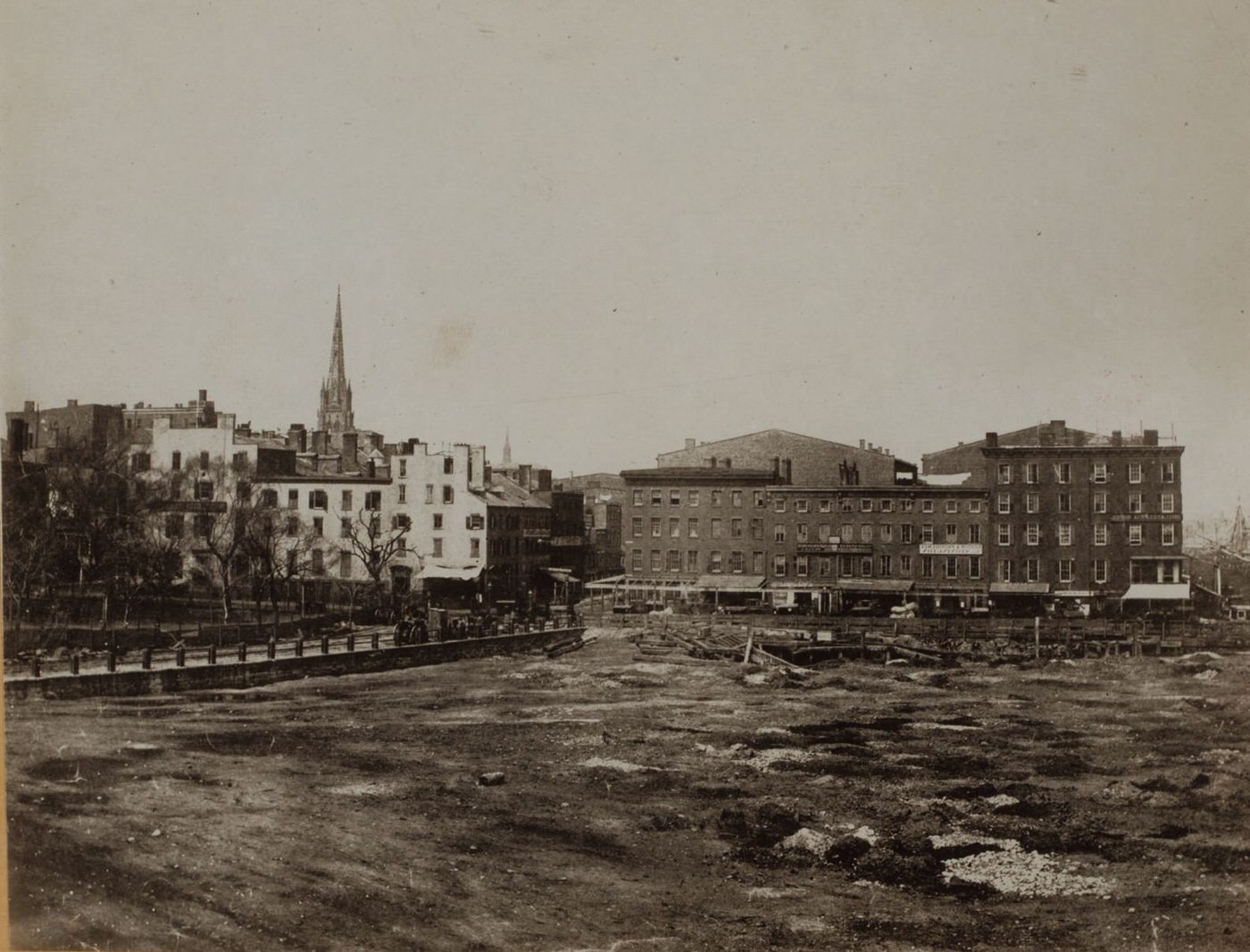
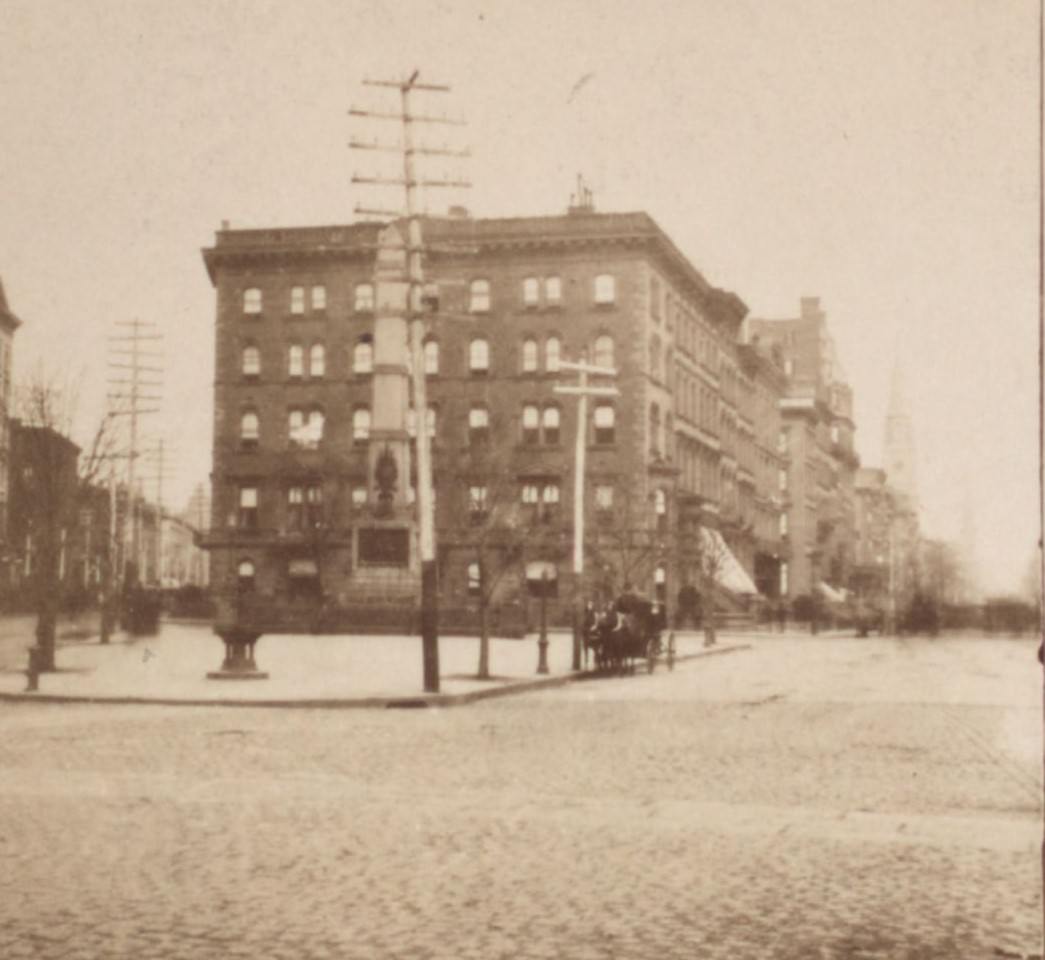
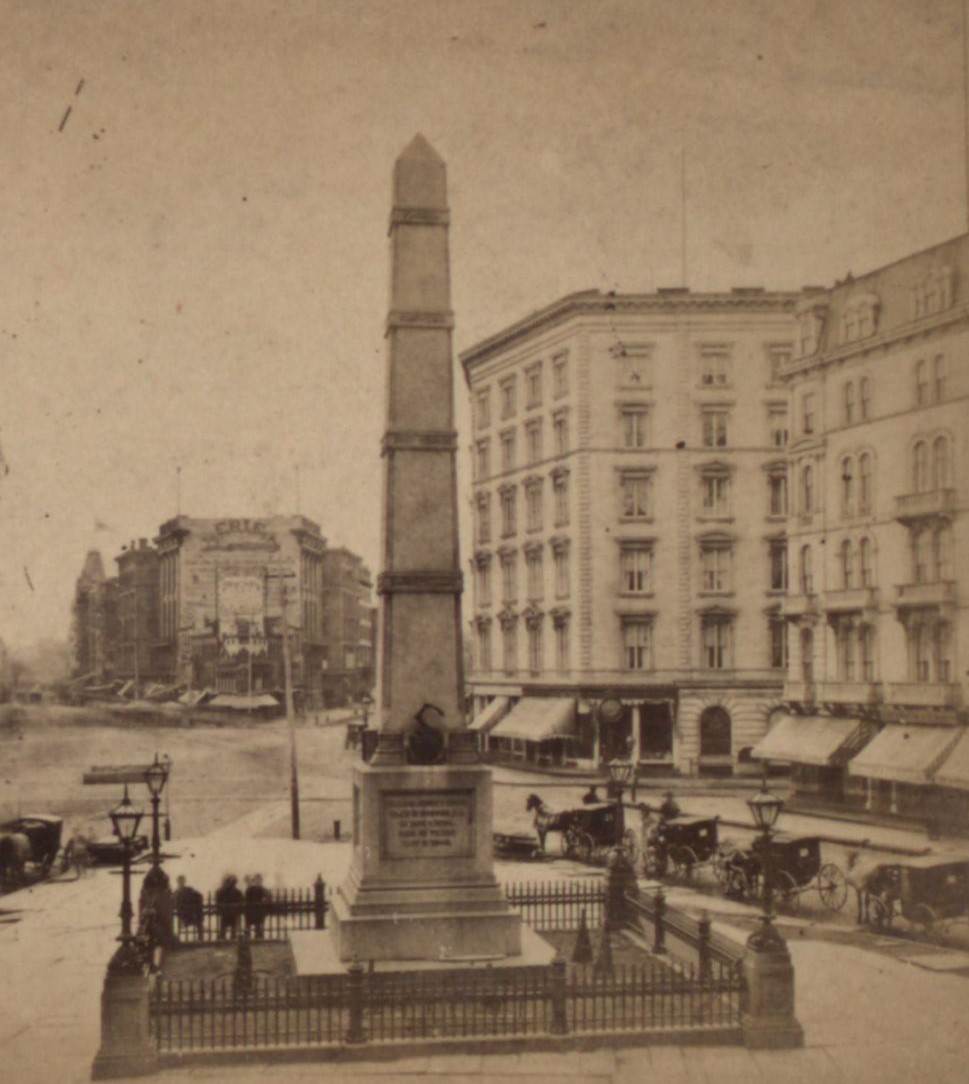
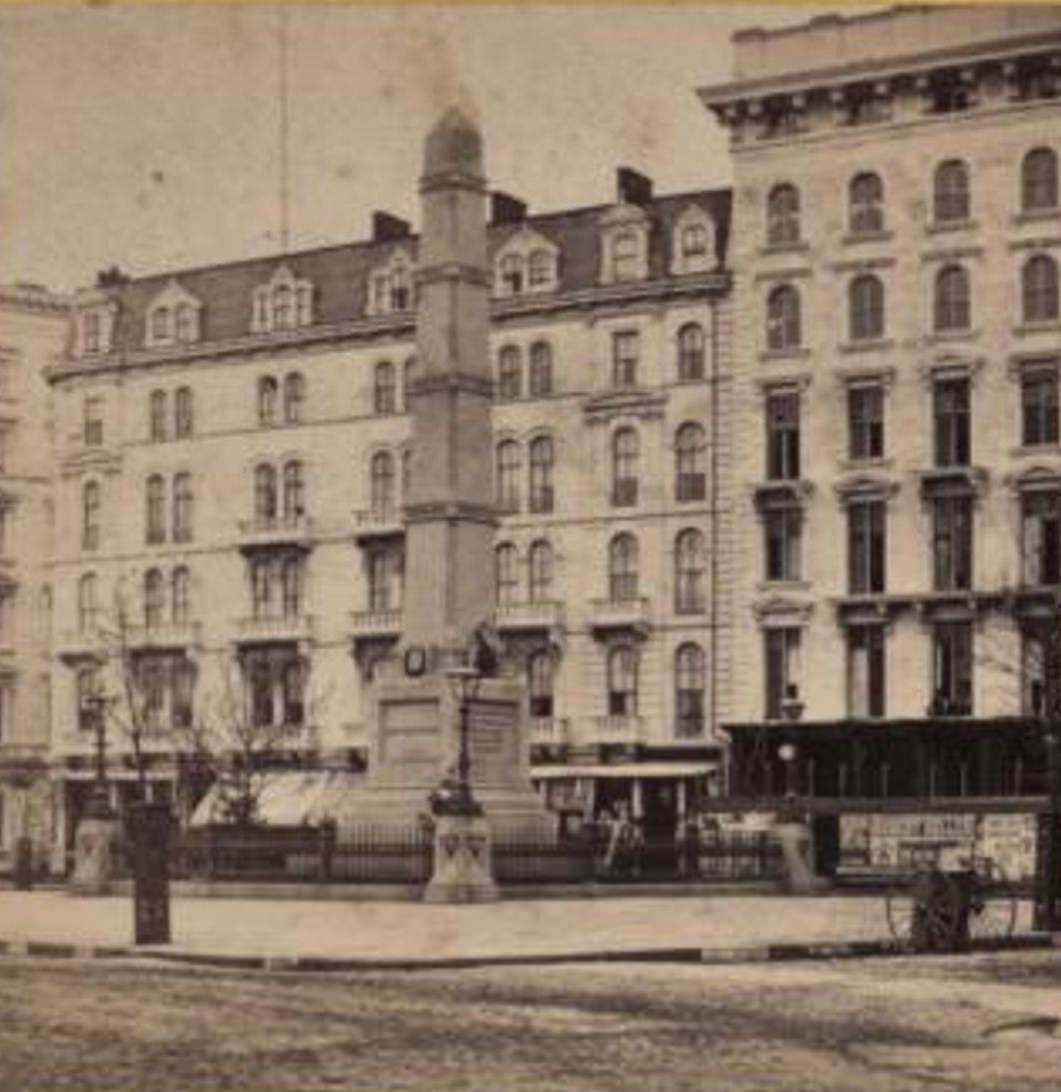
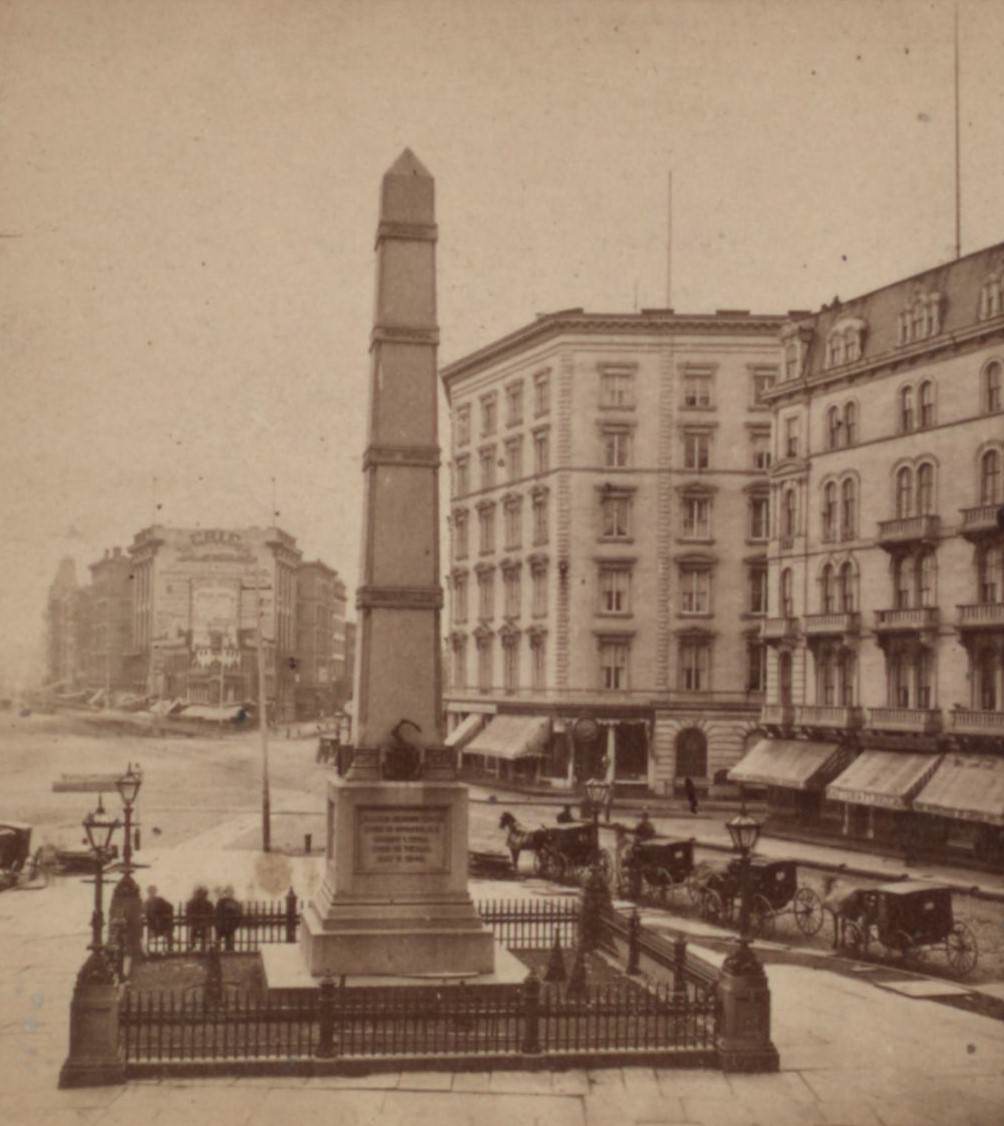
![Castle Garden [Ships In The Harbor In The Background], 1850S.](https://seeoldnyc.com/wp-content/uploads/2024/05/New_York_City_1850s_58.jpg)
![Castle Garden, New York [View Of Grounds], 1850S.](https://seeoldnyc.com/wp-content/uploads/2024/05/New_York_City_1850s_59.jpg)
![Castle Garden, New York City [View Of Grounds], 1850S.](https://seeoldnyc.com/wp-content/uploads/2024/05/New_York_City_1850s_60.jpg)
![Castle Garden, New York [Walkway With People And Benches], 1850S.](https://seeoldnyc.com/wp-content/uploads/2024/05/New_York_City_1850s_61.jpg)
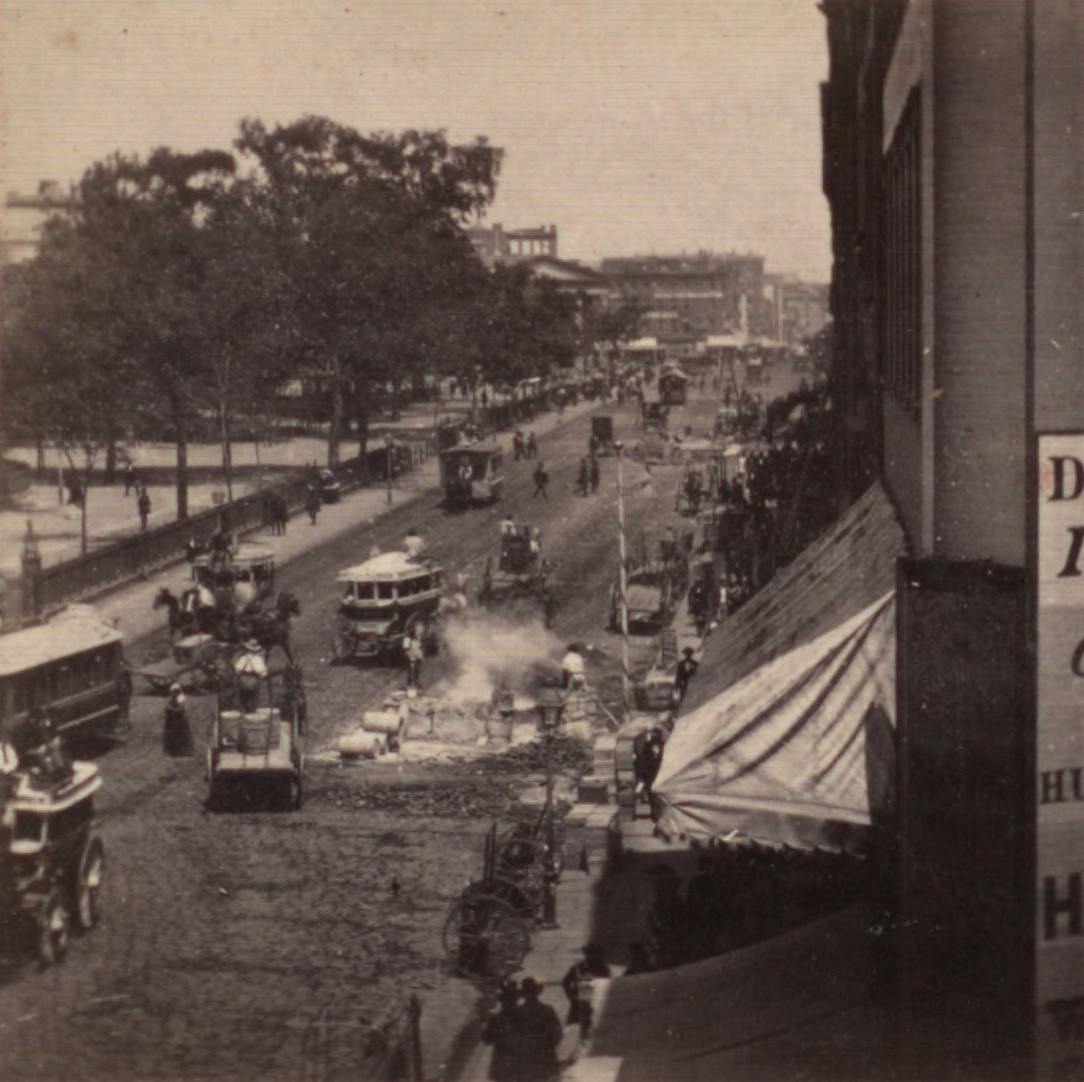
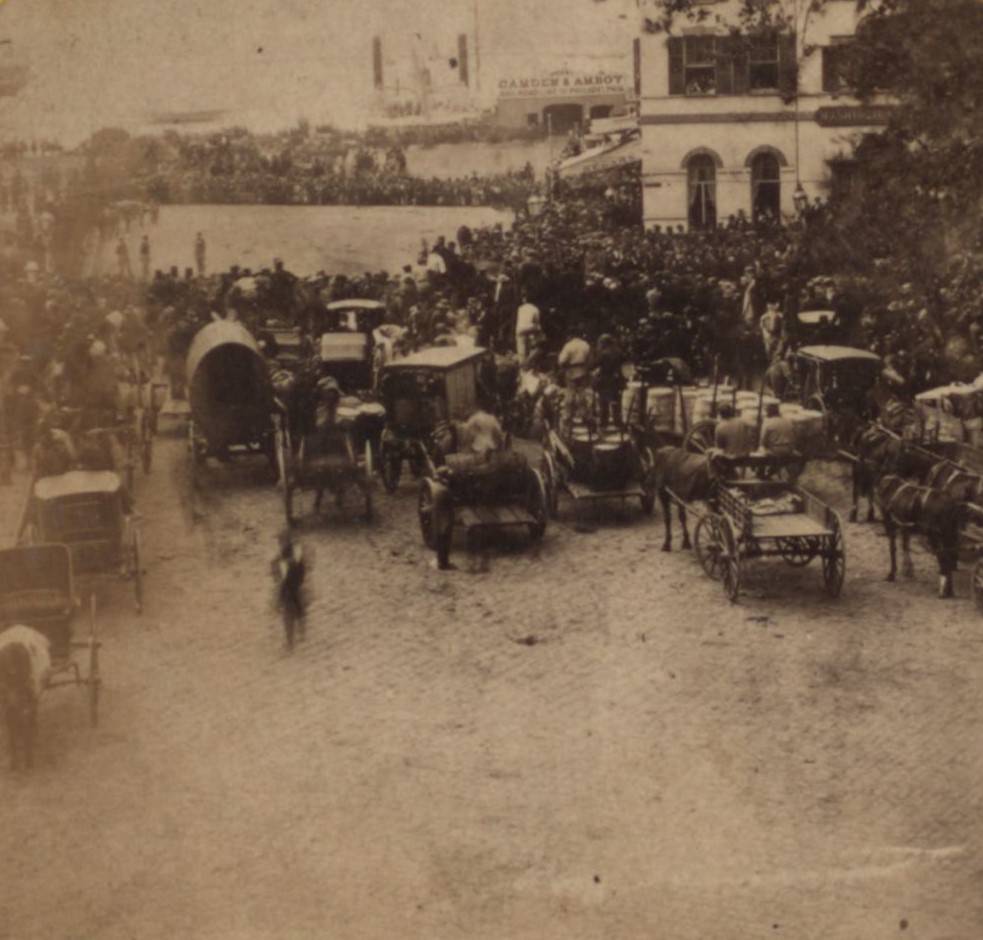
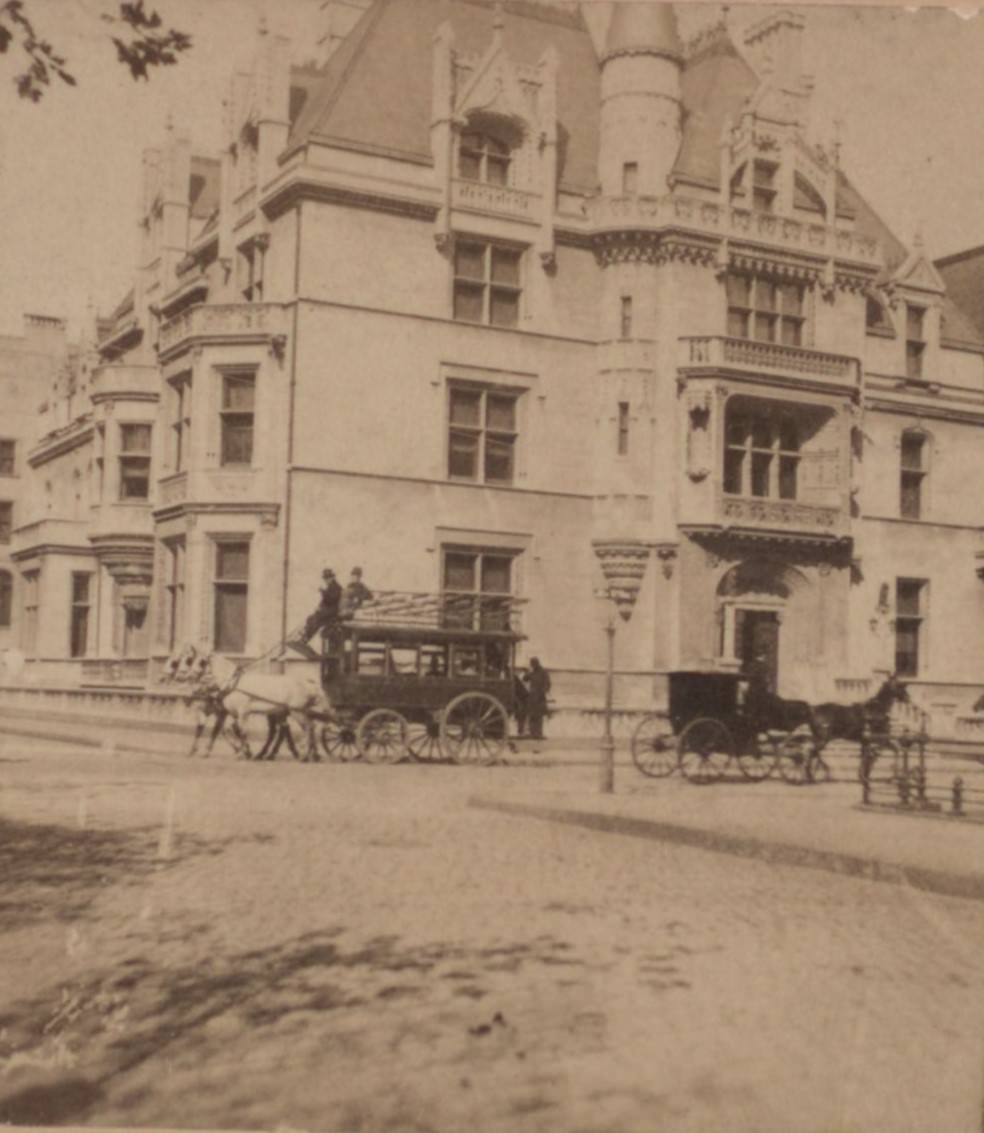
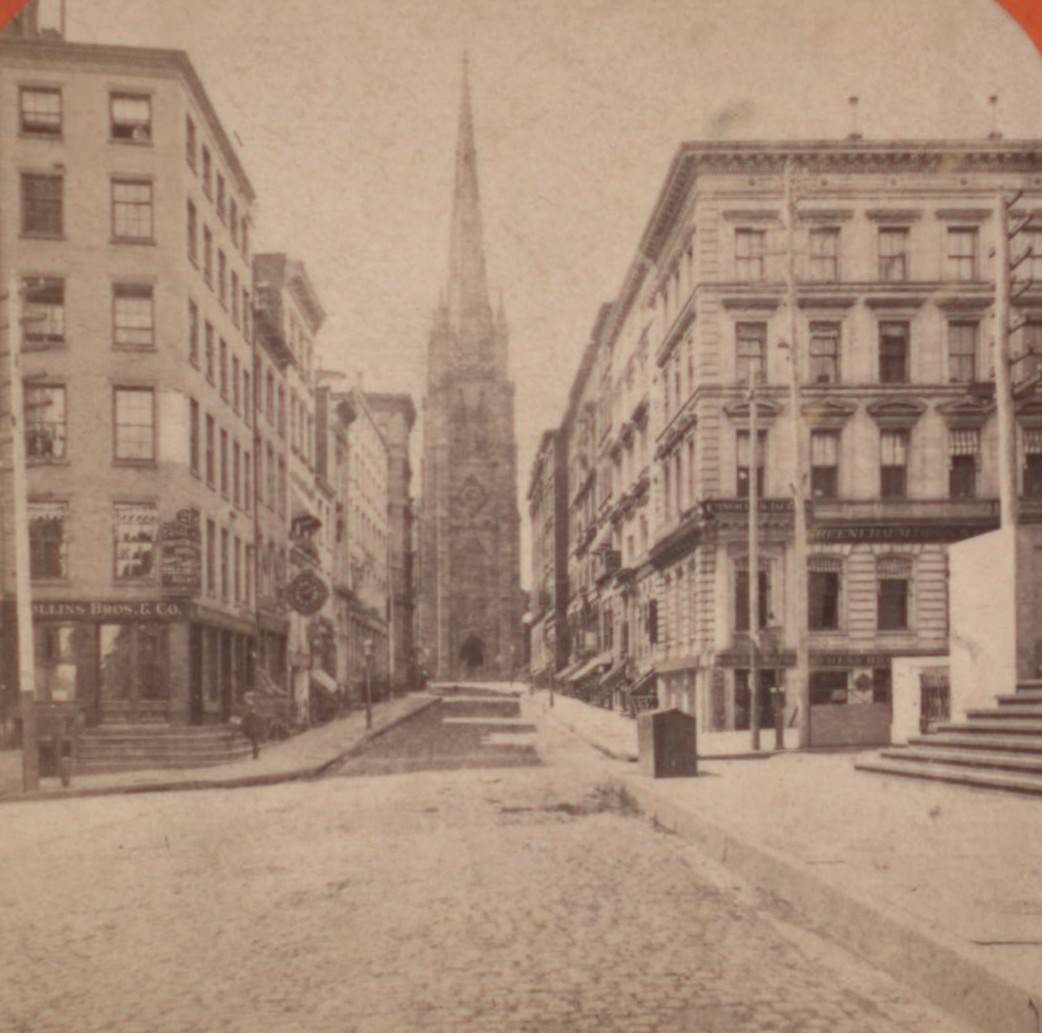
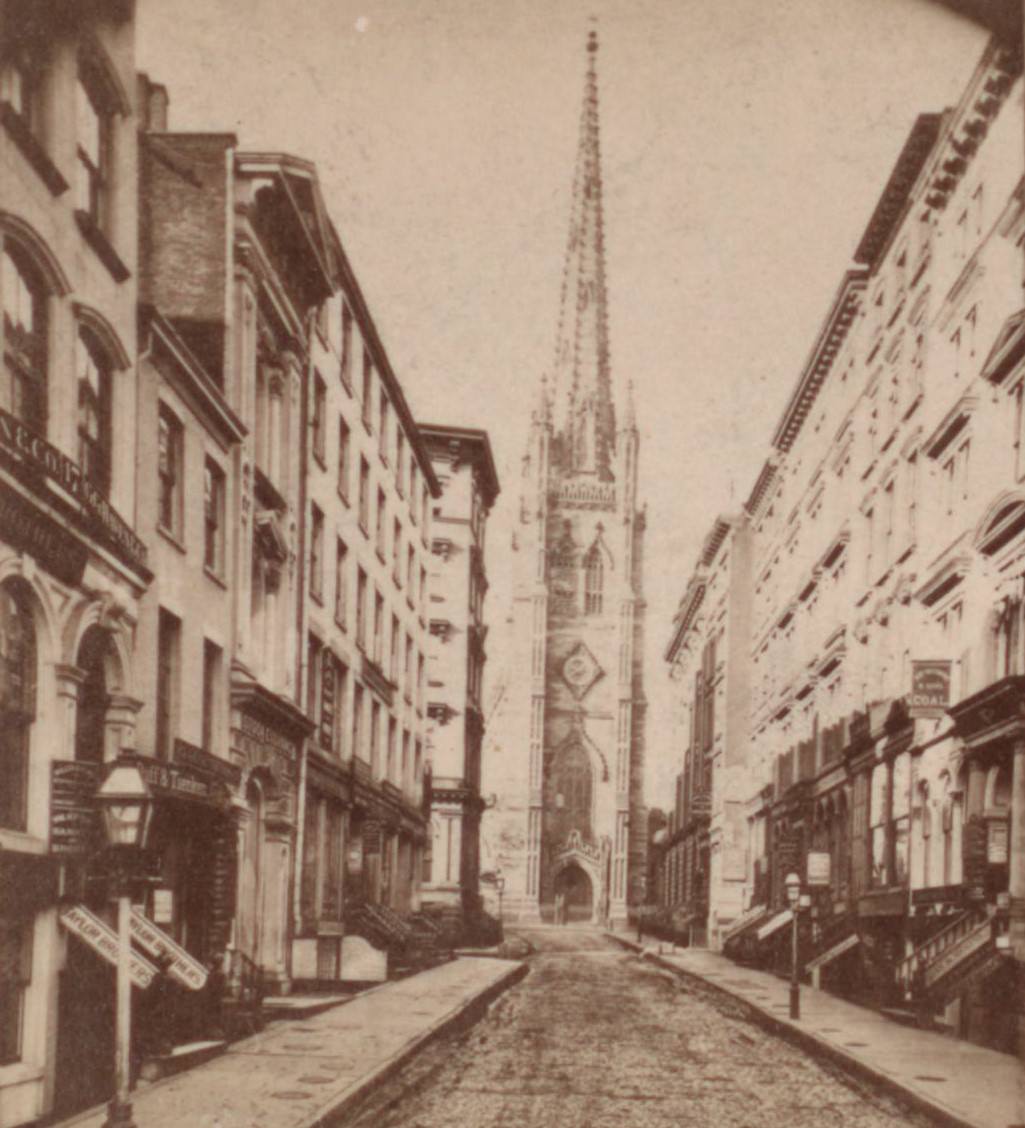
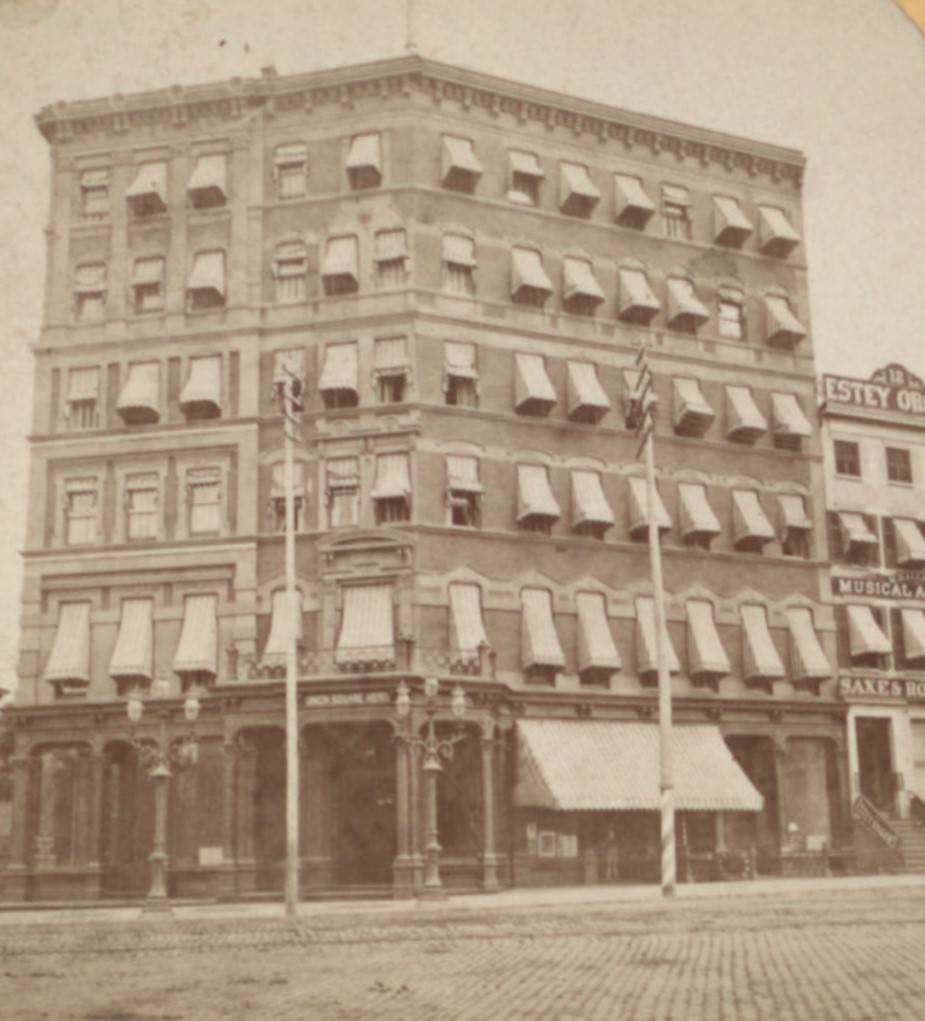
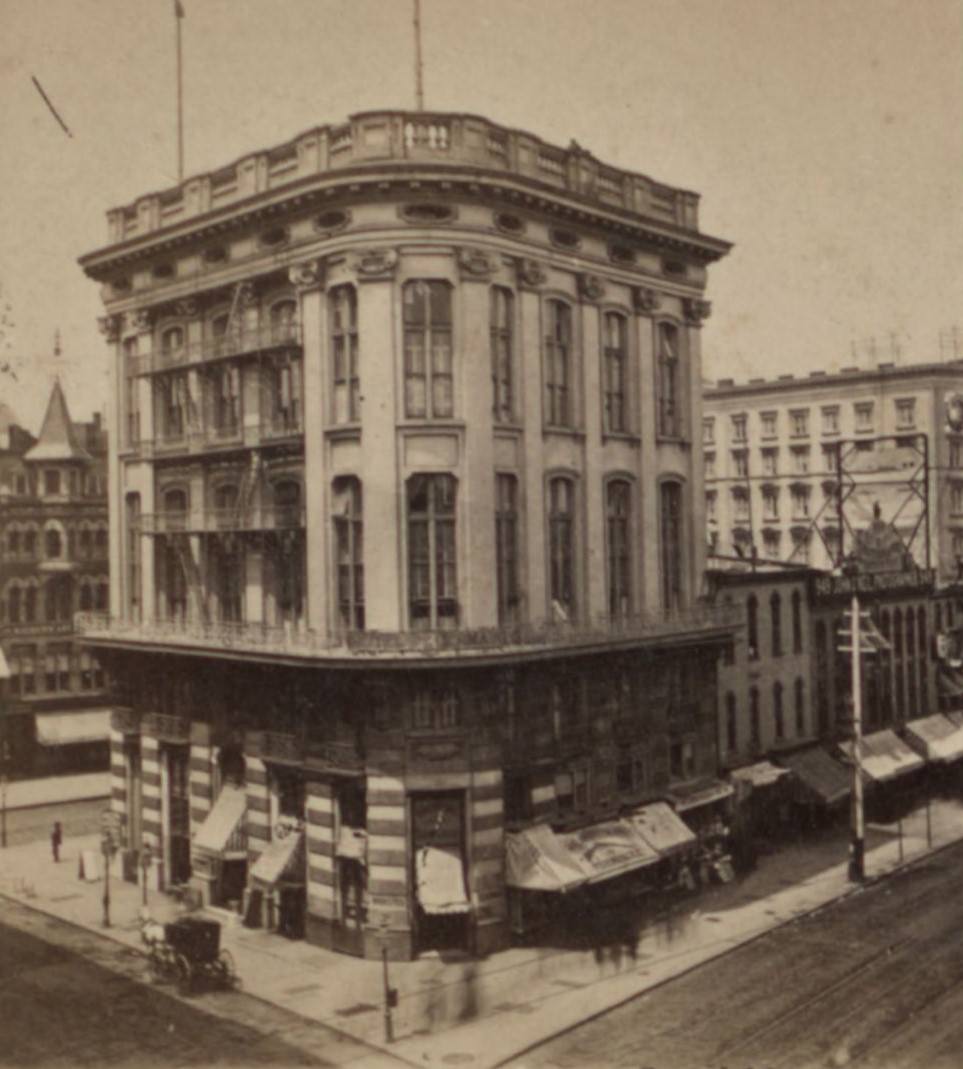
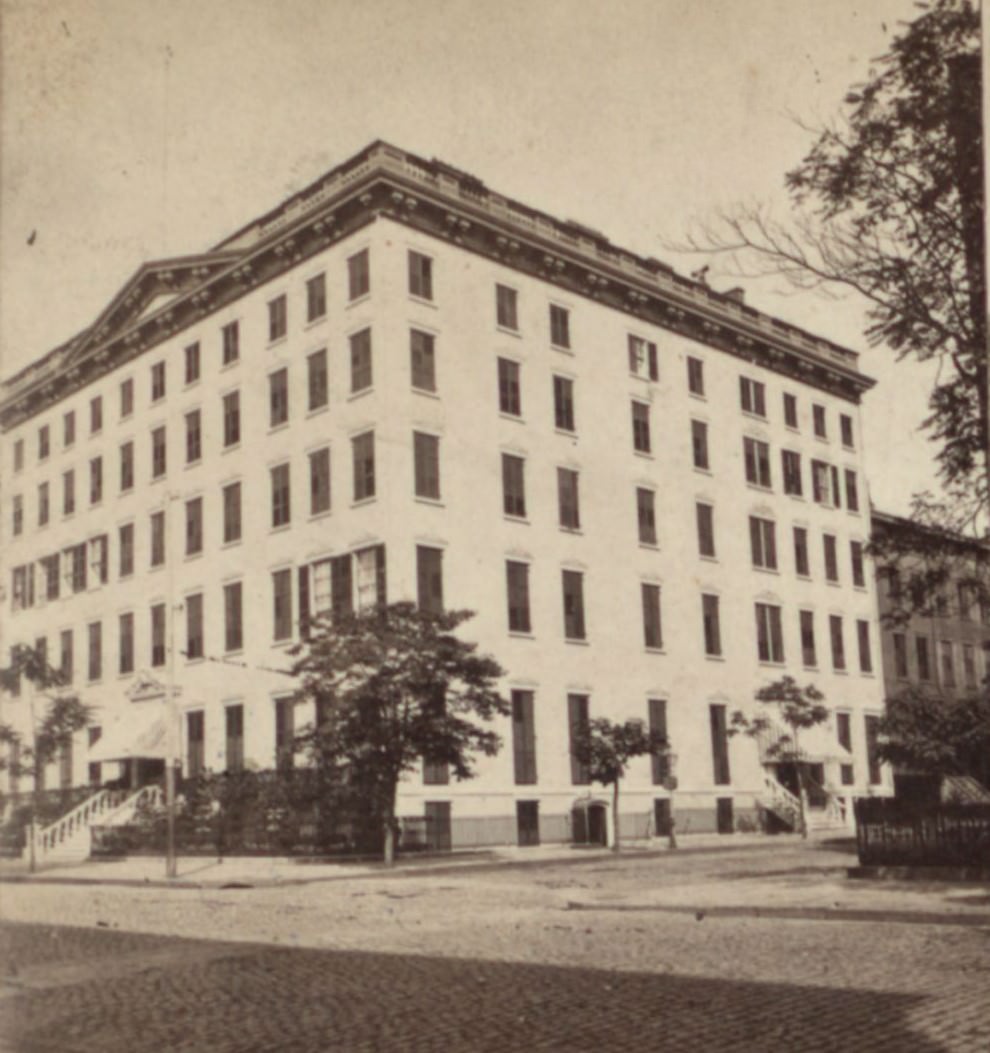
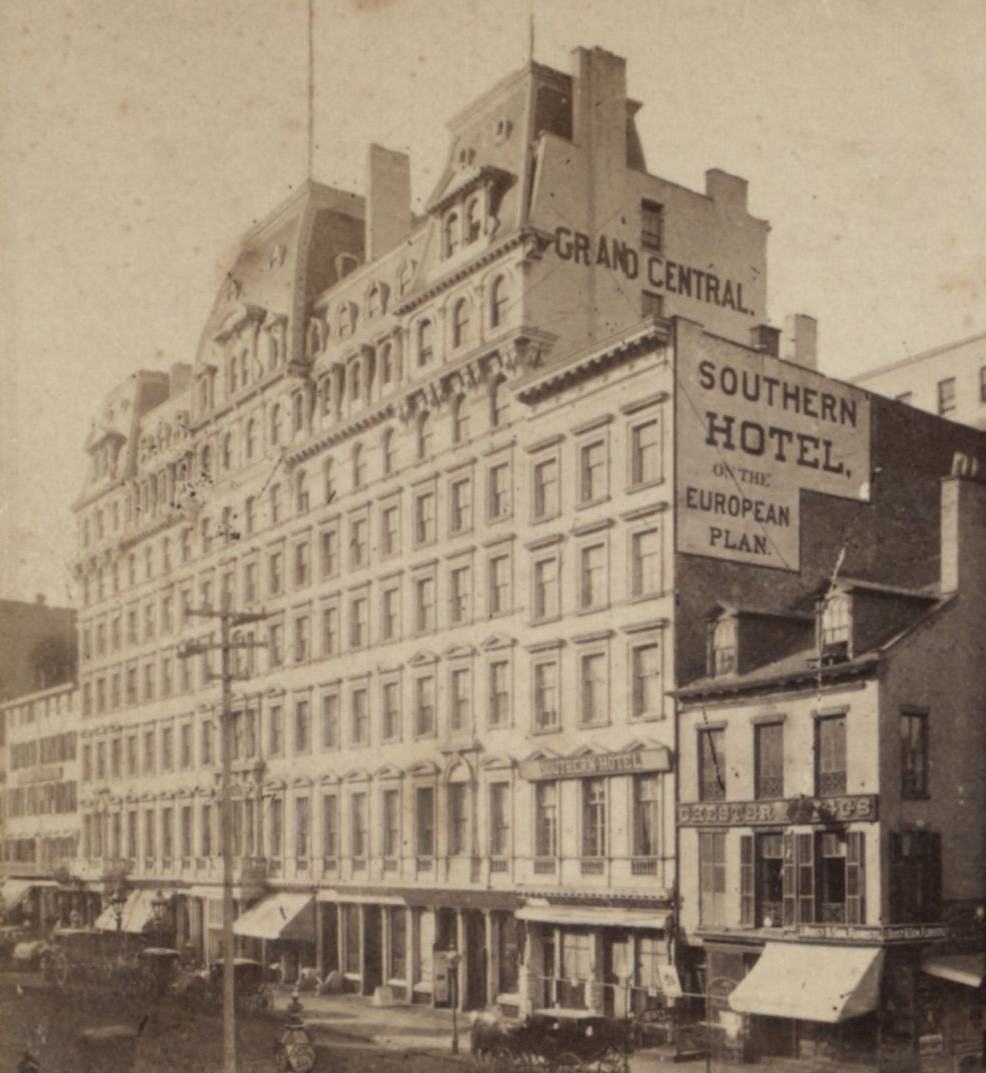
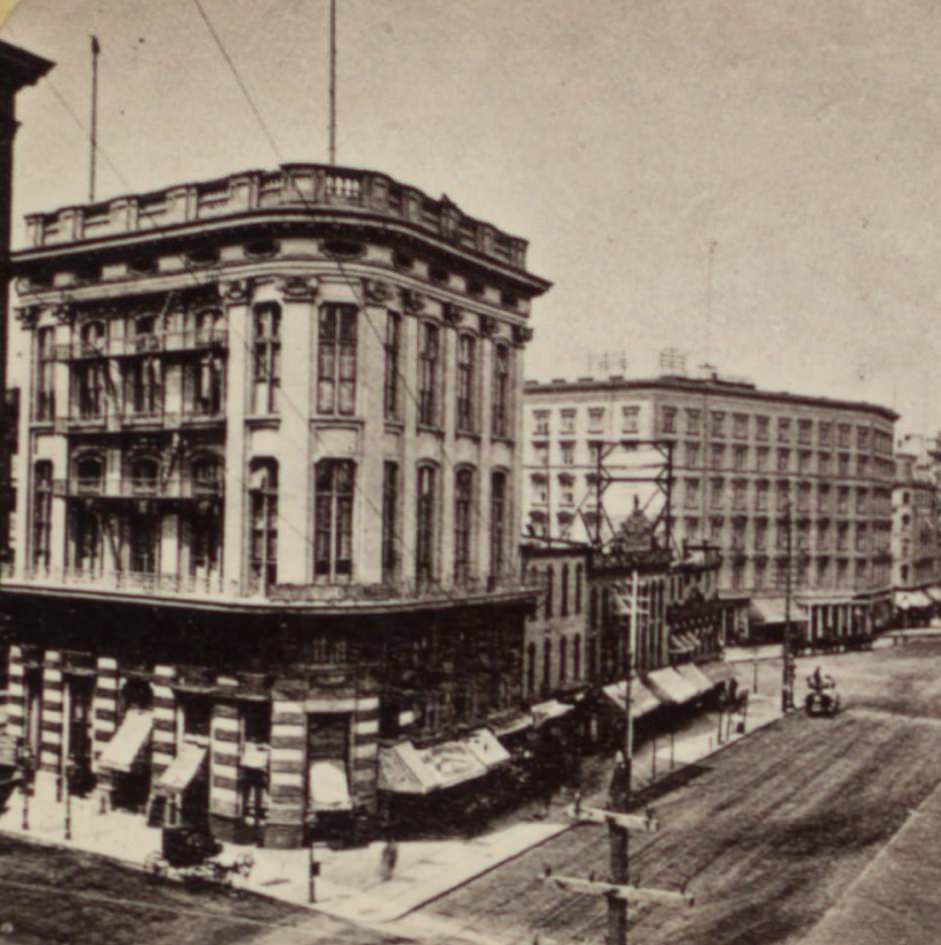
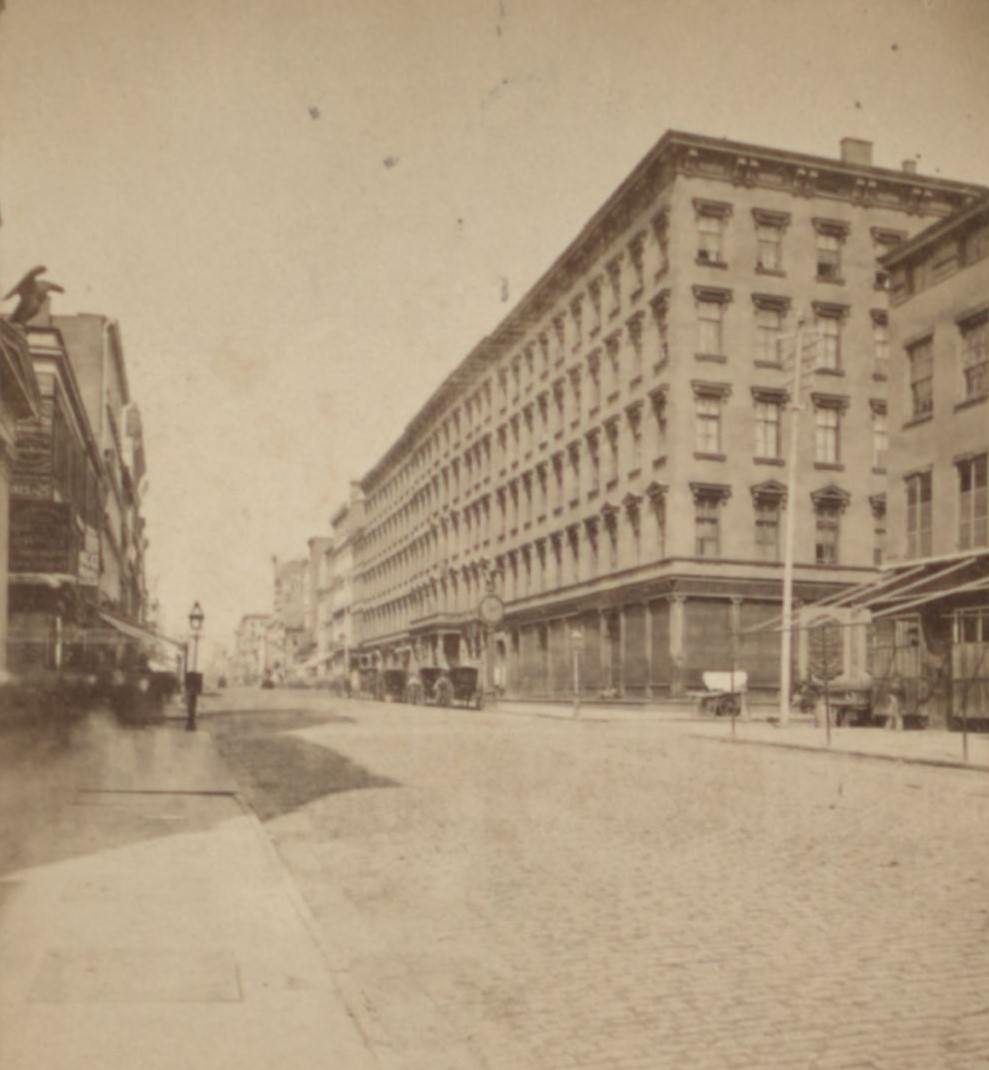
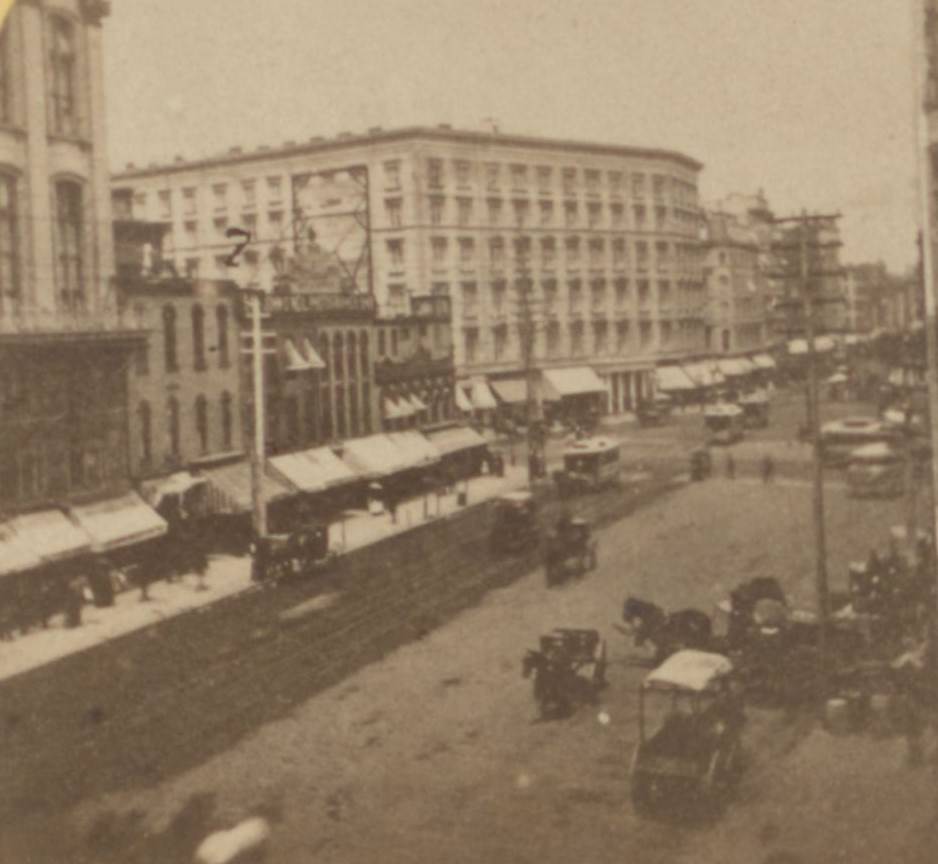
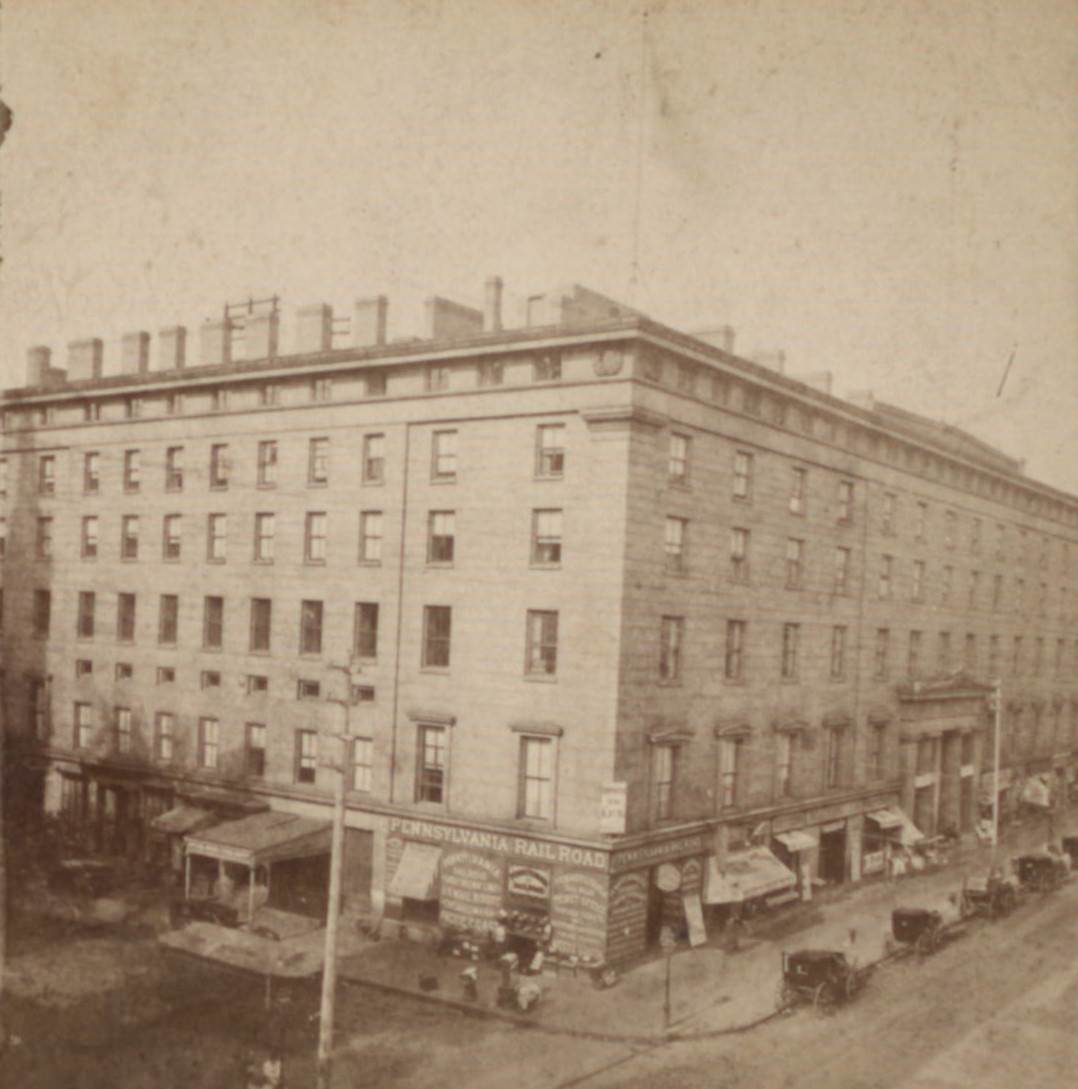
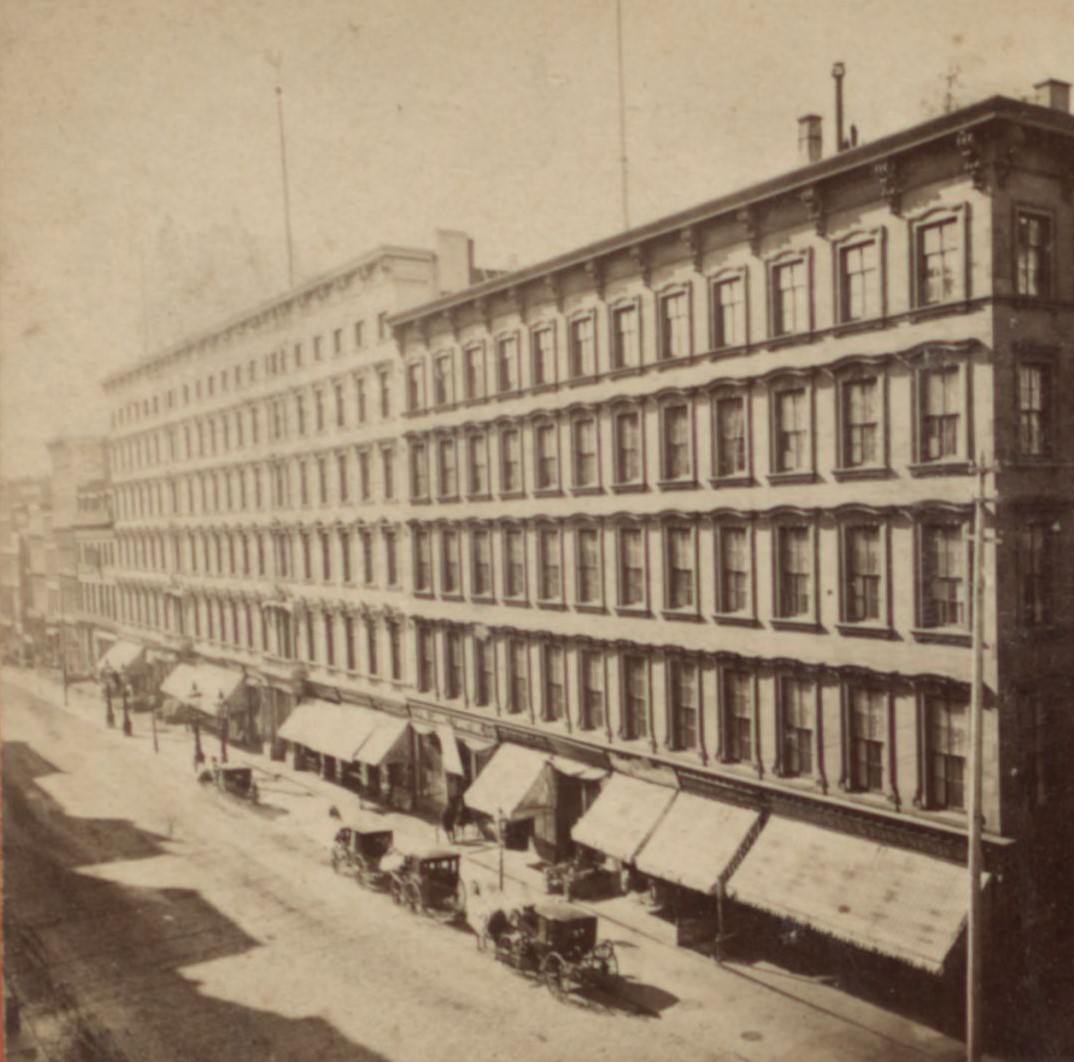
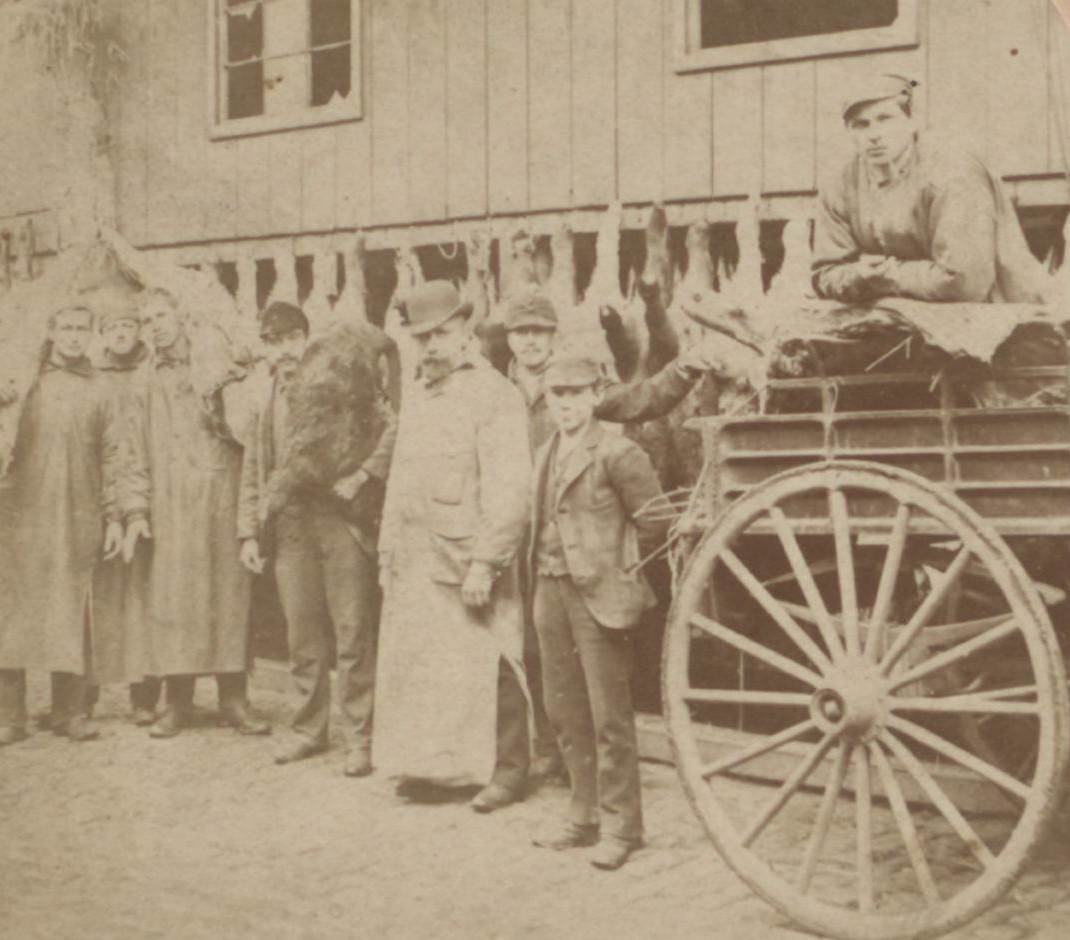
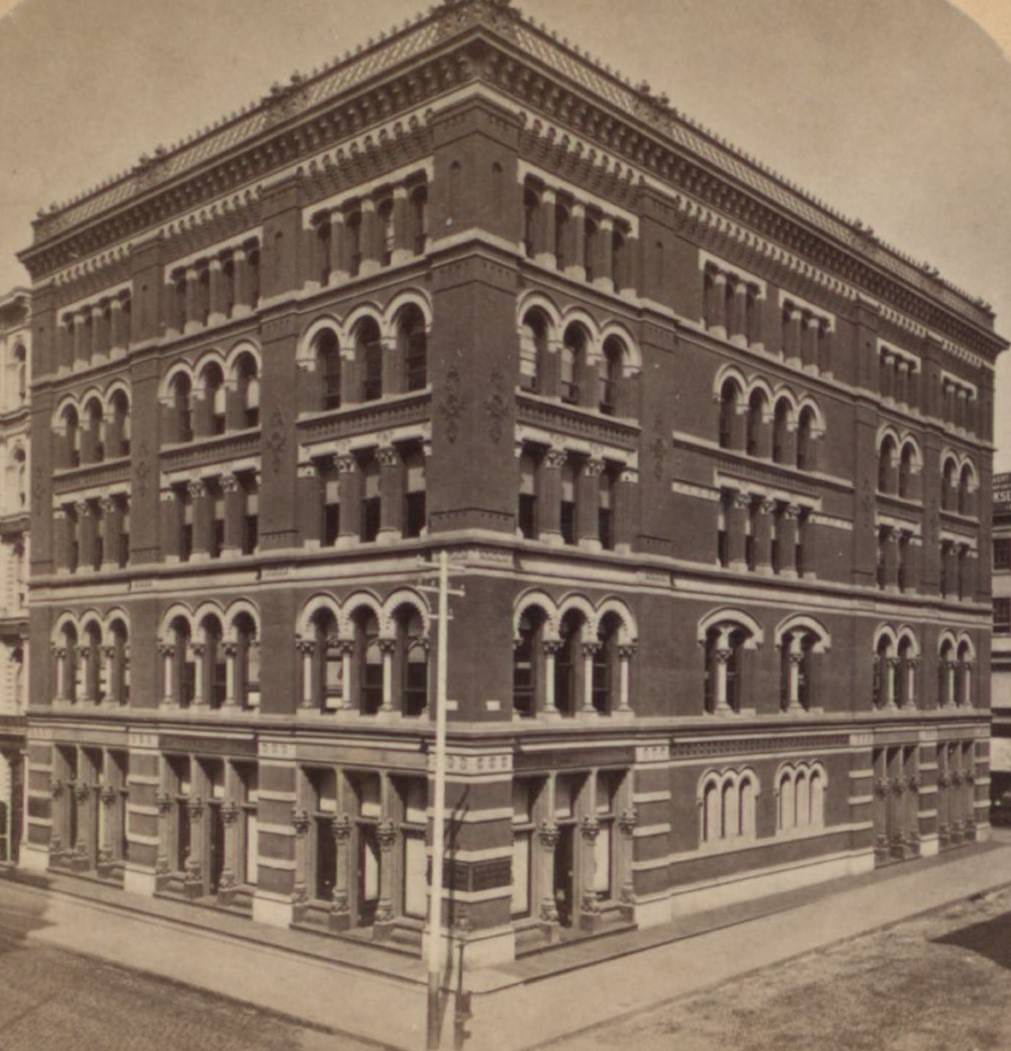
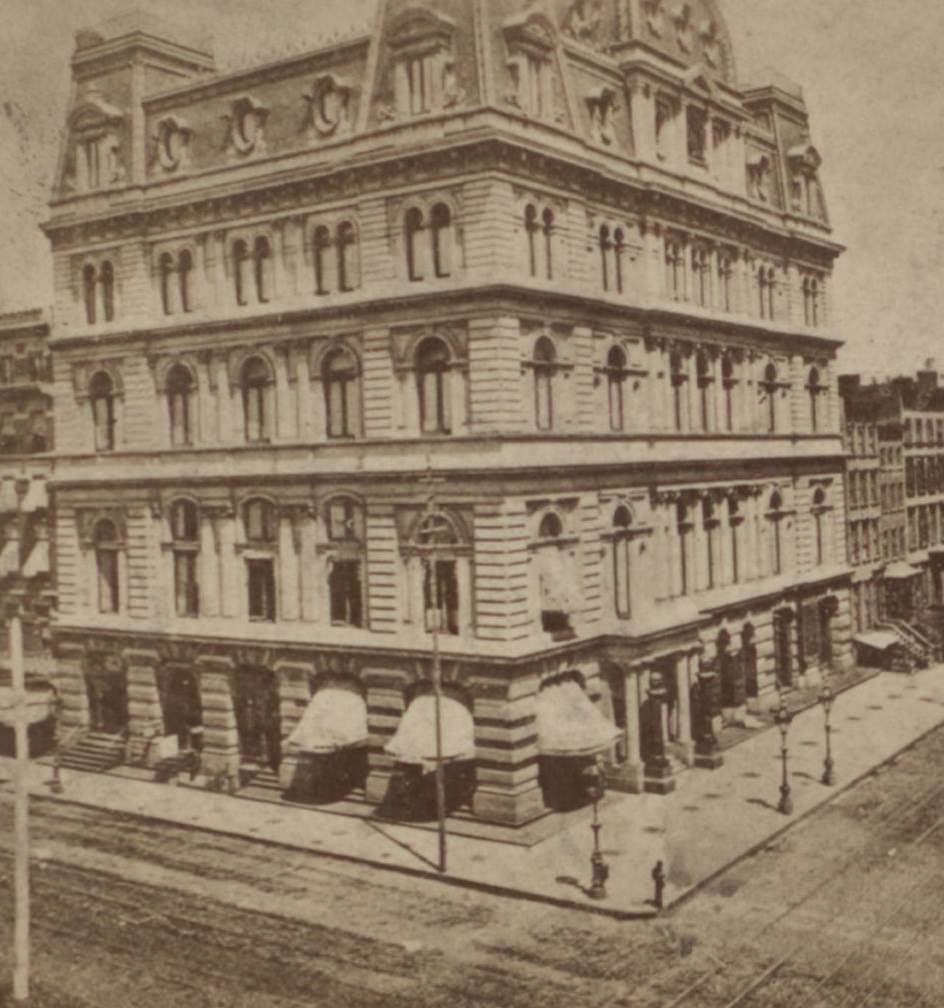
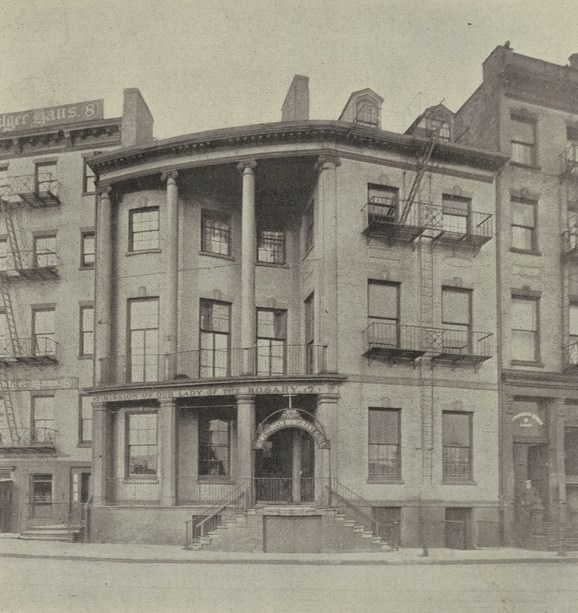
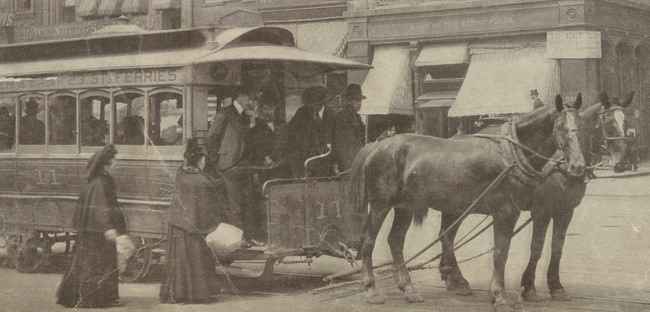
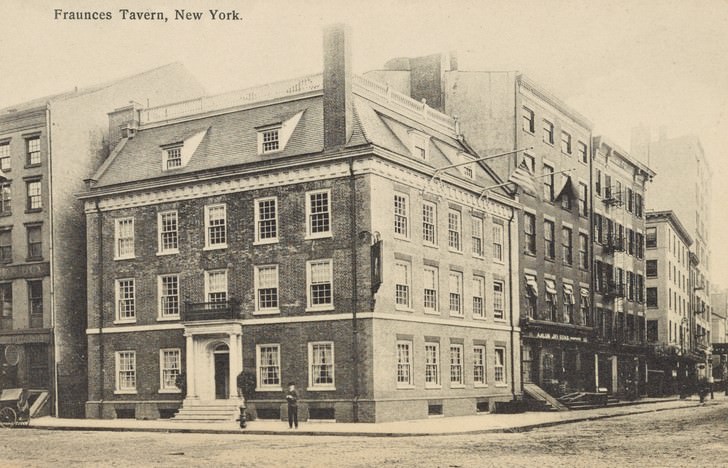
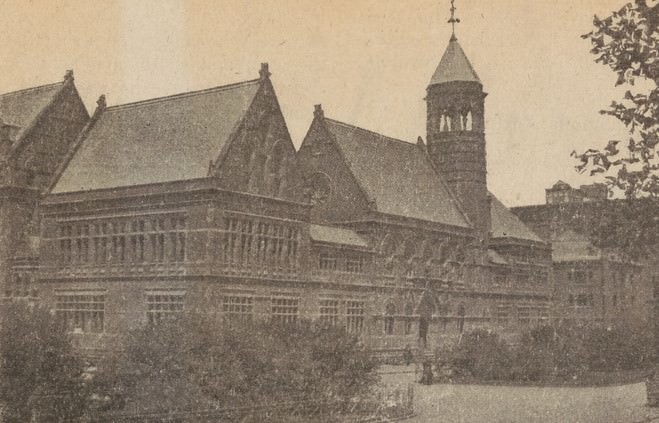
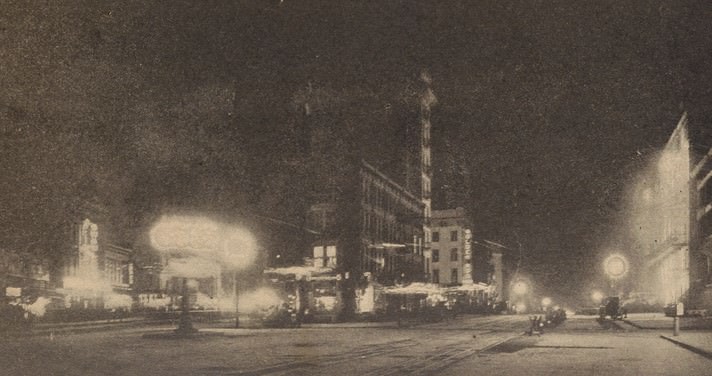
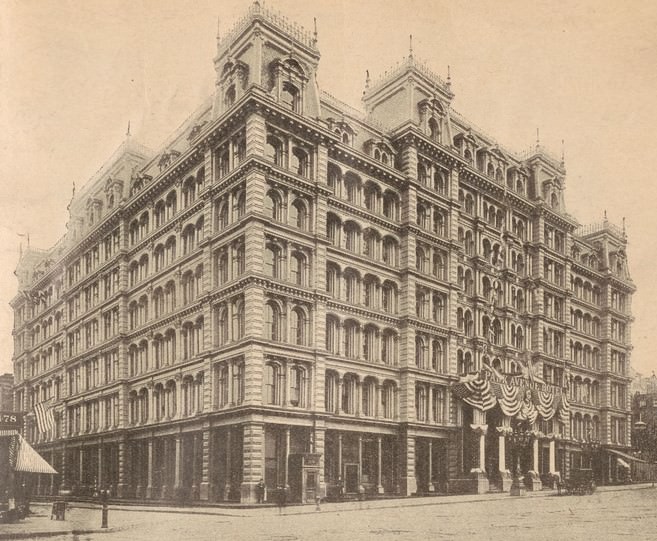
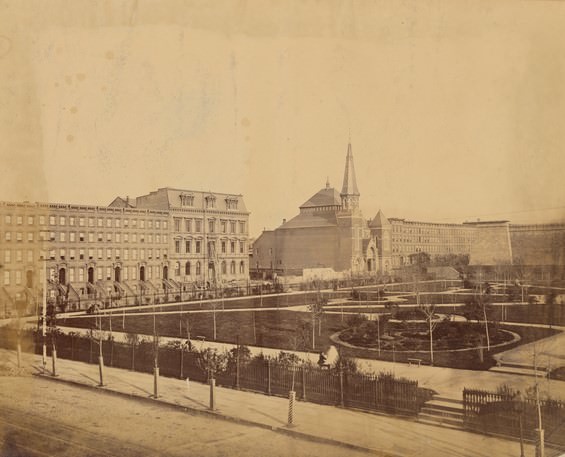
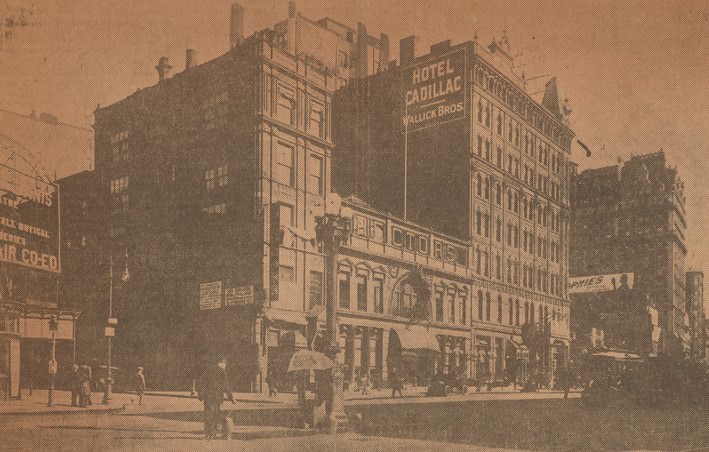
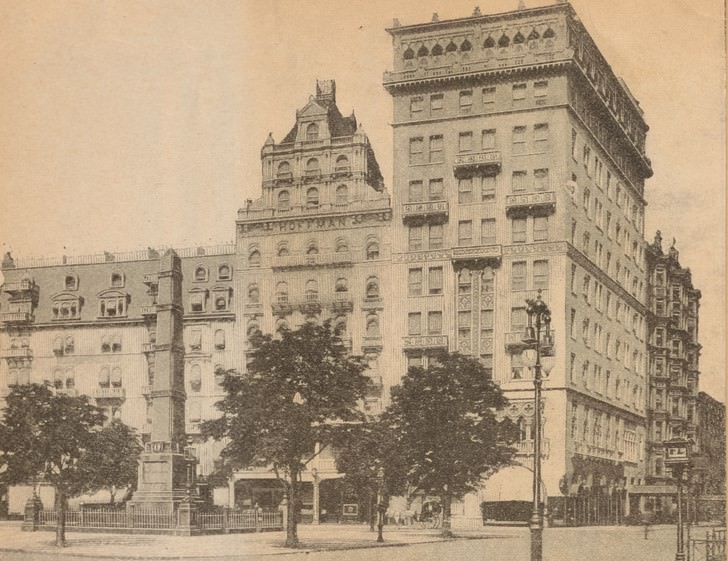
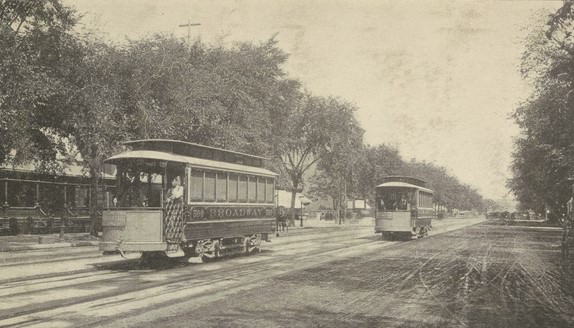
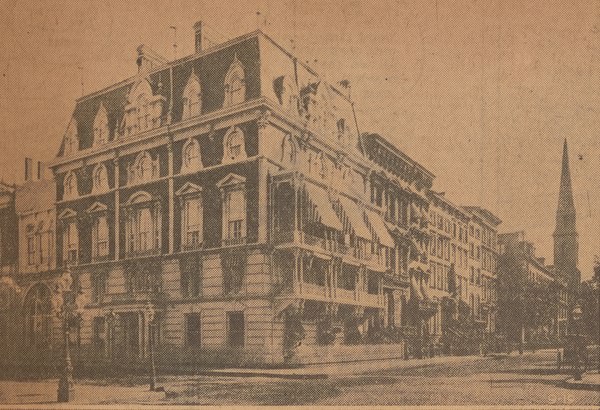
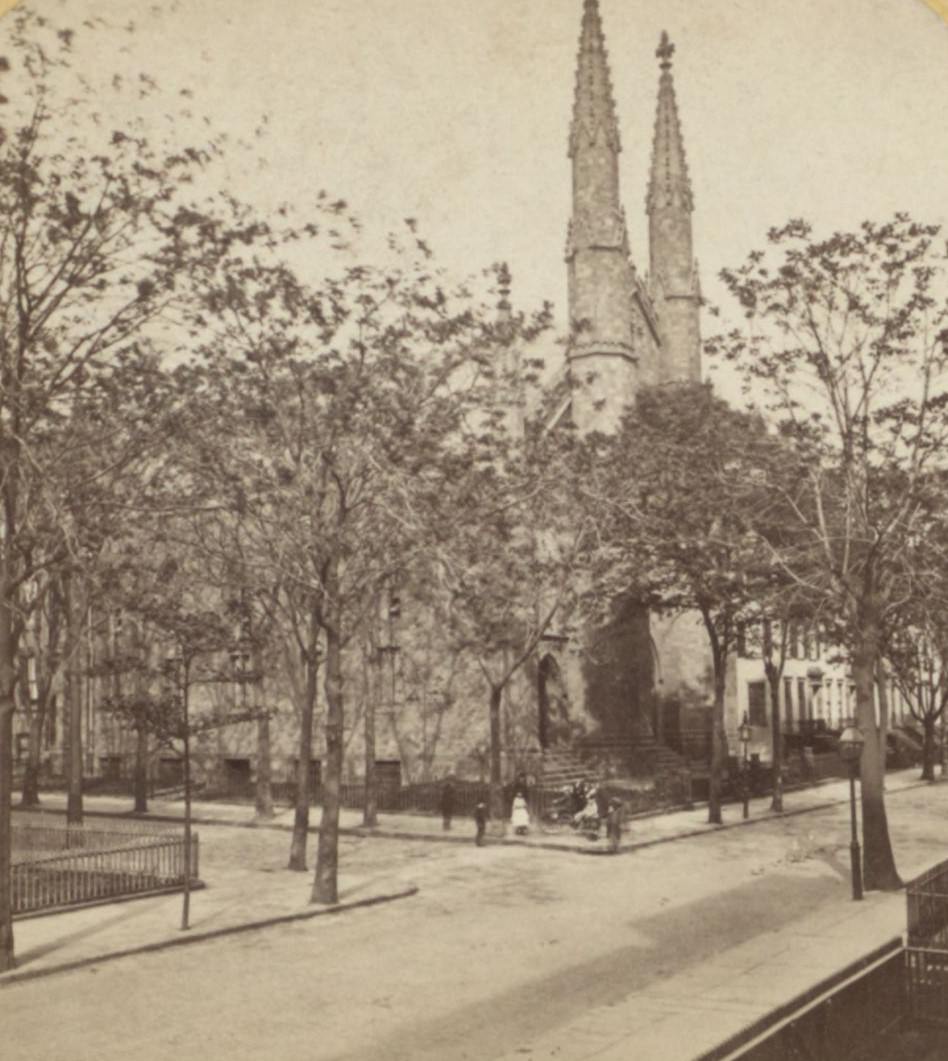
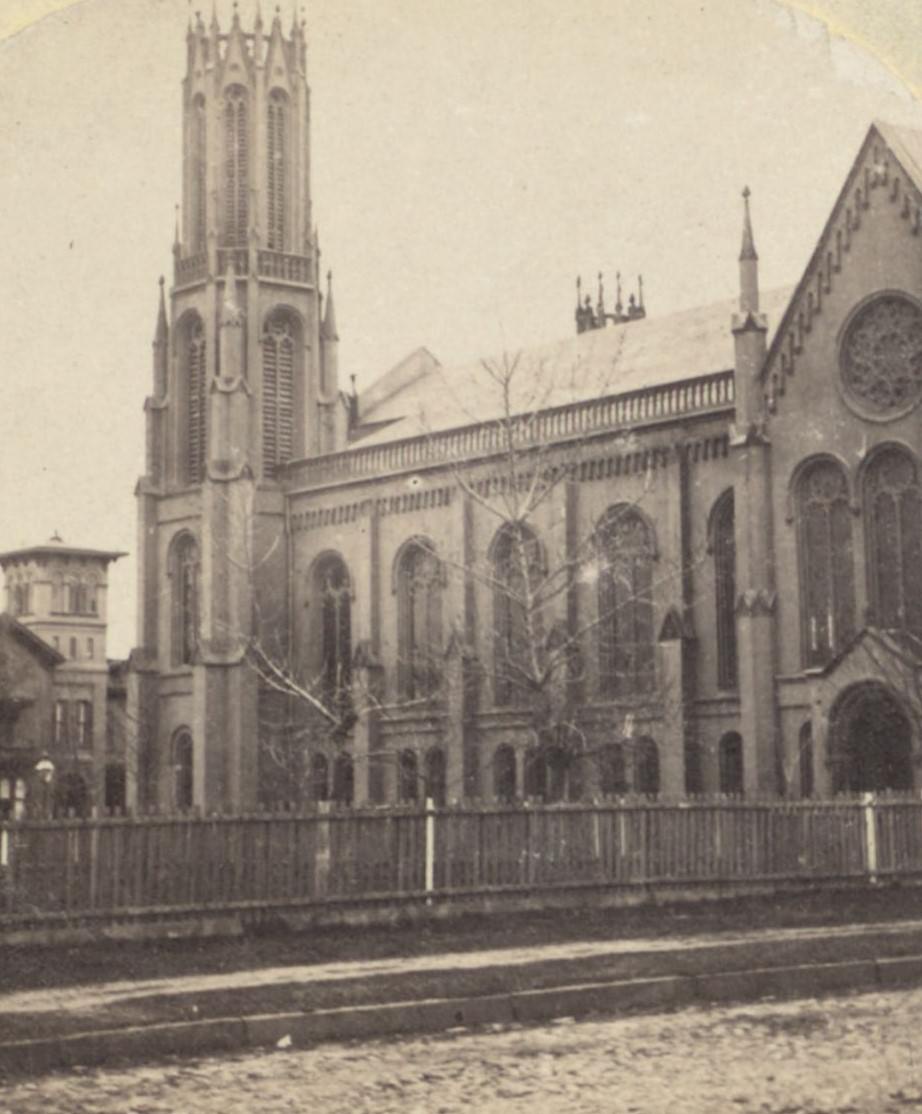
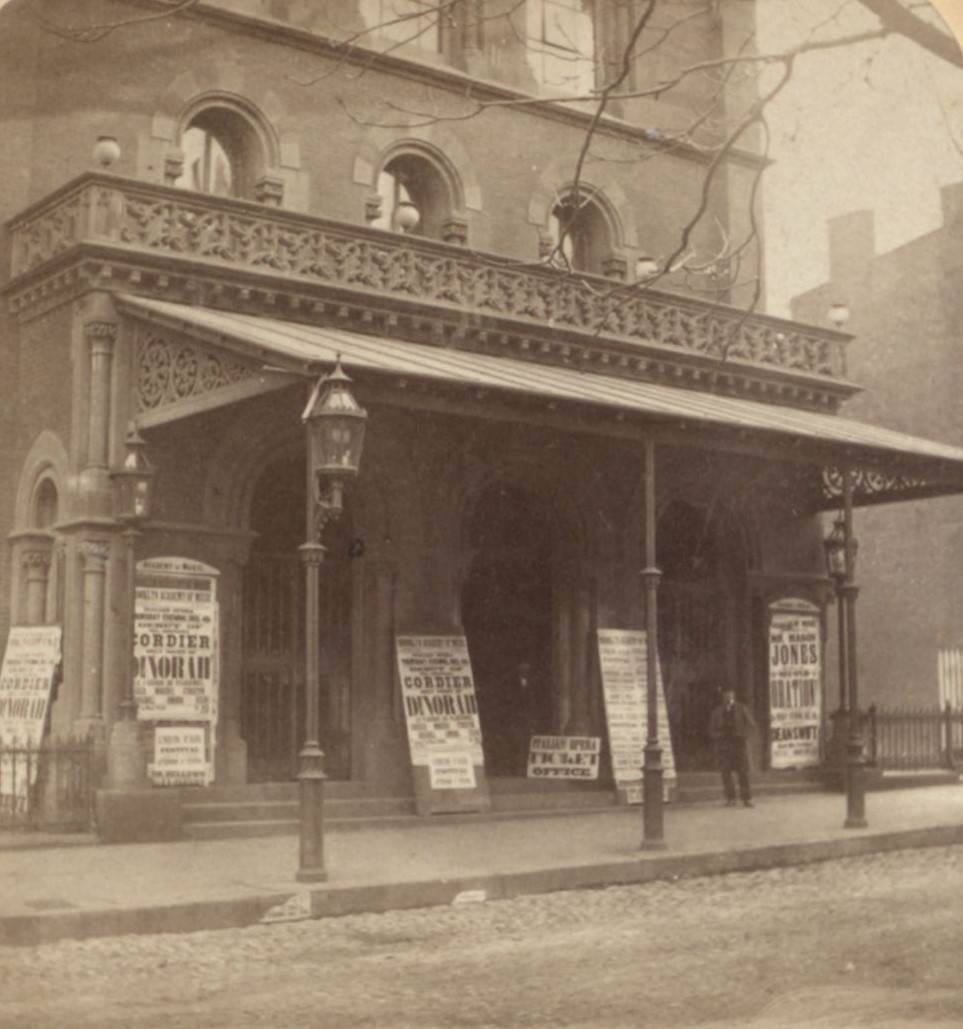
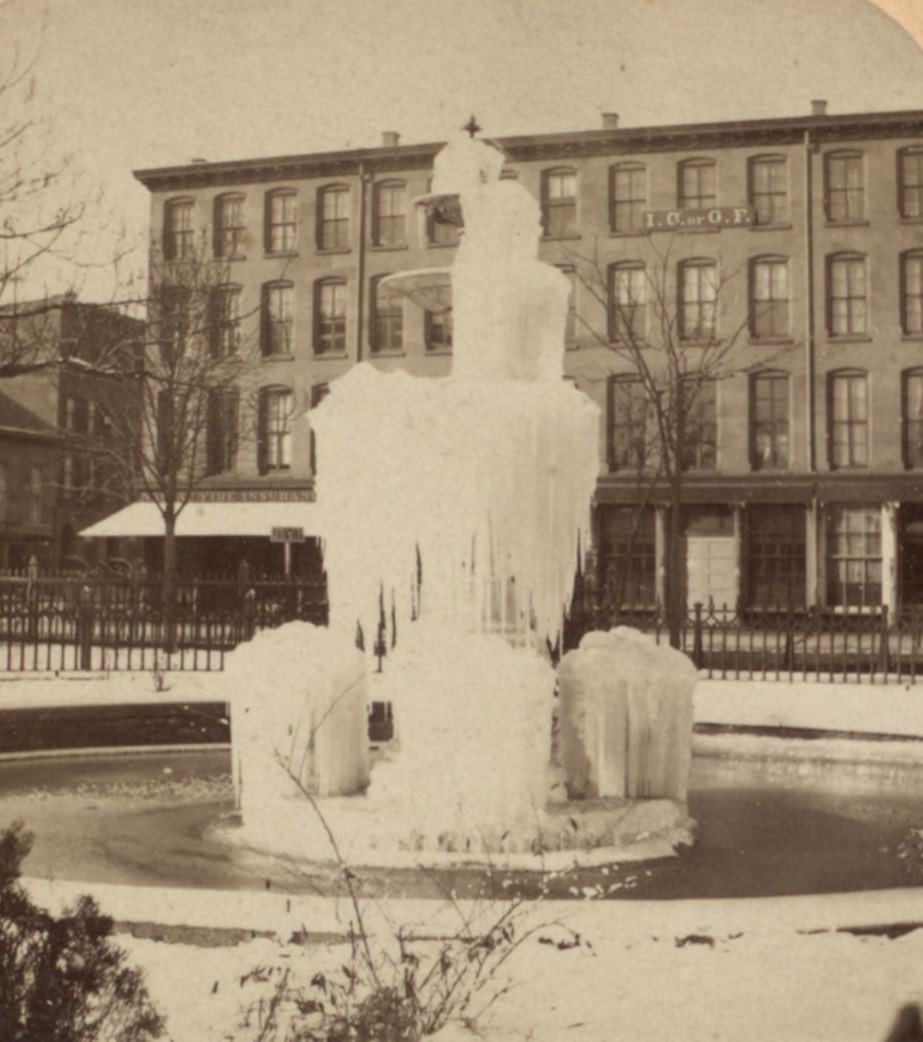
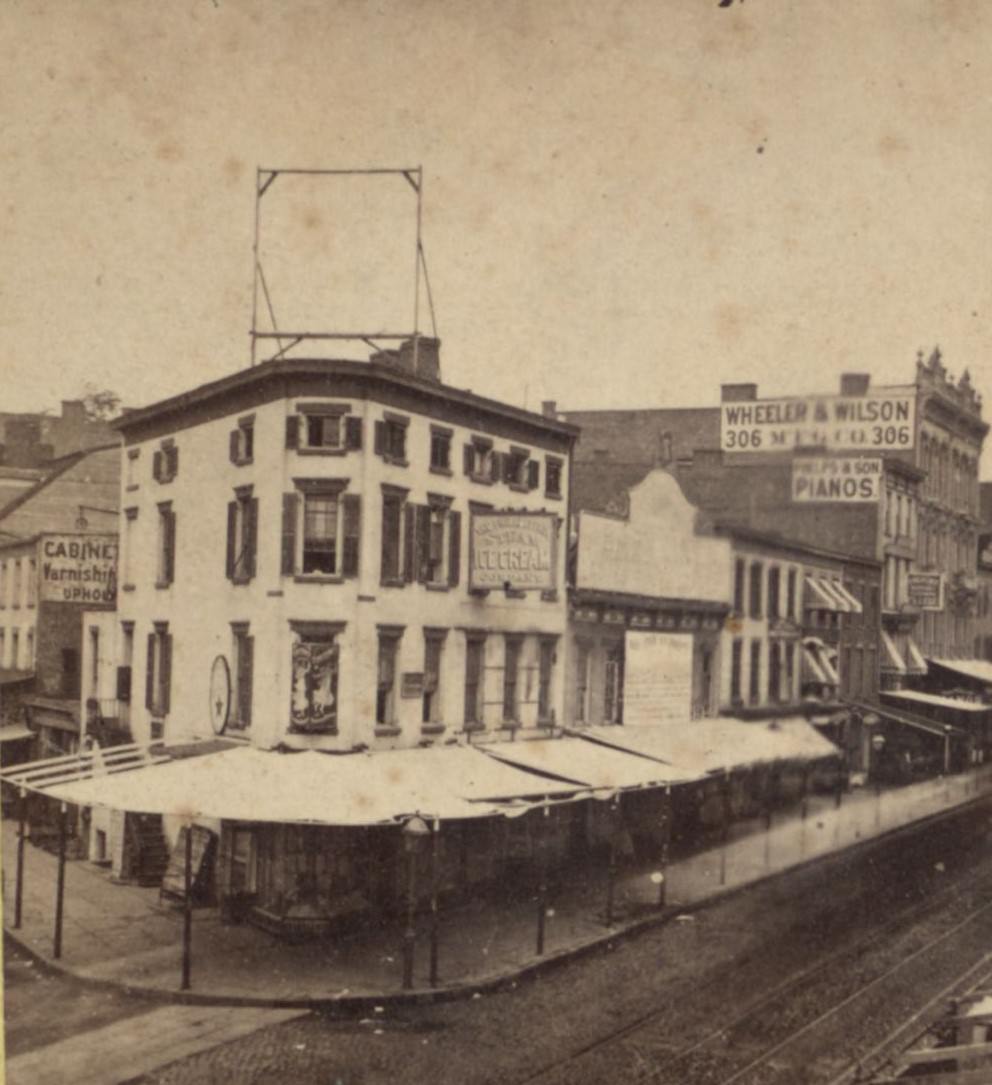
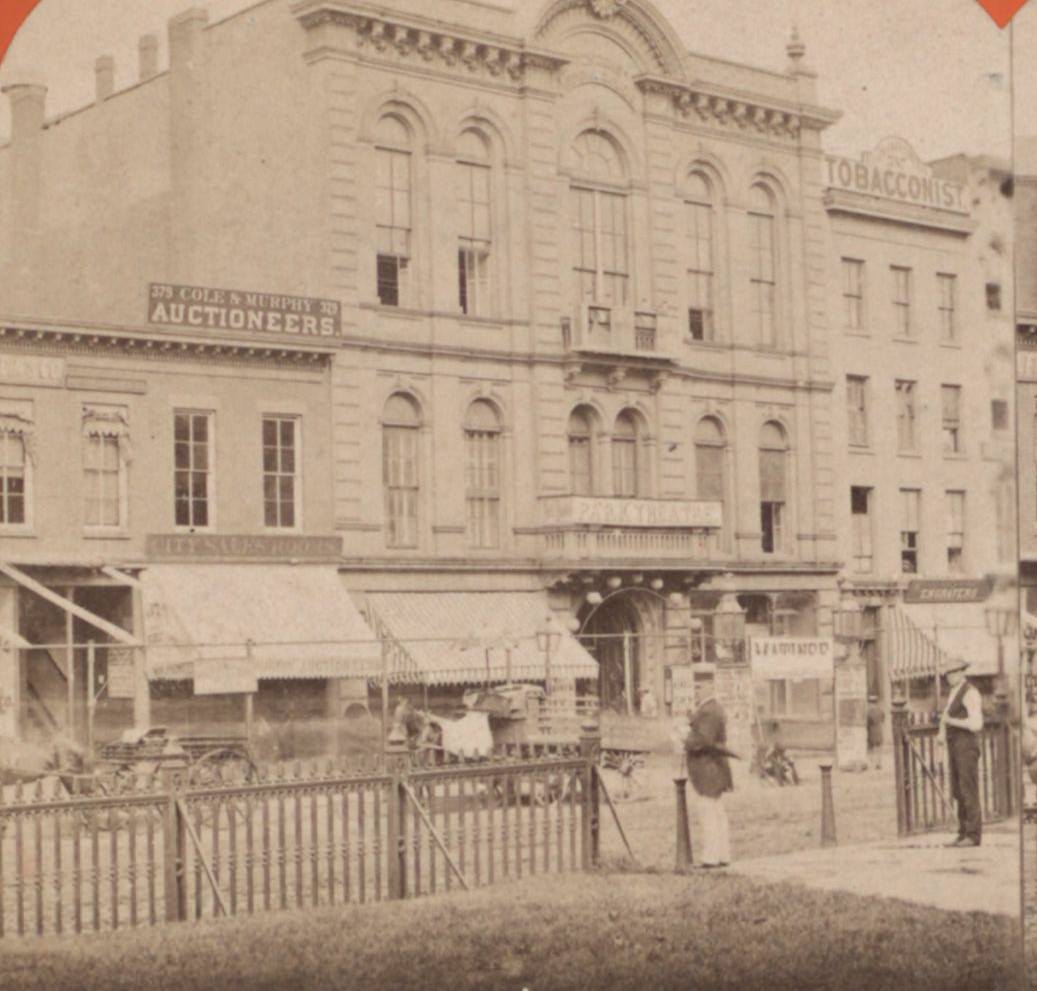
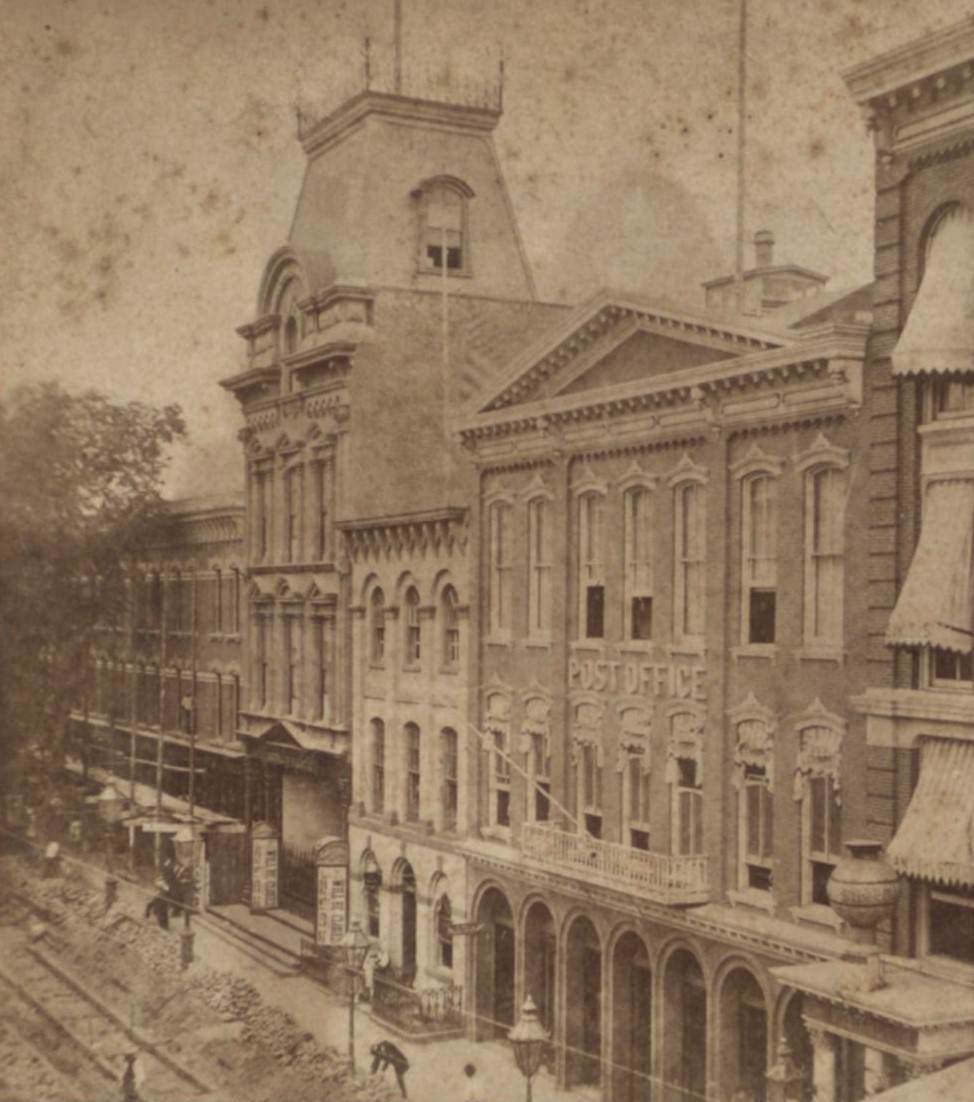
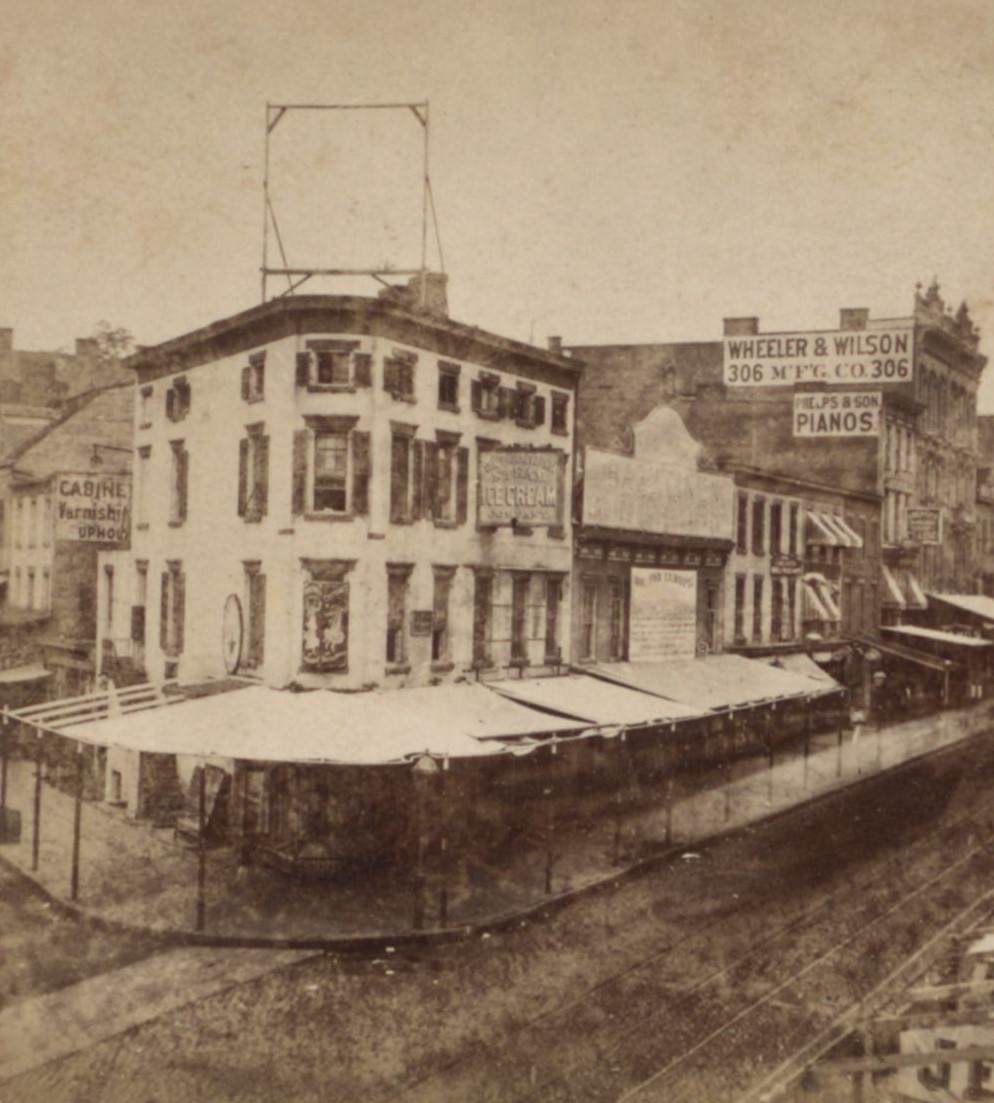
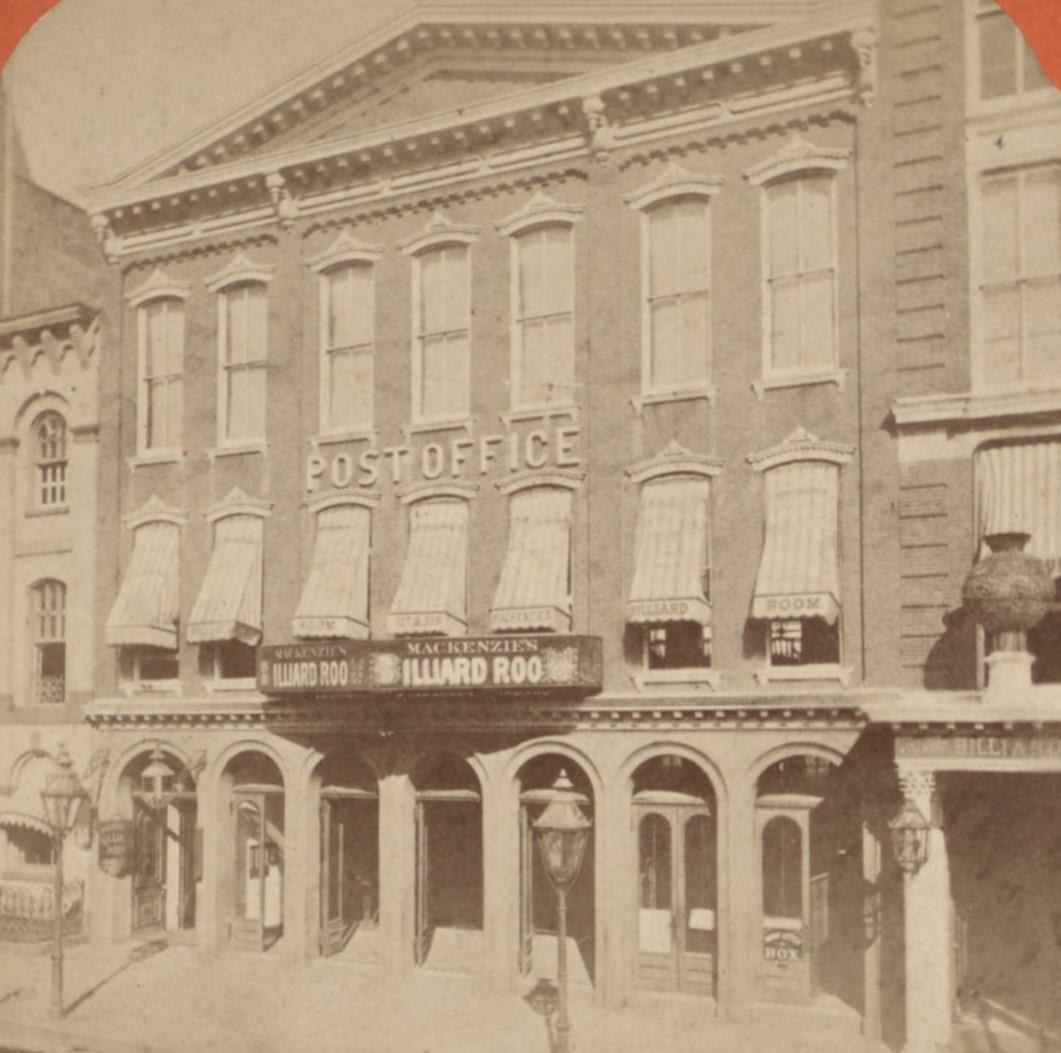
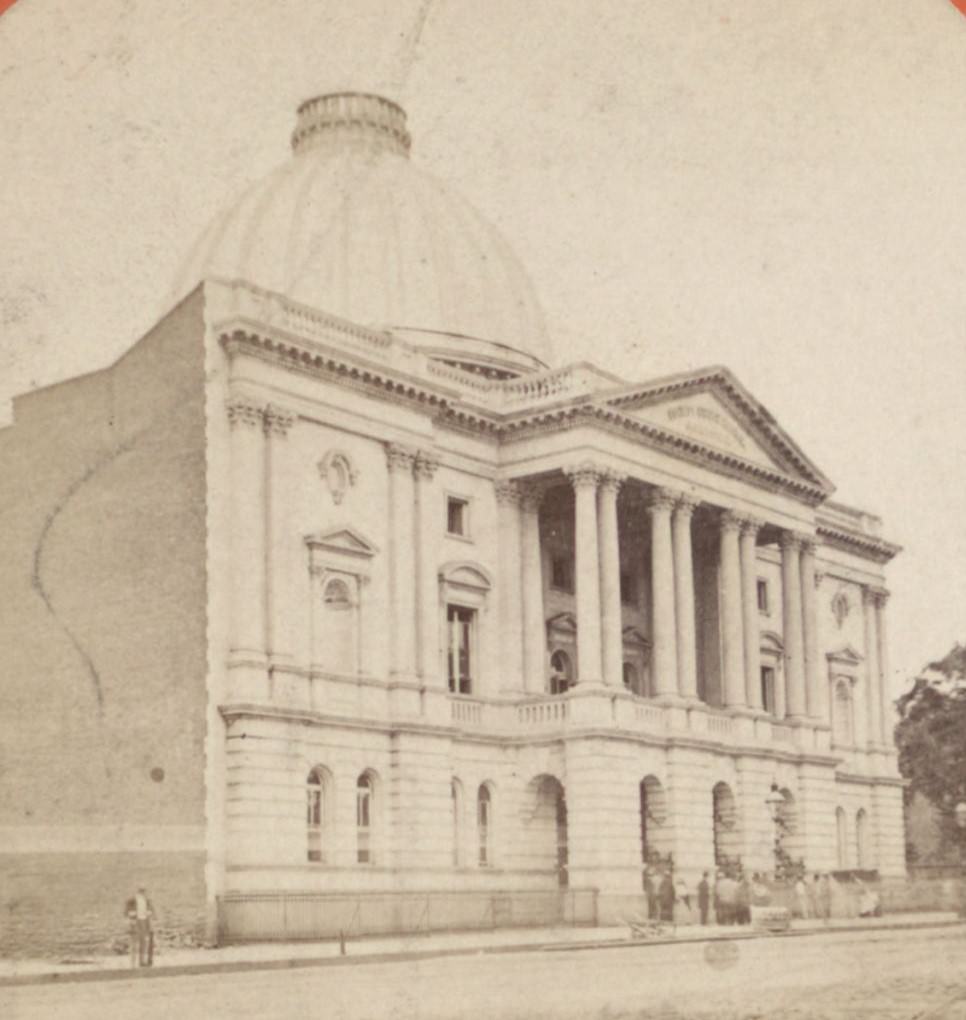
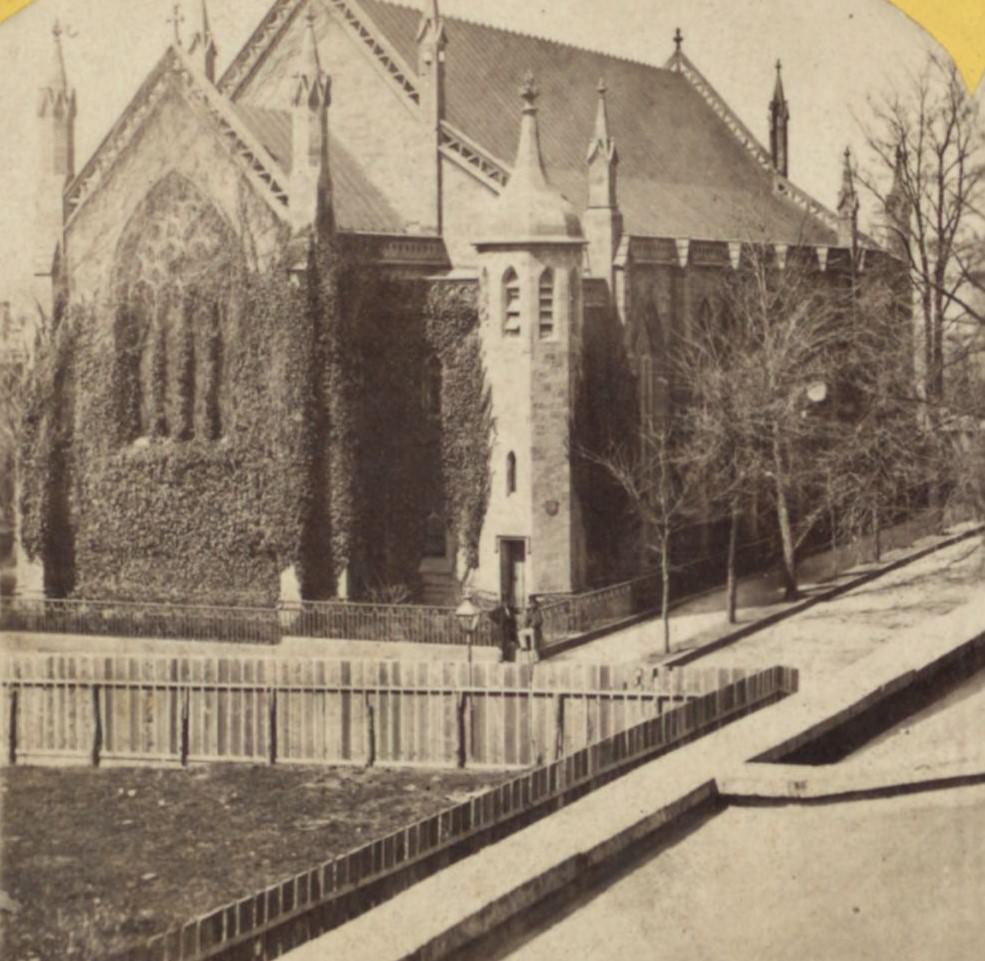
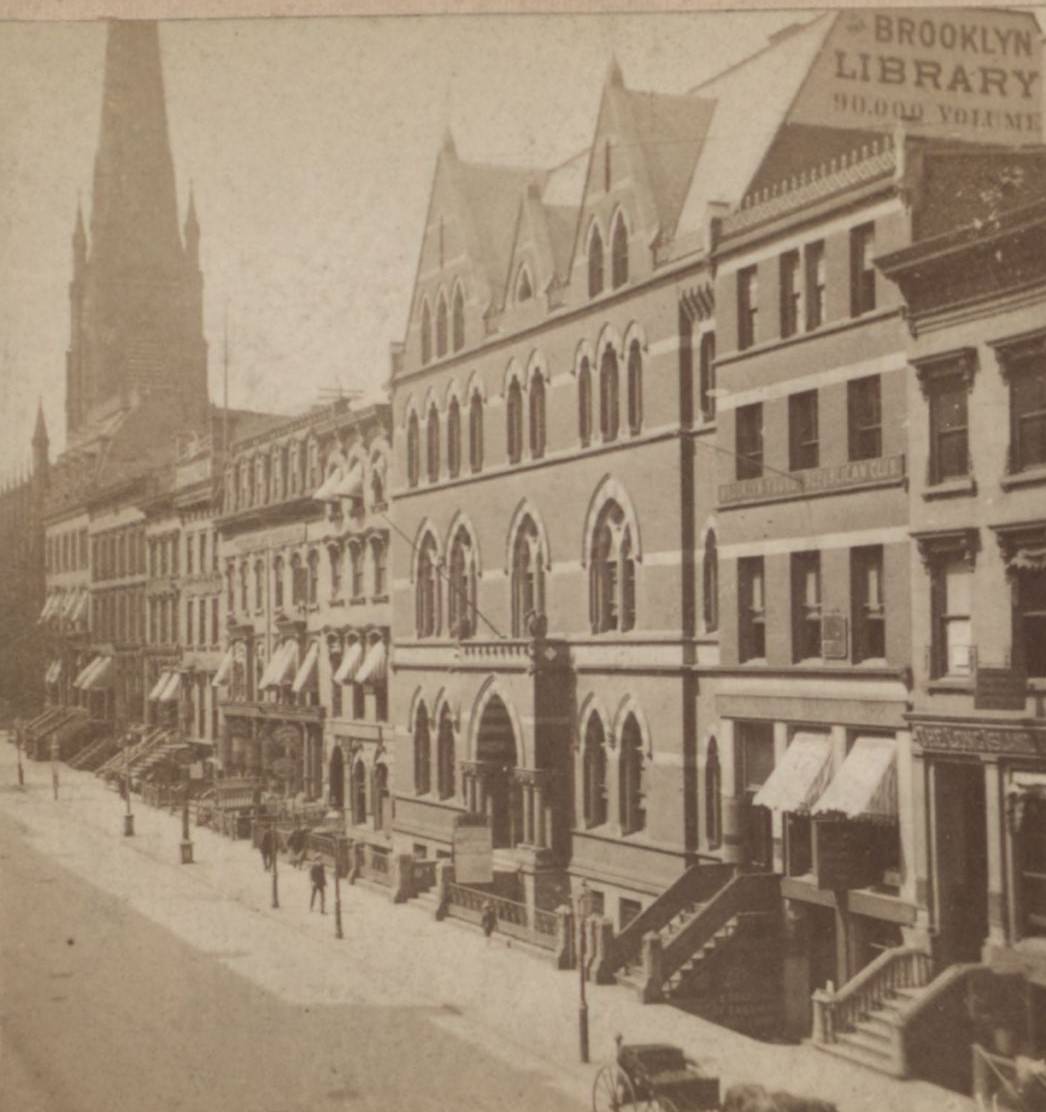
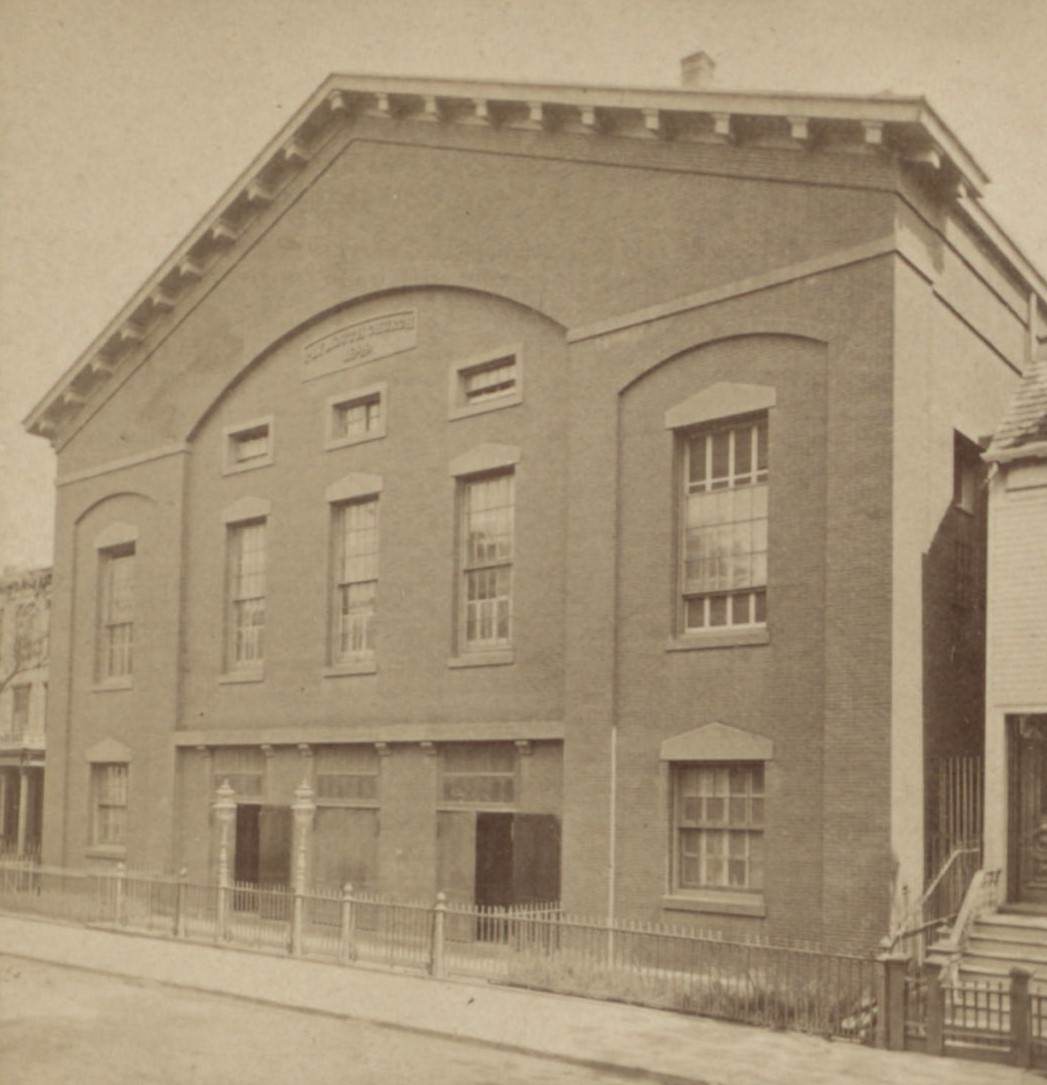
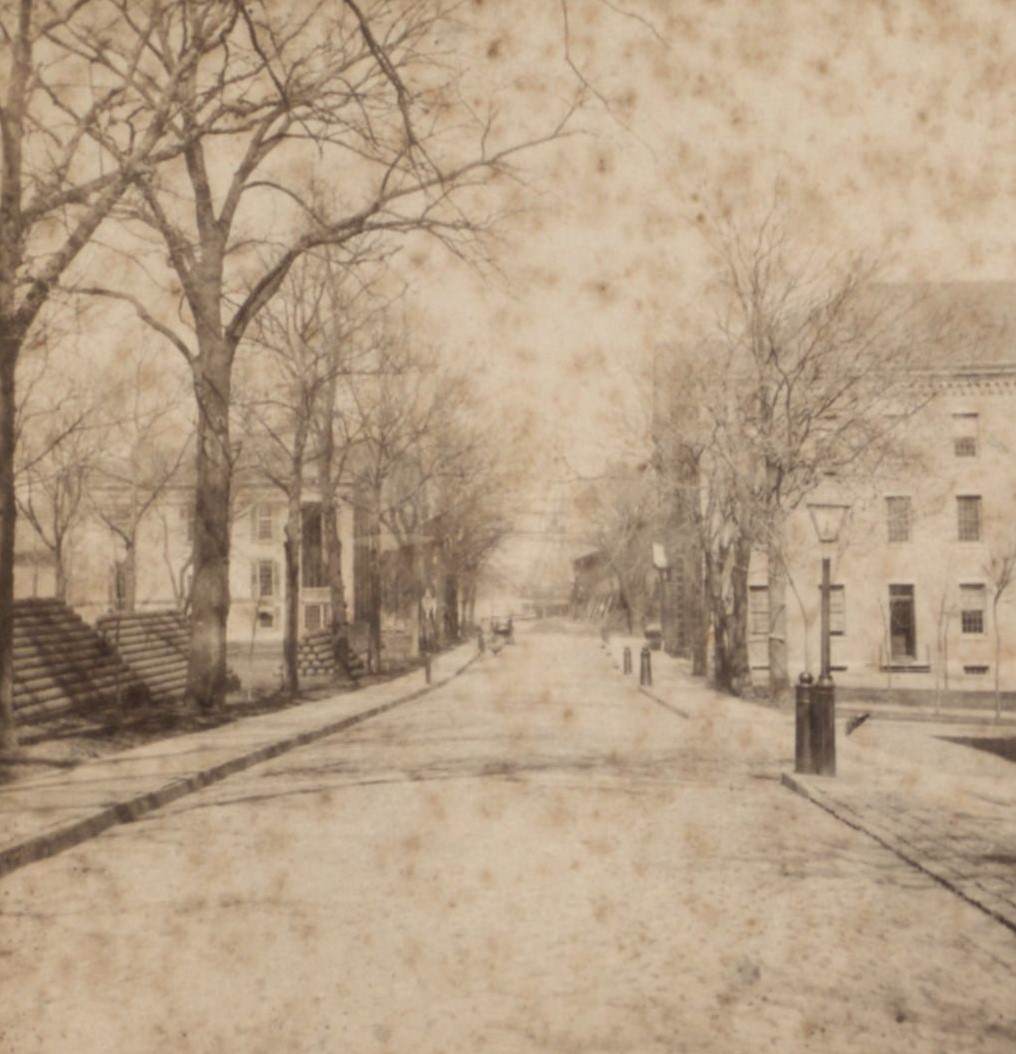
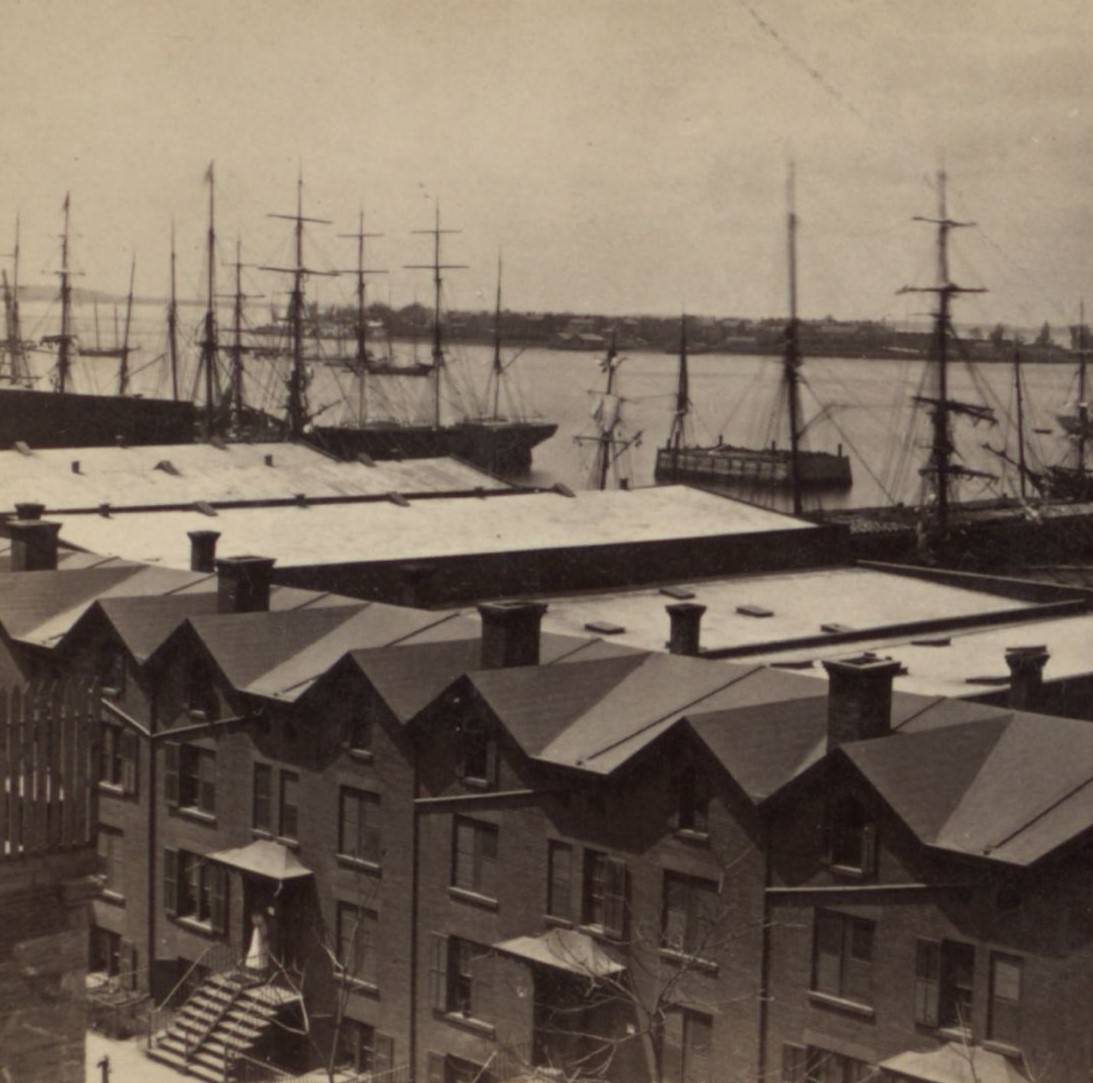
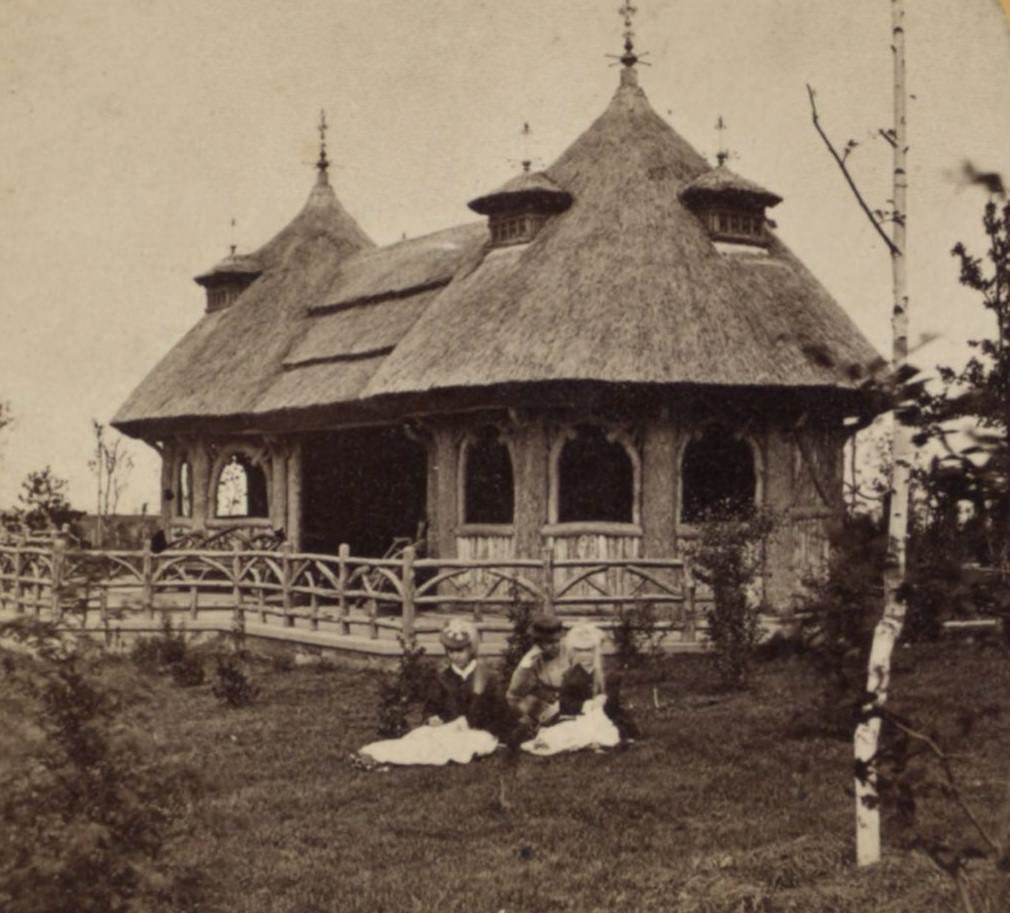
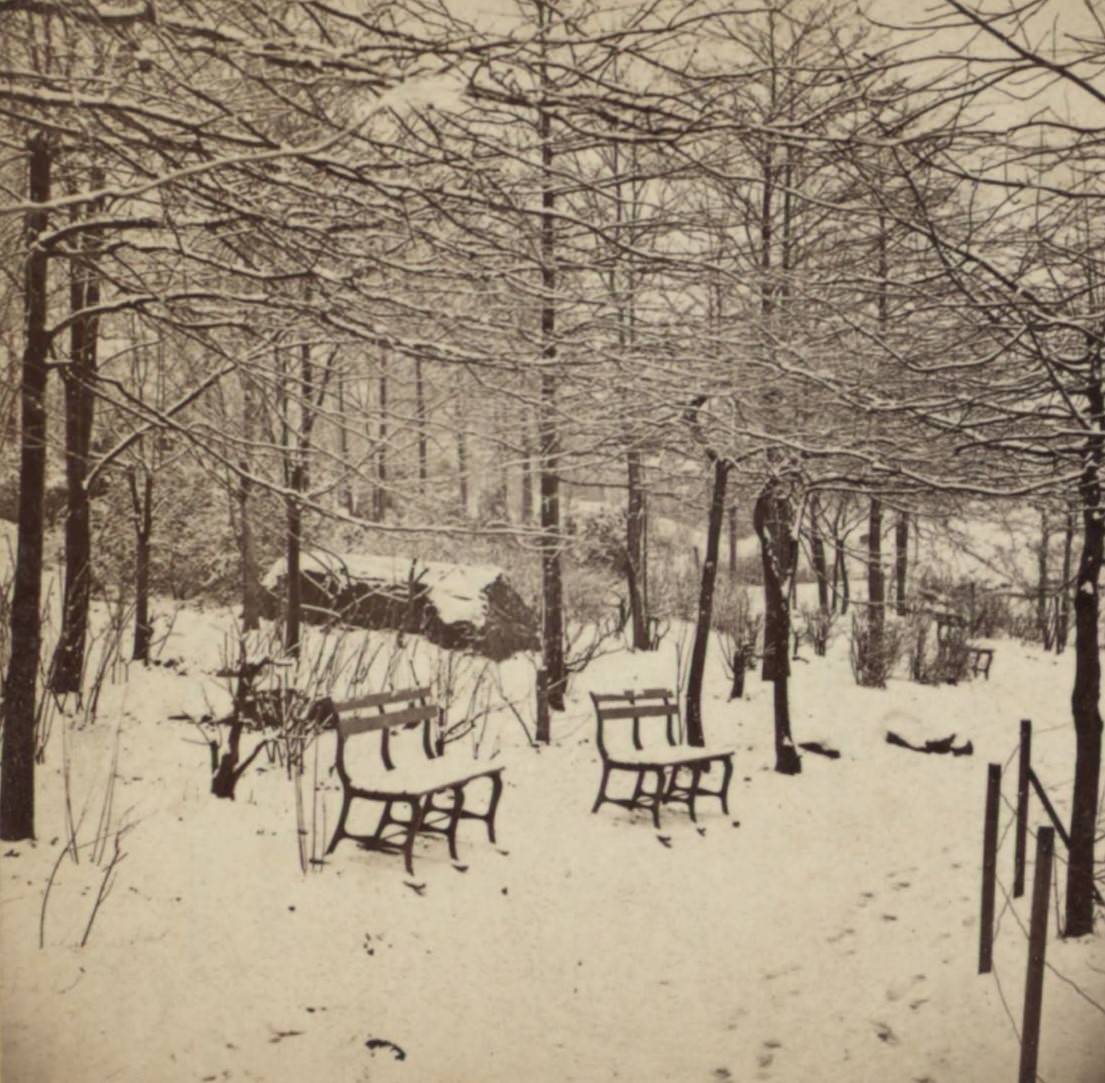
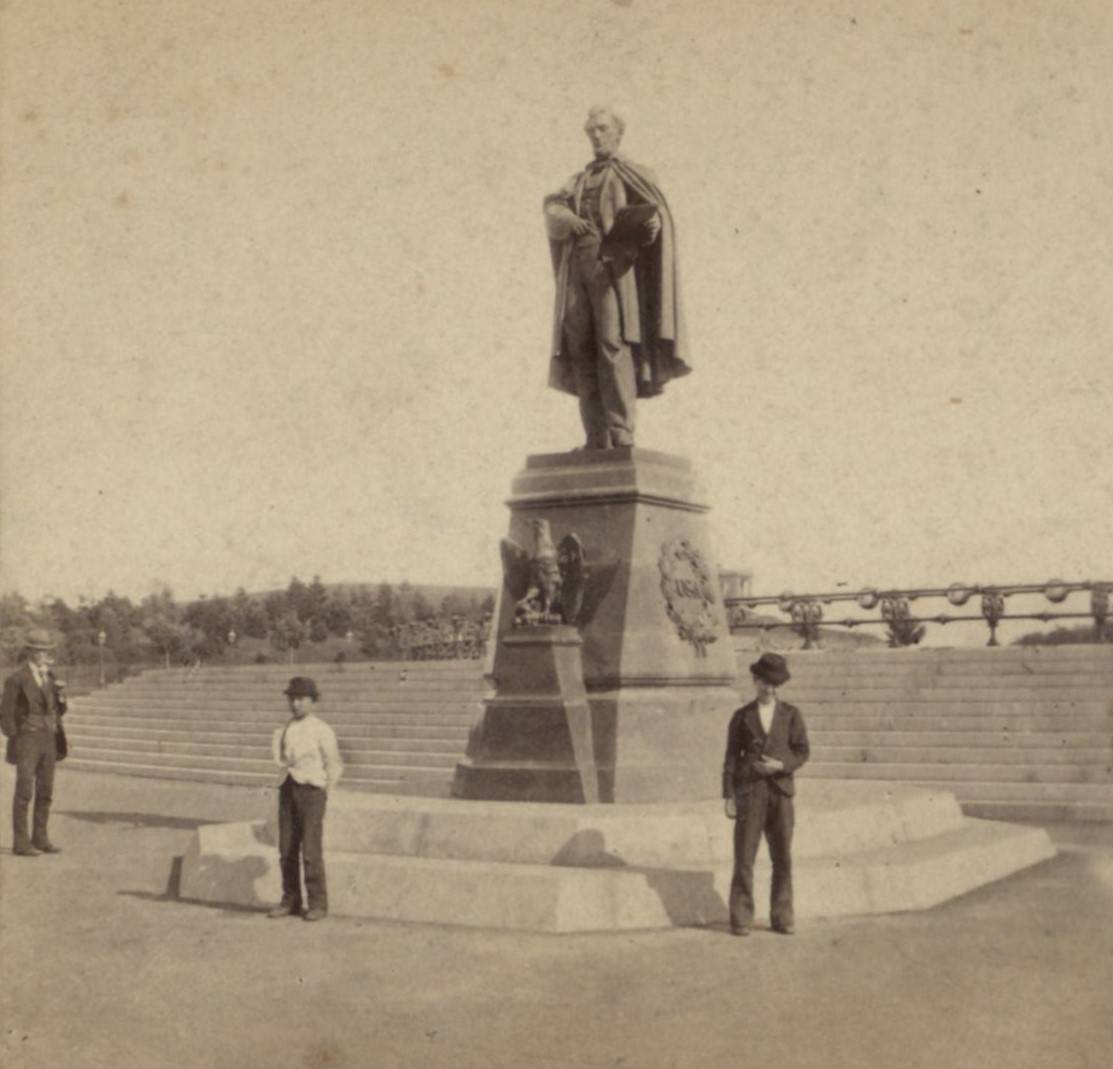
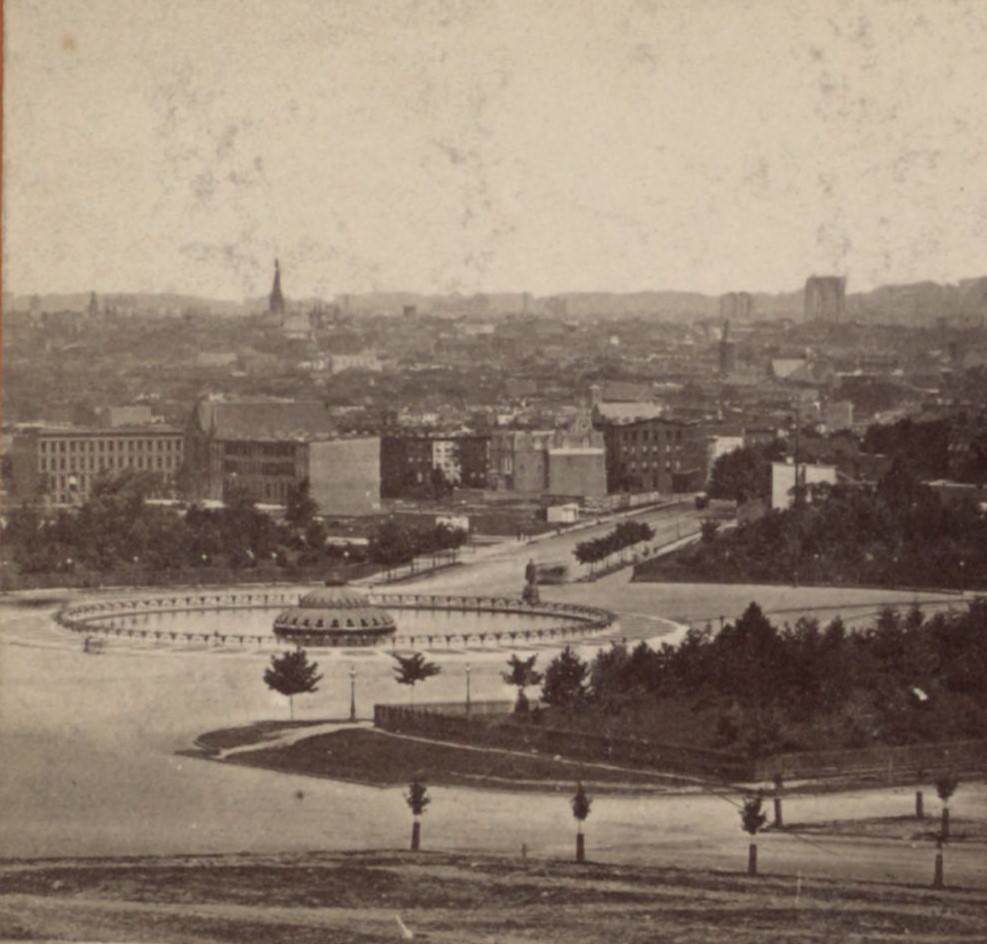
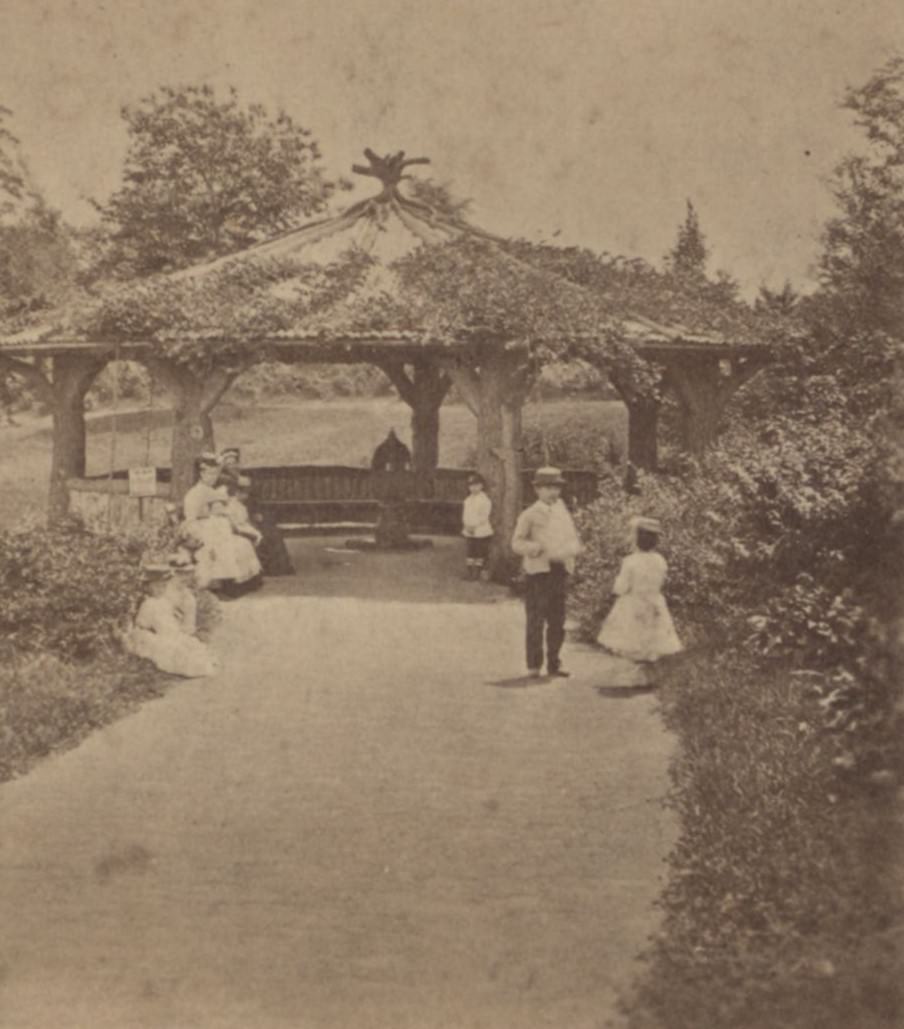
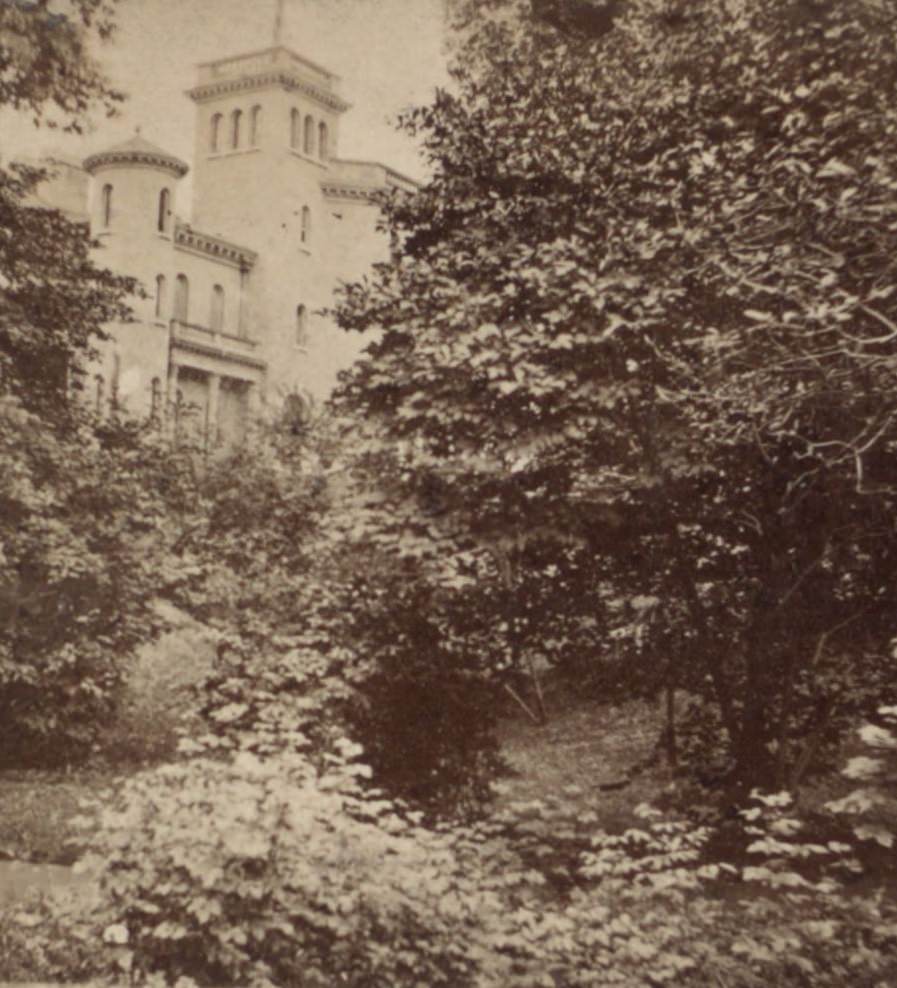
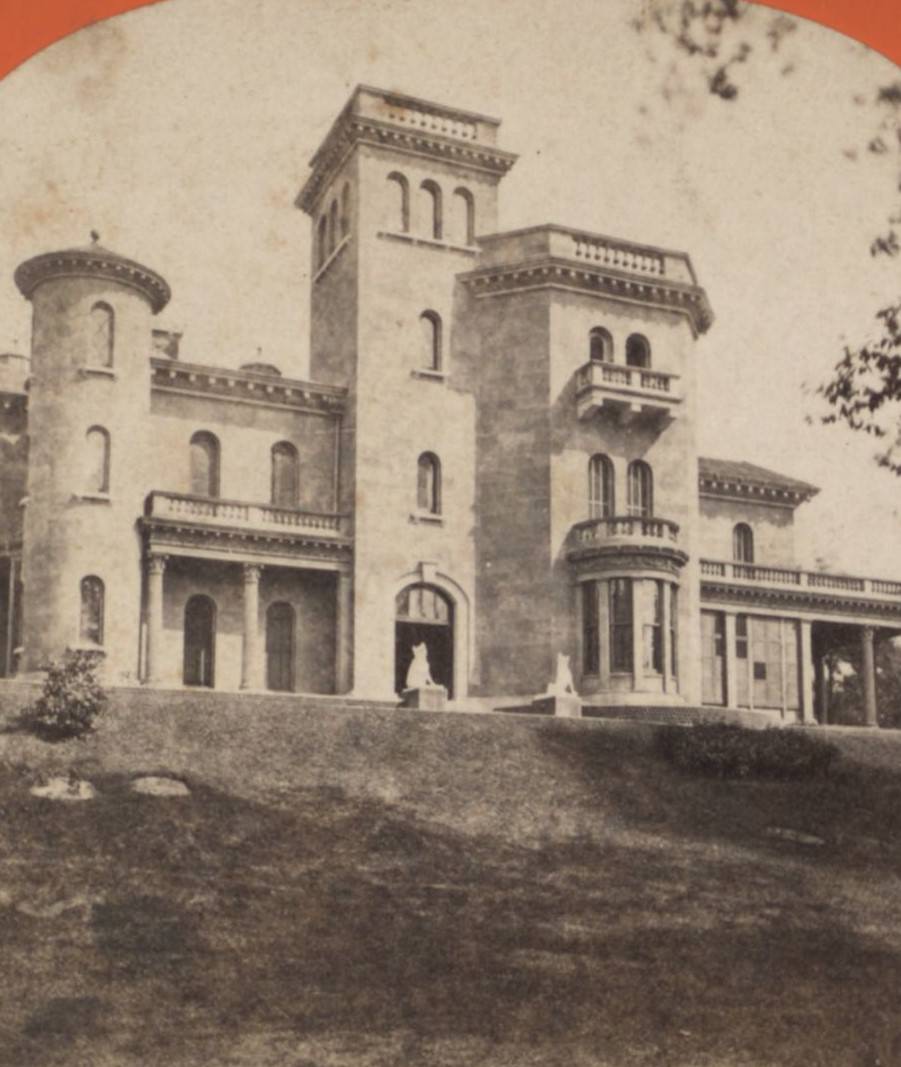
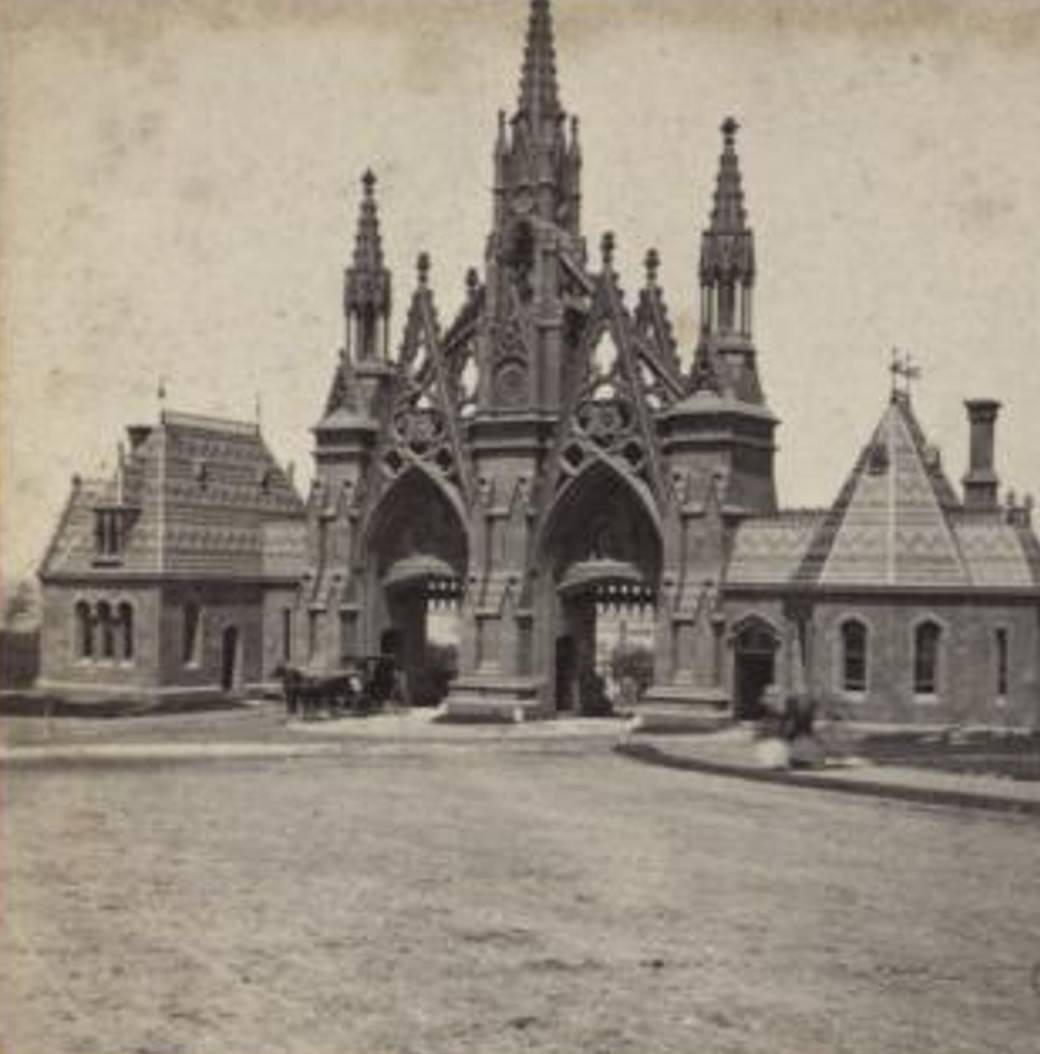
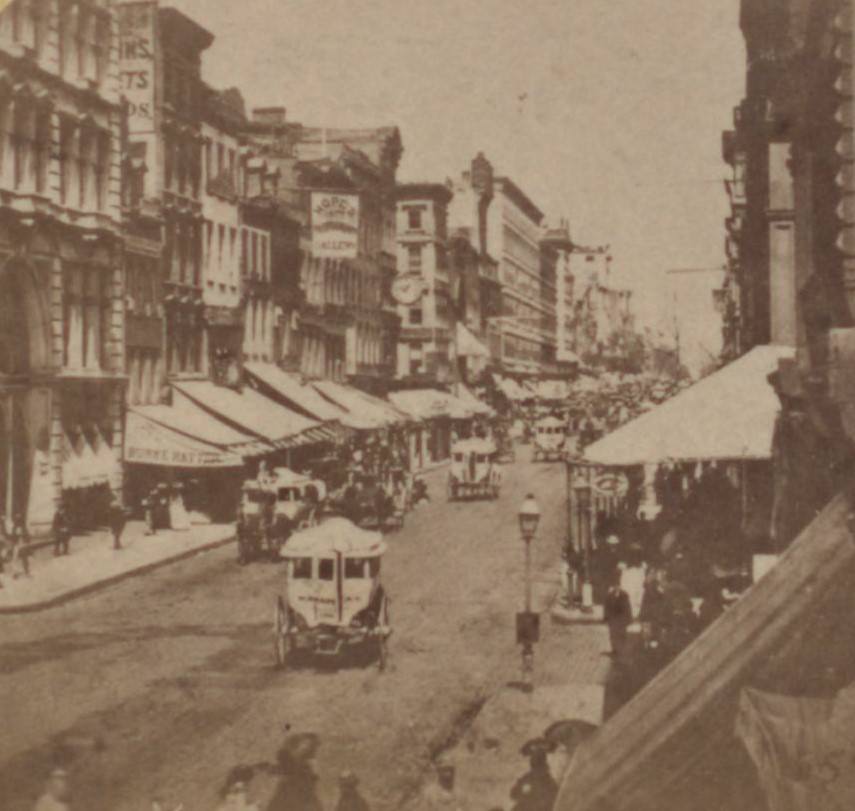
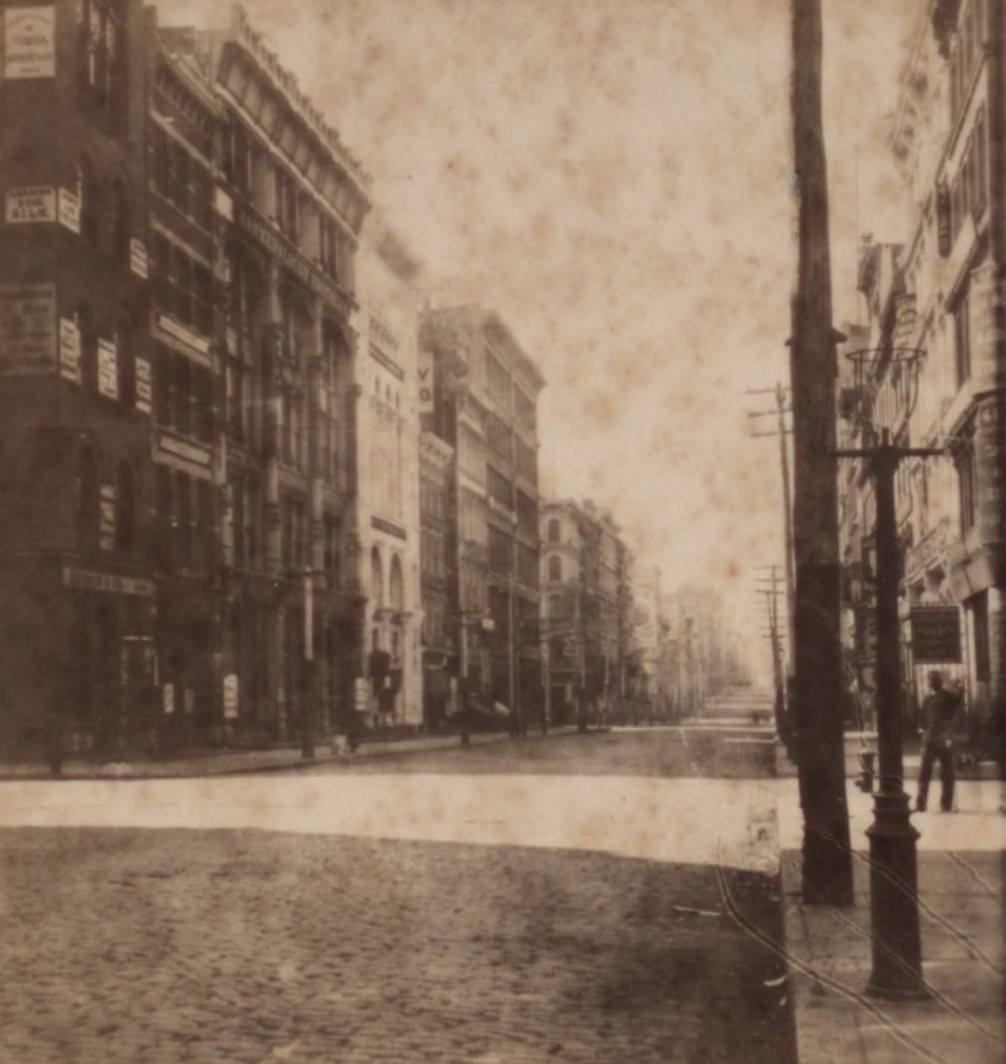
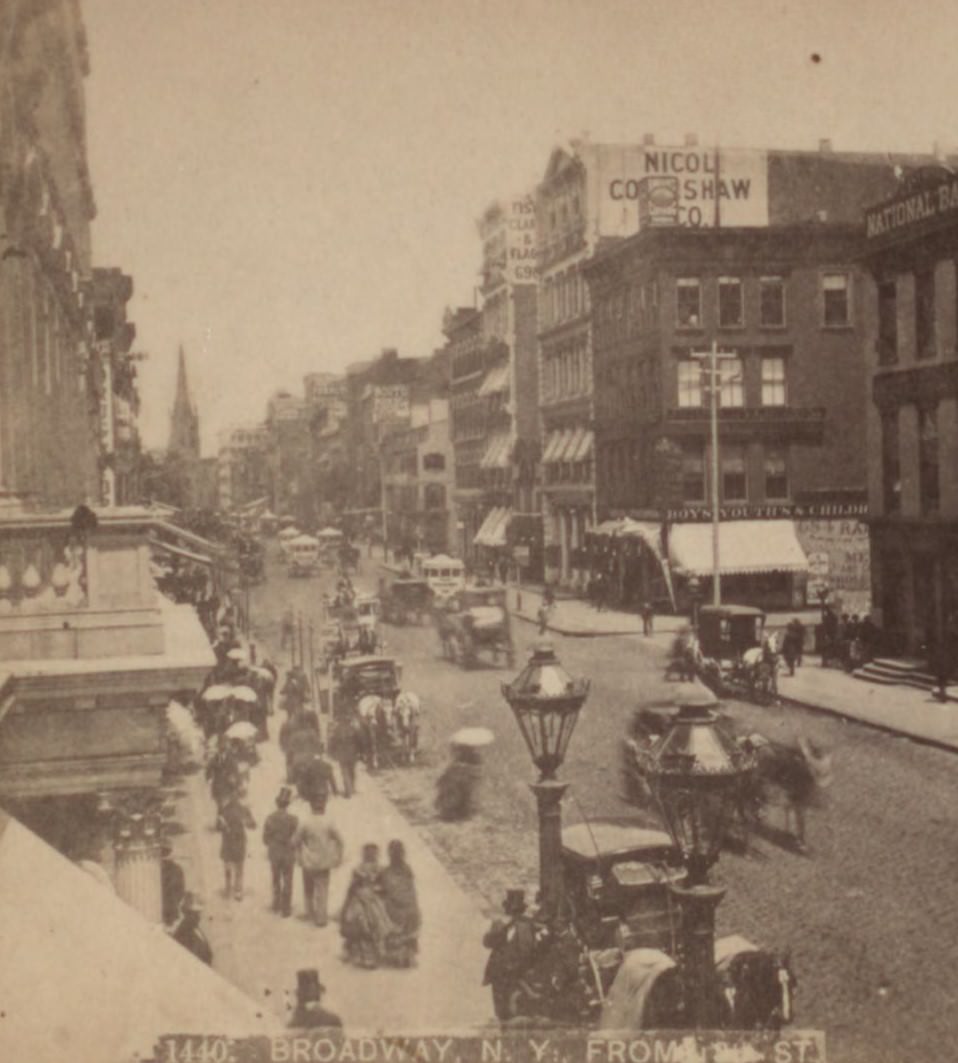
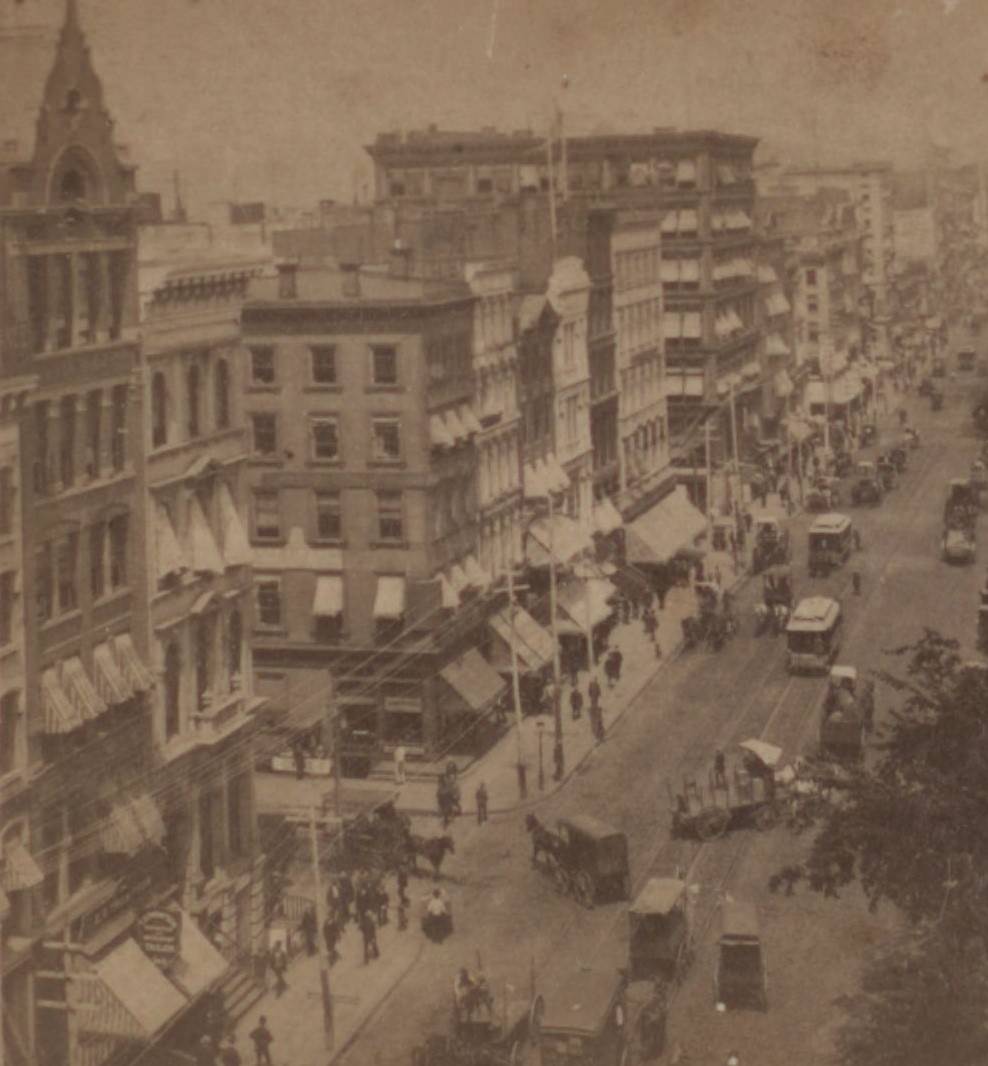
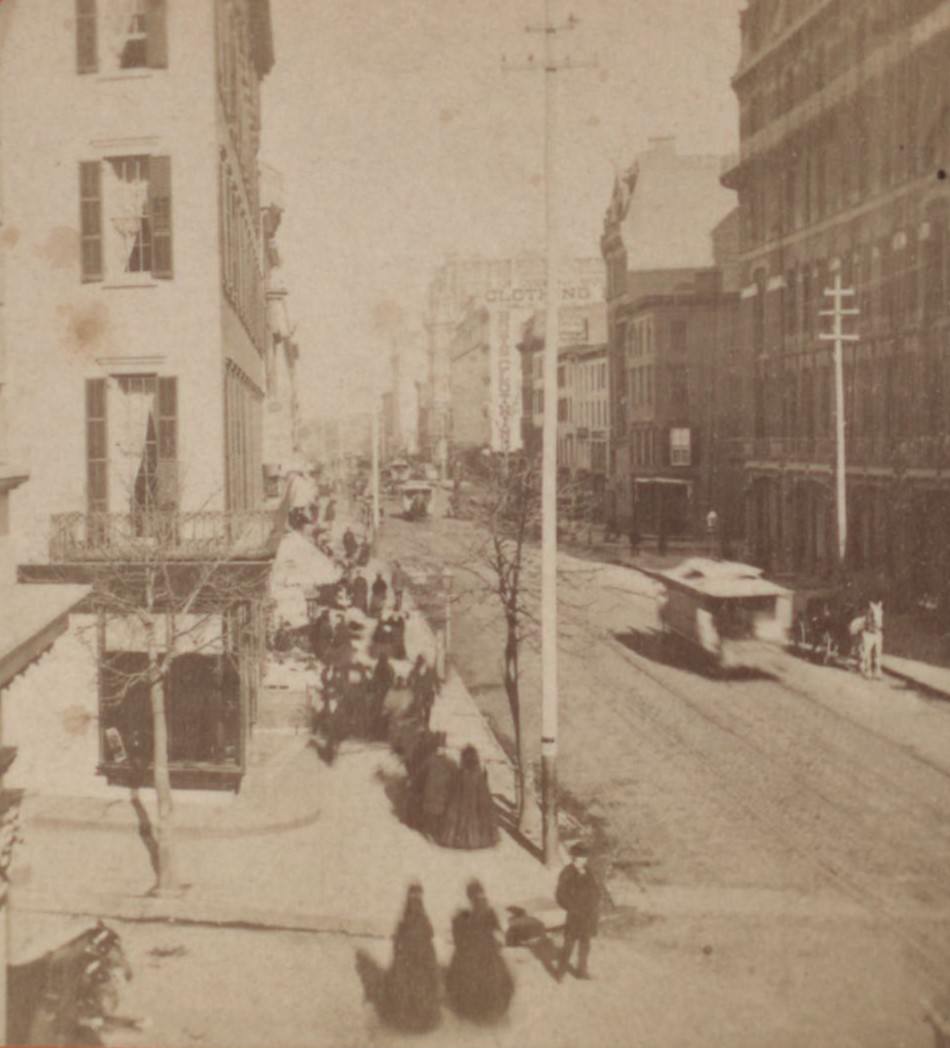
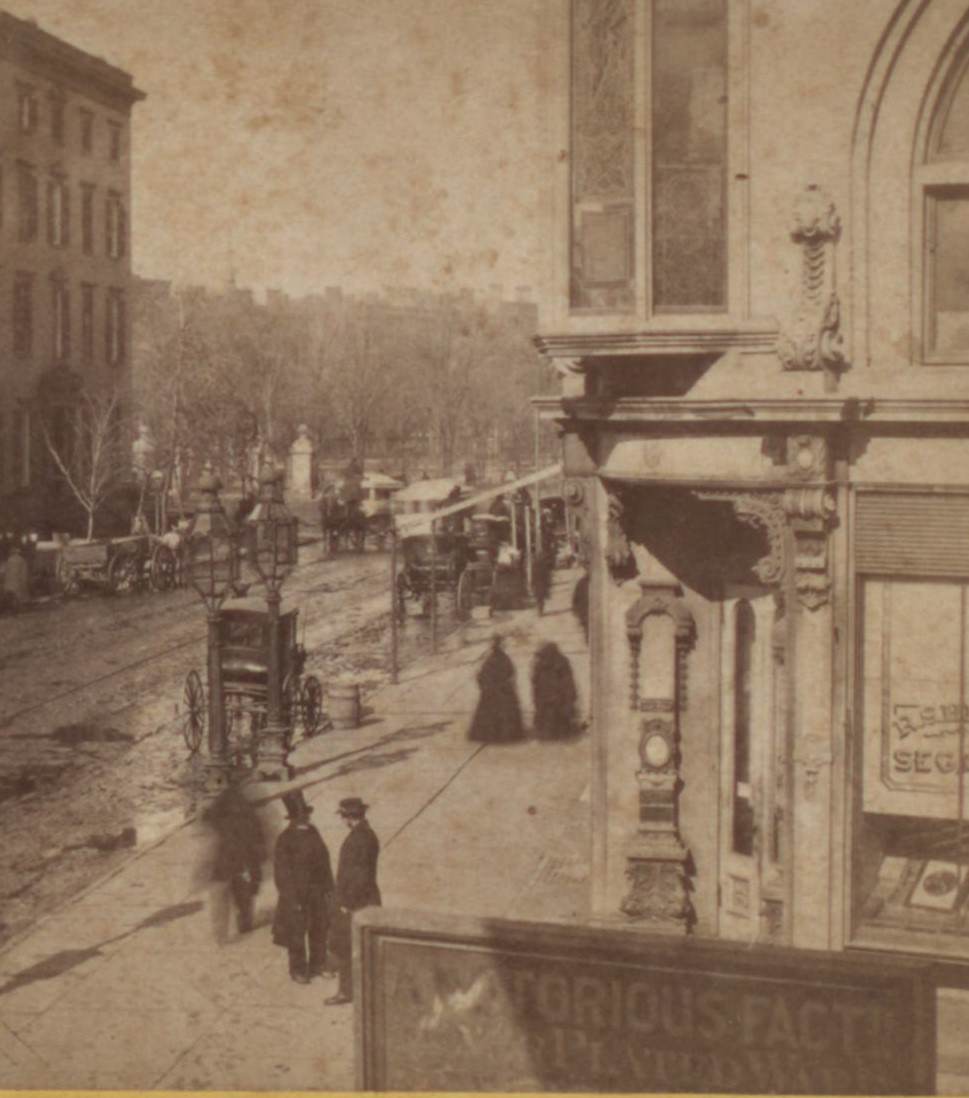
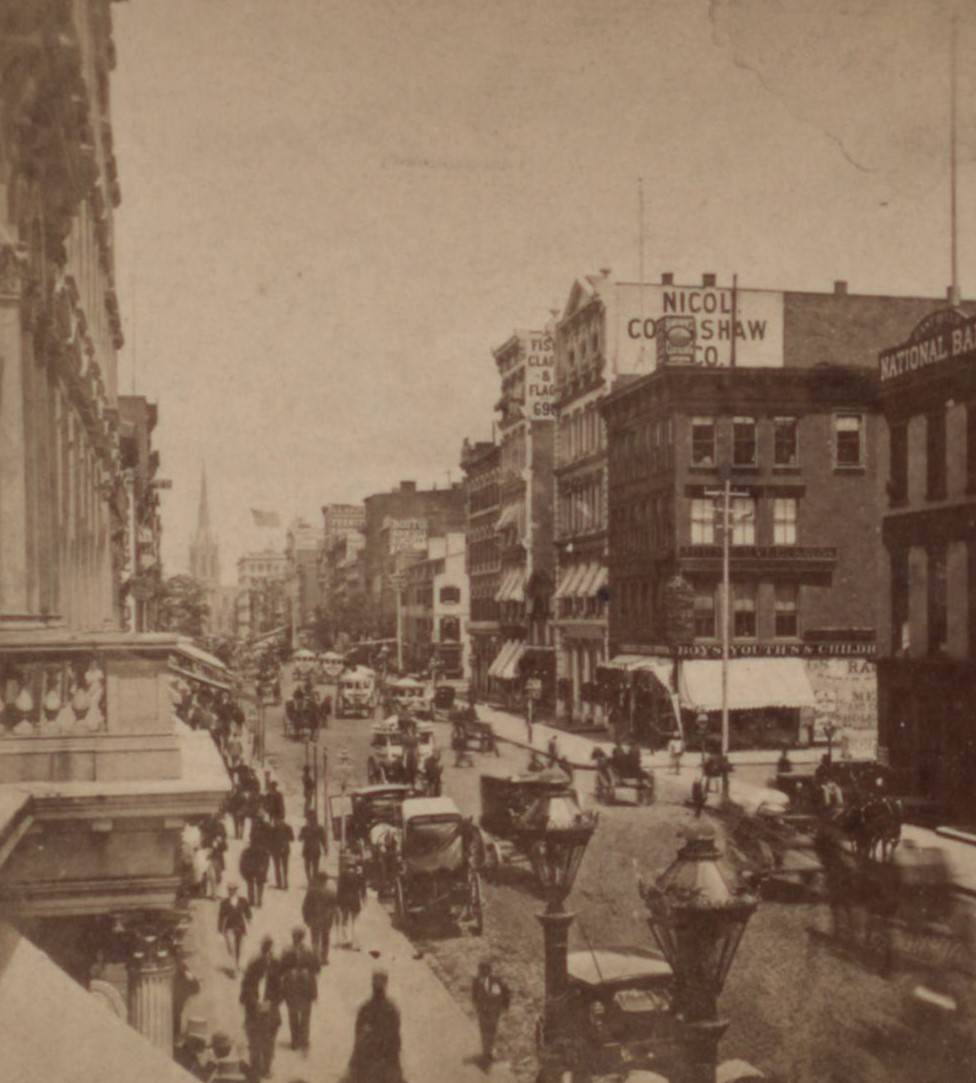
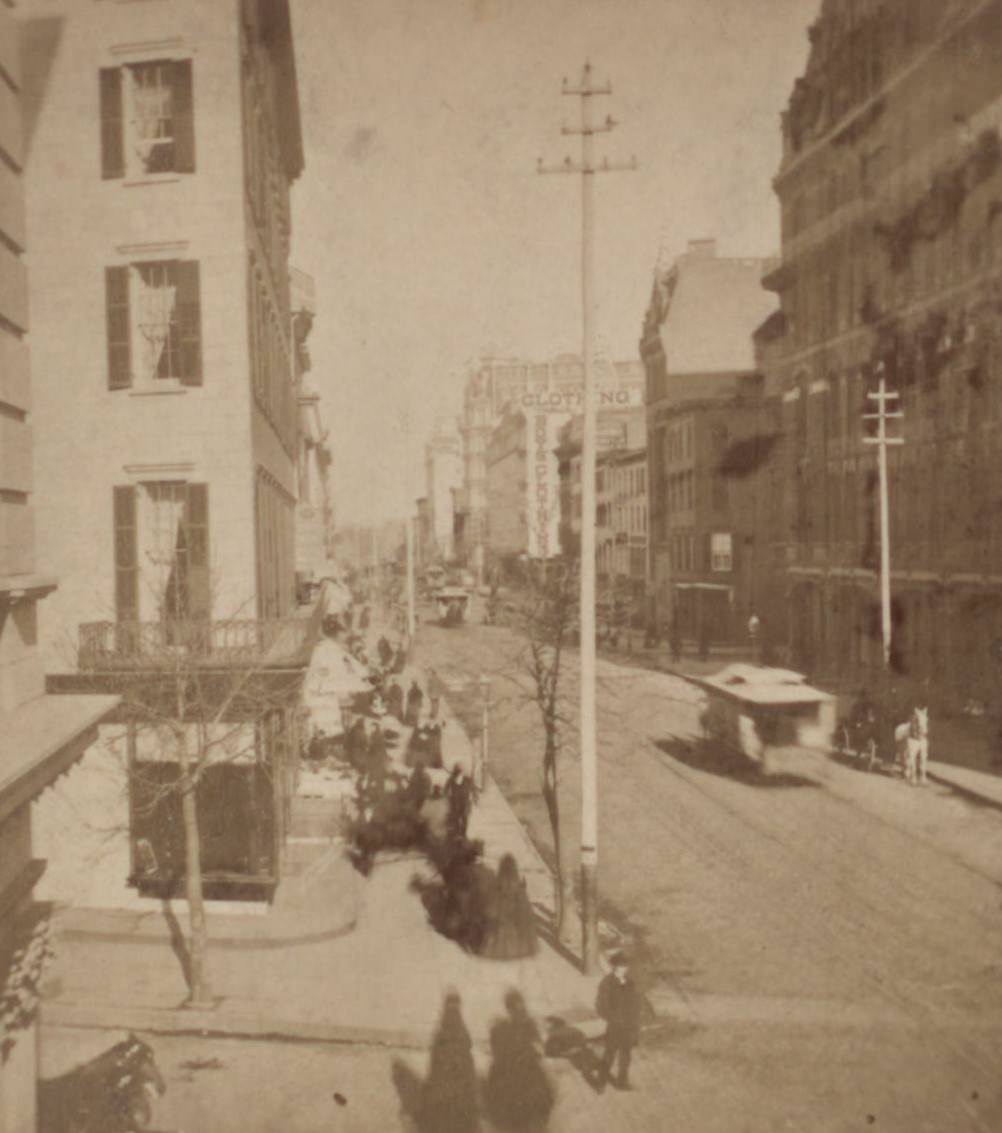
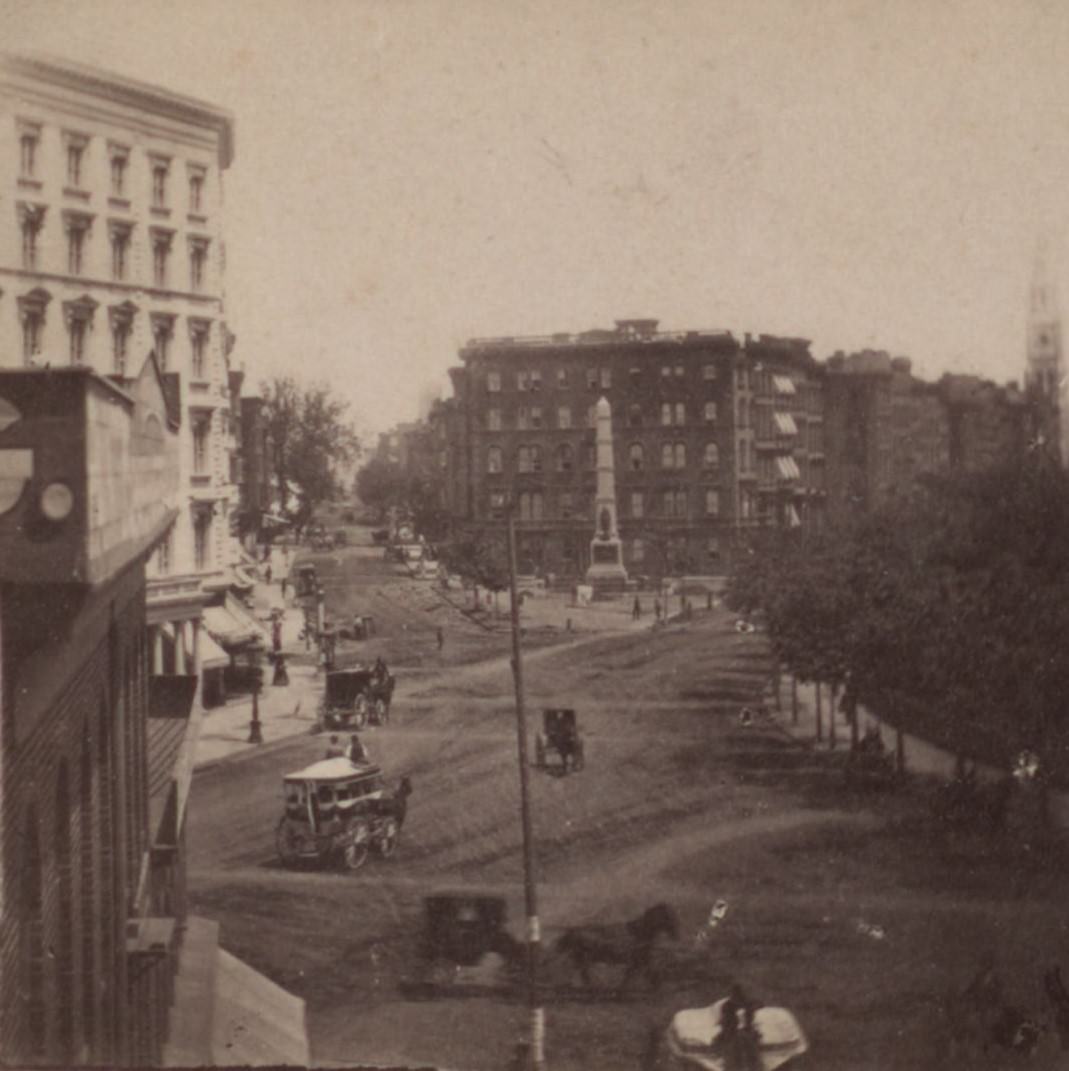
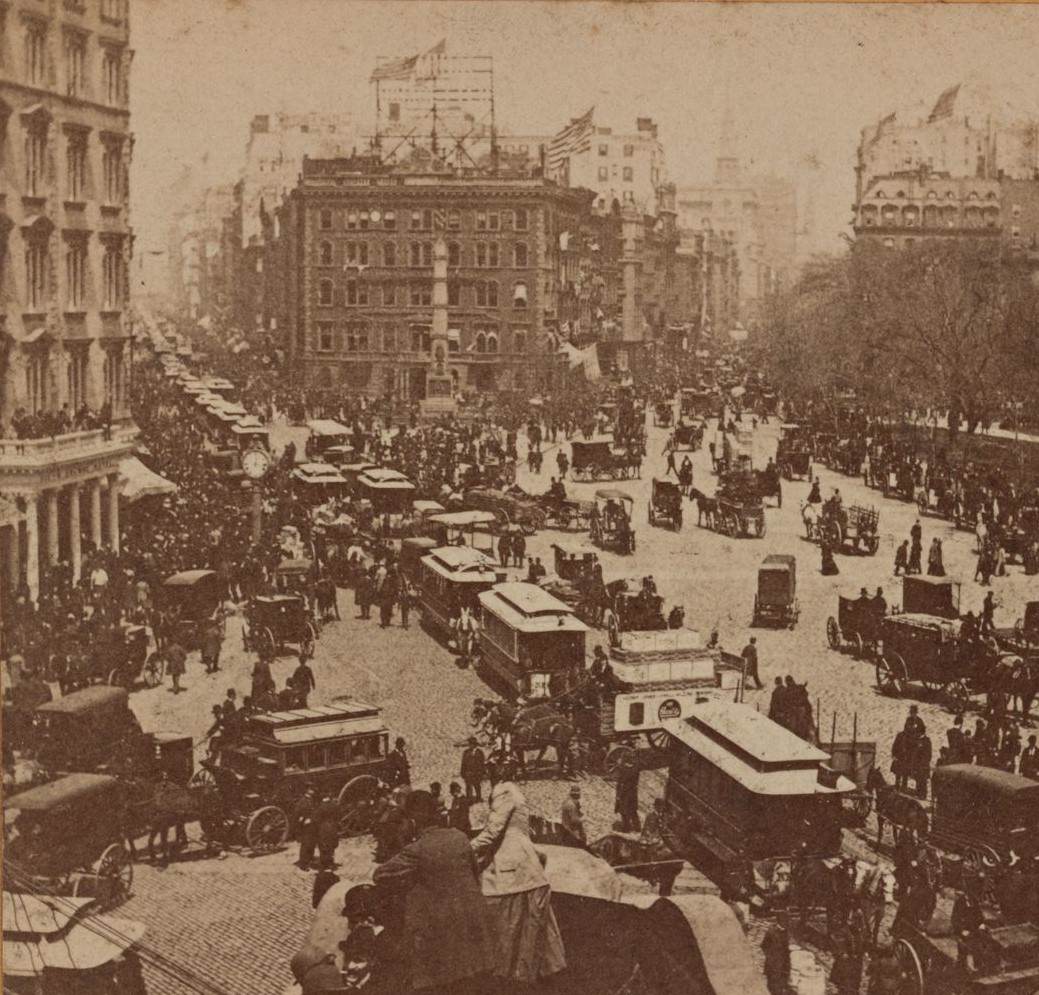
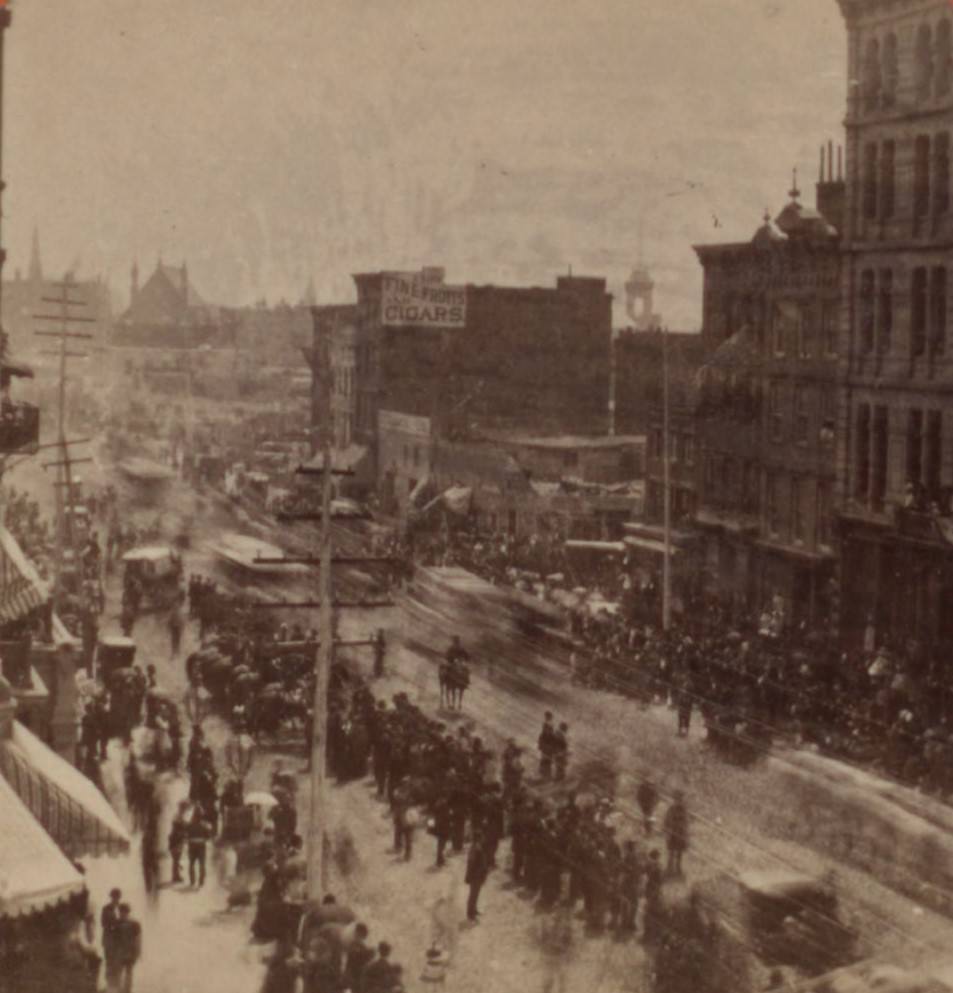
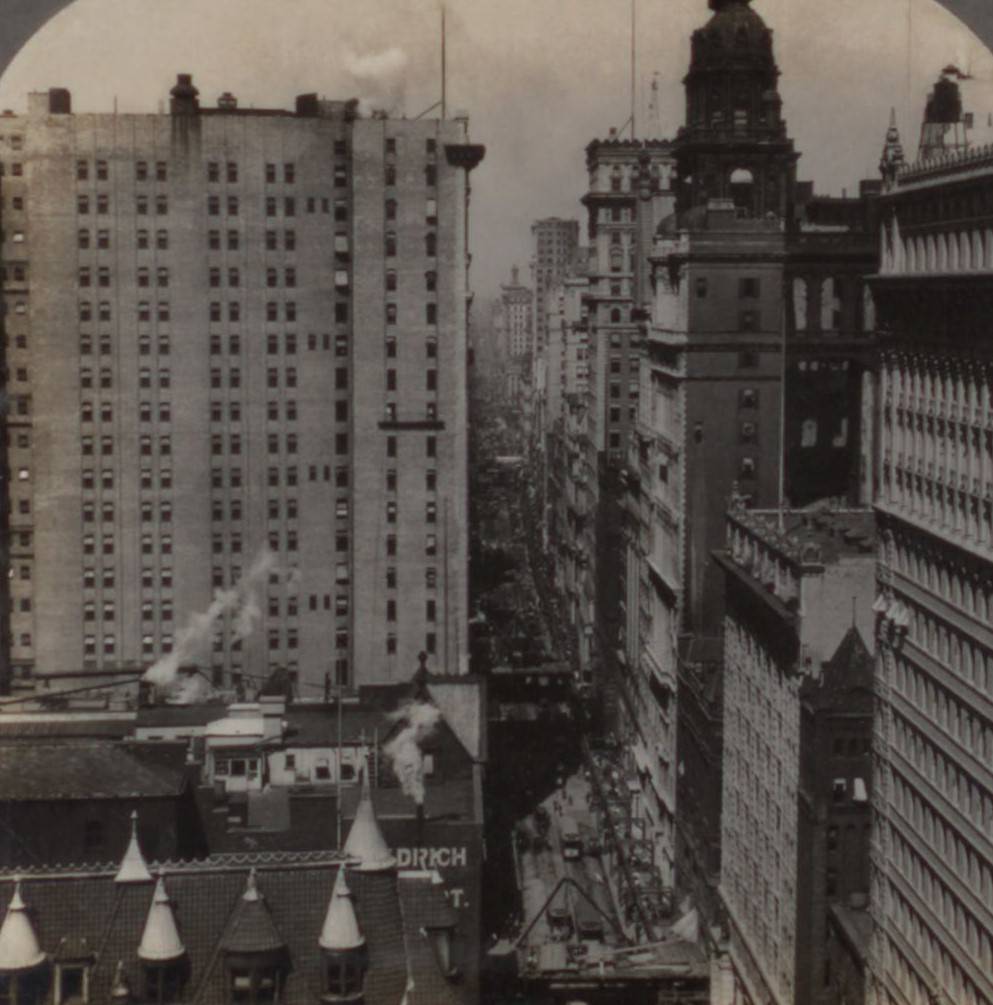
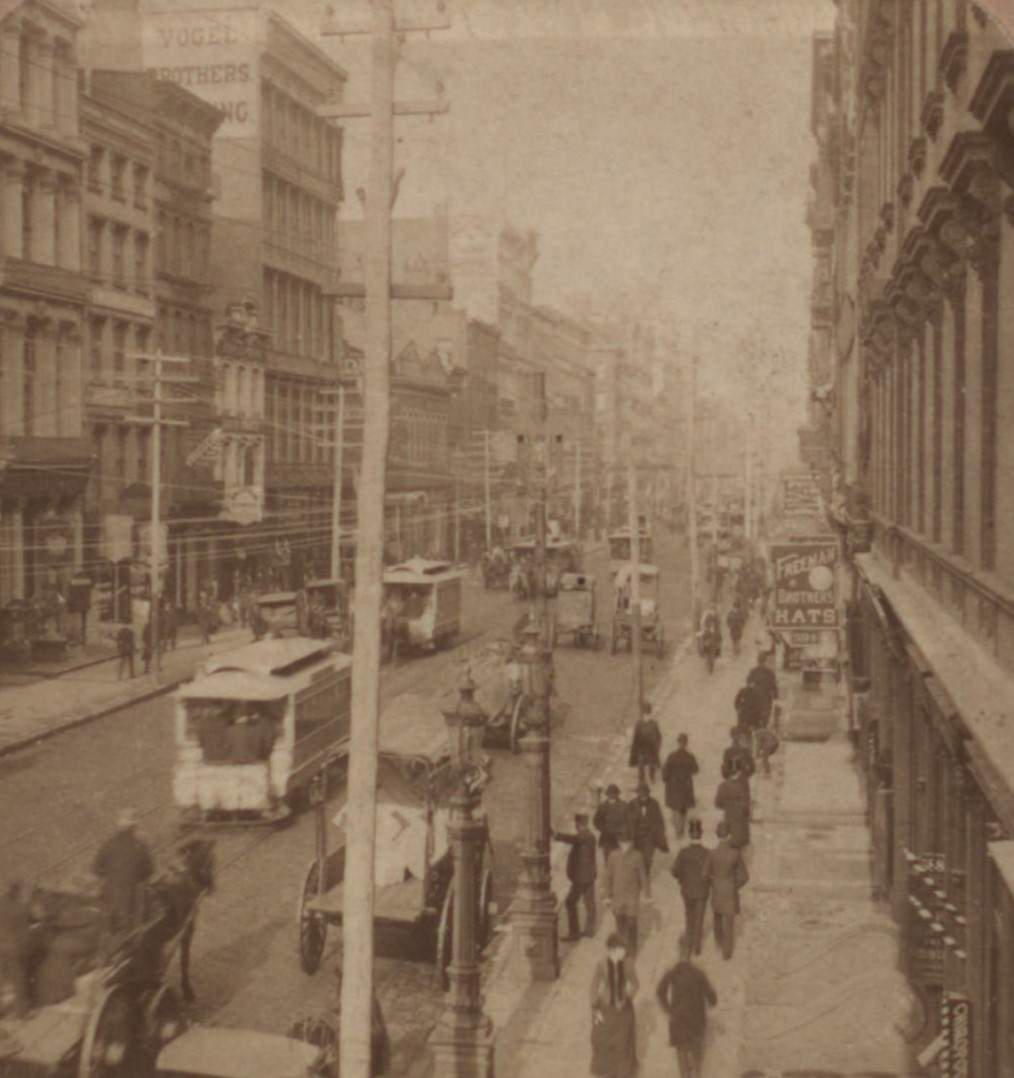
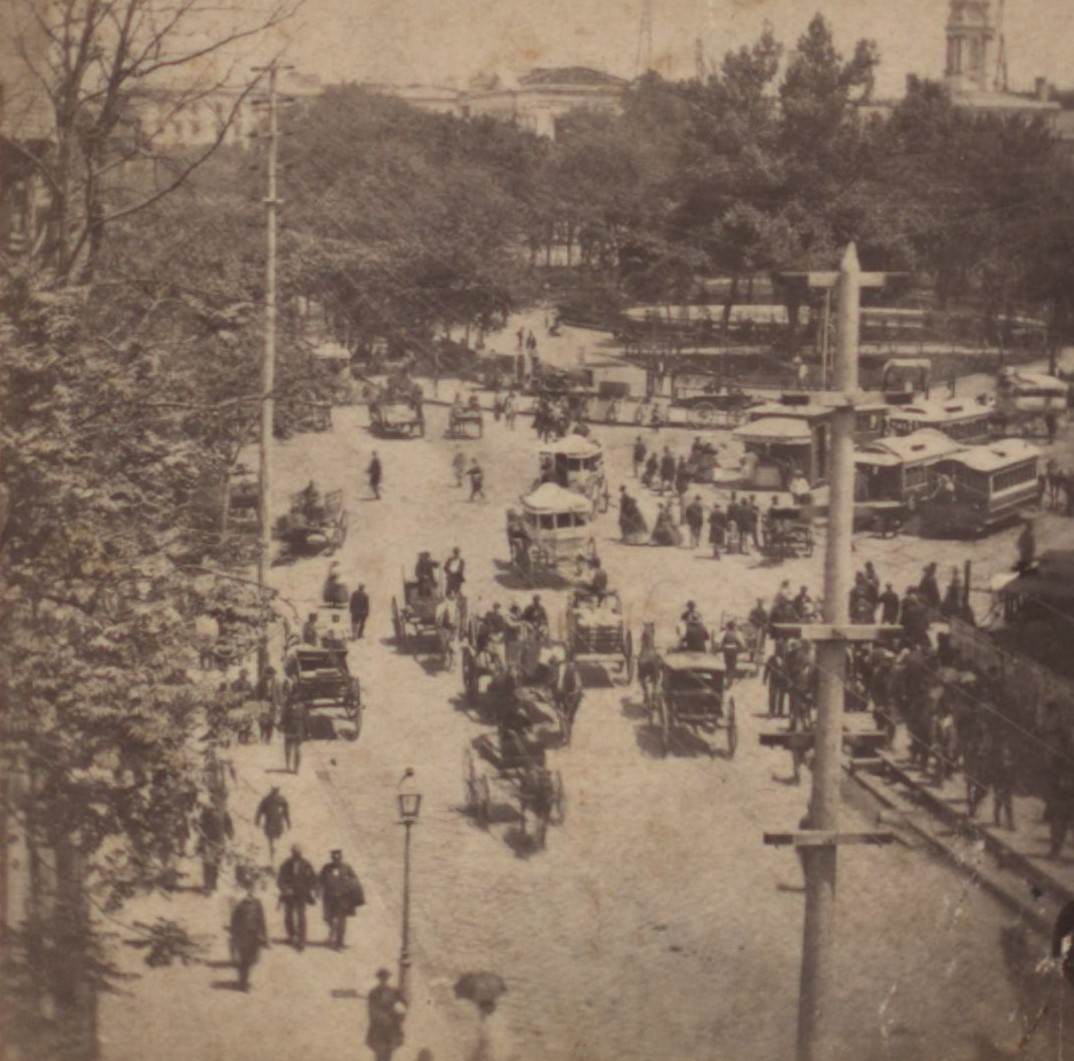
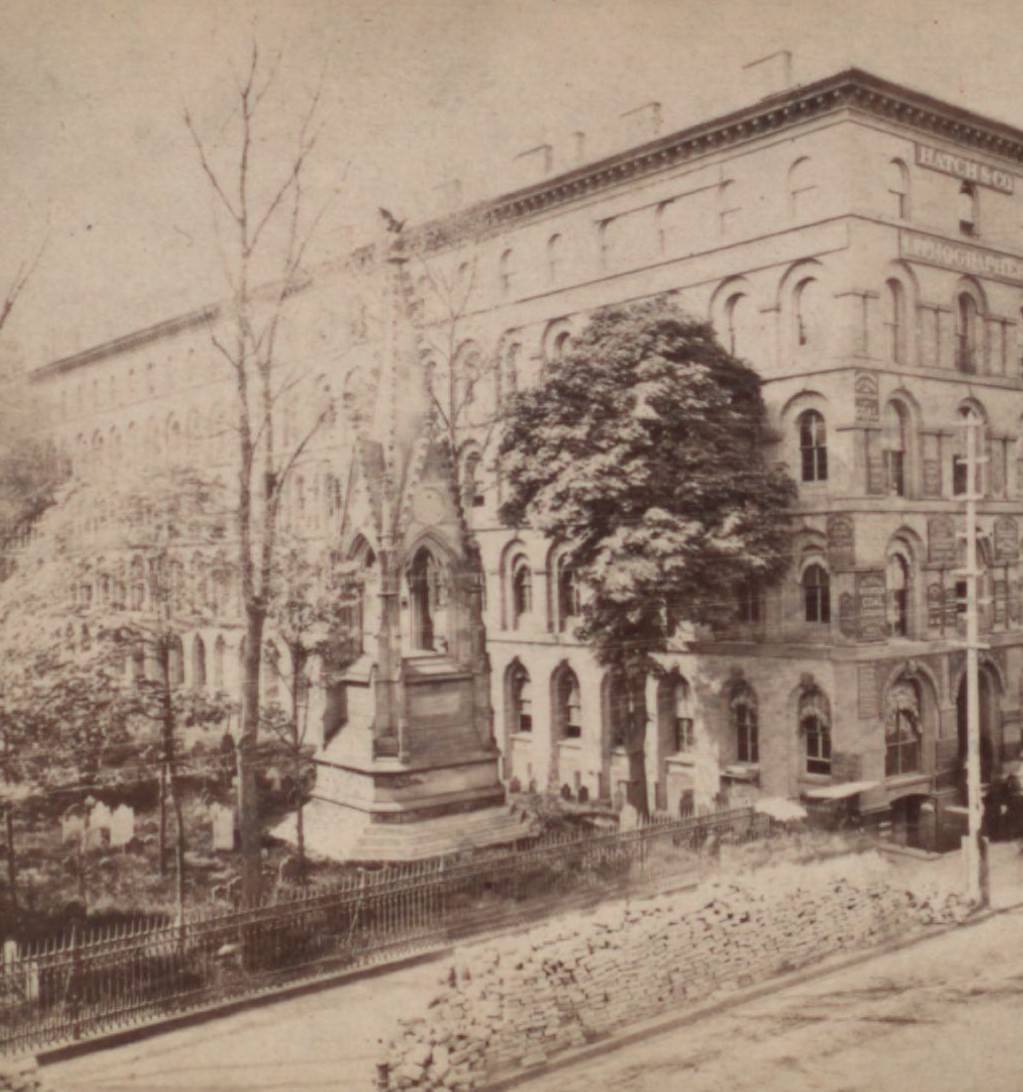
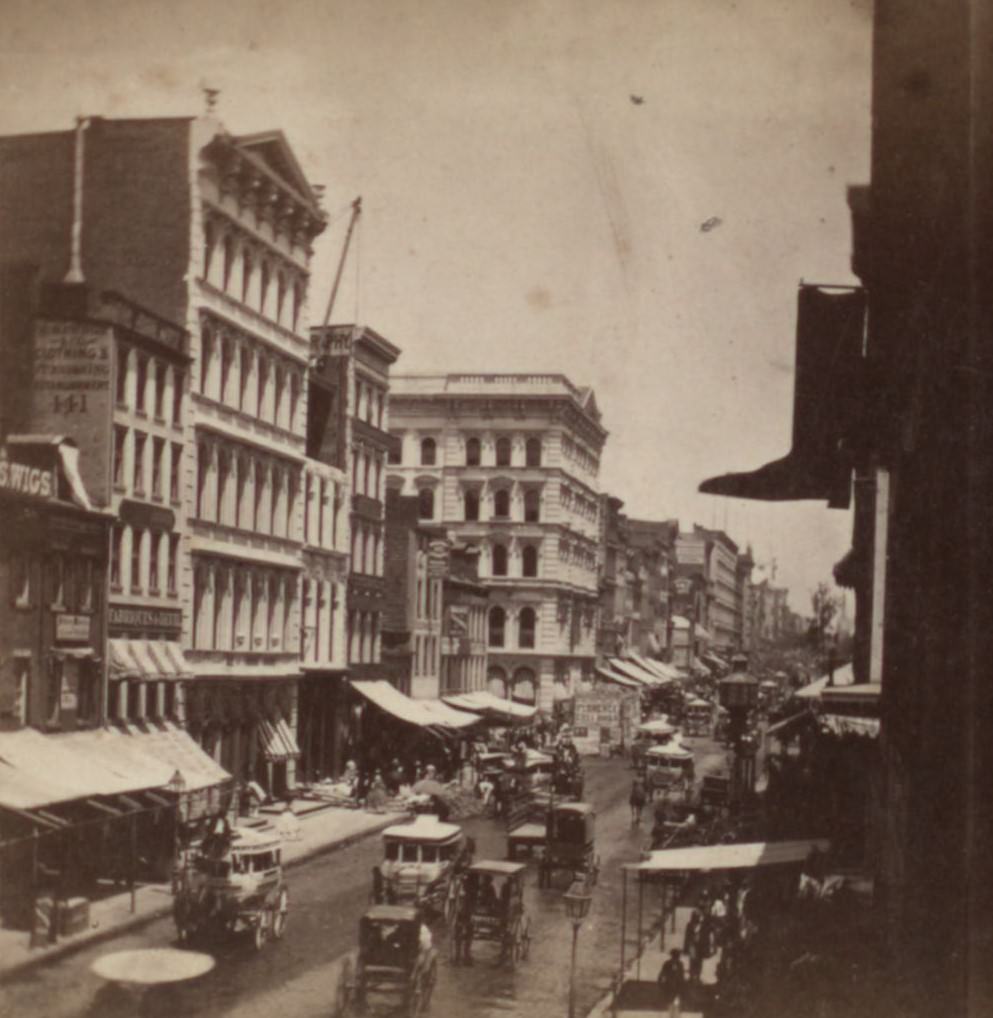
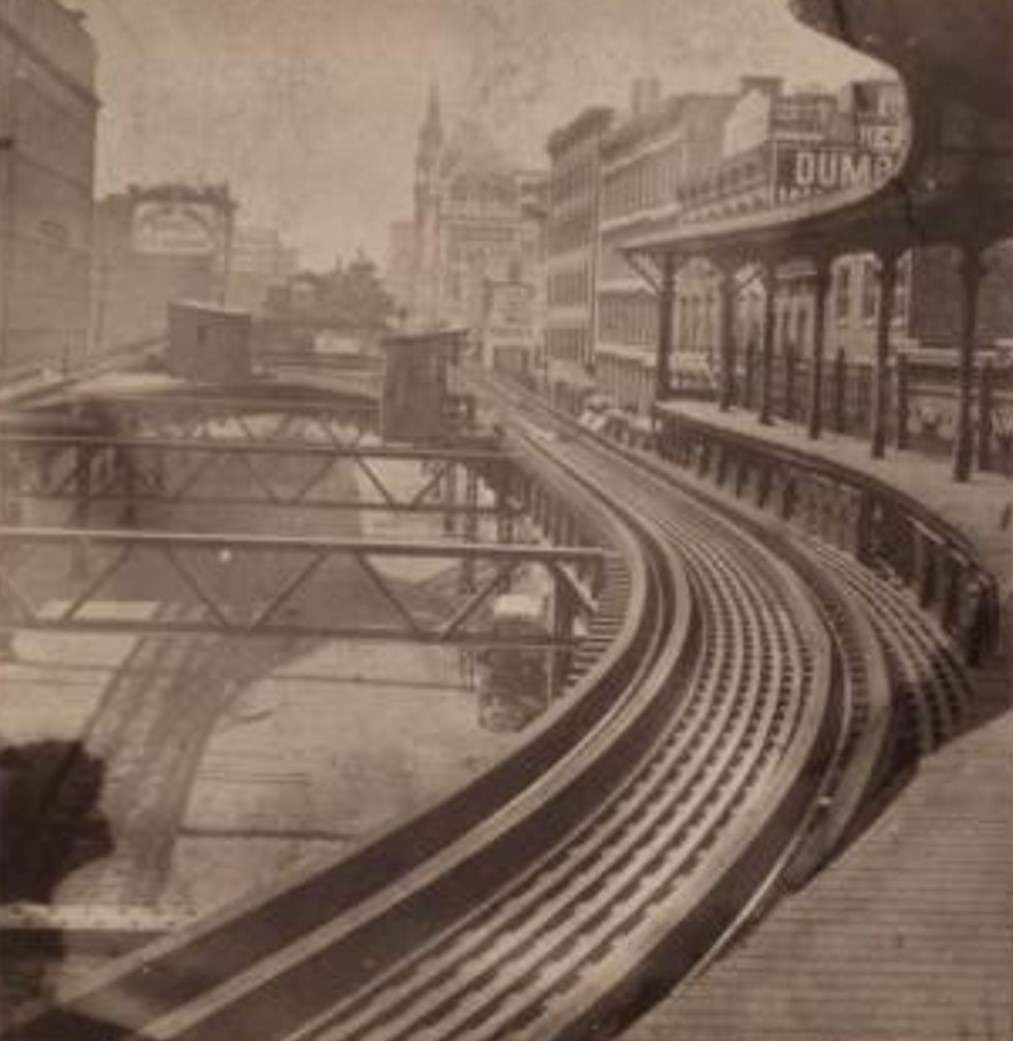
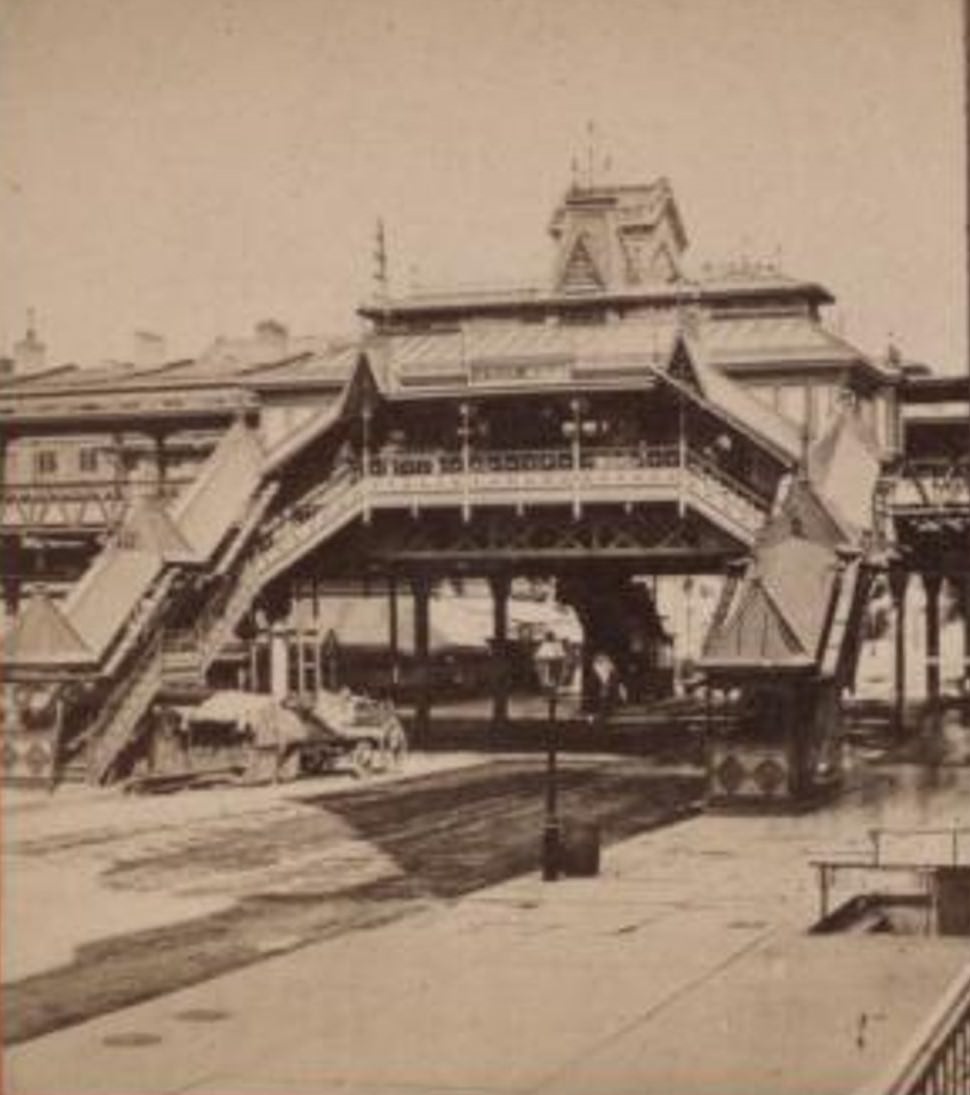
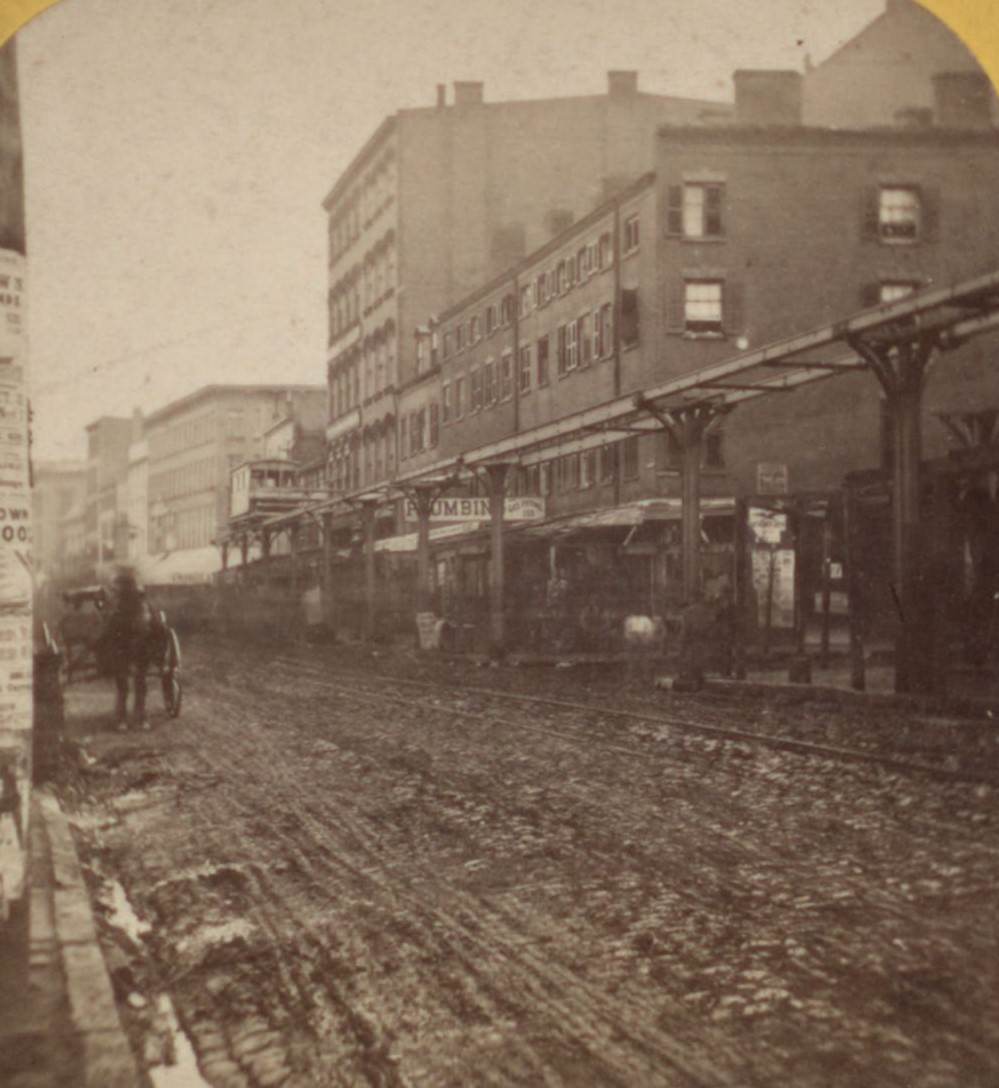
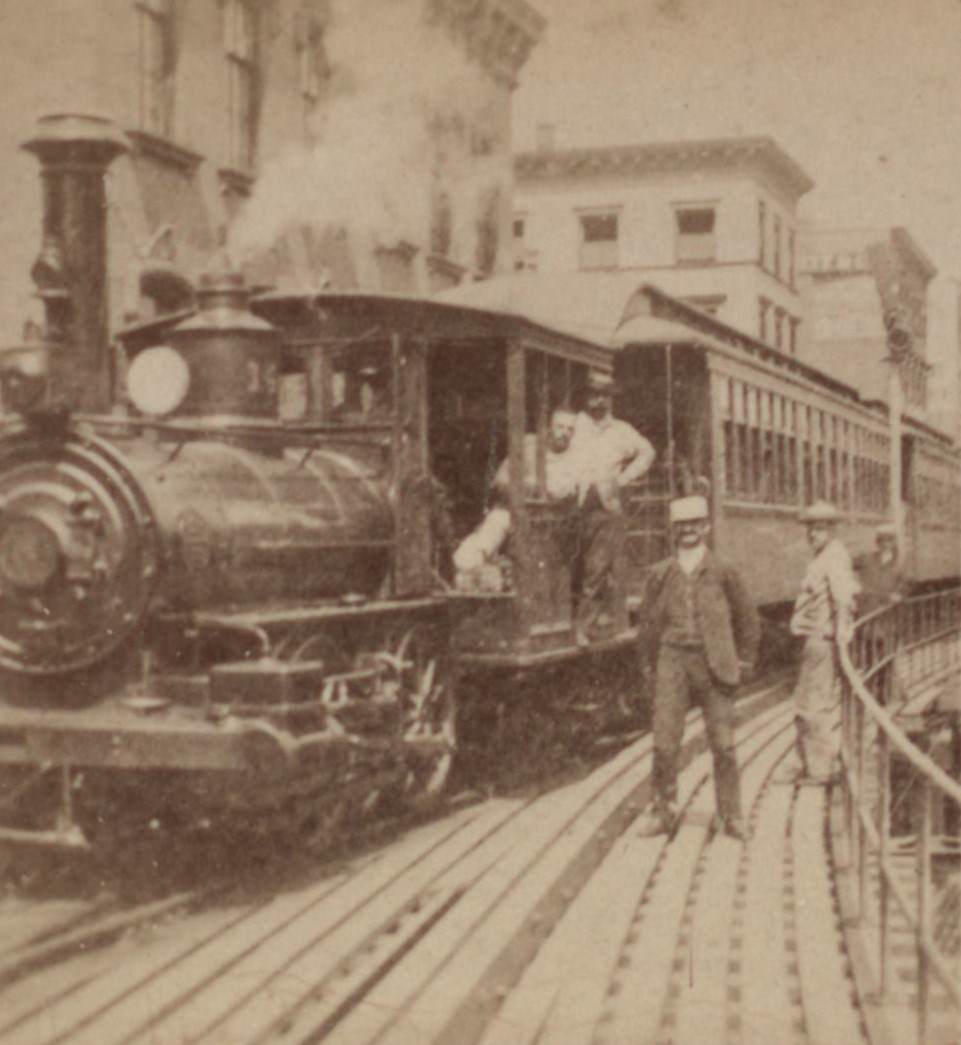
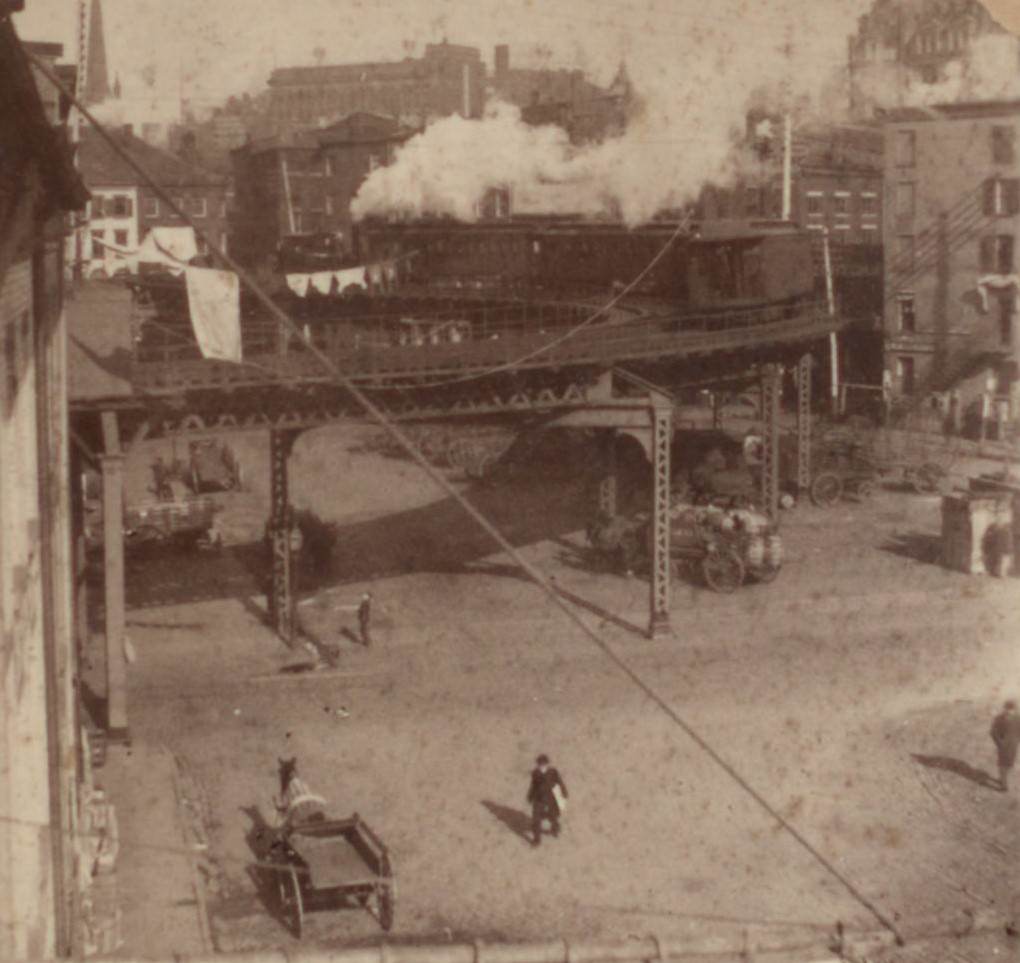
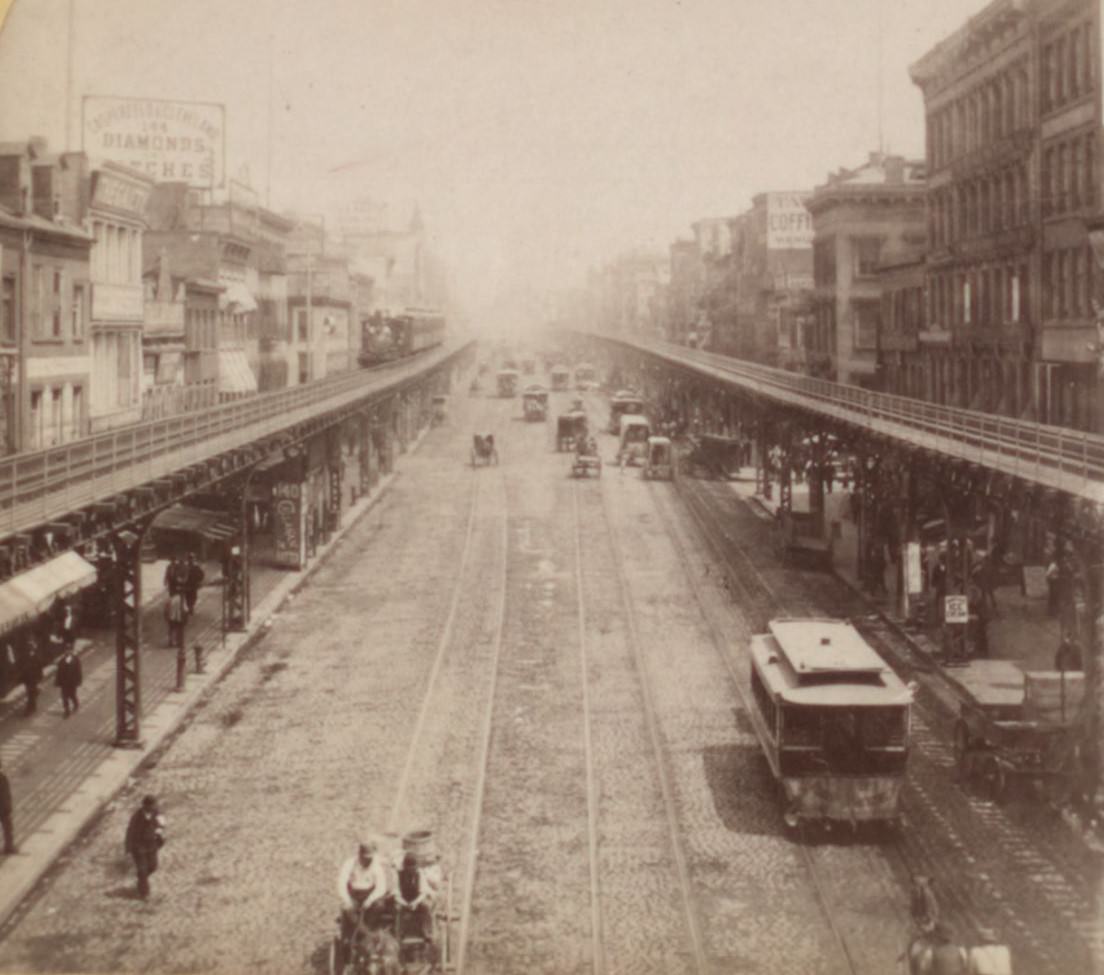
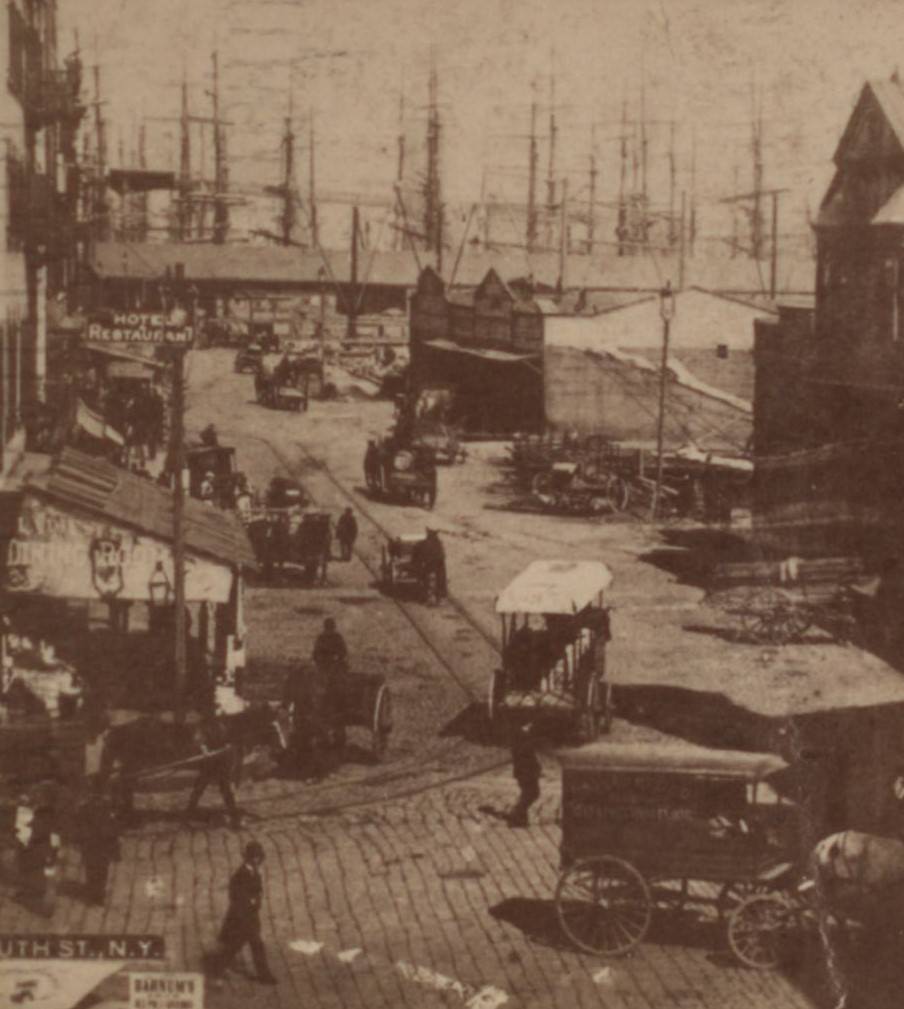
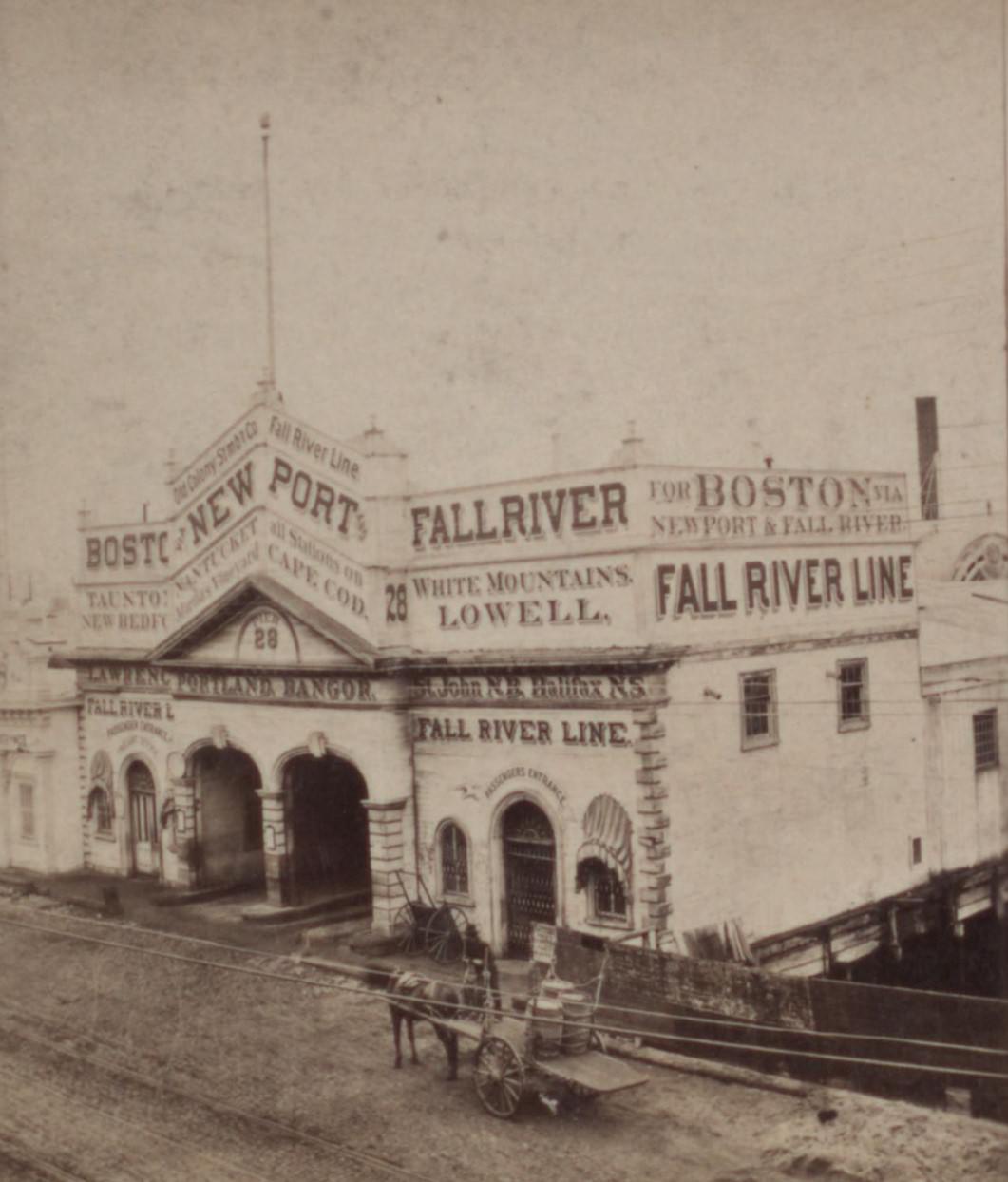
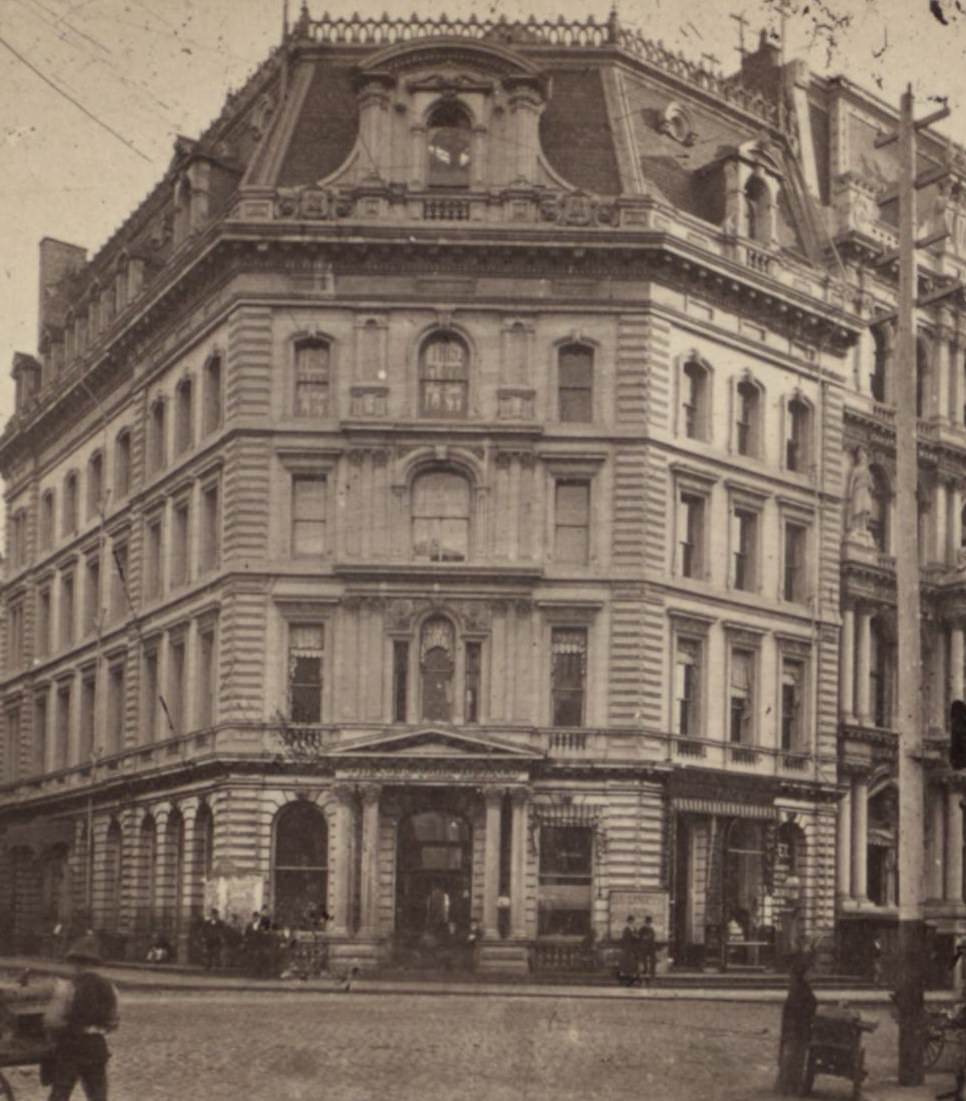
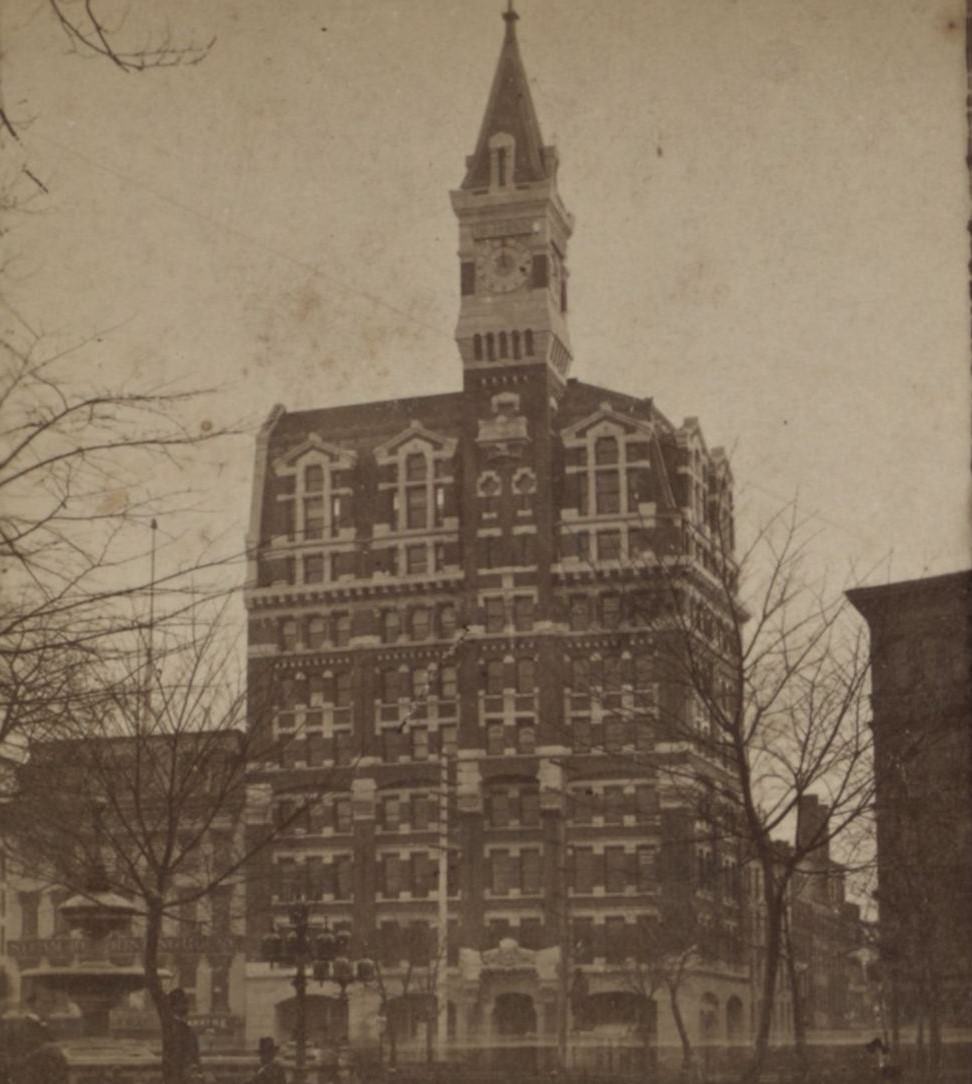
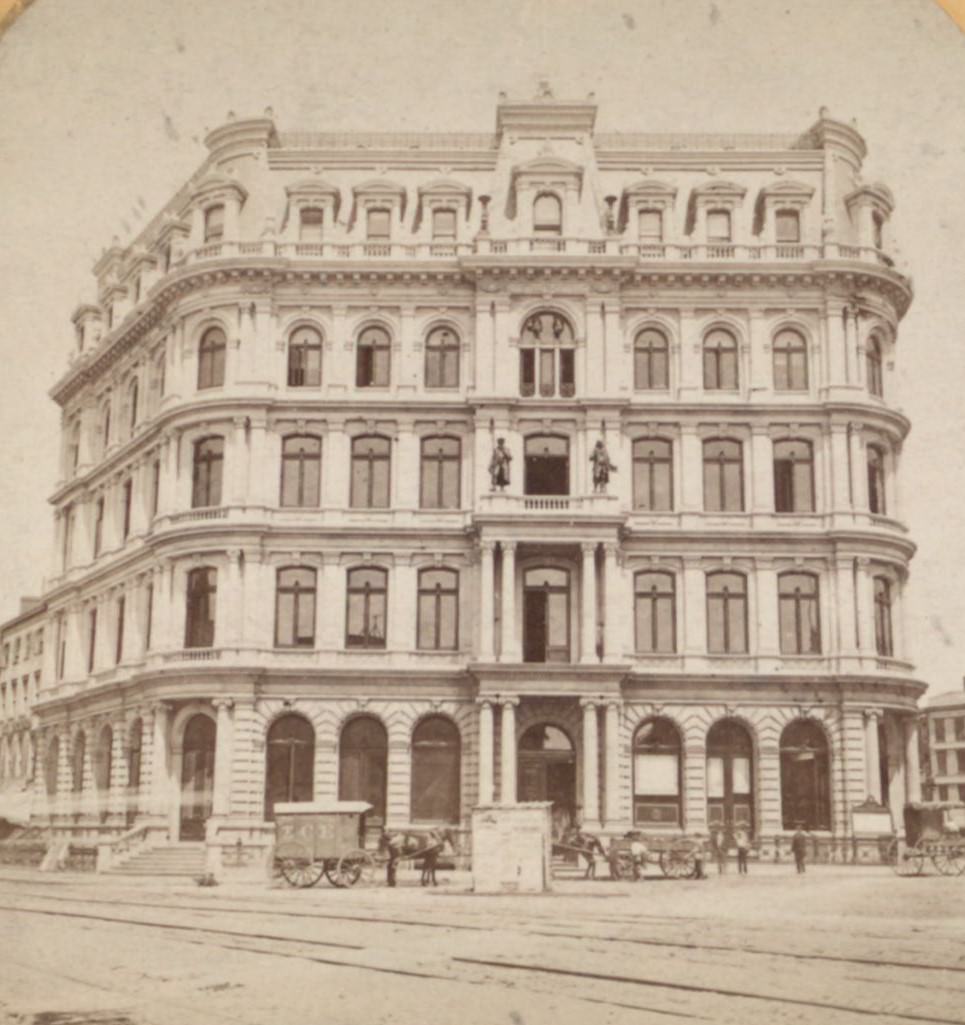
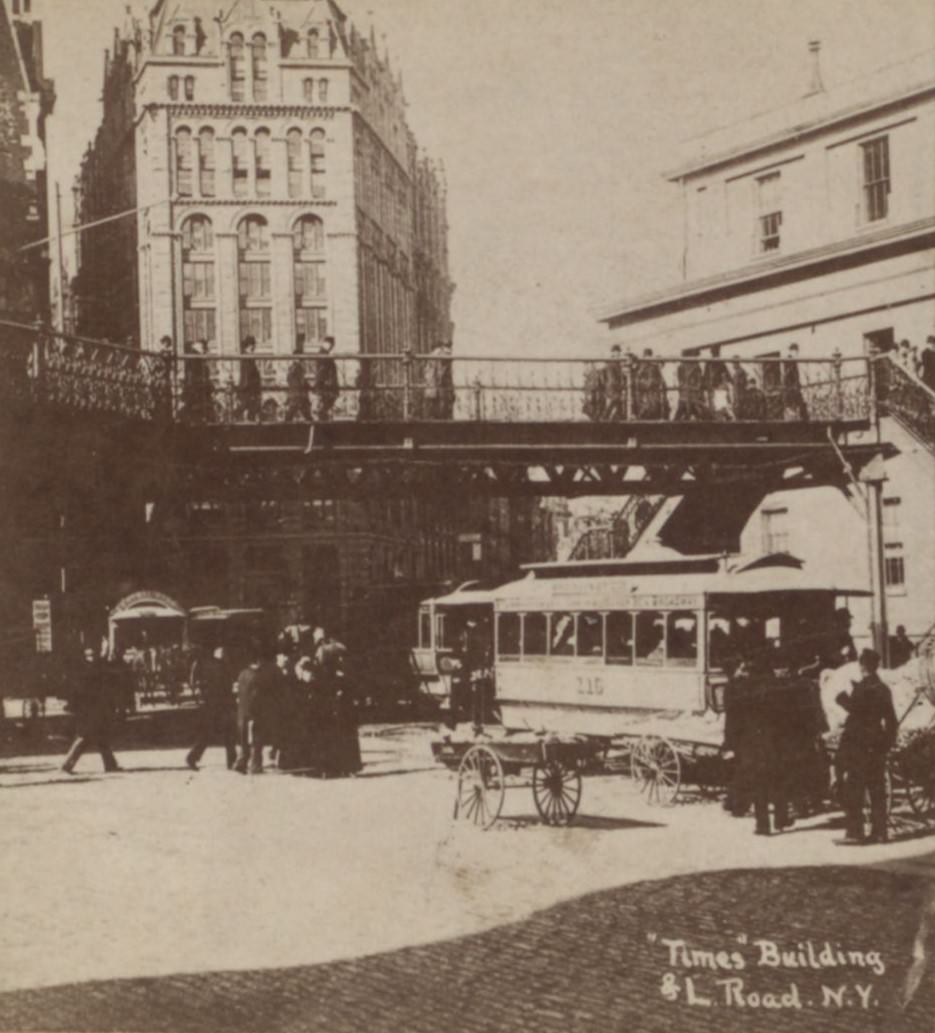
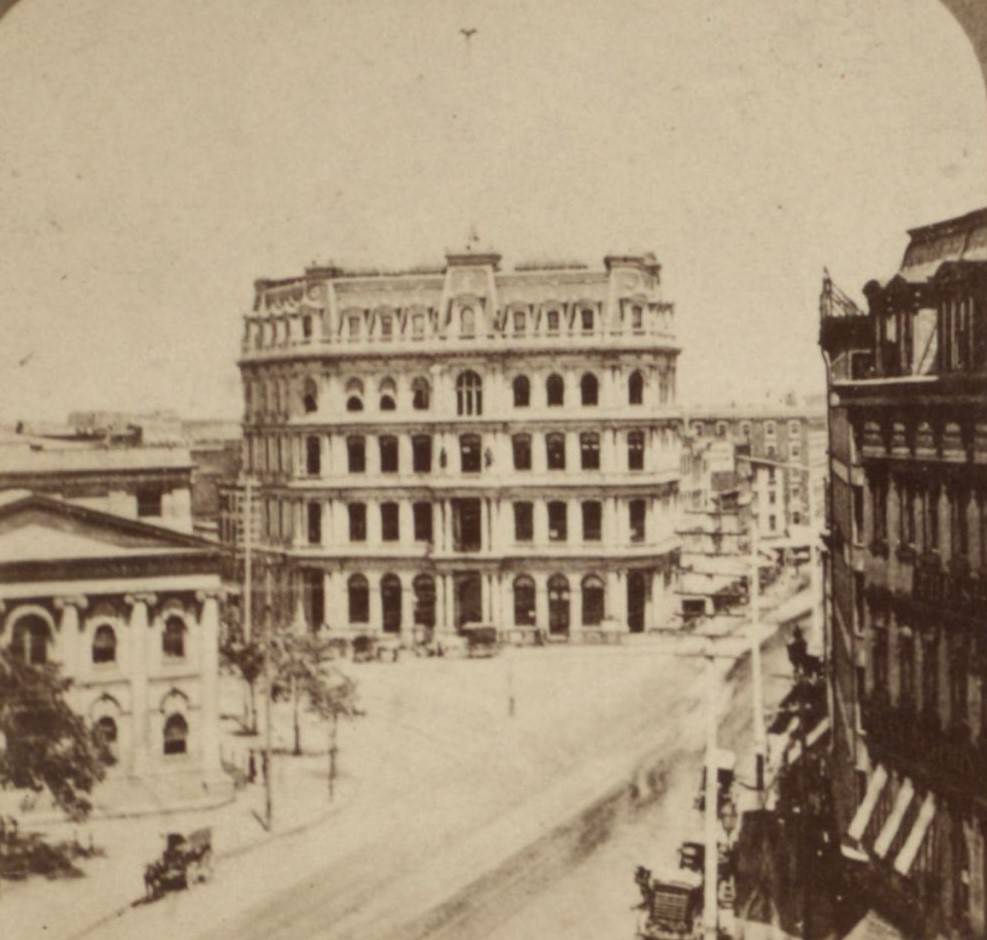
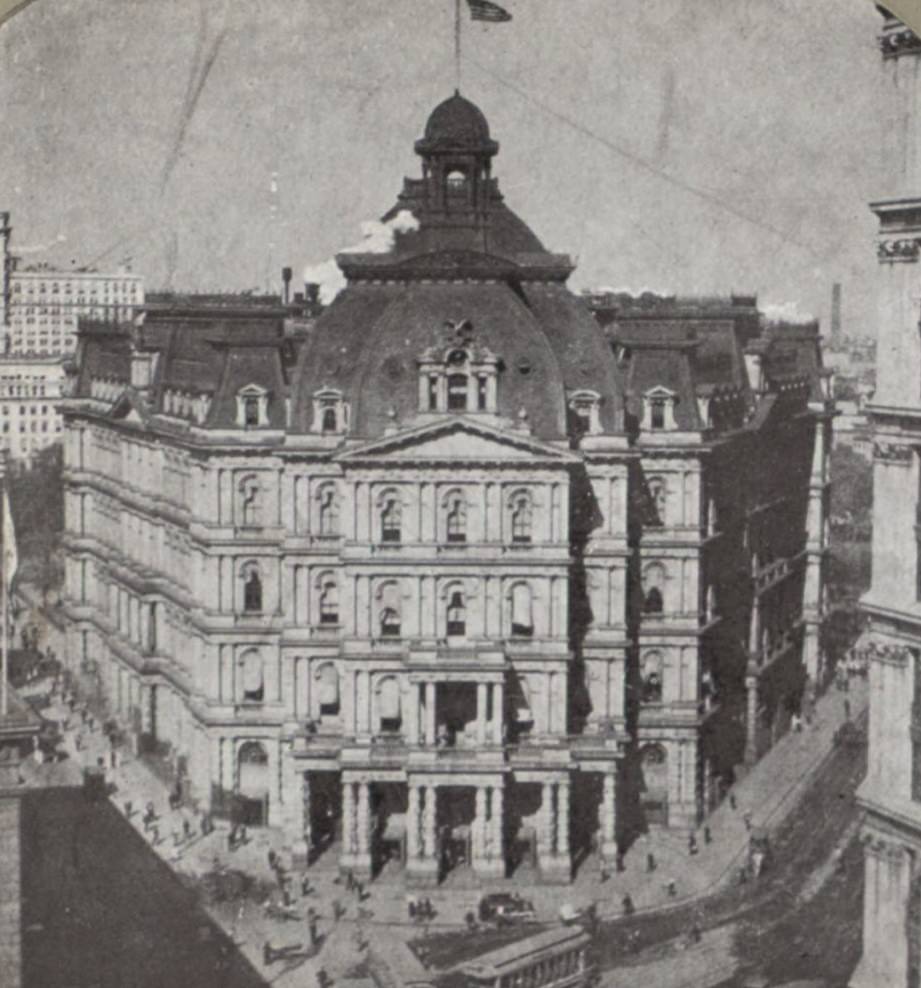
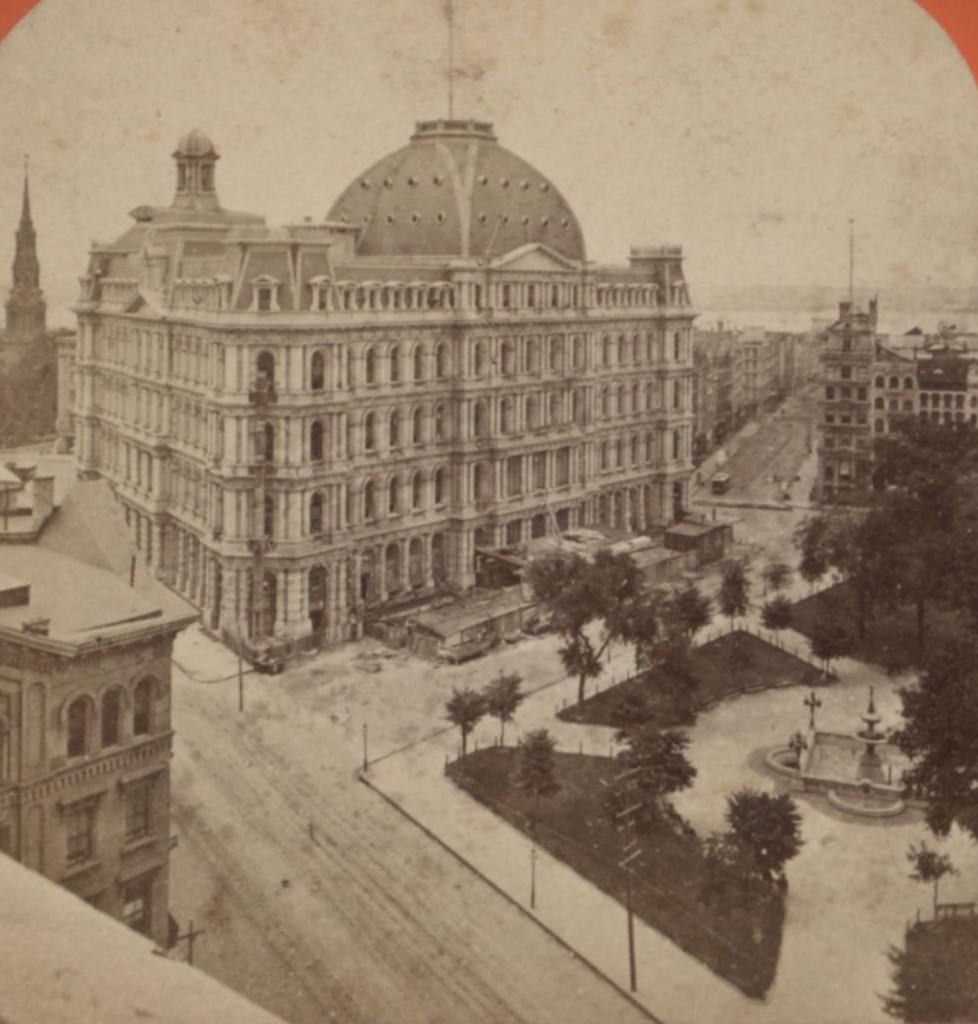
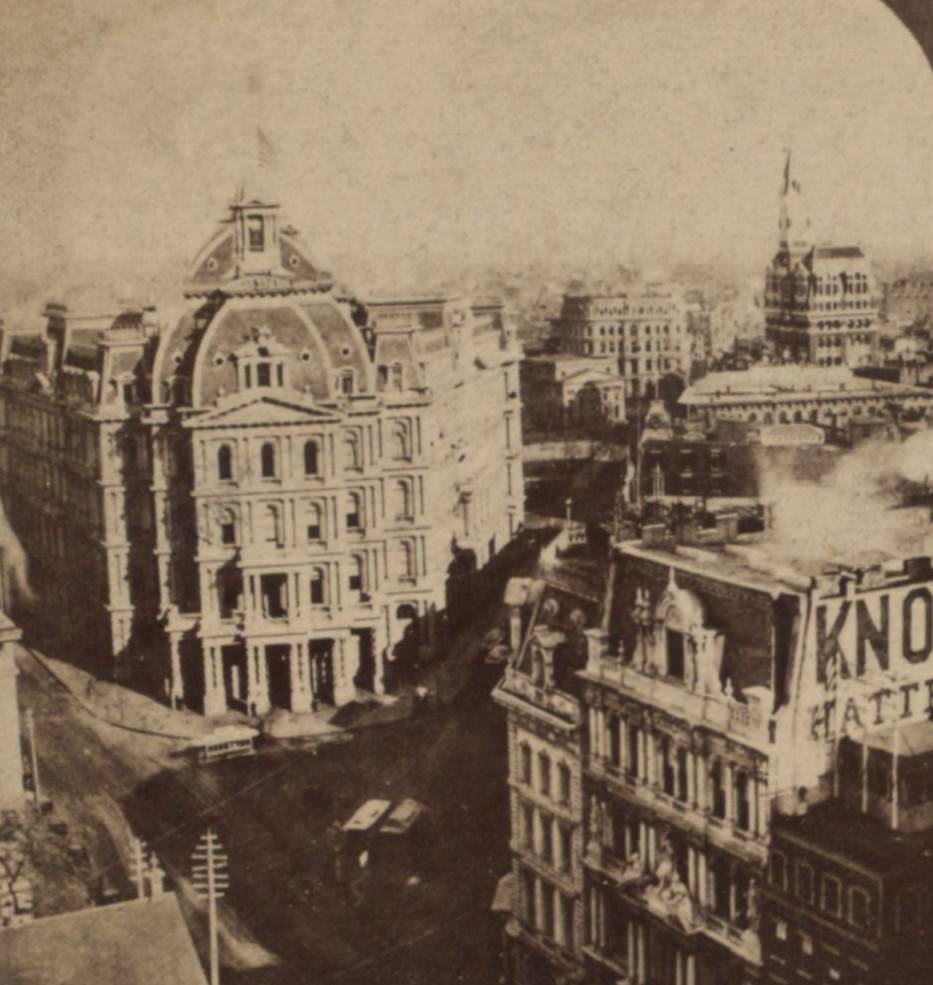
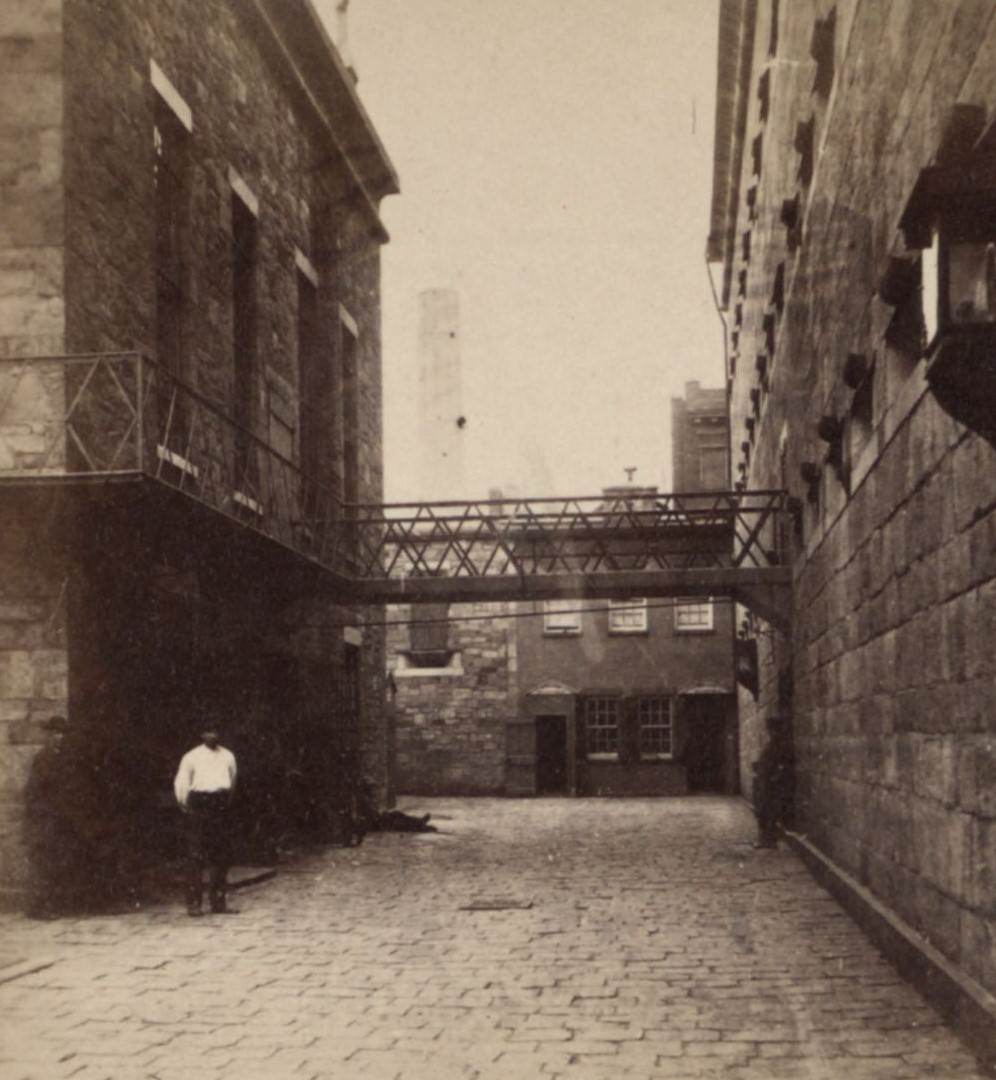
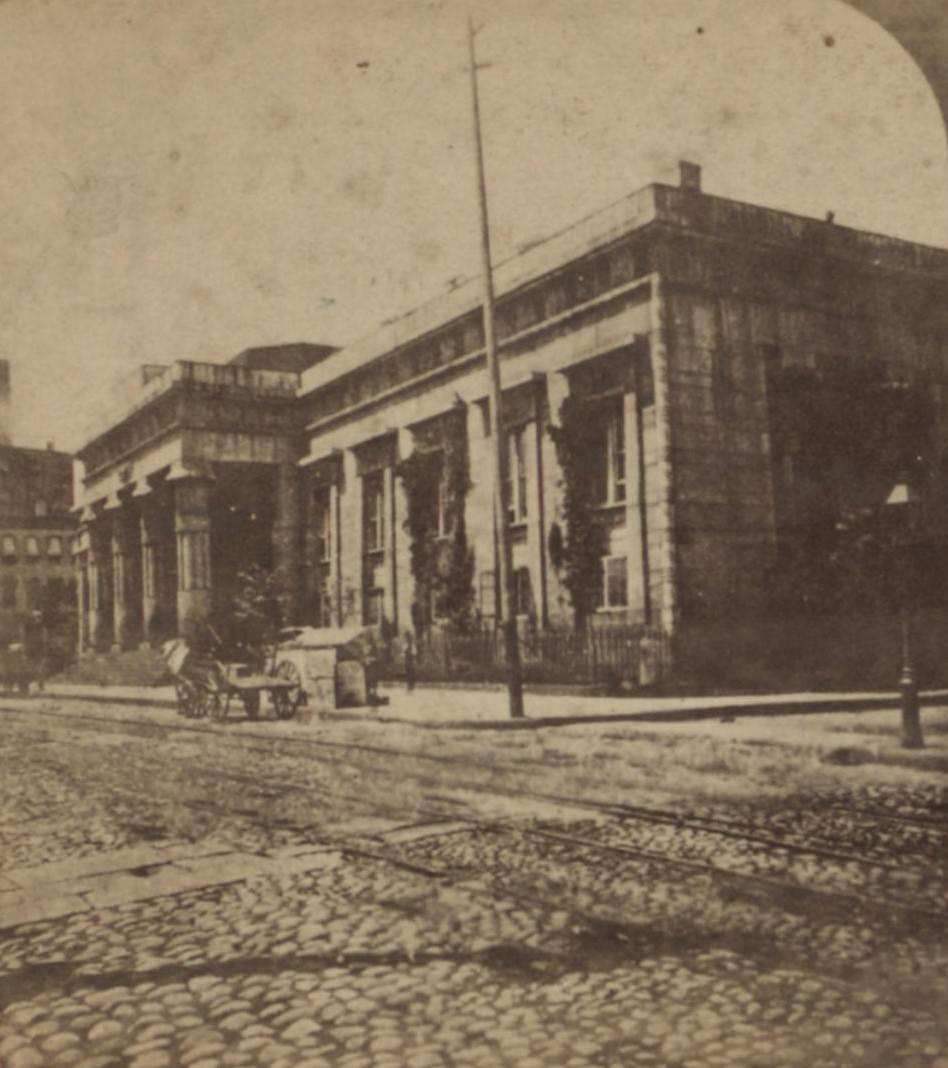
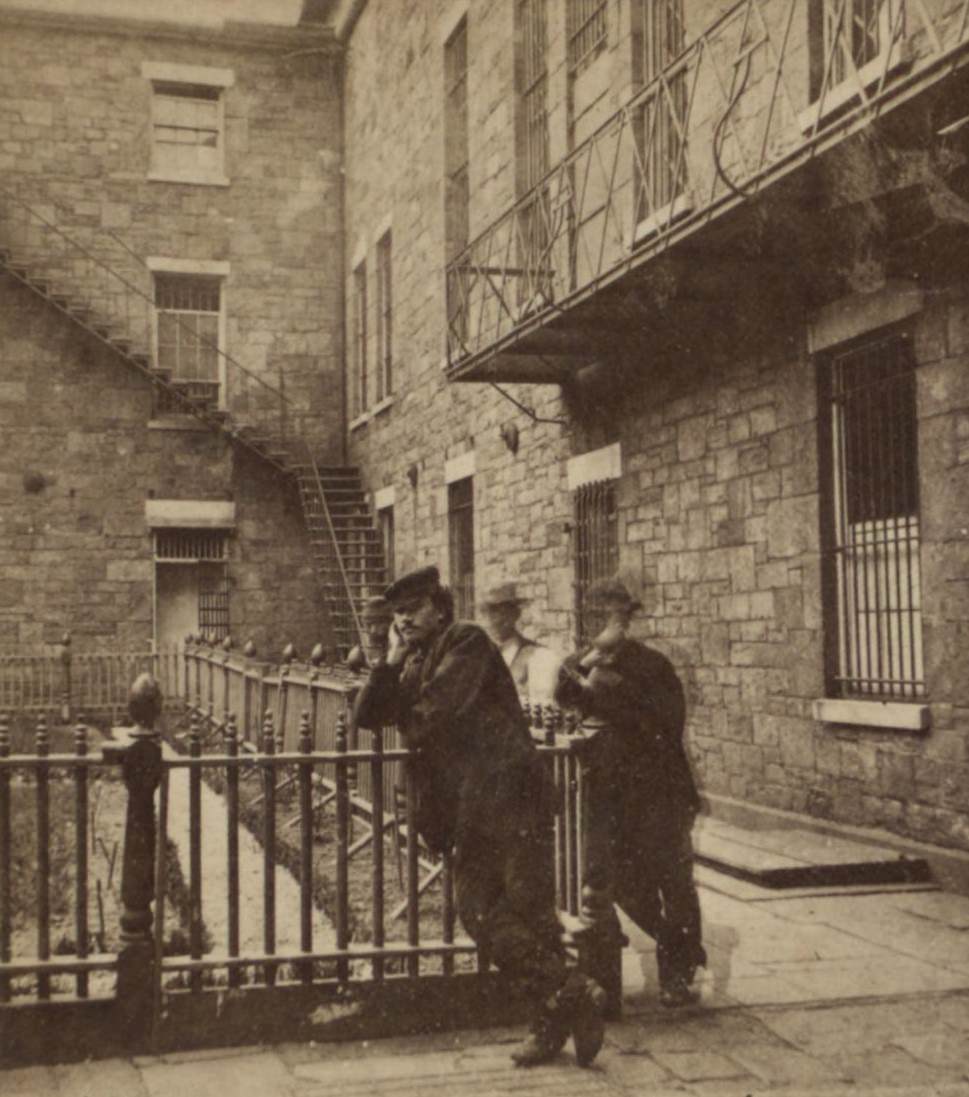
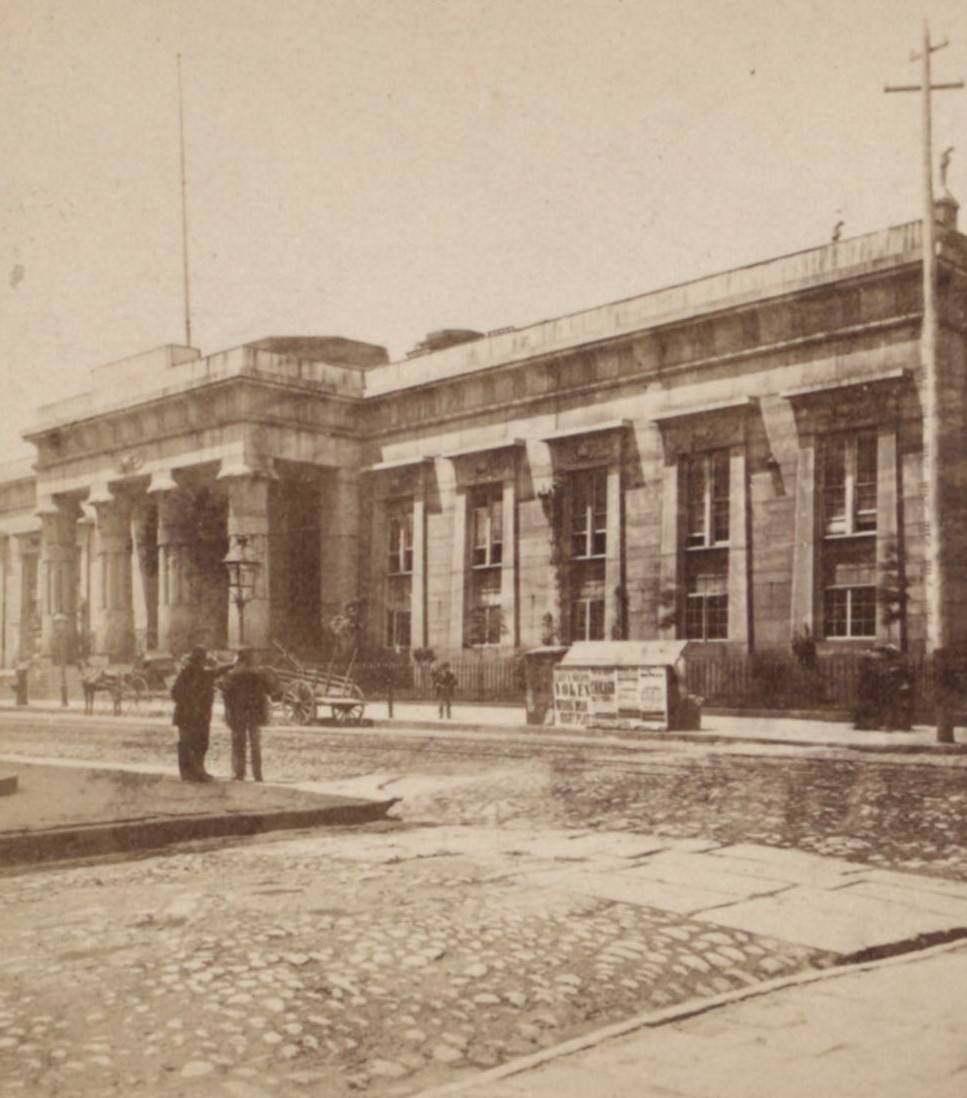
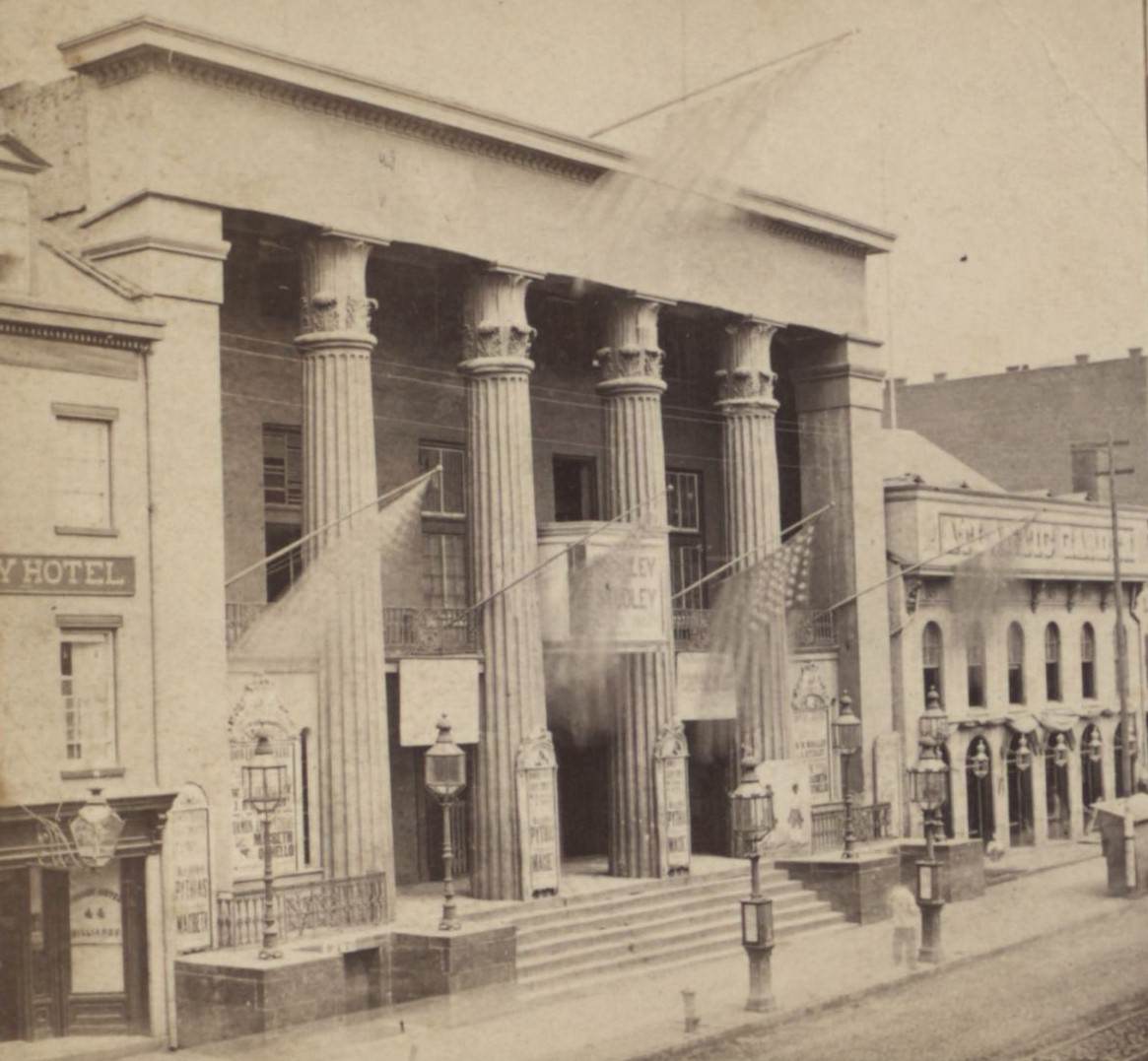
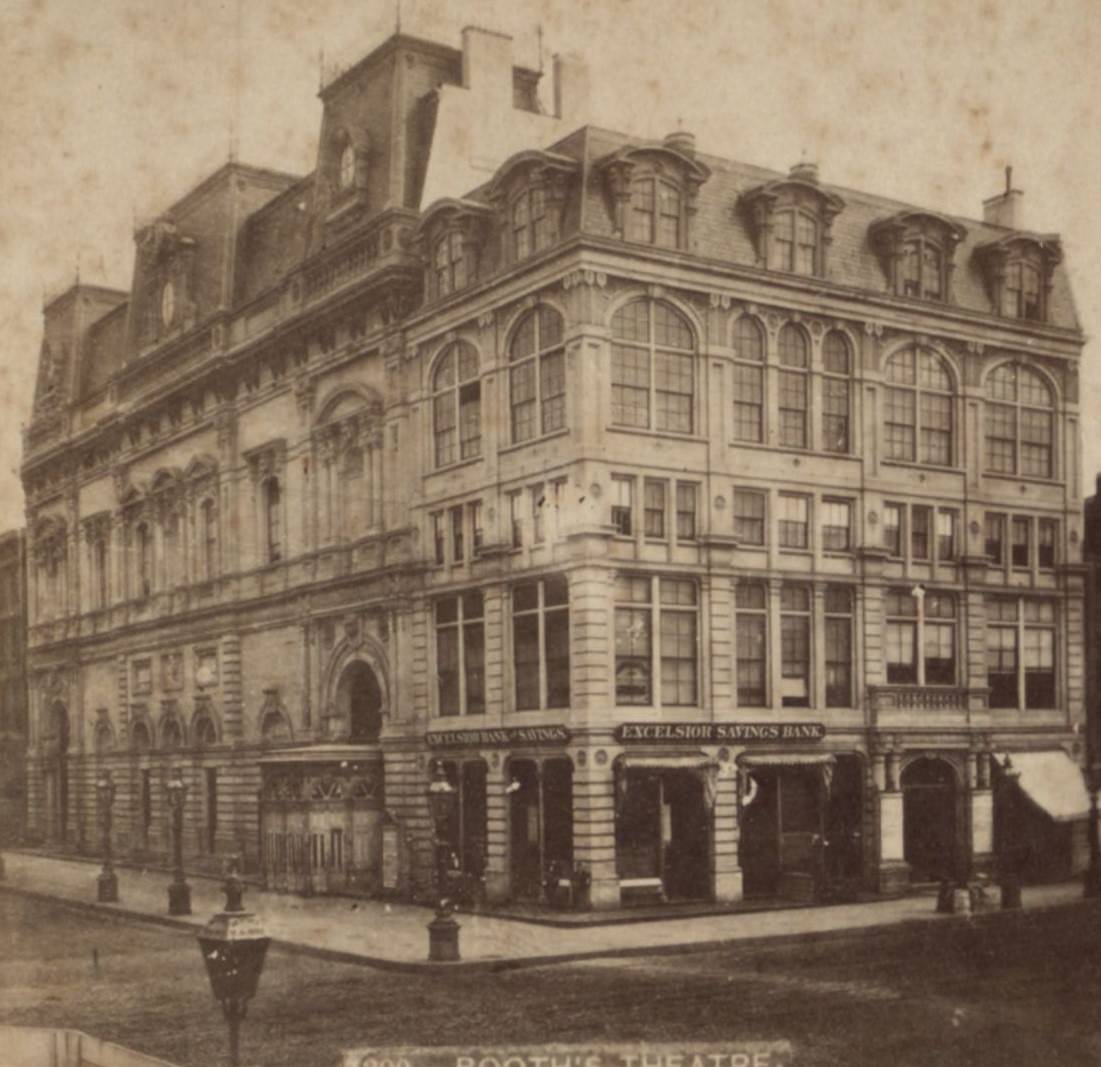
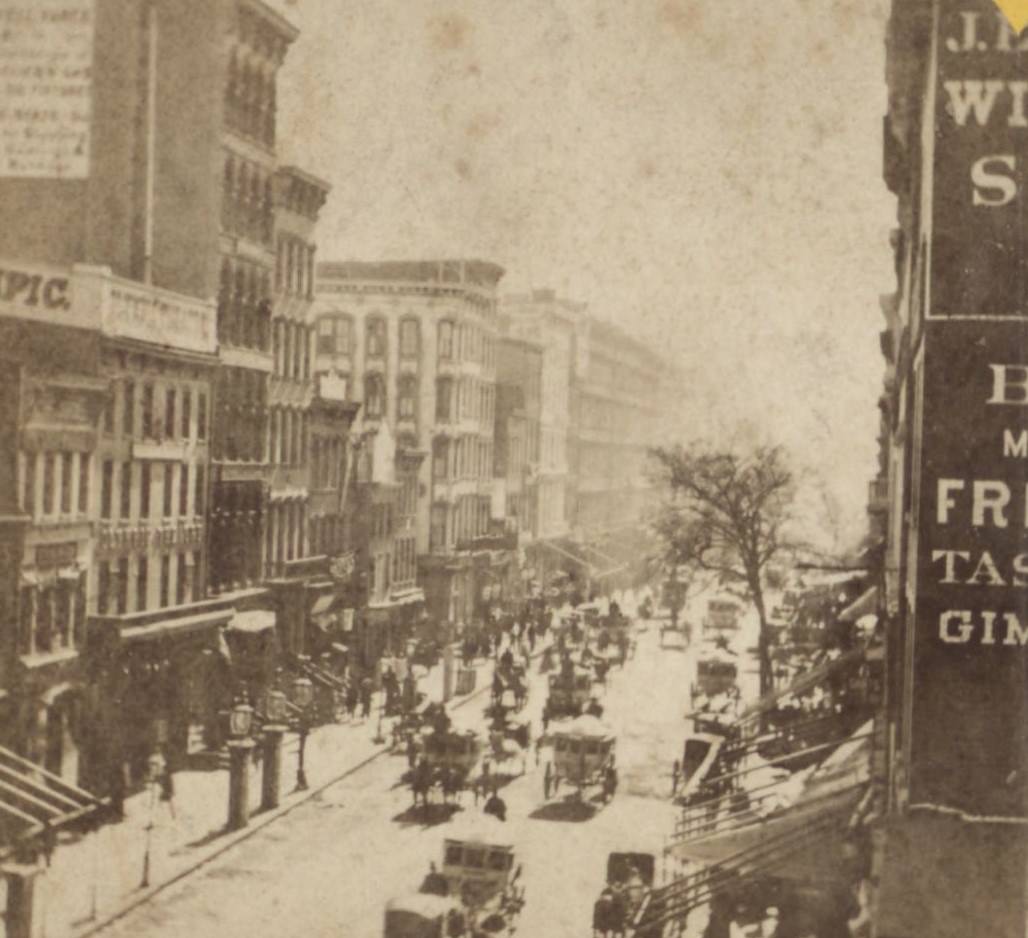
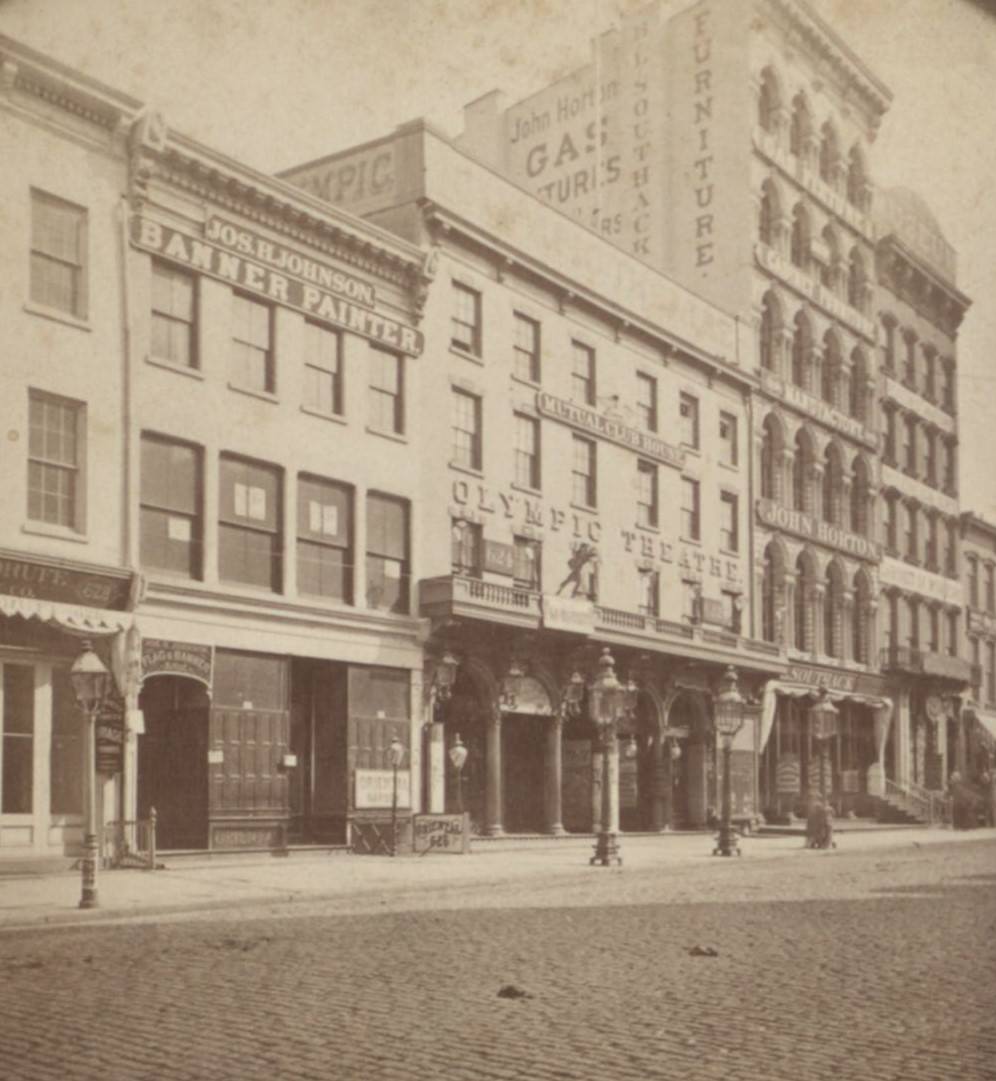
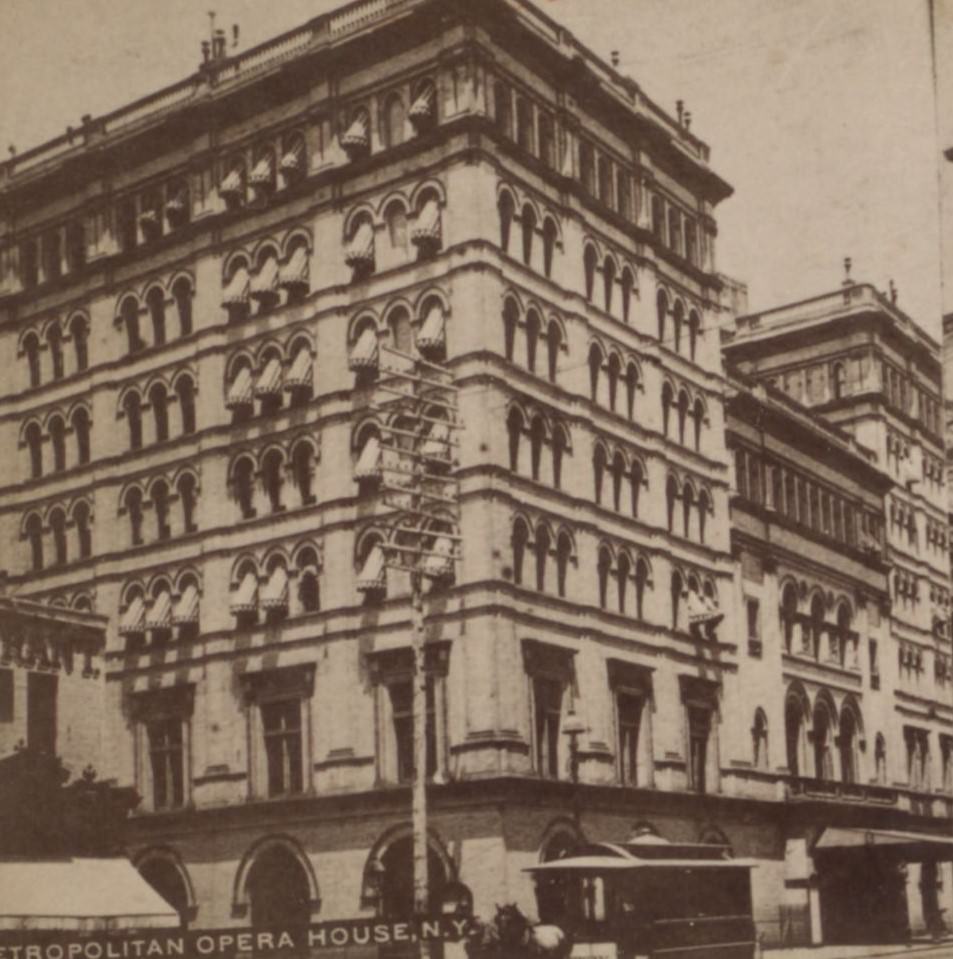
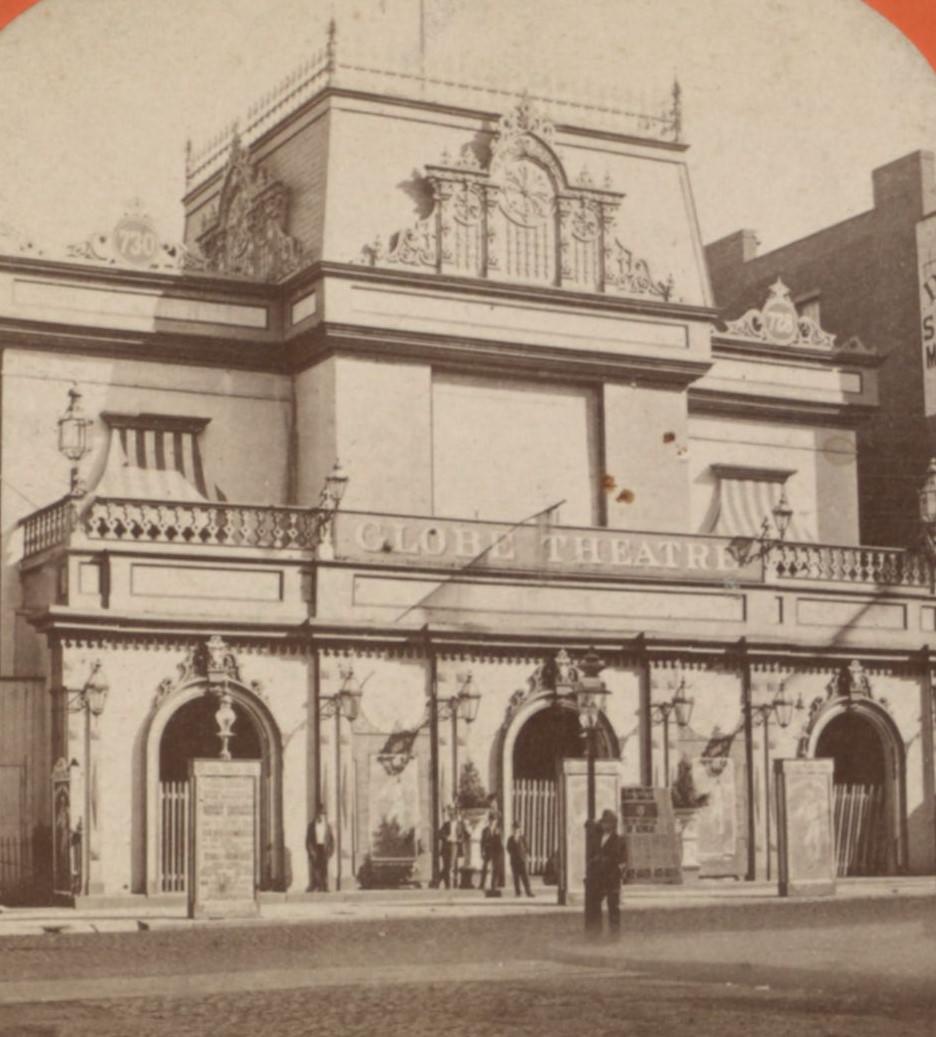
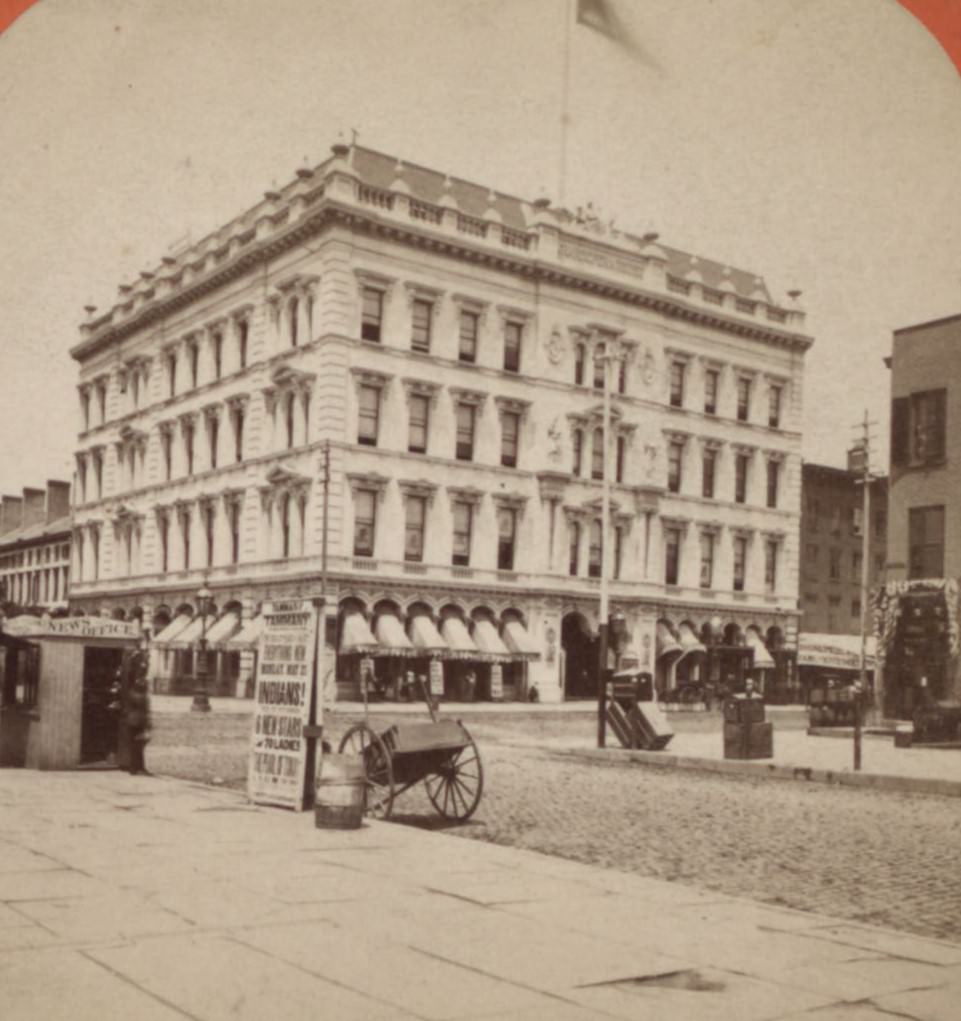
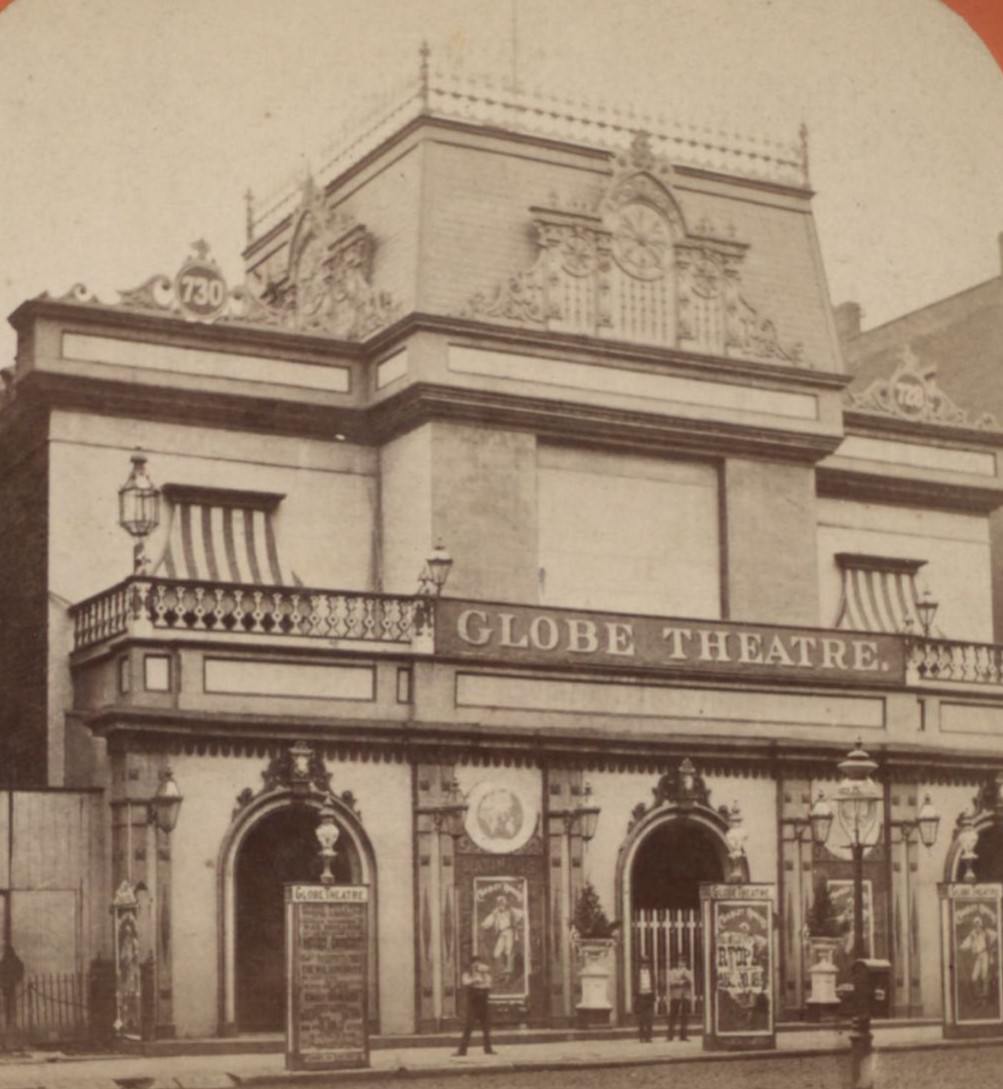
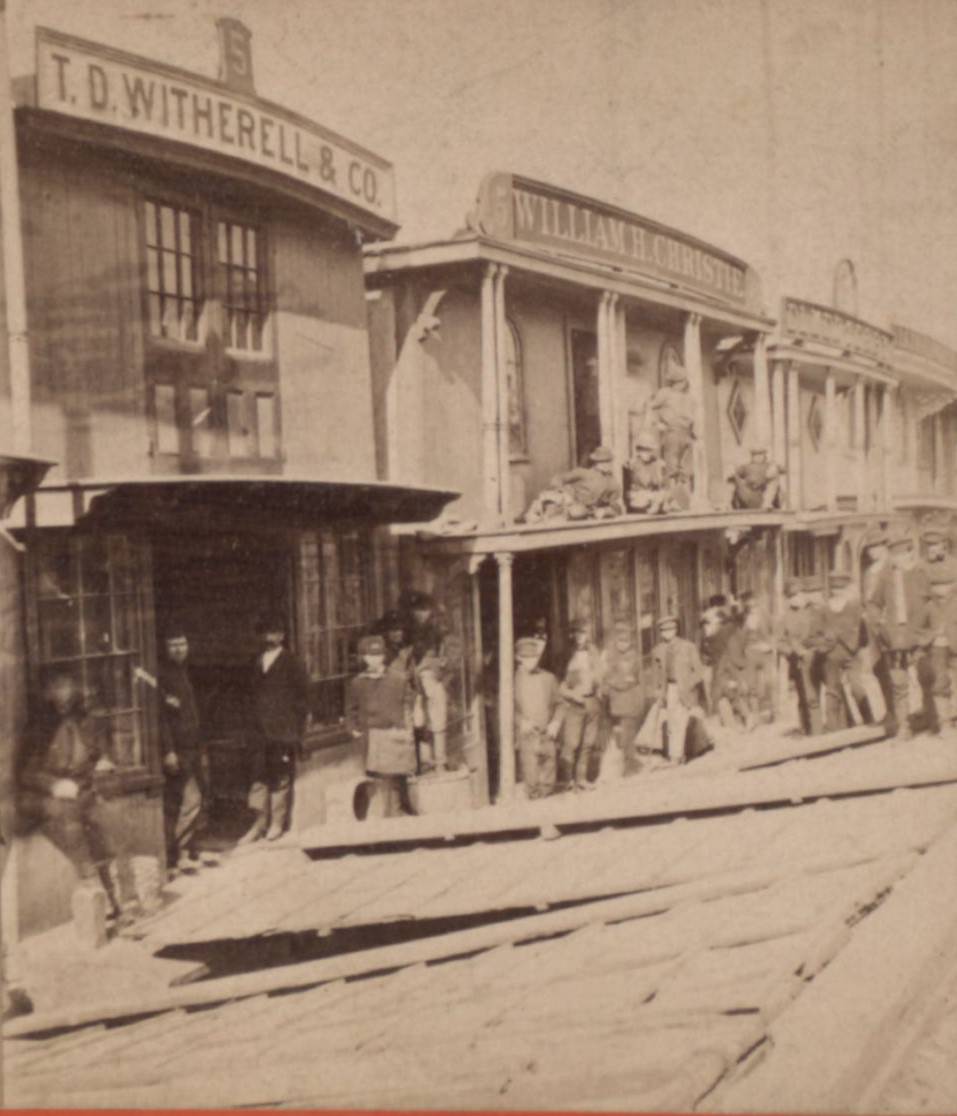
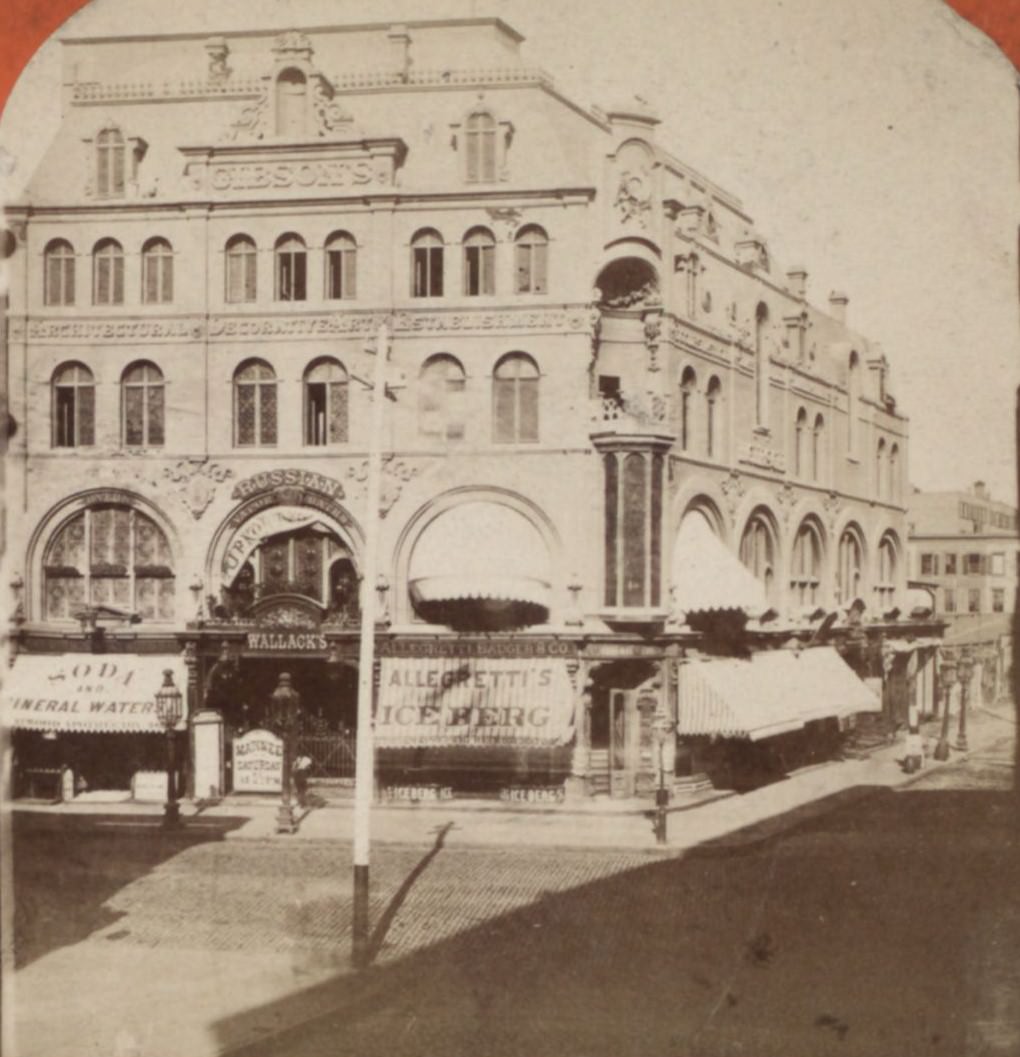
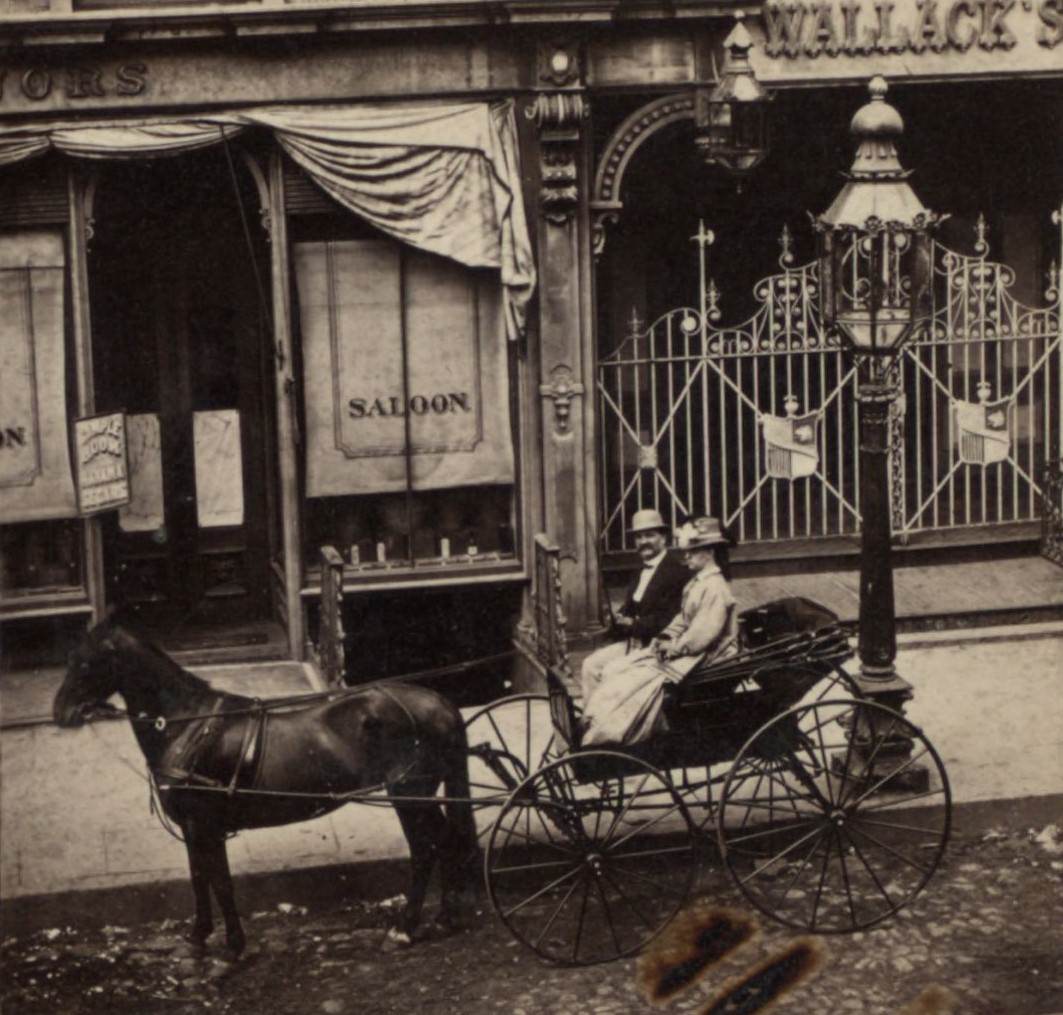
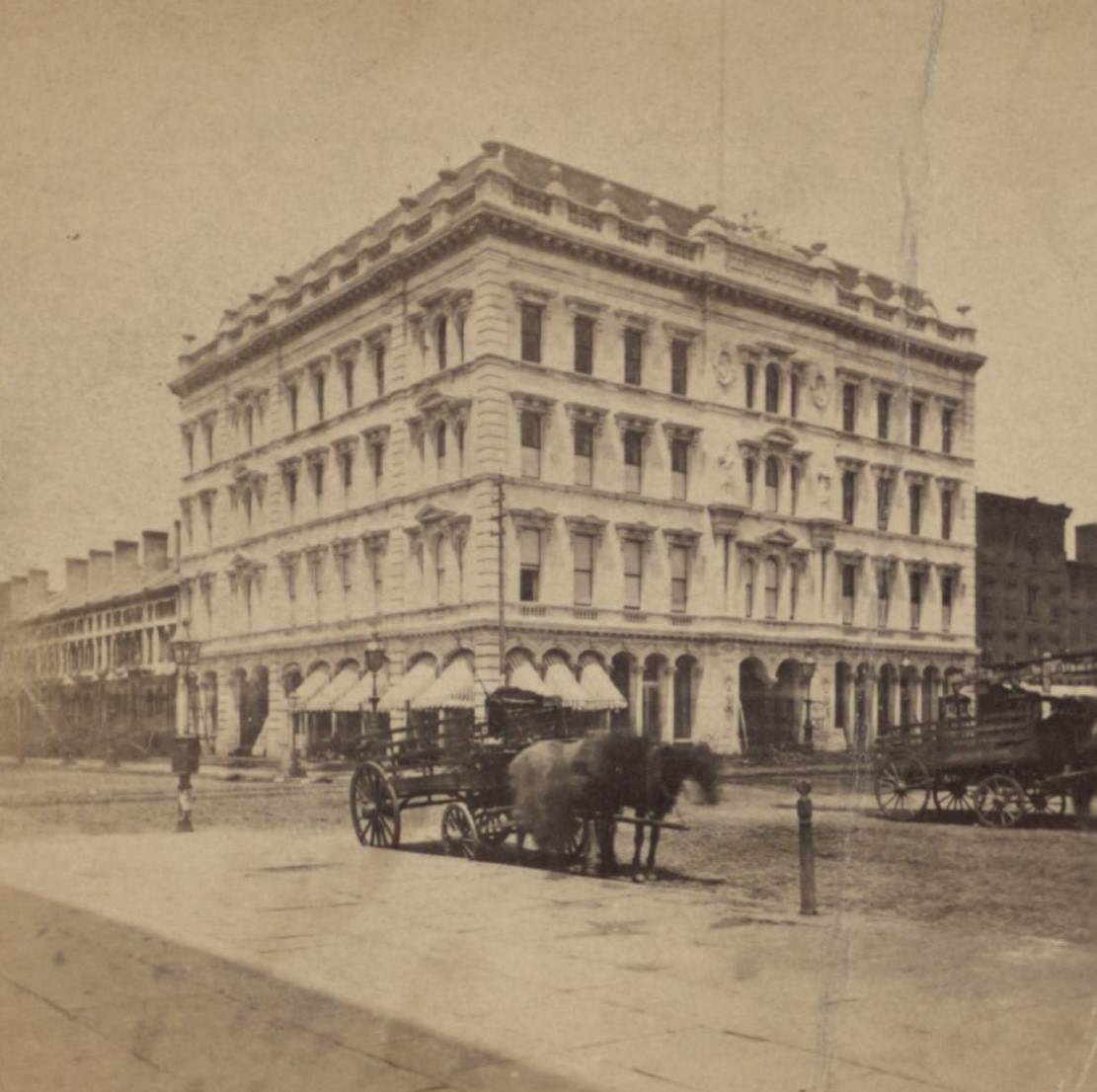
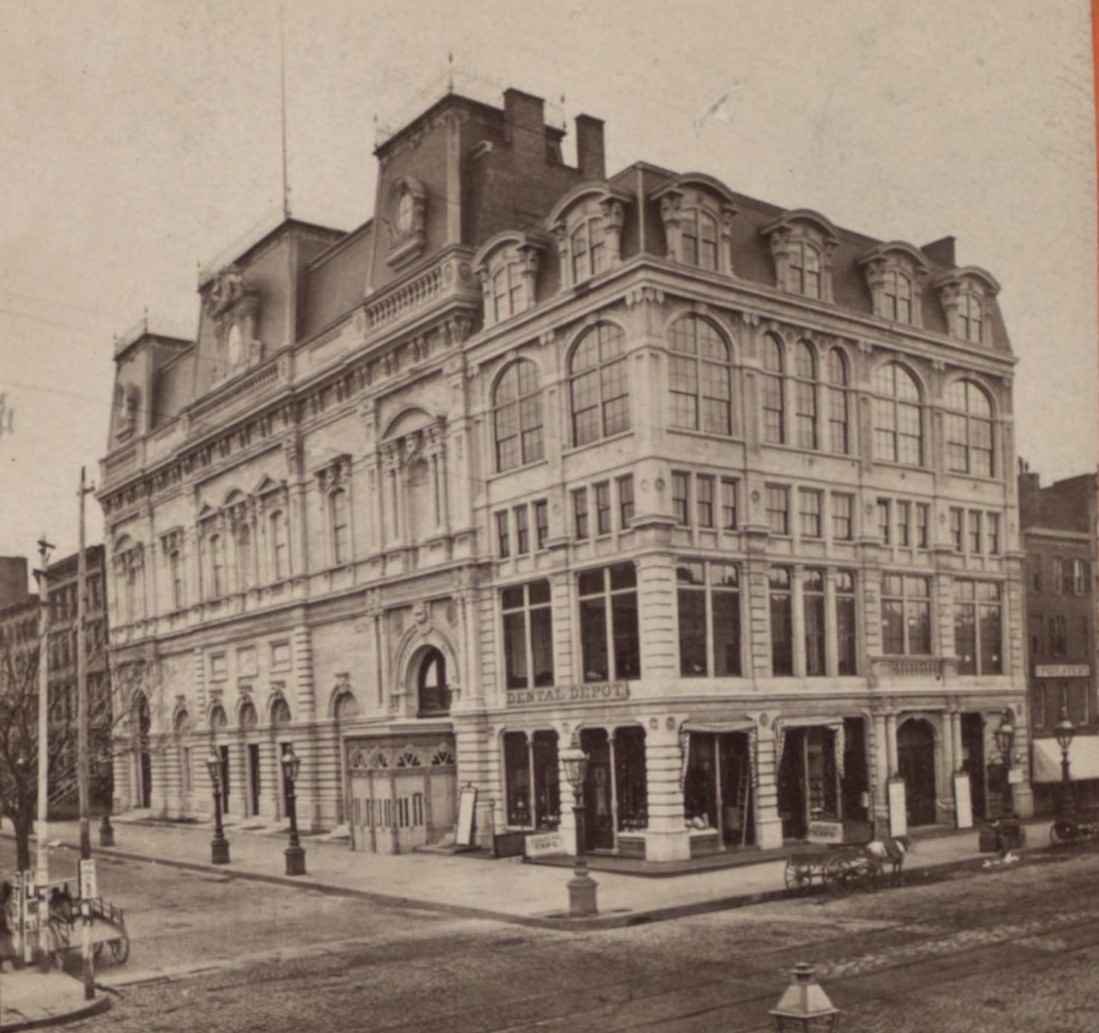
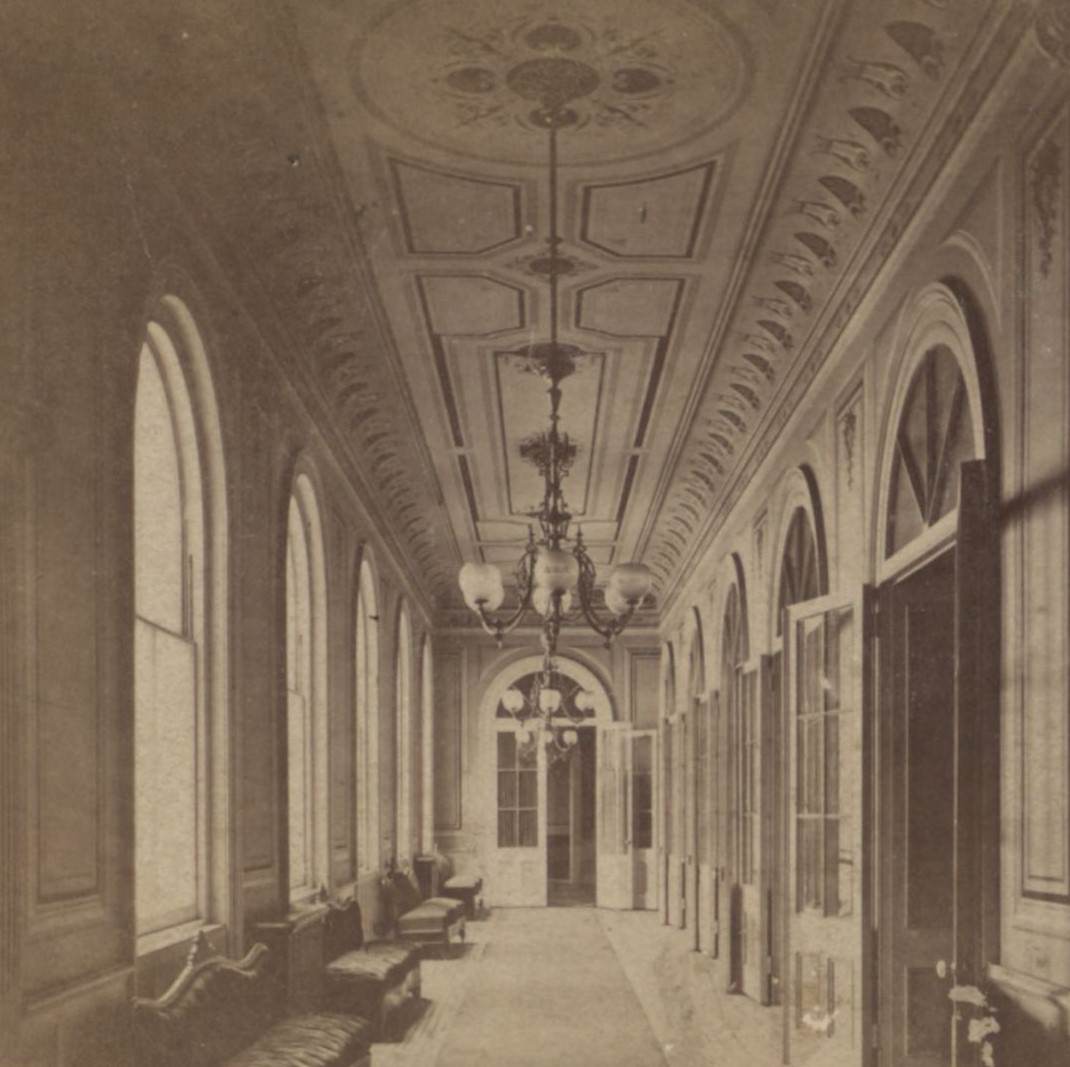
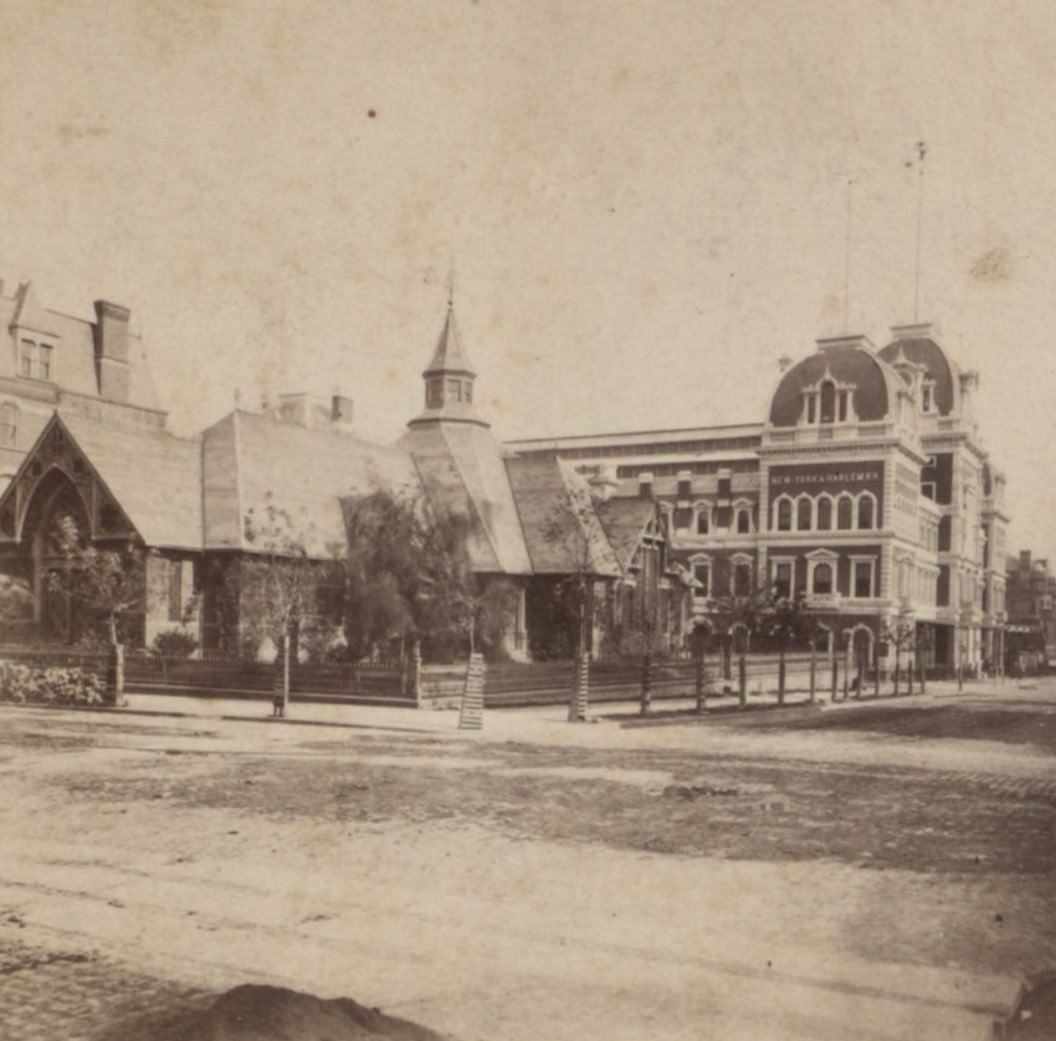
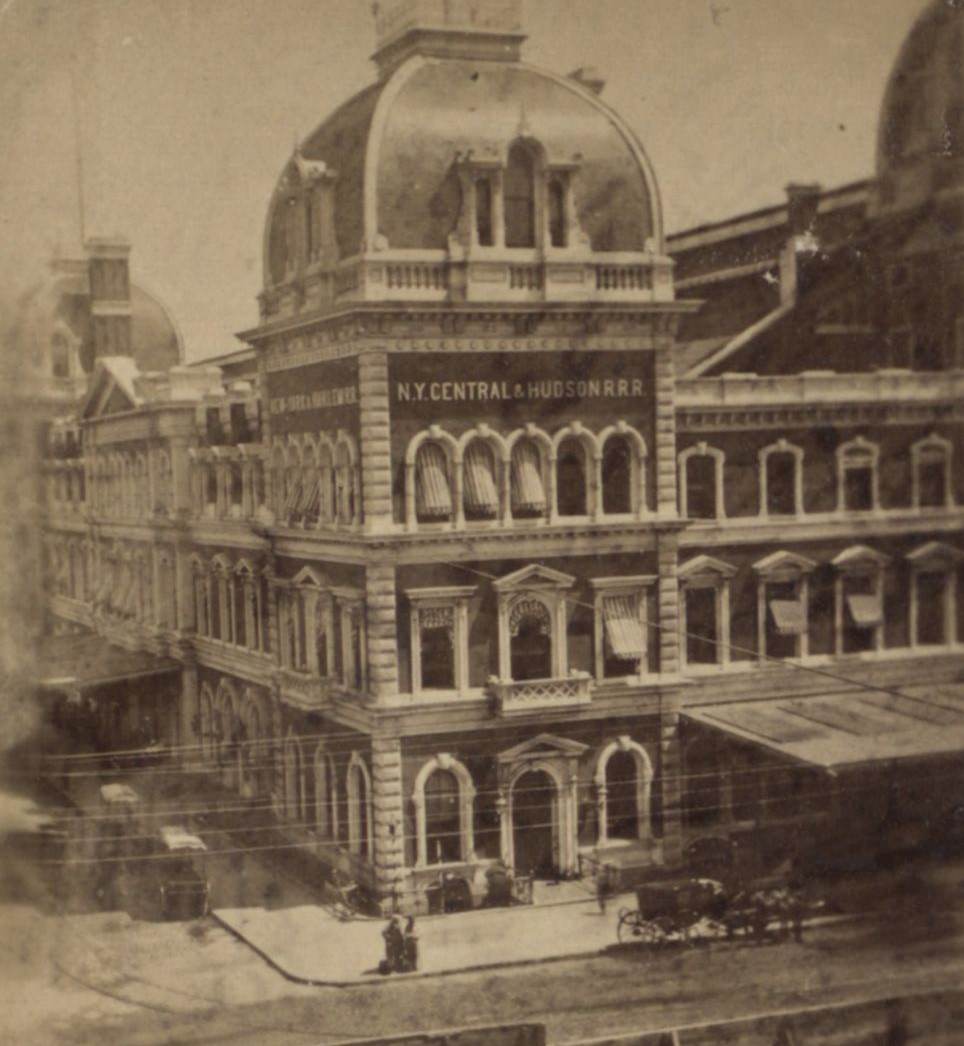
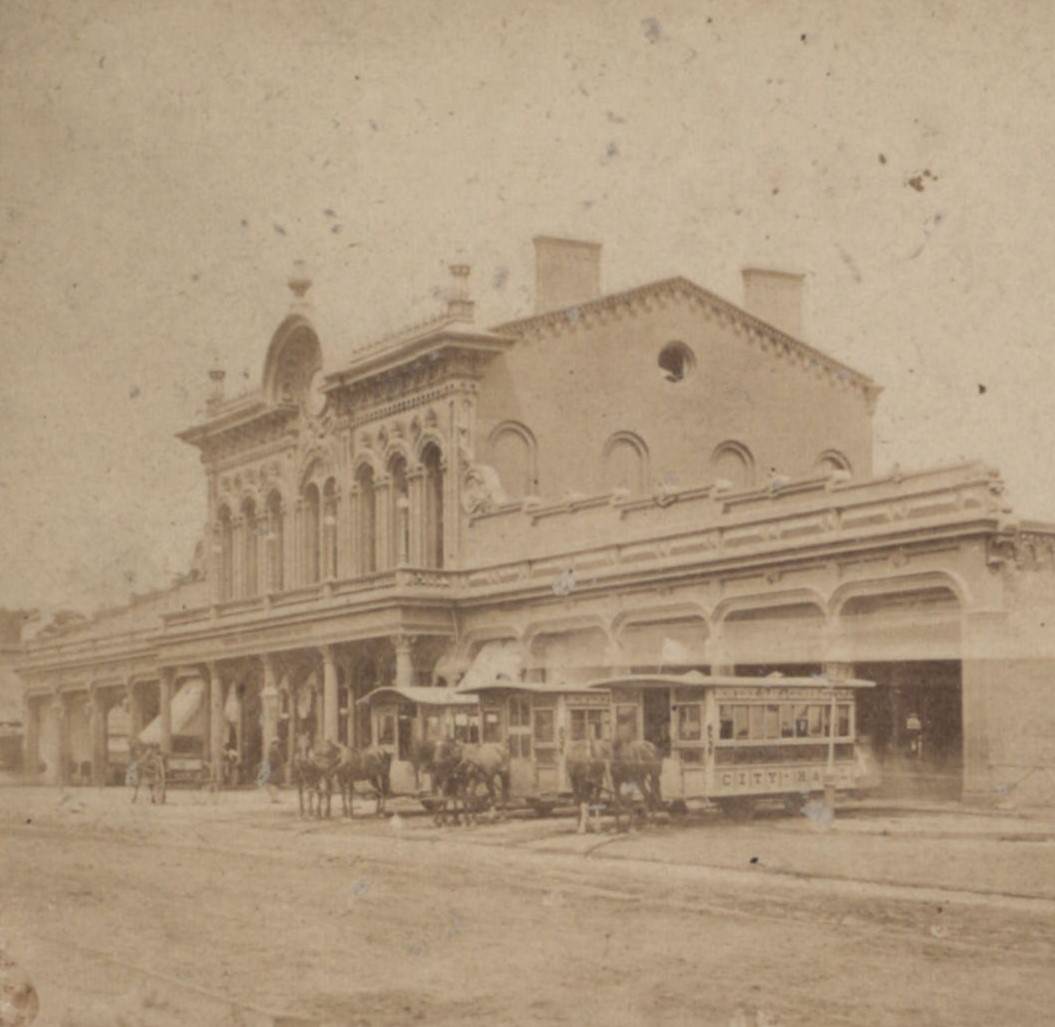
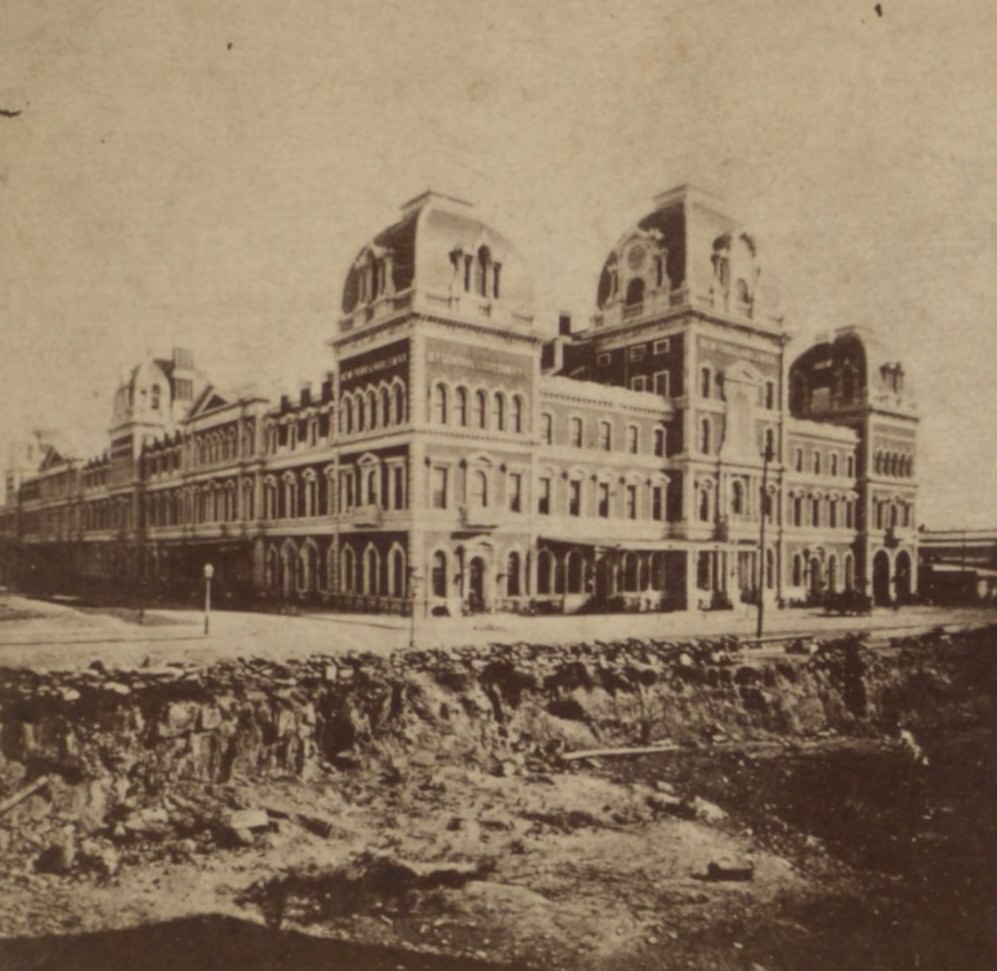
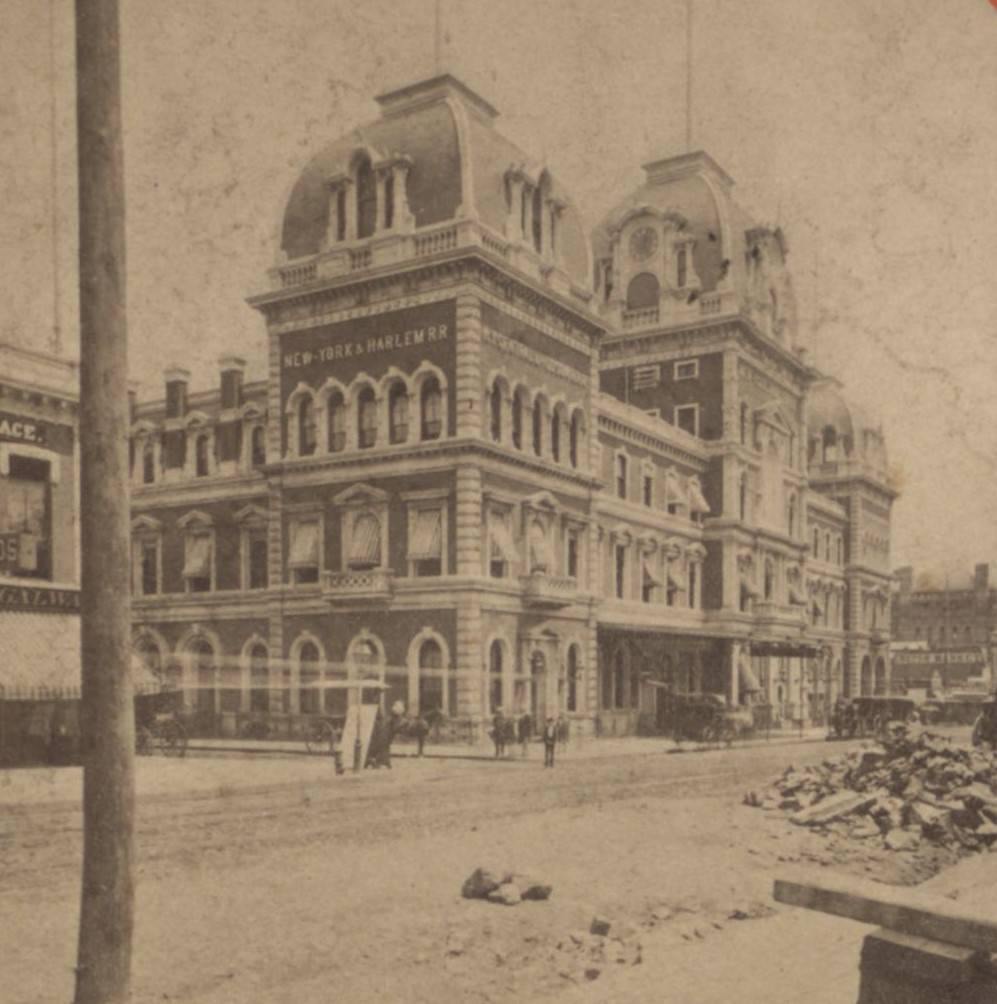
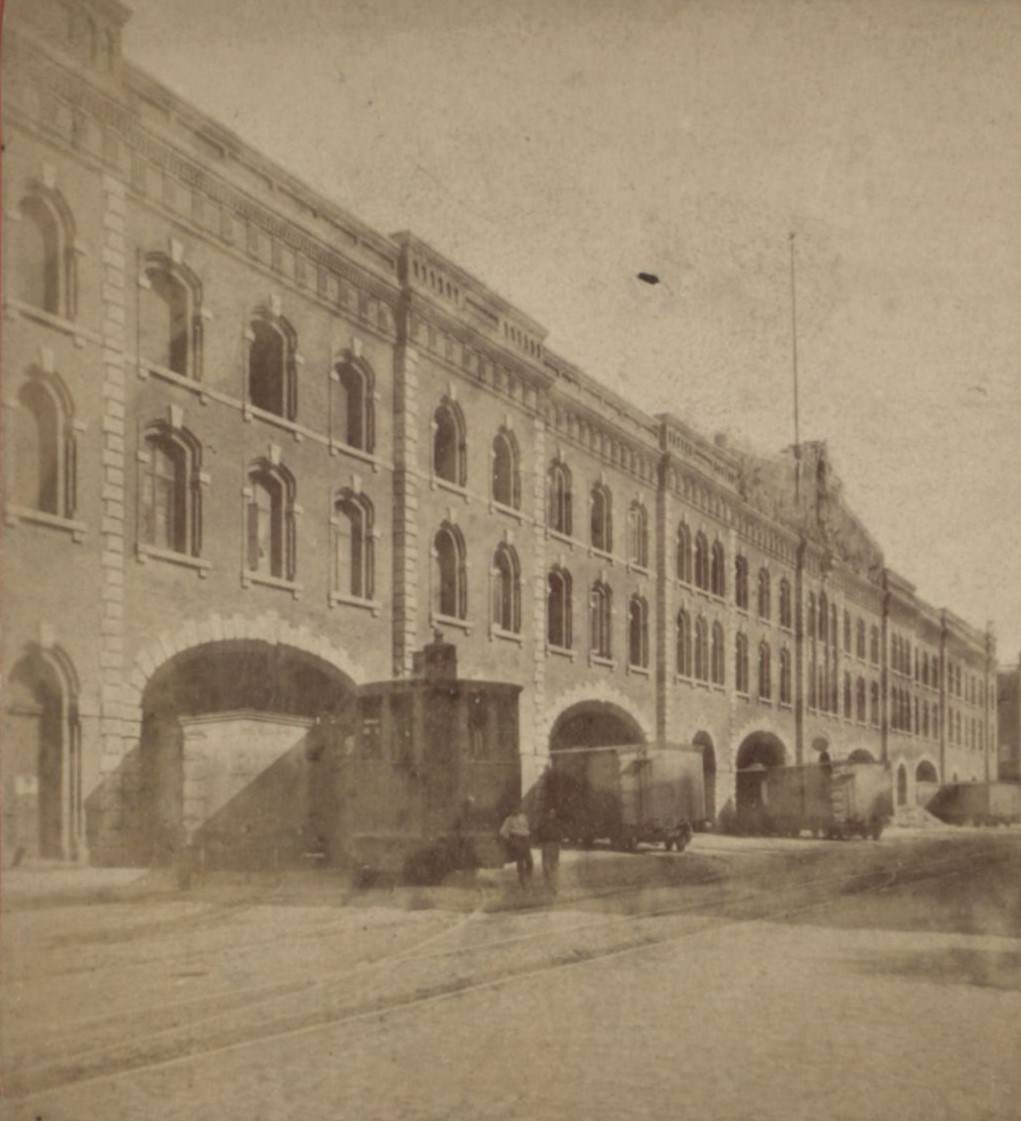
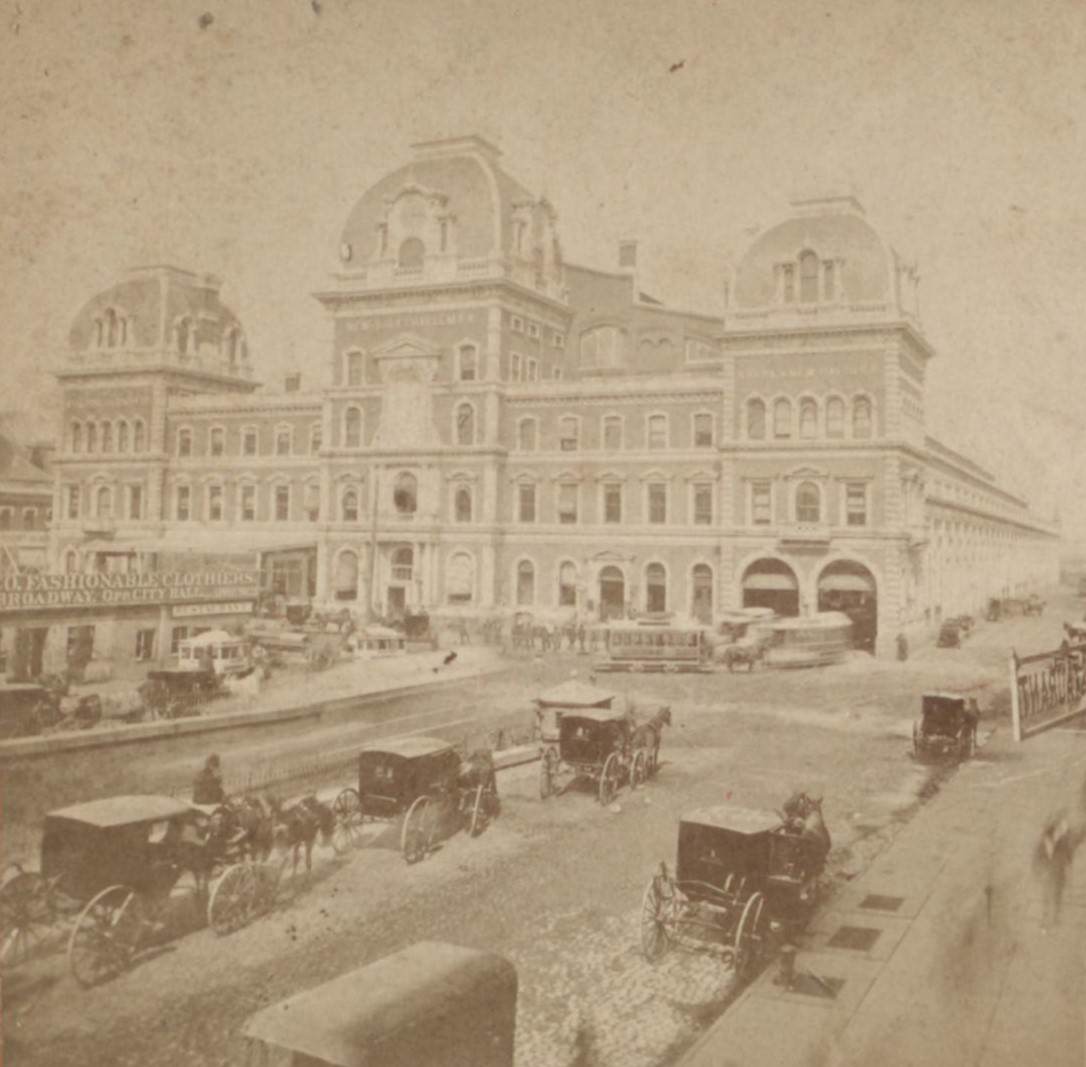
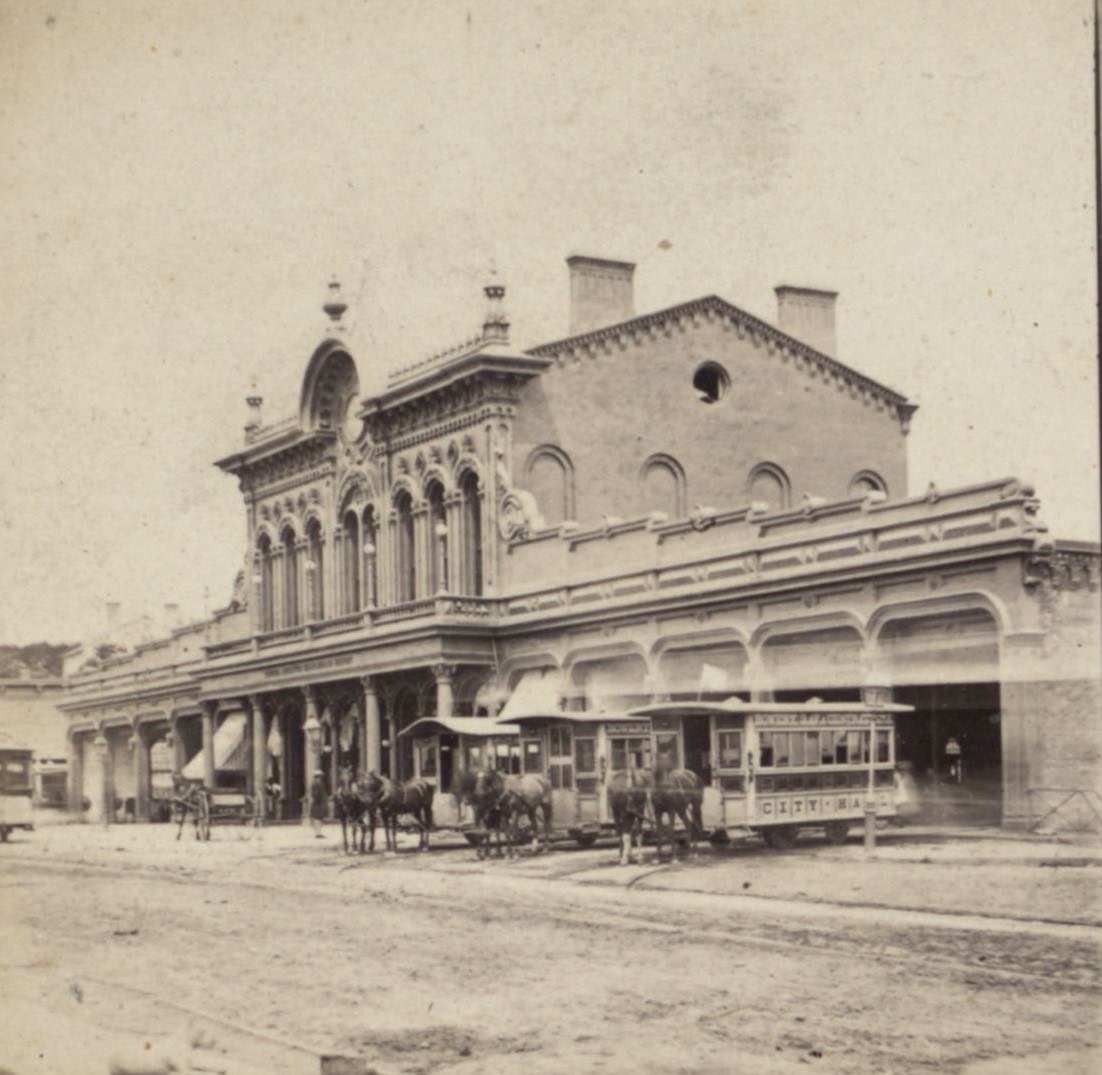
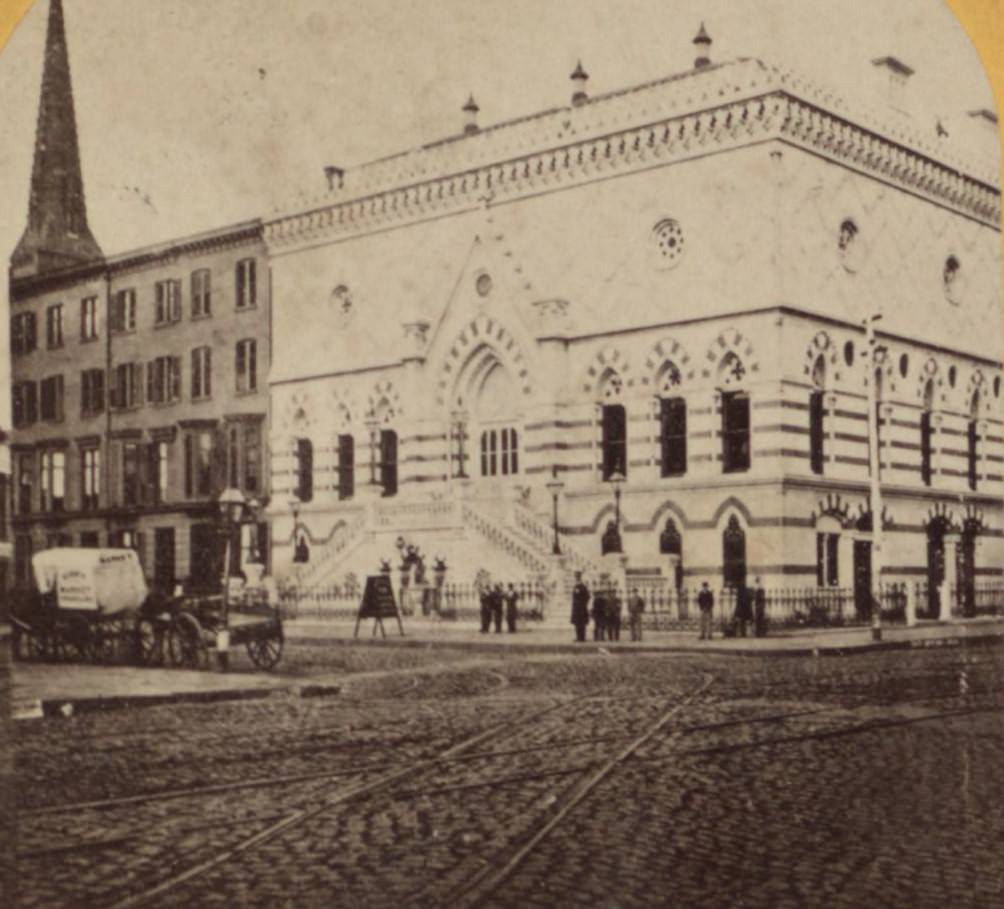
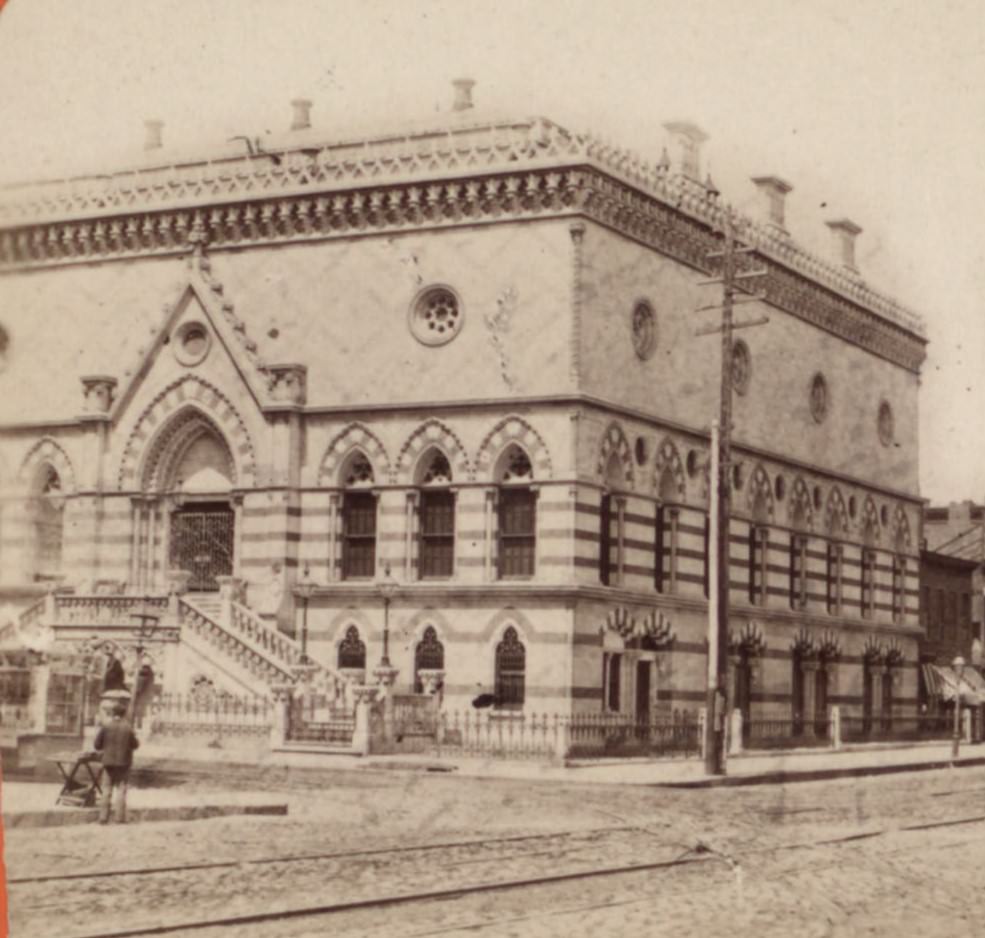
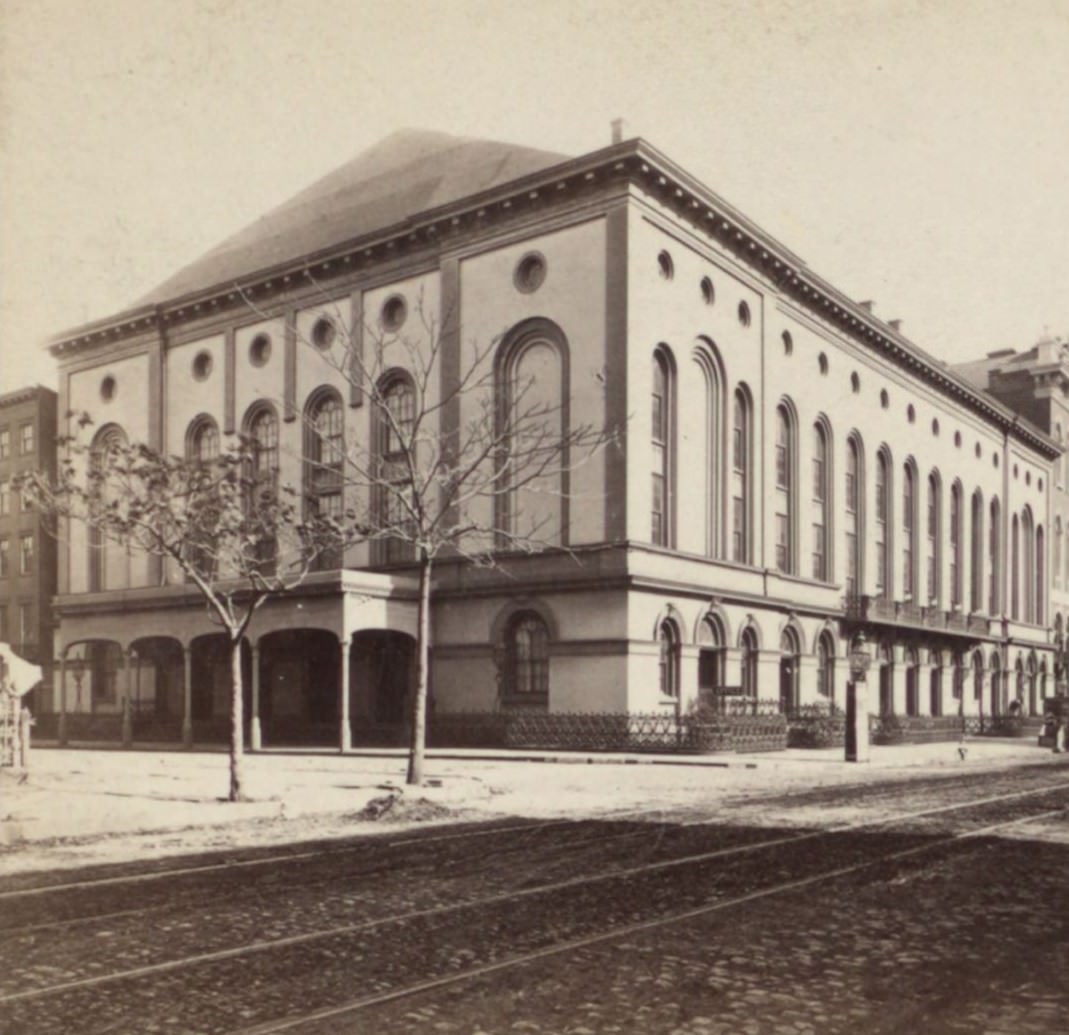
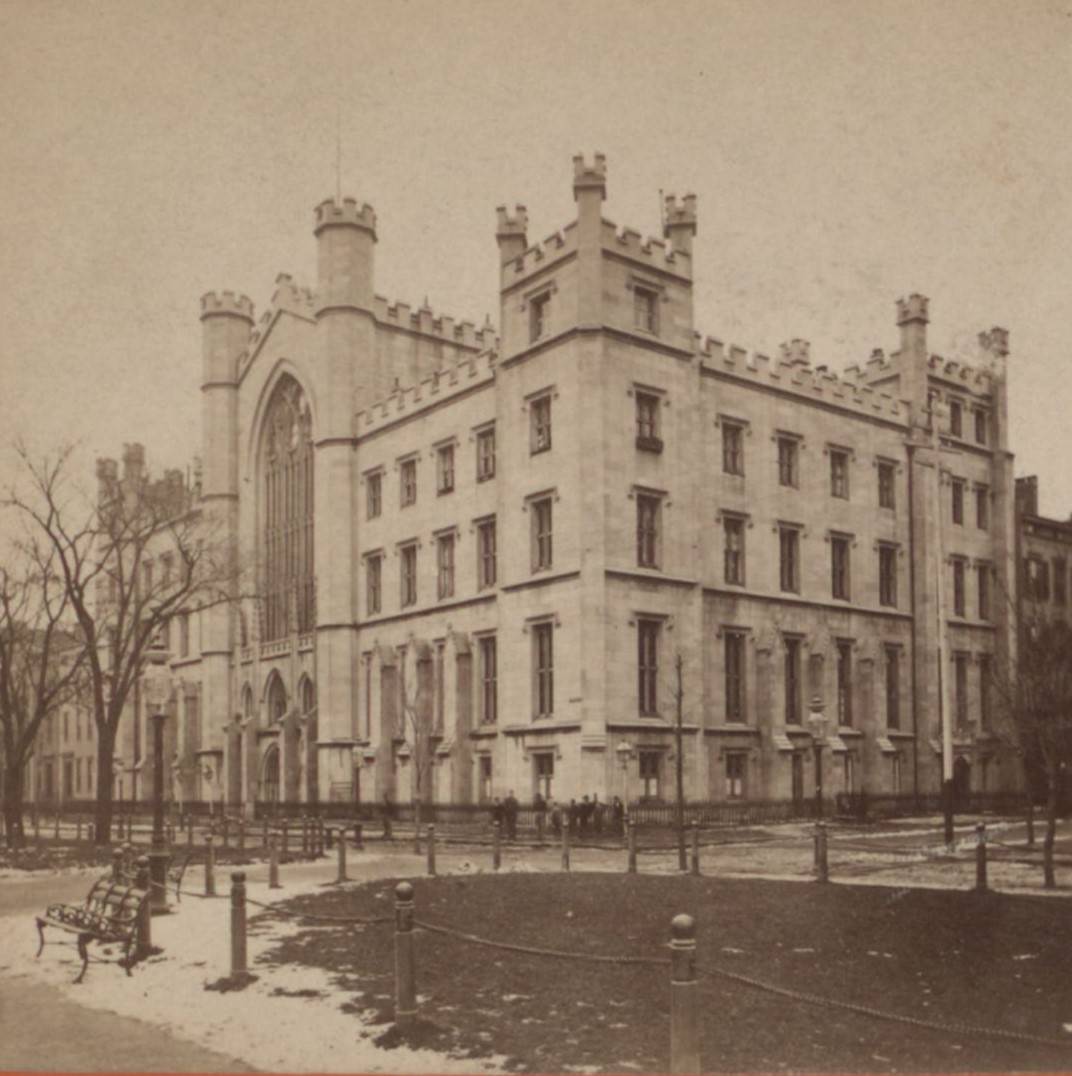
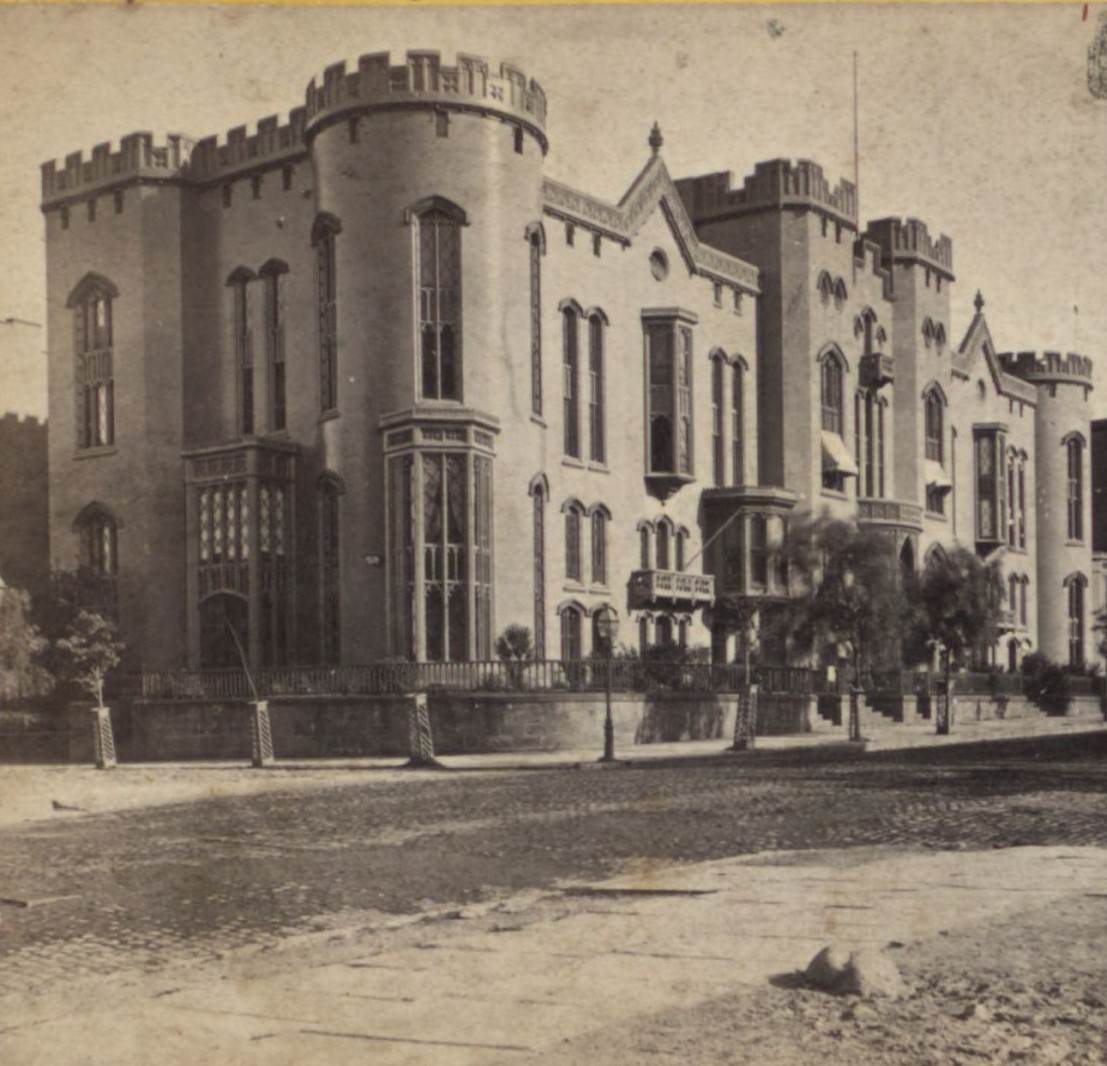
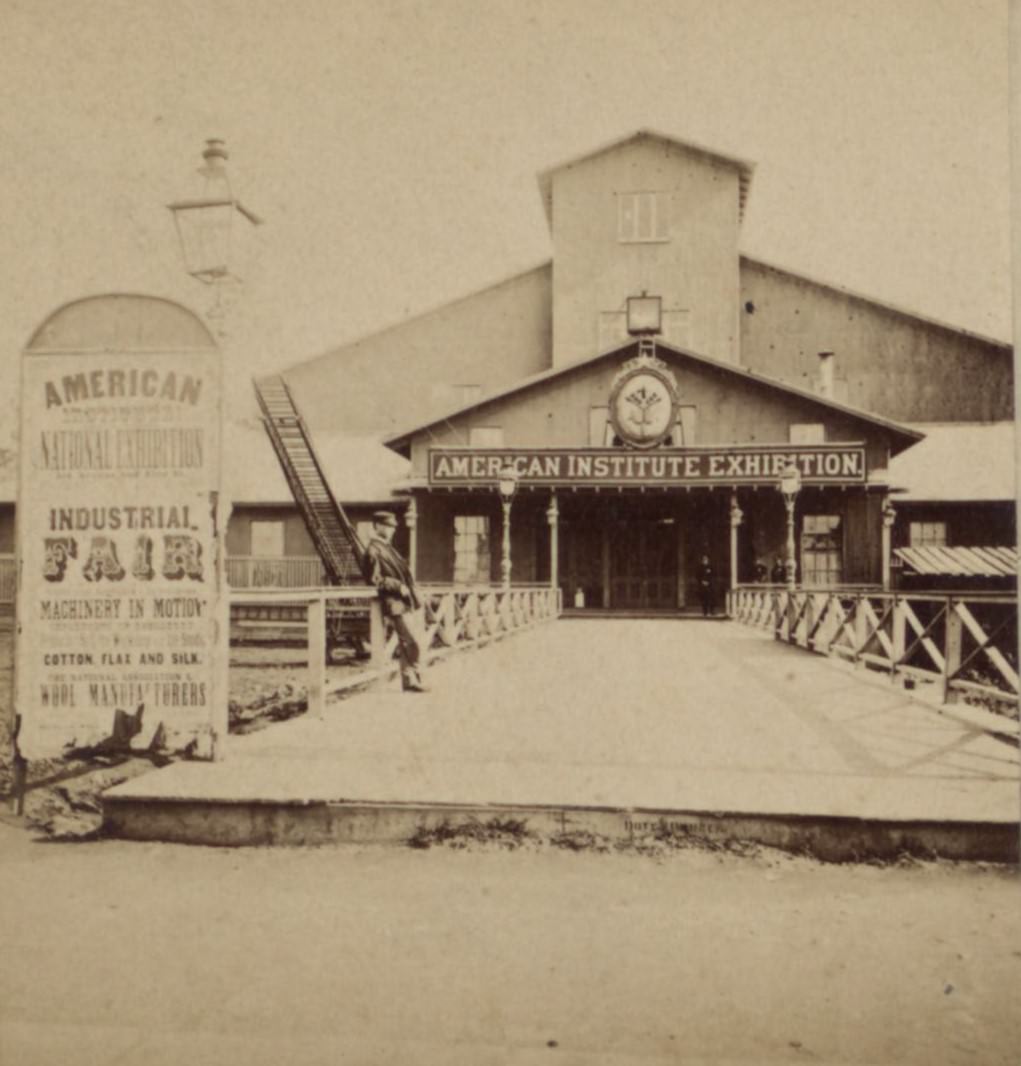
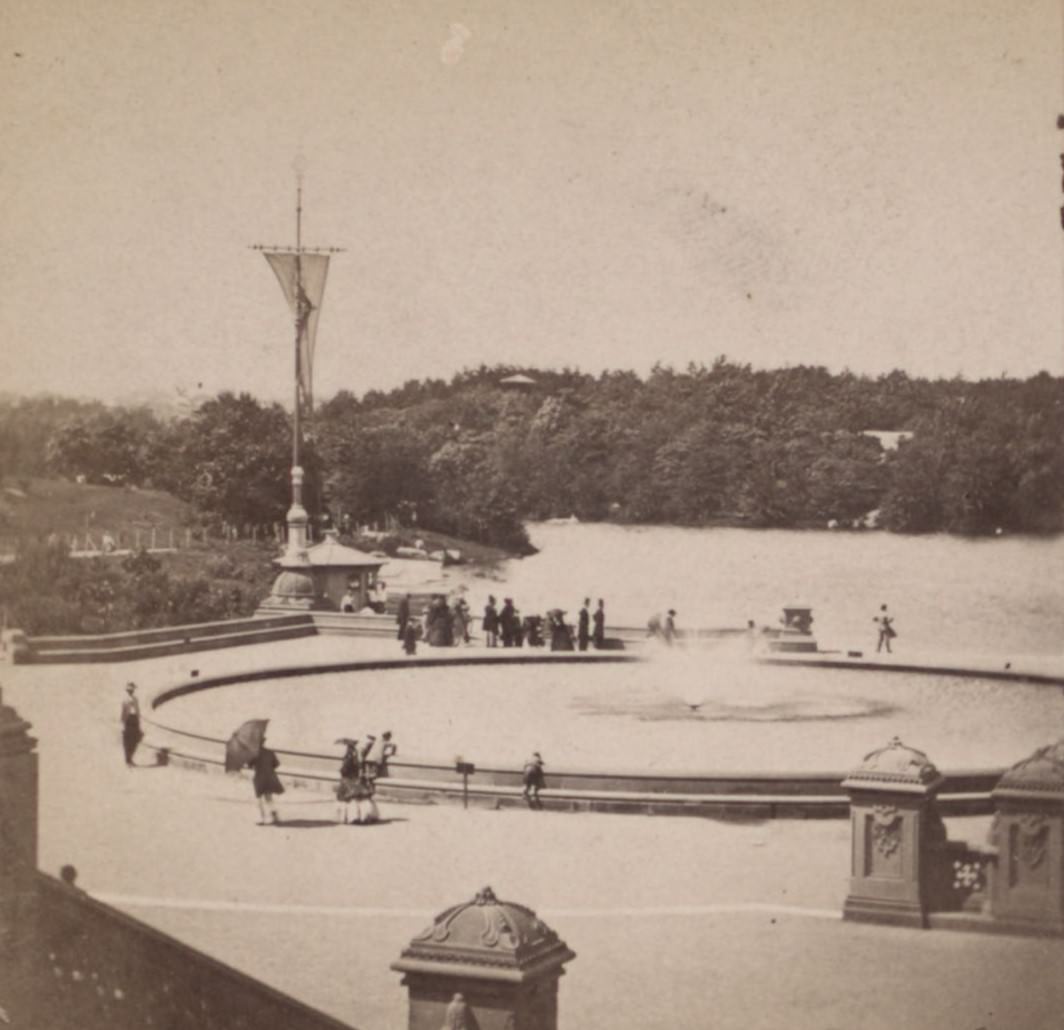
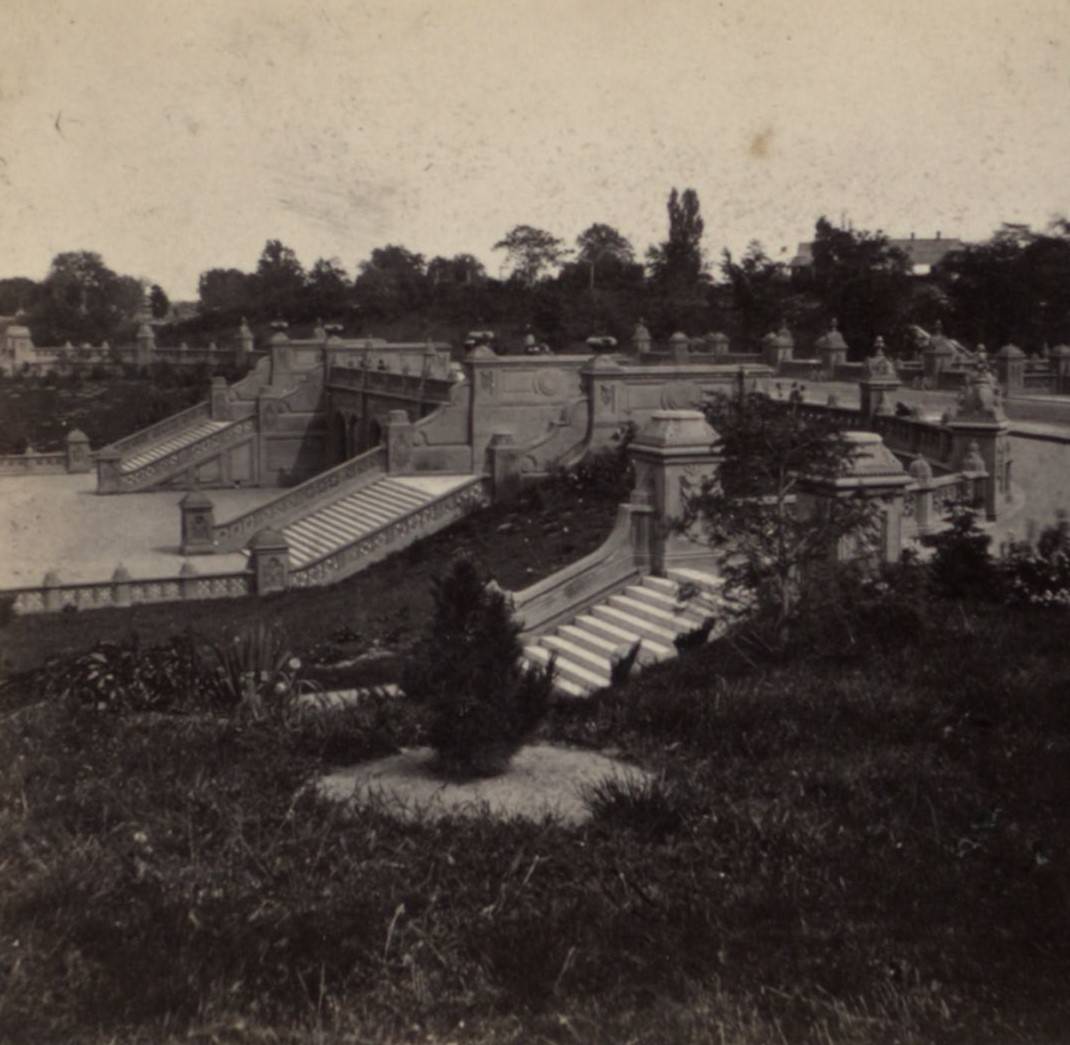
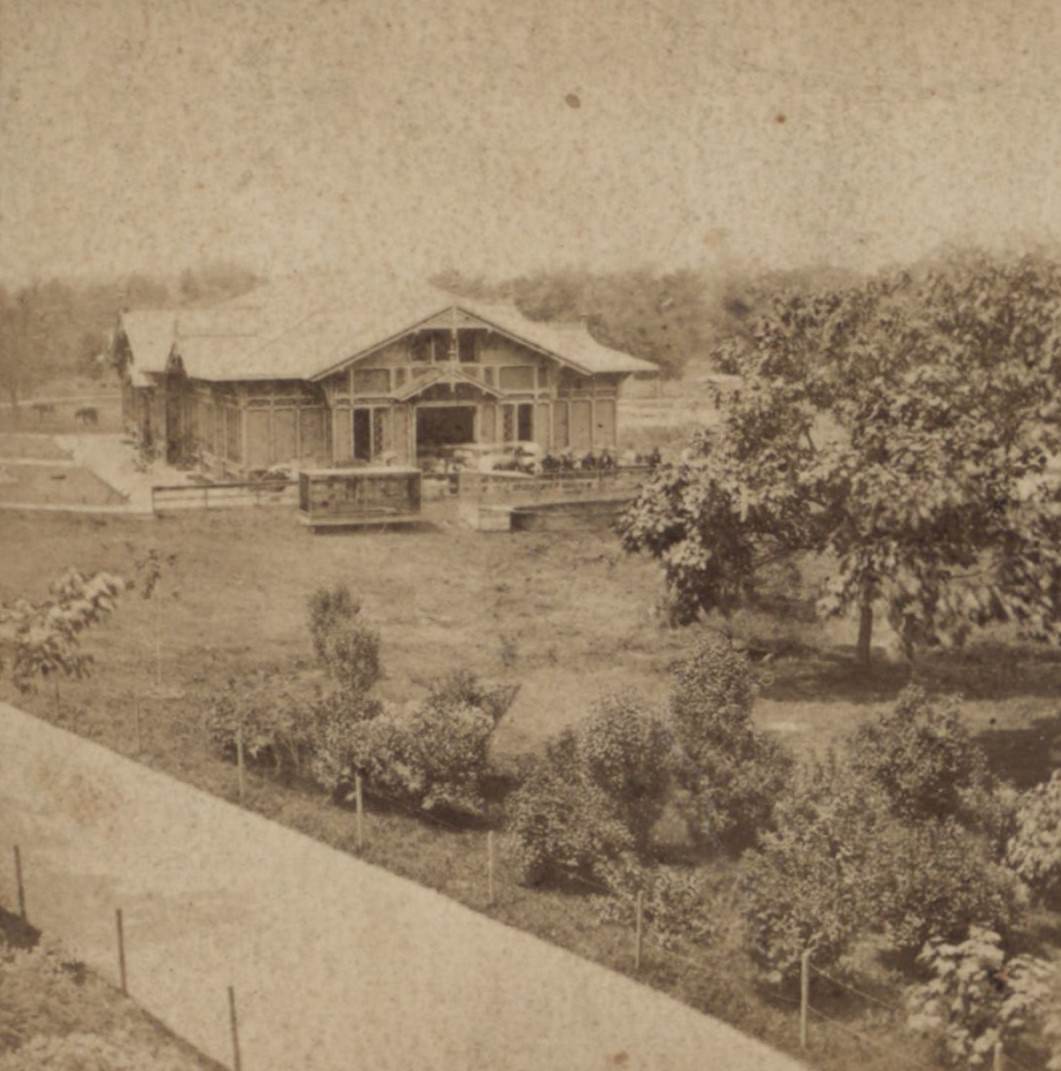
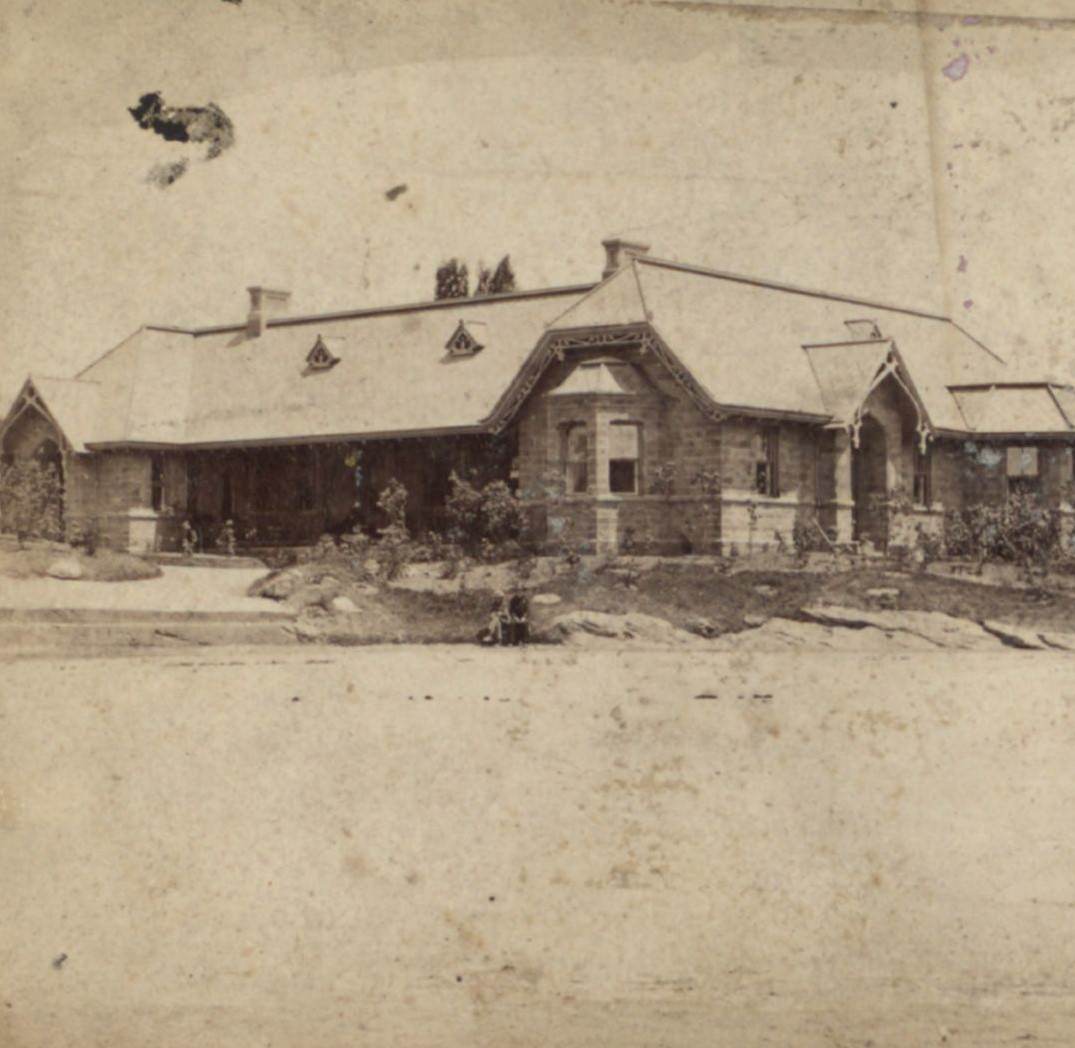
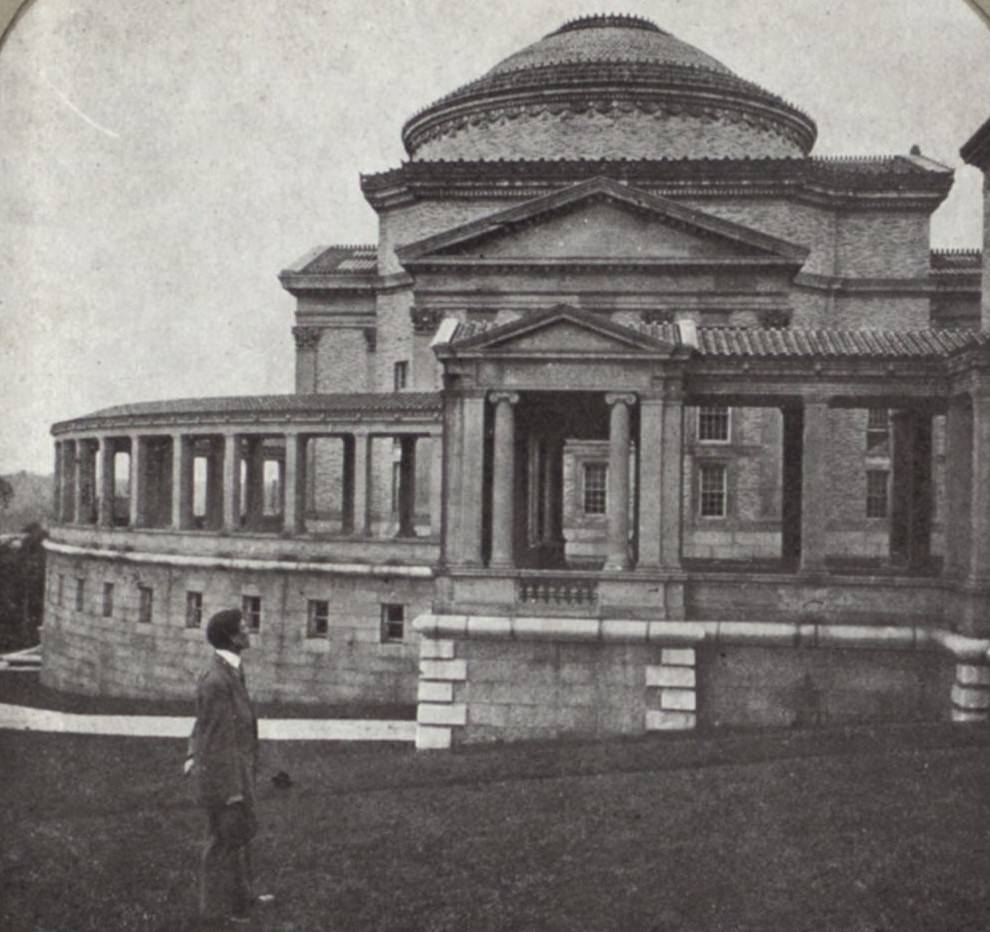
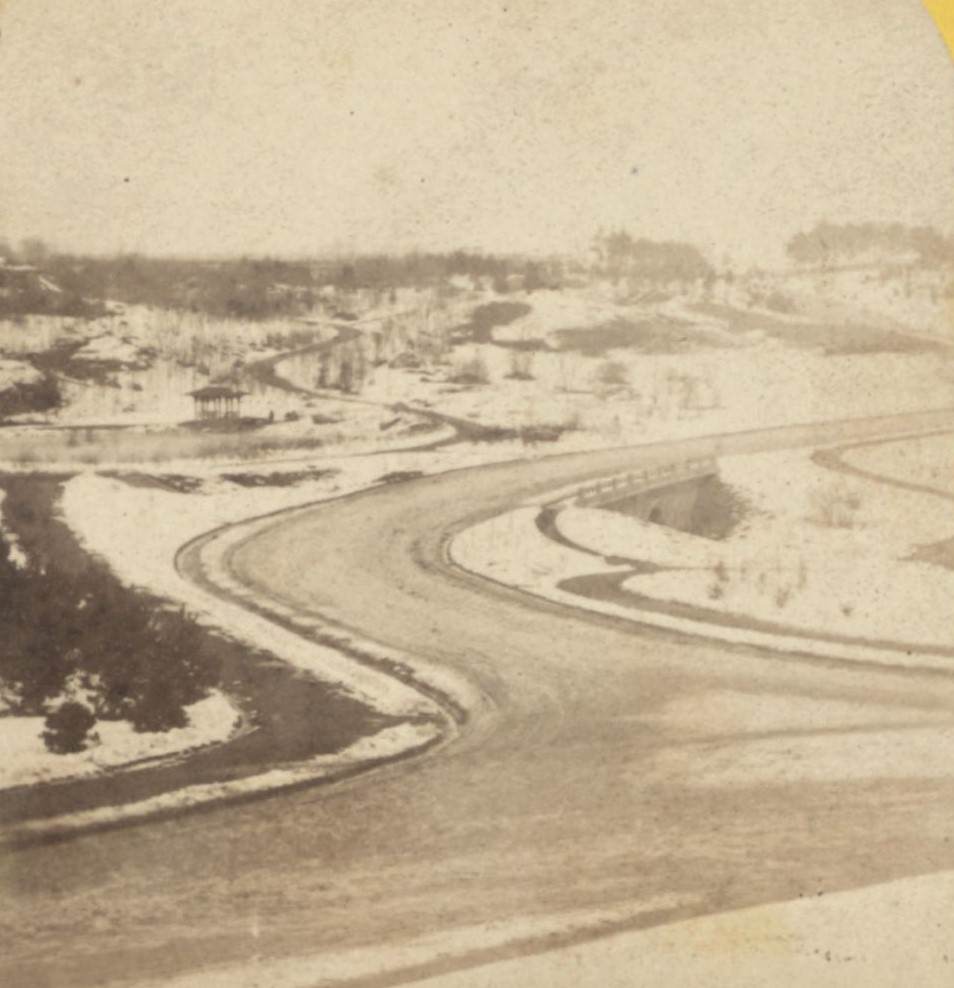
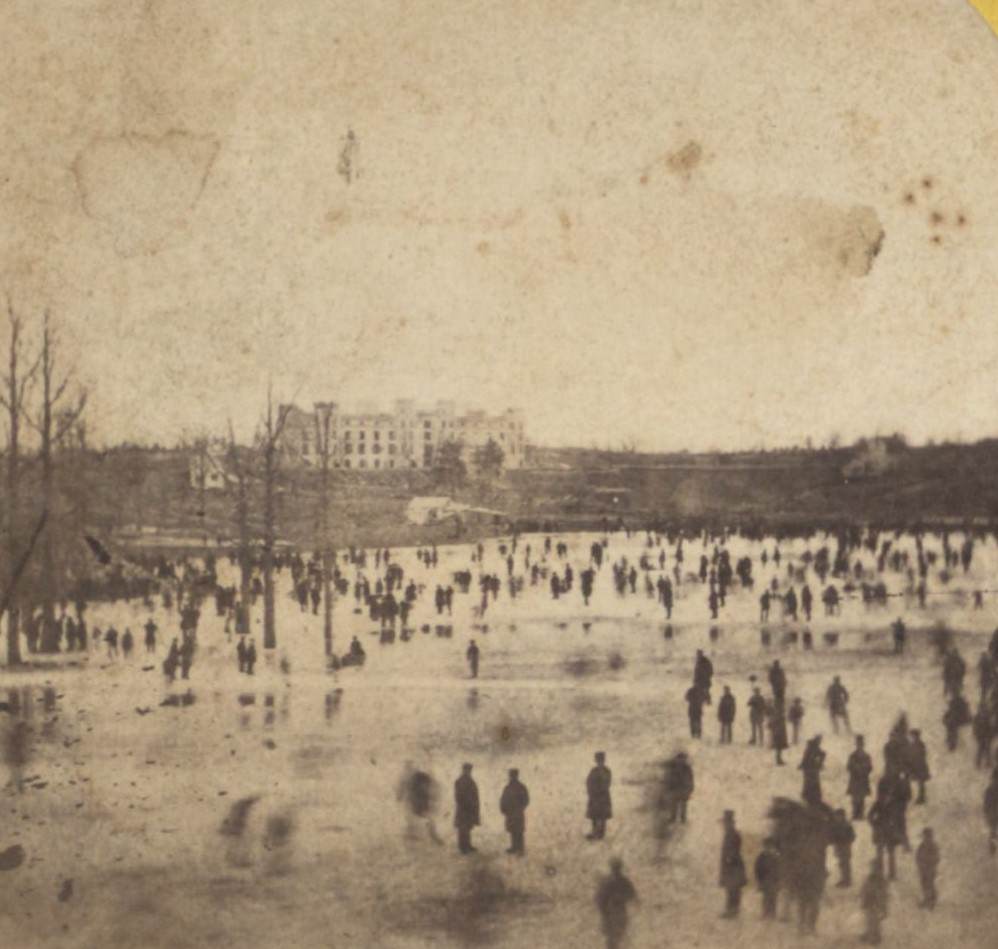
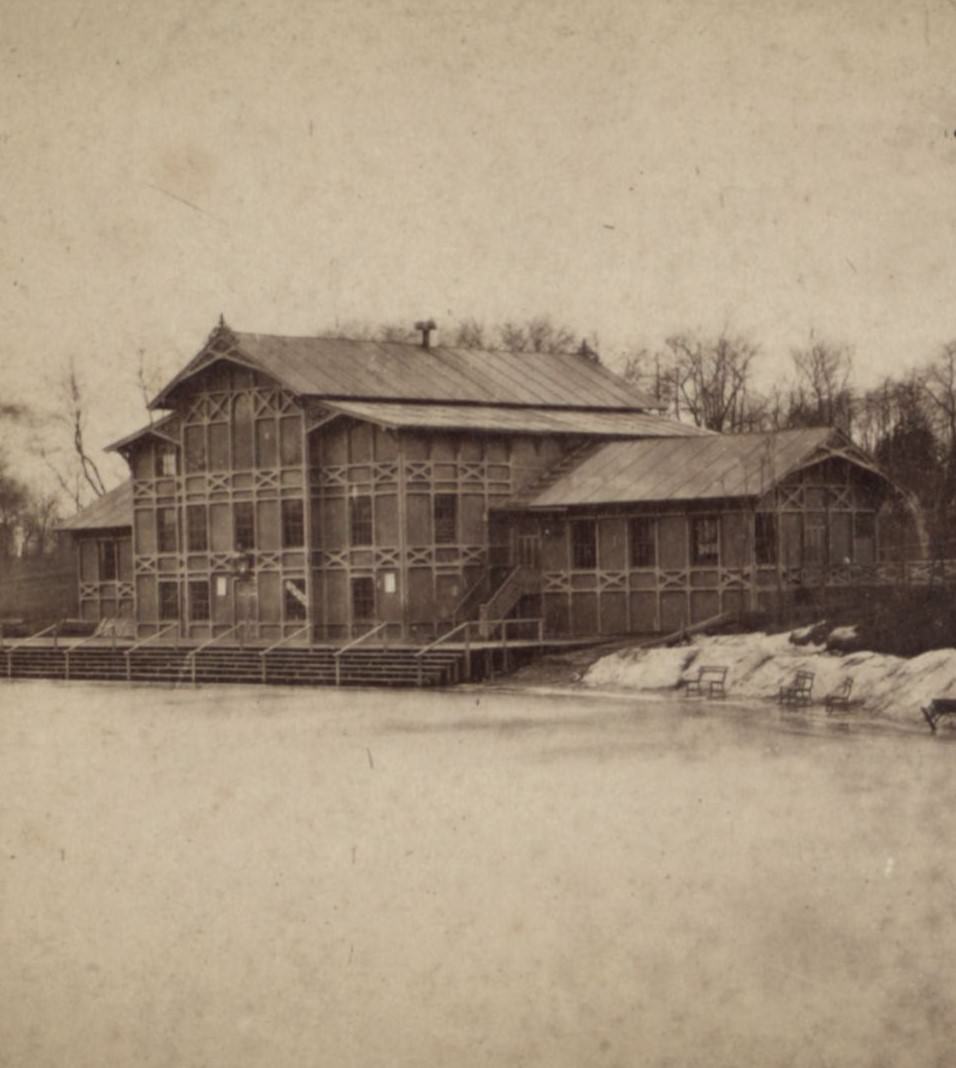
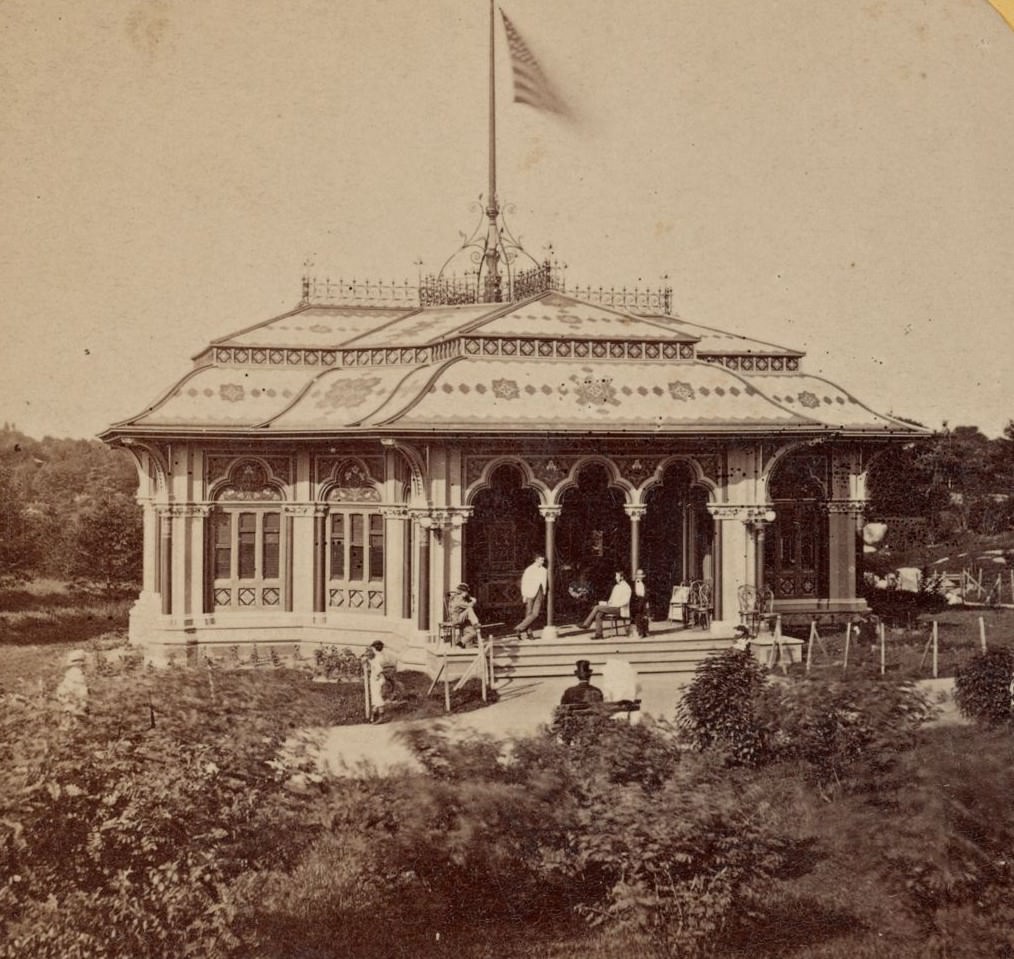
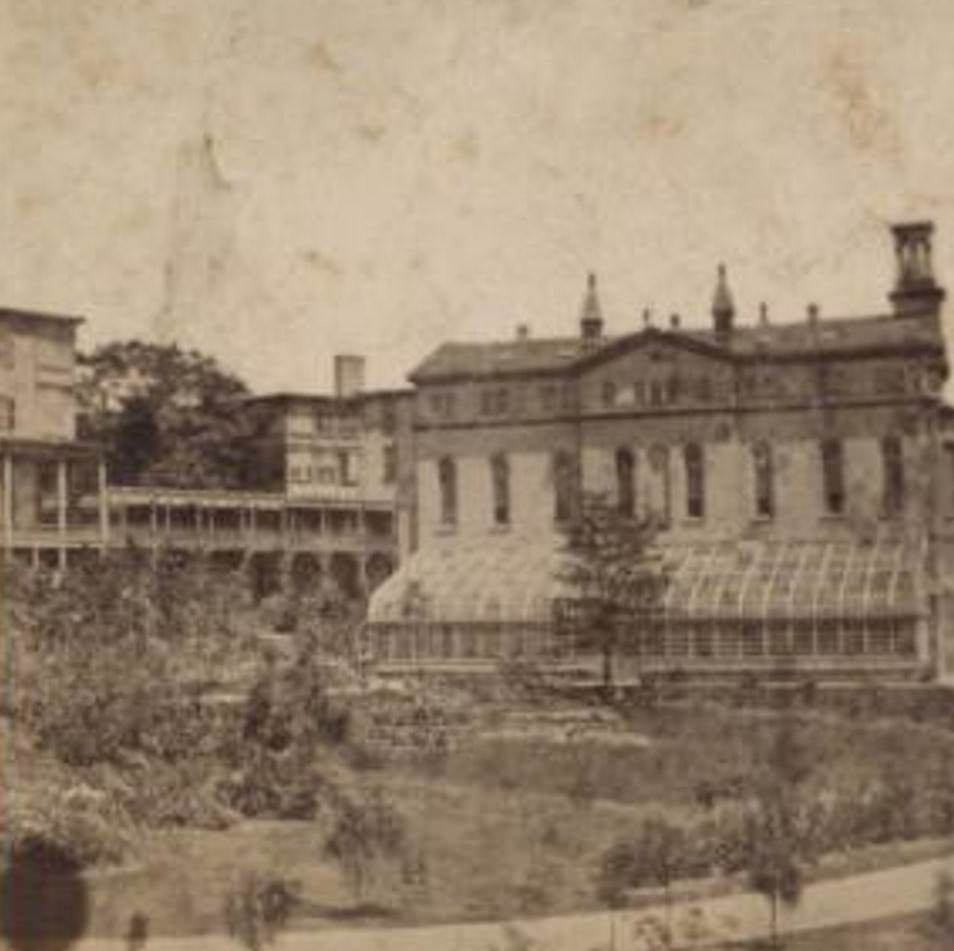
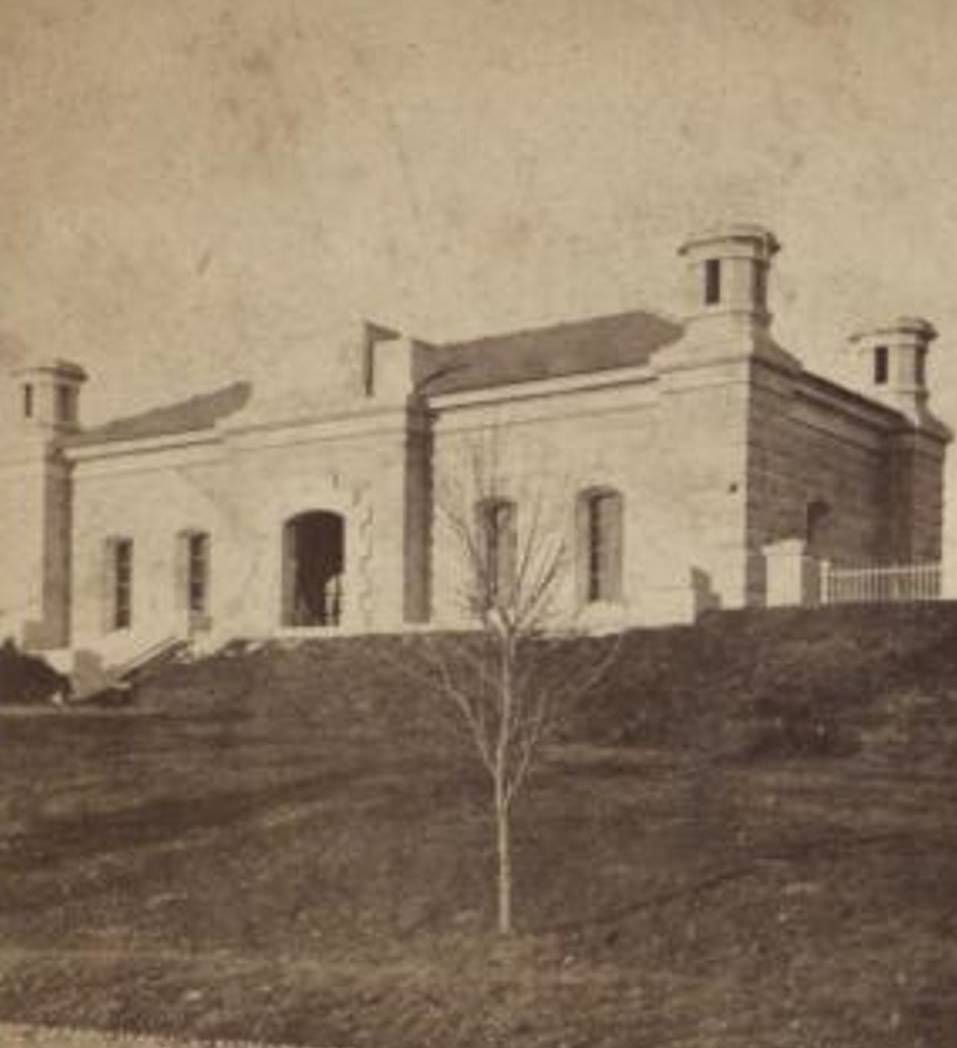
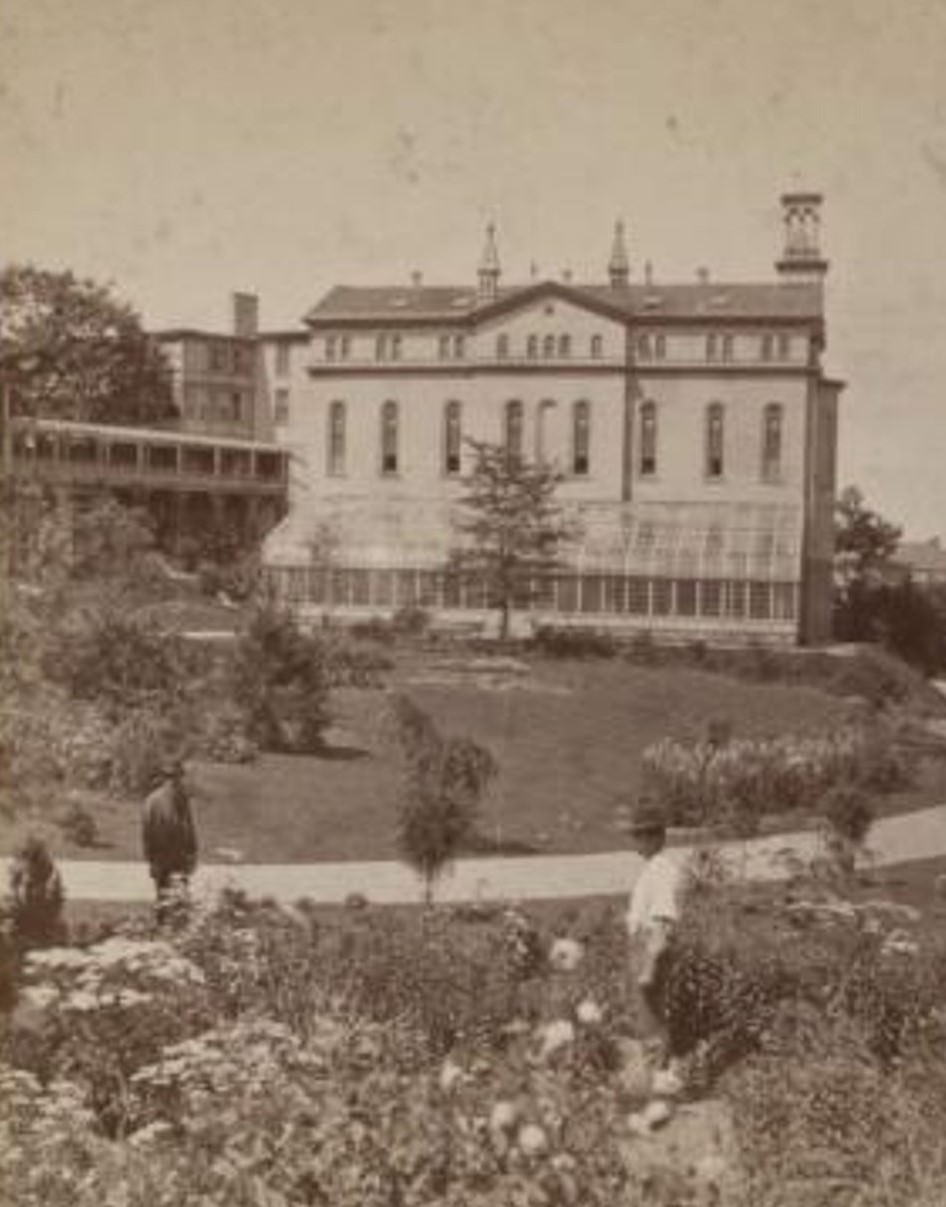
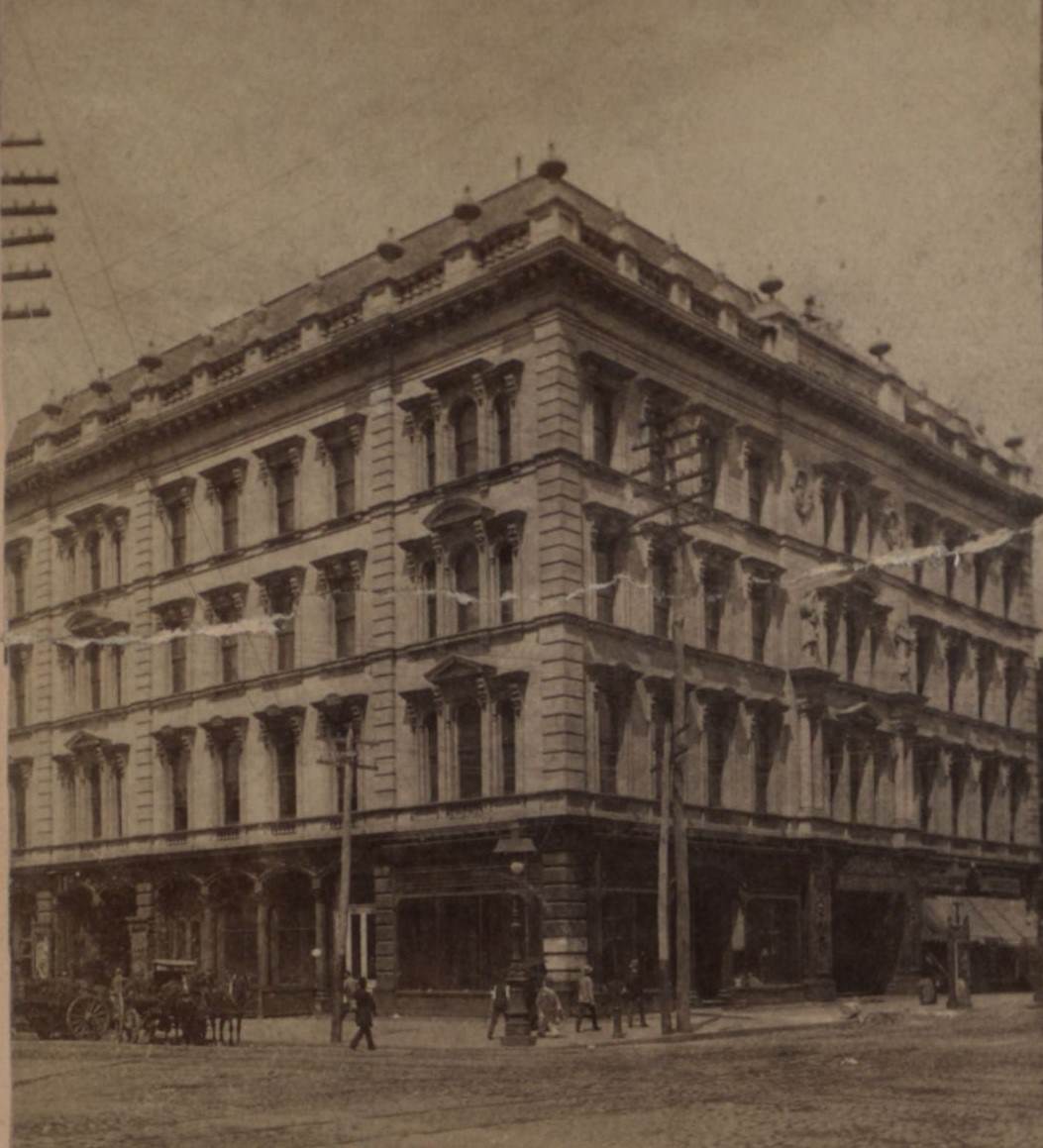
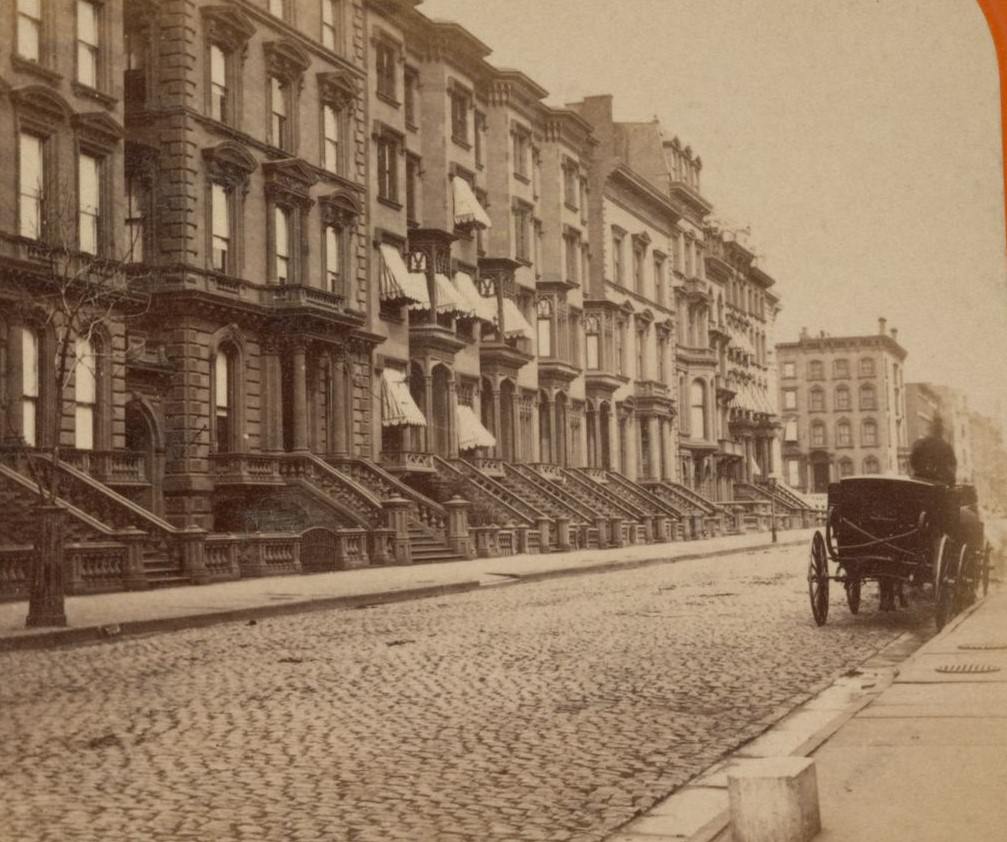
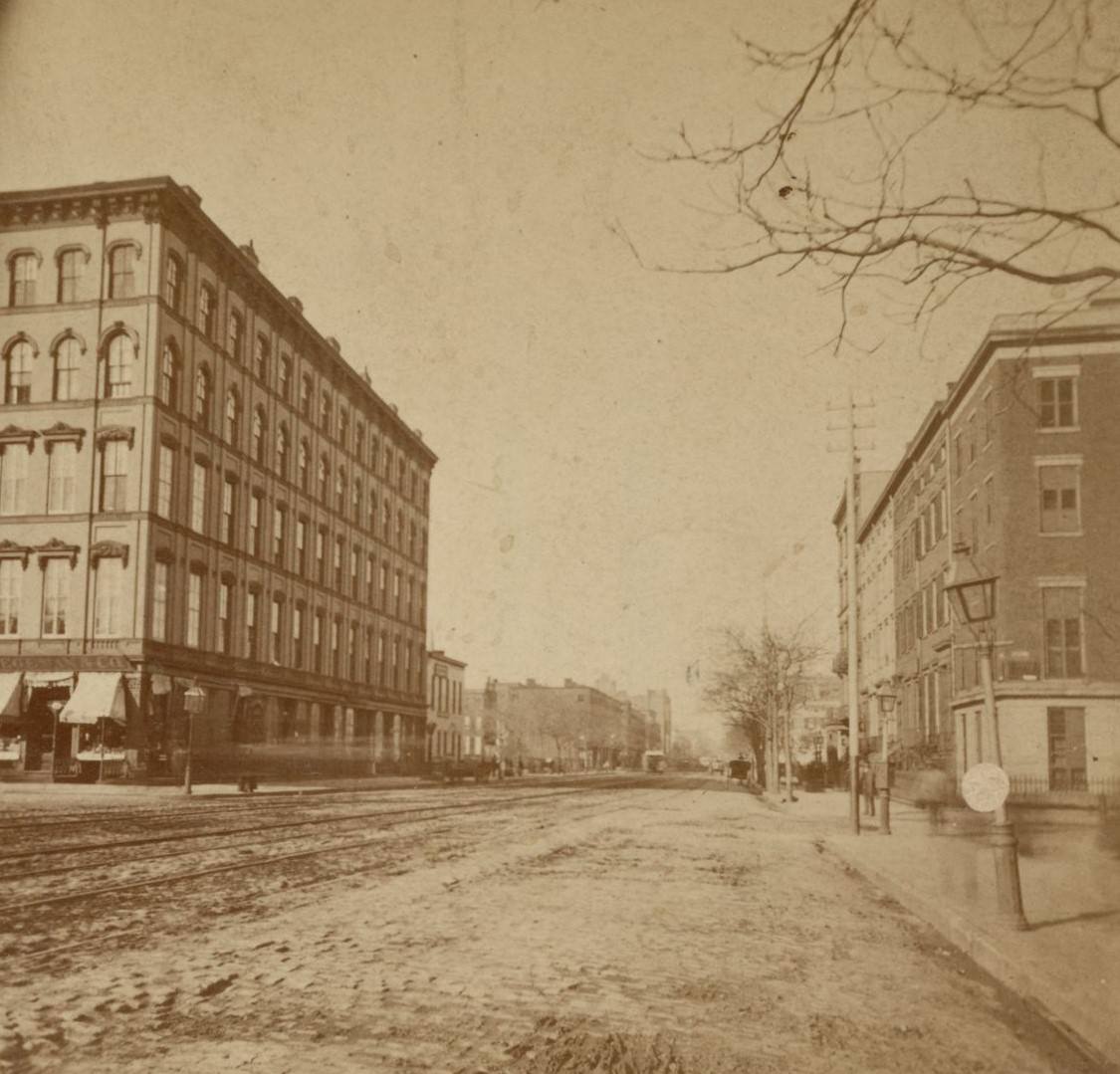
![New York City And Vicinity [Street Scene], 1850S.](https://seeoldnyc.com/wp-content/uploads/2024/05/New_York_City_1850s_236.jpg)
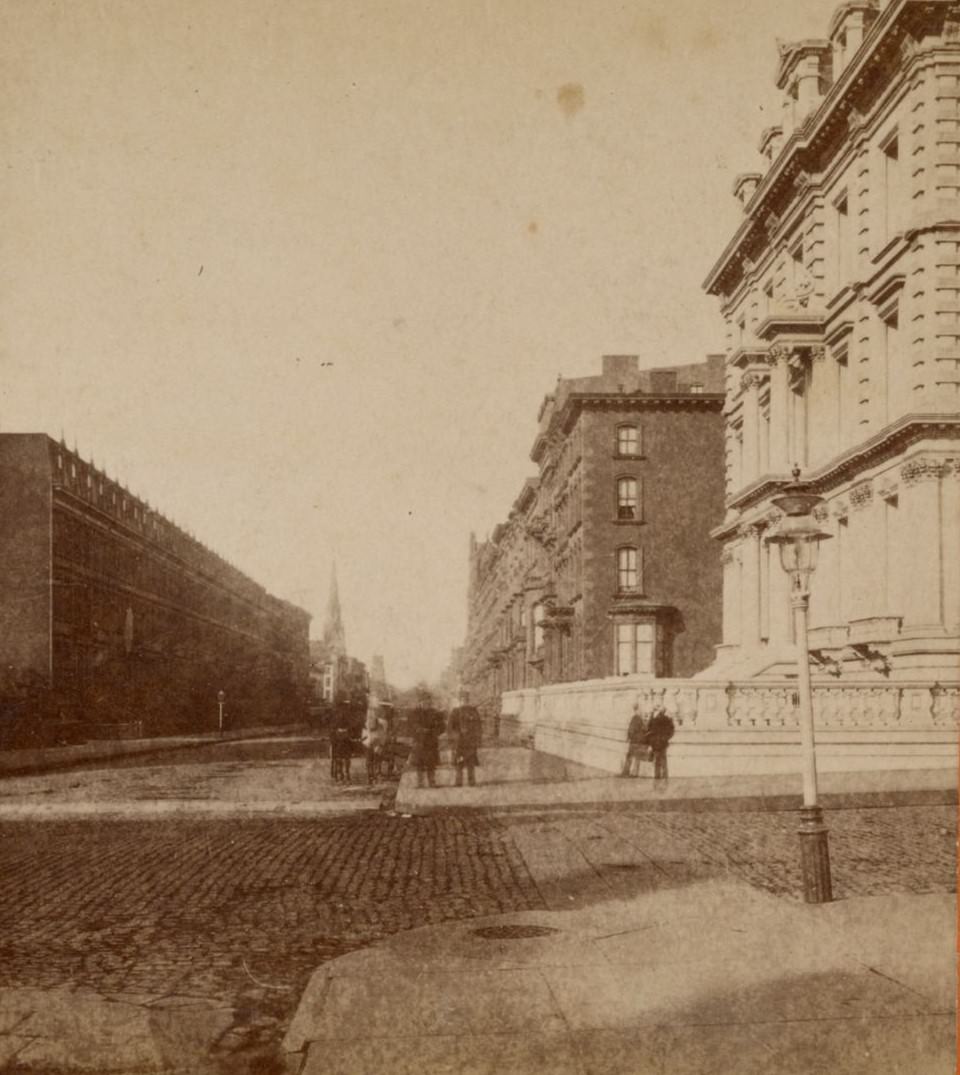
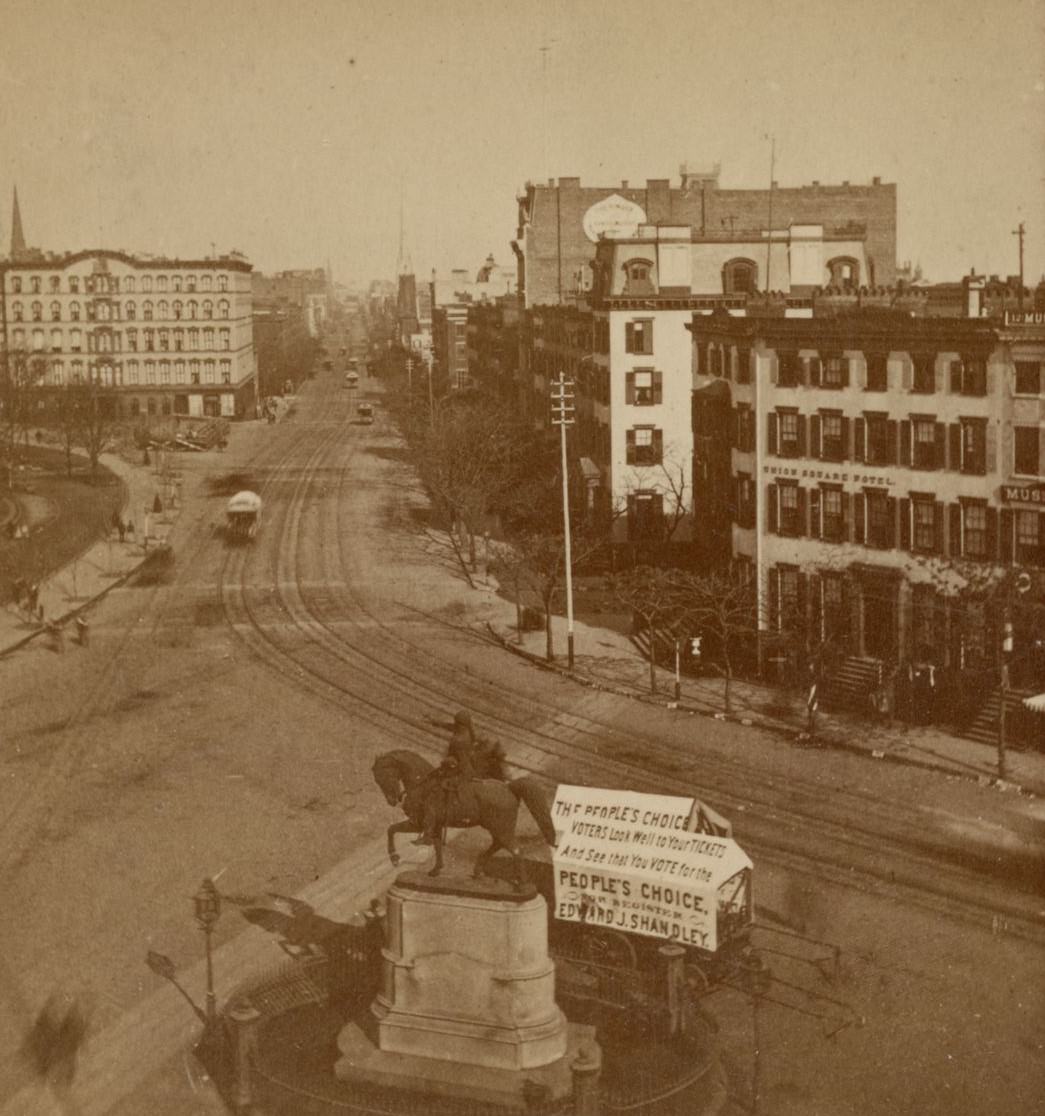
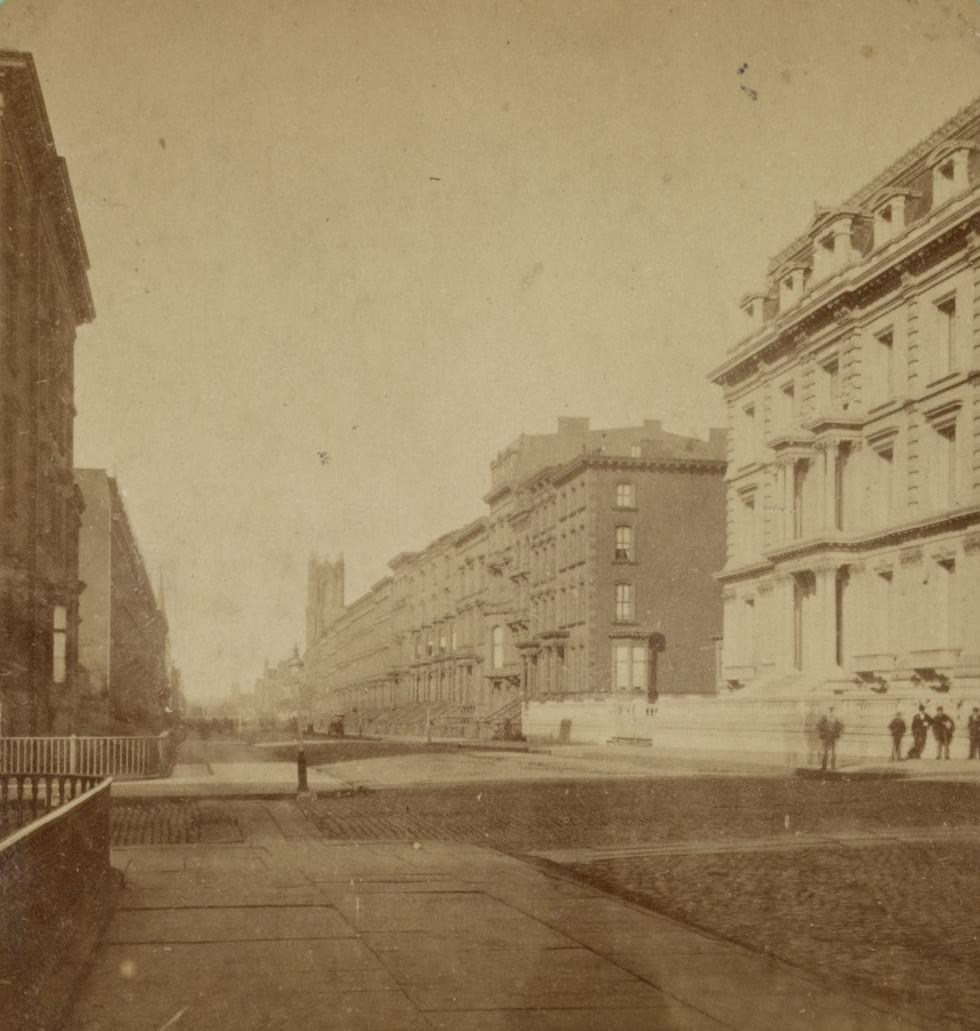
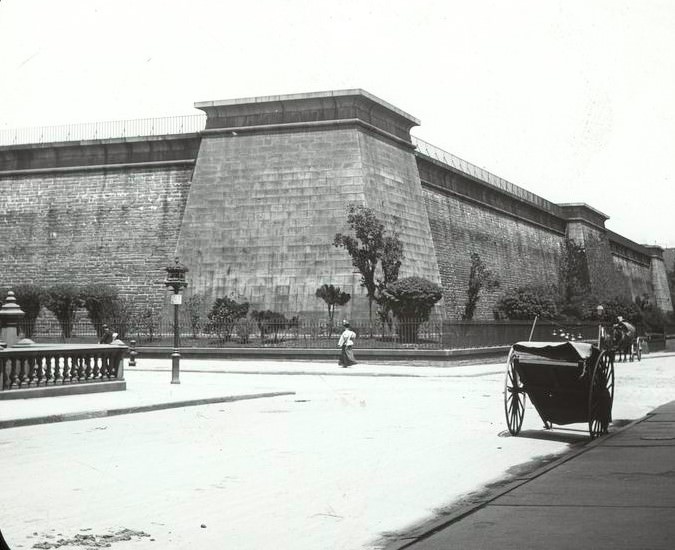

GIPHY App Key not set. Please check settings